
Devon Restoration
Fabricators Chris and Monty have been continuing their work on our 1951 Austin Devon Pickup. They have repaired the pillars as well as fabricated the


Fabricators Chris and Monty have been continuing their work on our 1951 Austin Devon Pickup. They have repaired the pillars as well as fabricated the
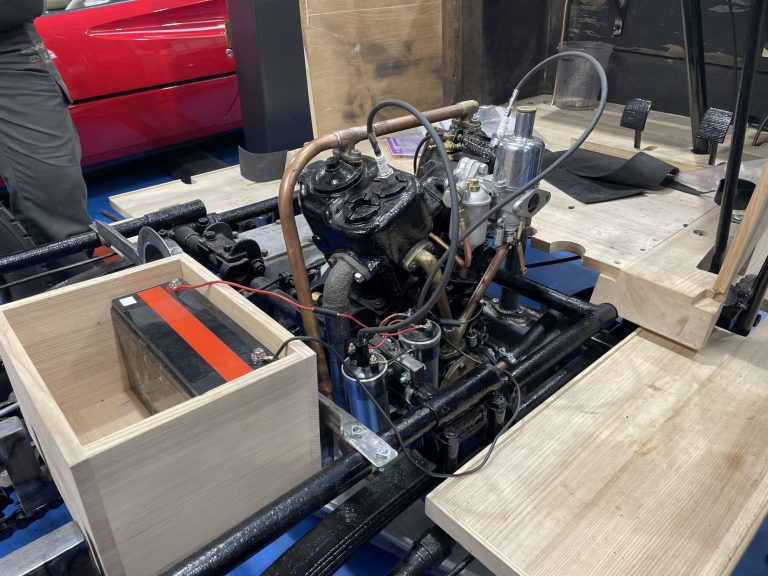
Our 1905 Riley 9HP was originally thought to be just 1 of 3 remaining examples. However, the evidence now suggests that it is, in fact,

The pursuit of power in the automotive world is not a modern phenomenon. Some say it happened the day after someone bought the second car

Our 1976 Mini Clubman 1100 is on its way back to our Suffolk HQ! Last year, Oscar won our classic Mini but recently offered for
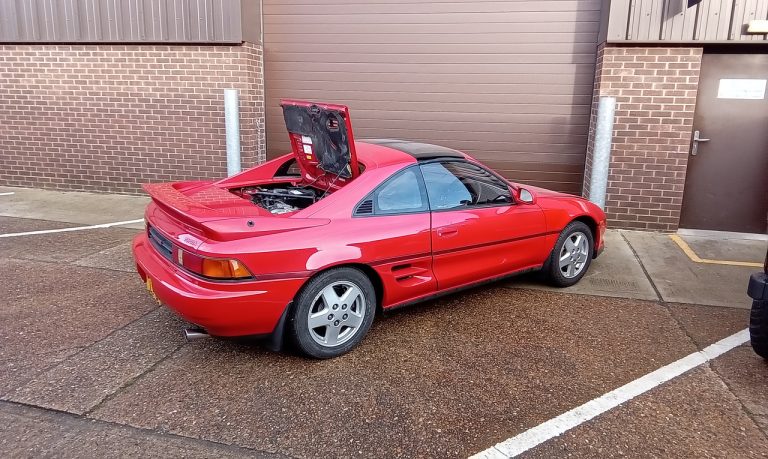
Jonn has been continuing his work on our 1992 Toyota MR2. He has stripped and fitted a new fuel filter. He has also drained the

After a relaxed Christmas break, the team at Bridge Classic Cars got straight back into restoring some stunning classic cars on the 2nd of January
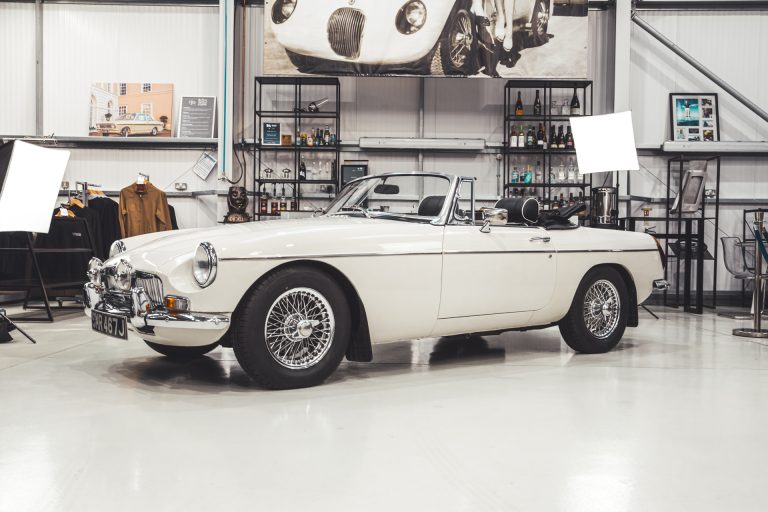
Now that our 1970 MGB Roadster has come to the end of its stay at the Bridge Classic Cars workshop, Nick spent some time taking

Over the Christmas break, the offices, paint shop and other areas here at Bridge Classic Cars had a bit of a refurbishment. After undergoing a
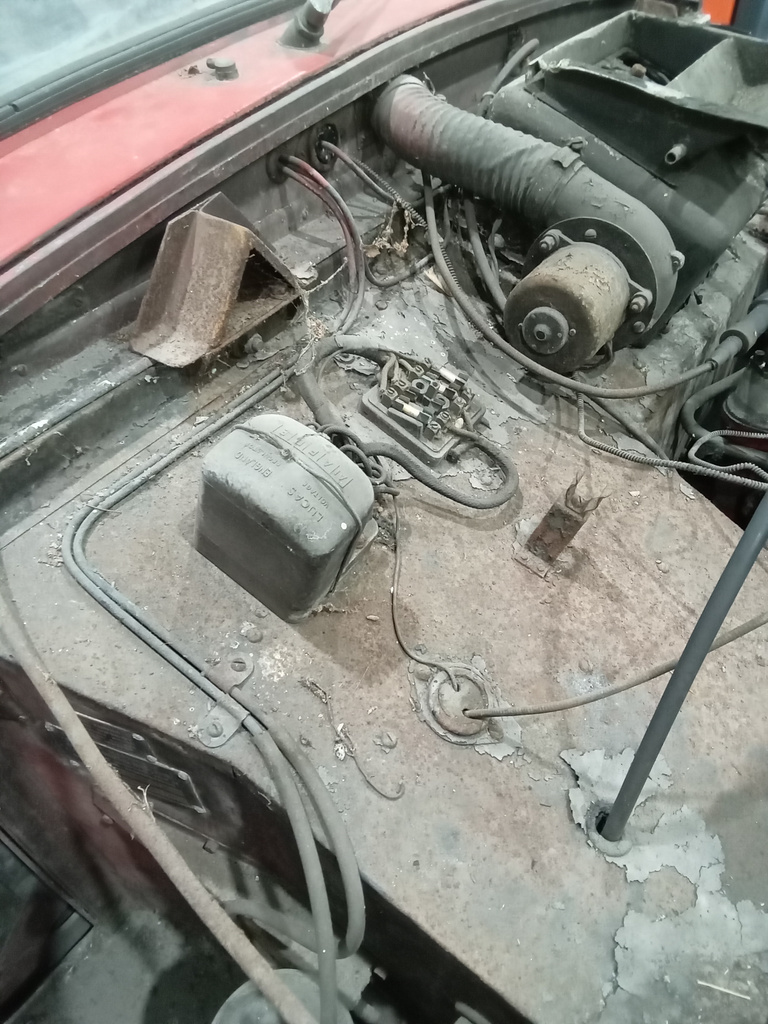
Our 1955 Aston Martin DB2/4 has begun its process of being stripped down by classic car technician Rob. It will be stripped down to a
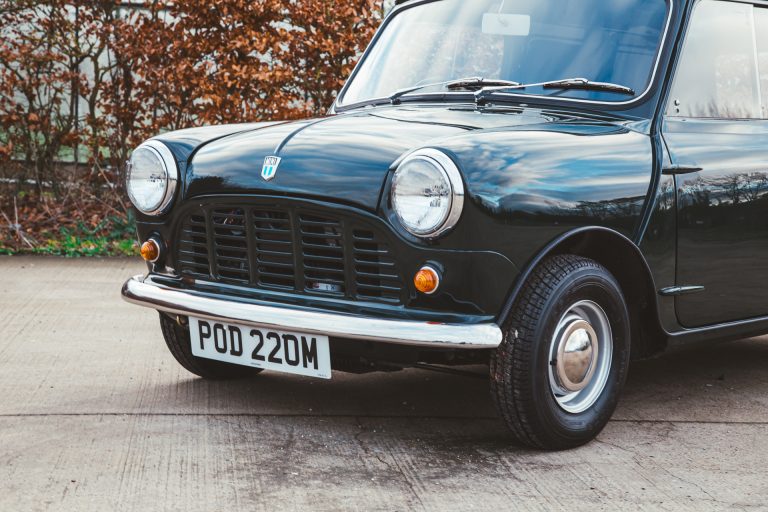
The panel van has been a welcomed workhorse for generations. With its utilitarian practicality, the panel van has done everything from moving house to making

Classic car technician Paul has manufactured brake pipes for our 1956 Jensen 541. After fitting these to the car, he then fabricated axle support straps

When learning to drive a car, passing your test and gaining your licence is only the beginning, after that is when you really start learning.

After a year of hard work bringing a whole range of classic vehicles back to life, the entire team at Bridge Classic Cars are celebrating

Our good friends at Iconic Auctioneers have recently announced that they have regained their status as the foremost leaders in the UK car auction market.
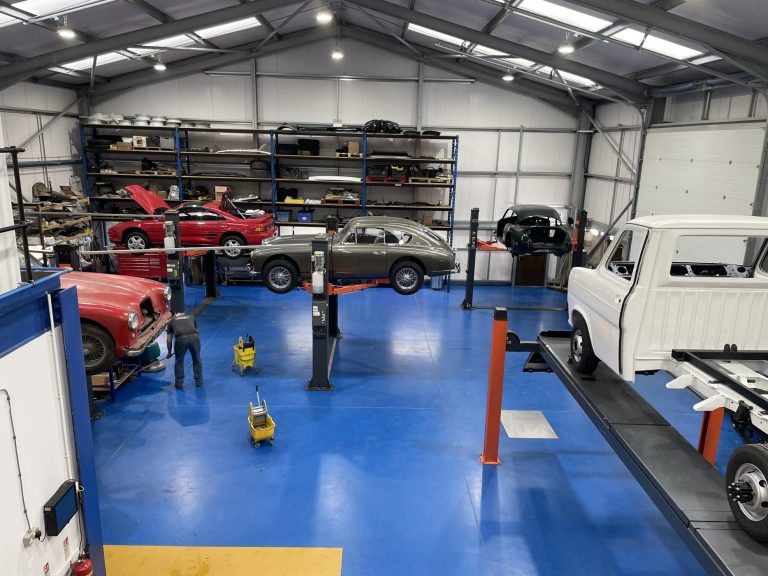
At the end of each year, the workshop undergoes a deep clean to ensure that it is a pristine environment for more classics to be
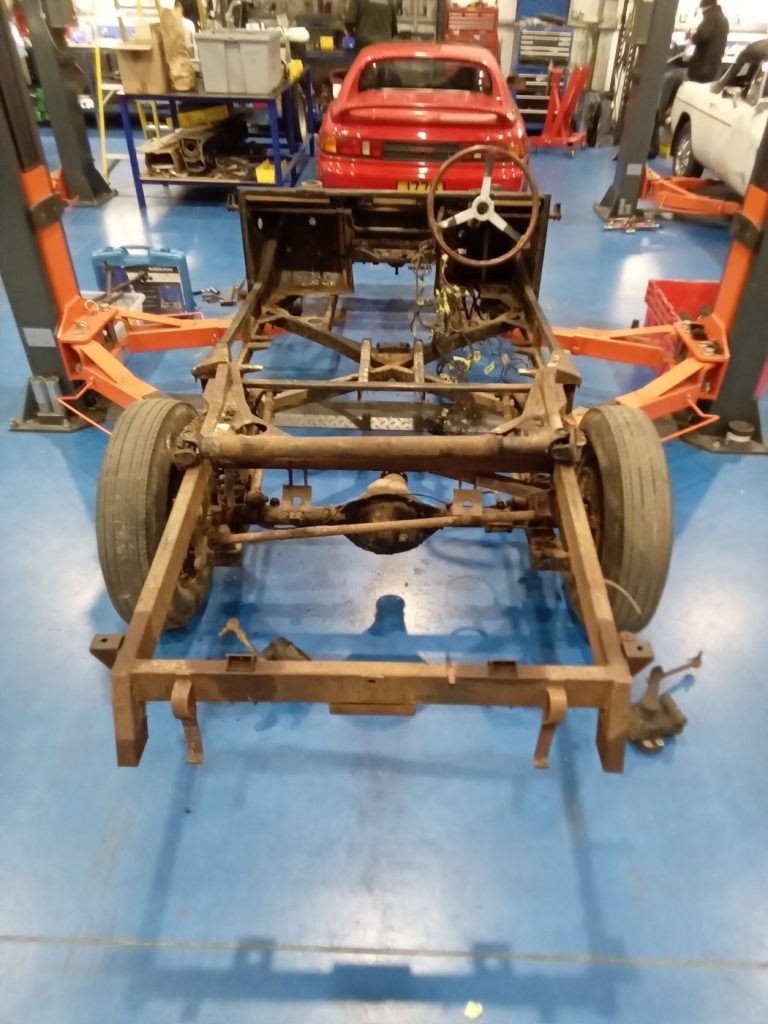
The last sections of our 1953 Aston Martin DB2/4 have been removed, the radiators and other engine ancillaries, the engine and gearbox removed, then the
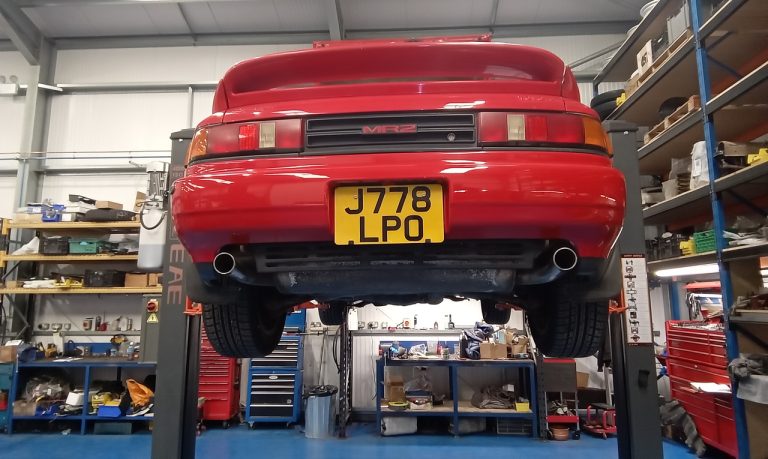
Jonn has secured a new battery with a clamp in our 1992 Toyota MR2. He went on to refit the plastic under the bonnet trim

Earlier this week, we delivered our 1970 Lotus Europa to lucky winner Timothy Chapman. Timothy was randomly selected as the winner during the live draw

After completing even more zinc plating on several more components of our Ford Transit MKII Tipper, Steve fitted the brake servo and master cylinder under

Our 1970 MGB Roadster is coming to the end of its time here at Bridge Classic Cars. Jonn has been refitting parts to the engine
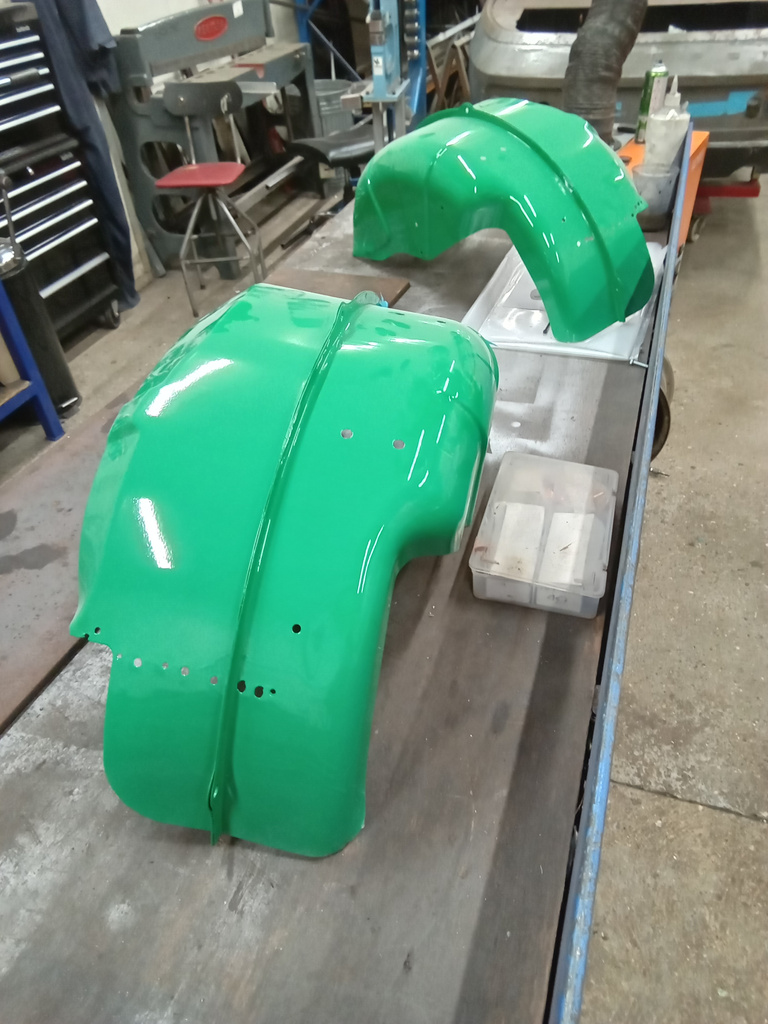
Rob has welded the inner wheel arches back onto the bonnet of our 1976 Triumph Spitfire. He did this before the outside of the bonnet
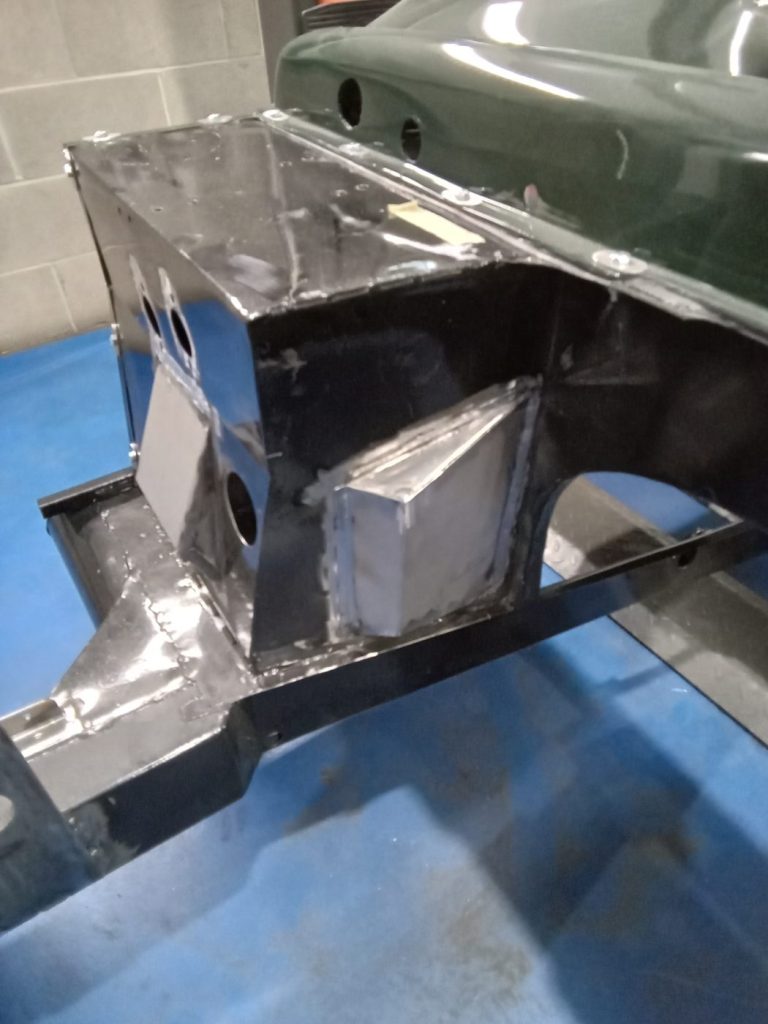
Paul has been working on our 1956 Jensen 541. He made and fitted the fuel tank before fabricating parts for the driver’s side footwell and
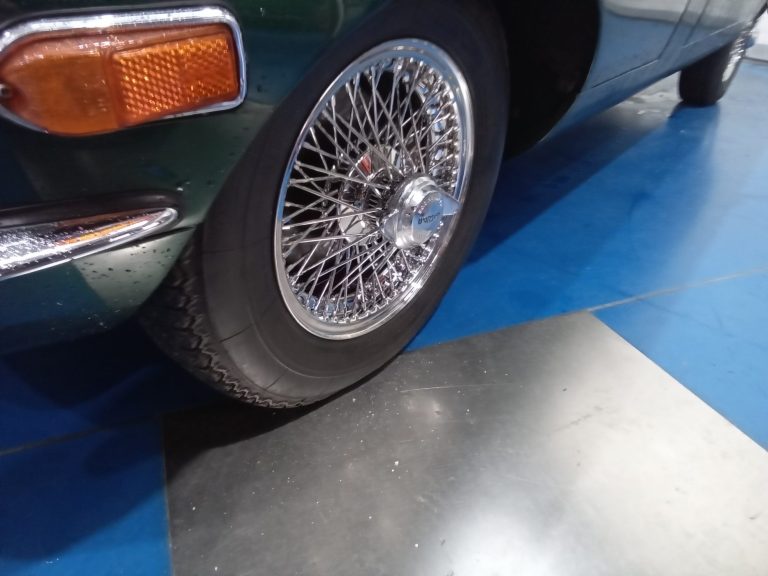
Our 1970 Jaguar E-Type Series 2 recently made a short return to the Bridge Classic Cars workshop. It came in to have its wheels replaced

Our 2005 Honda S2000 has continued its stay in the Bridge Classic Cars paintshop. While in there, Chris has been undersealing the underneath of the

The floors and interior of our 1953 Aston Martin DB2/4 were completely stripped, along with the front end and bonnet. Then the body fixings were
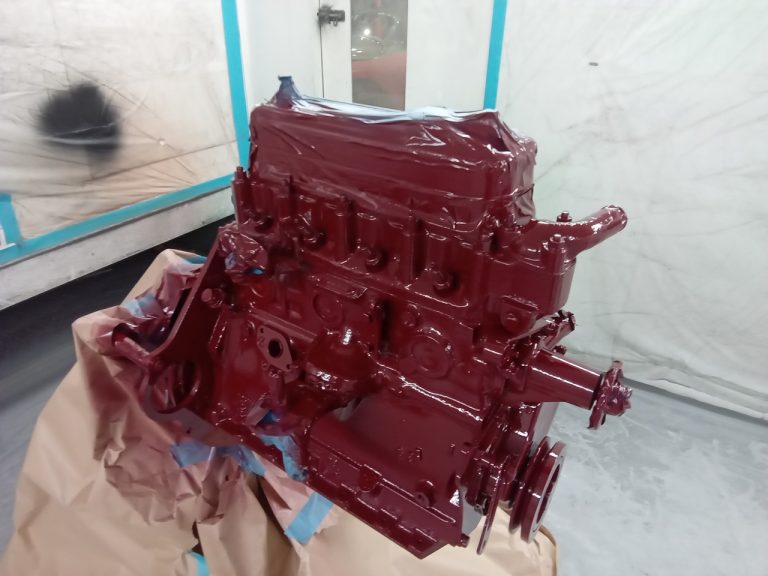
After the engine of our 1970 MGB Roadster had its engine prepped and painted in the Bridge Classic Cars paintshop, classic car technician Jonn reassembled

As the restoration of our 1959 Jensen 541R is coming toward its end, Rob has fitted new studs into the front grille badges and trim
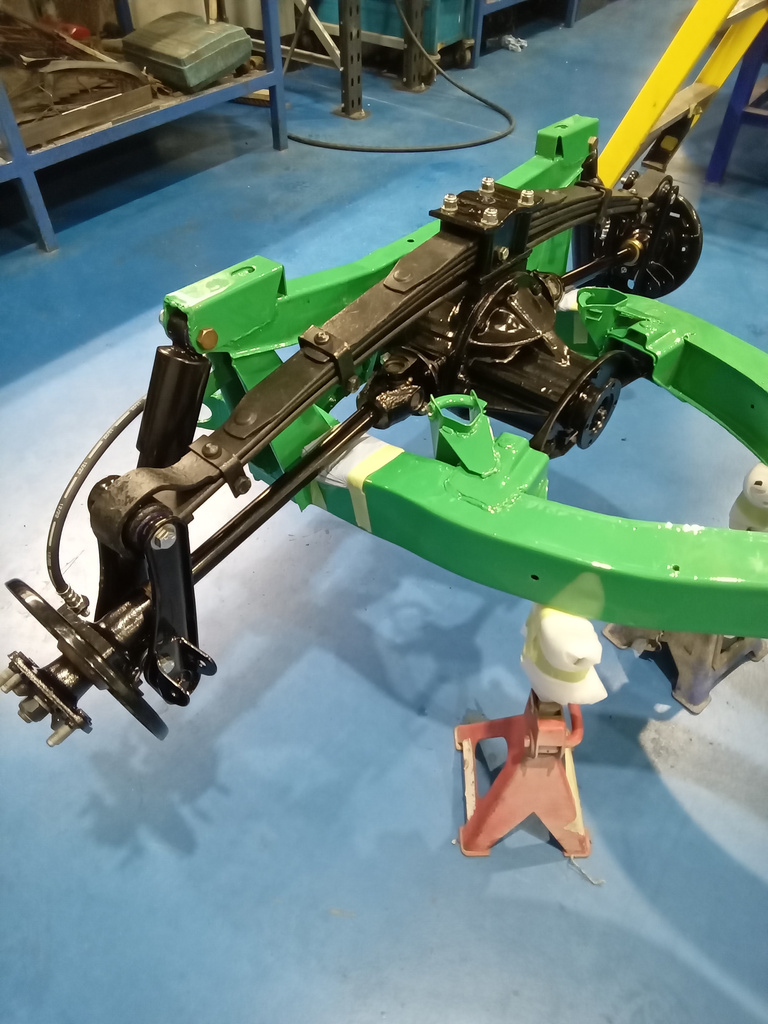
Our 1976 Triumph Spitfire has continued to make good progress at the hands of technician Rob. Rob has built up both front spring/shock absorber assemblies
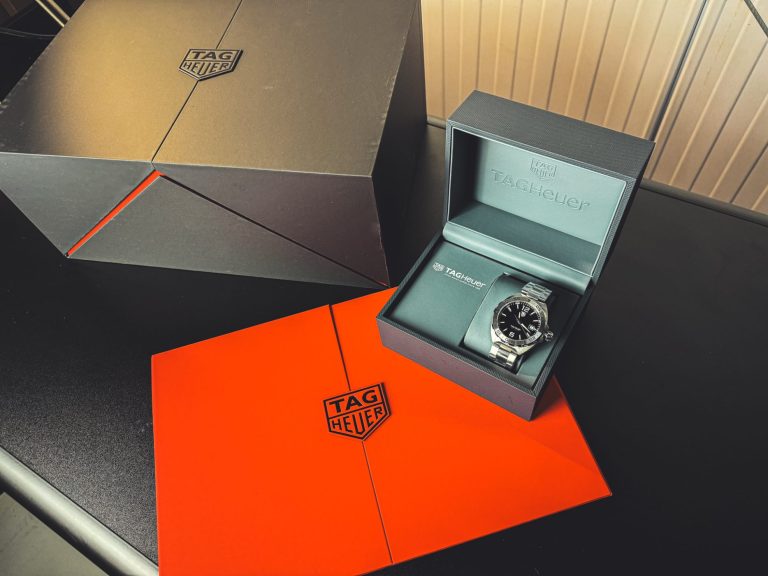
Designed for individuals with a passion for speed and innovation, the Tag Heuer Formula 1 collection boasts a dynamic and sporty aesthetic. Its robust construction
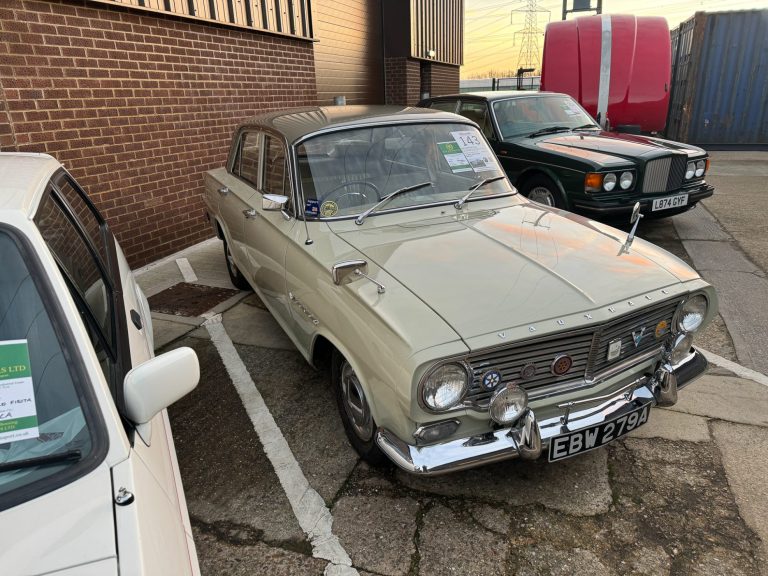
This morning, we were very excited to see the latest batch of vehicles arrive at the Bridge Classic Cars workshop. After Craig and Gordon’s successful
Fabricators Chris and Monty have been continuing their work on our 1951 Austin Devon Pickup.
They have repaired the pillars as well as fabricated the left-hand step. Chris also went on to start making the cab corner.
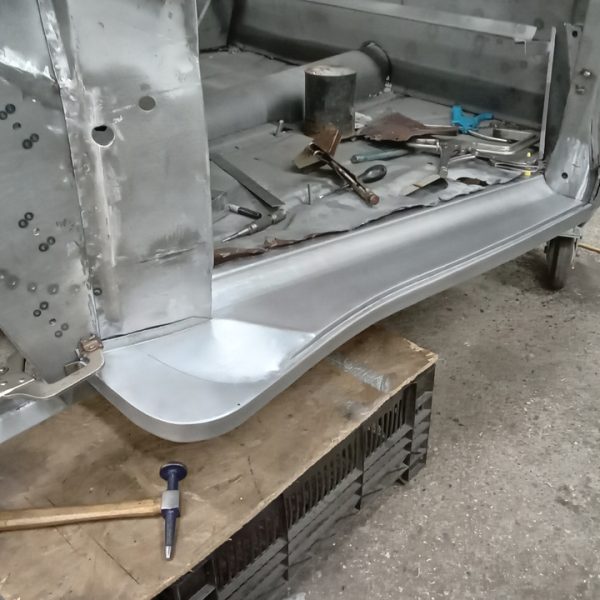
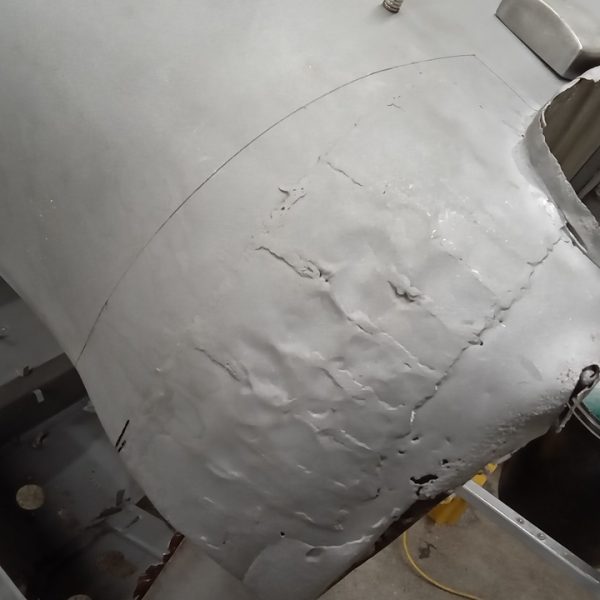
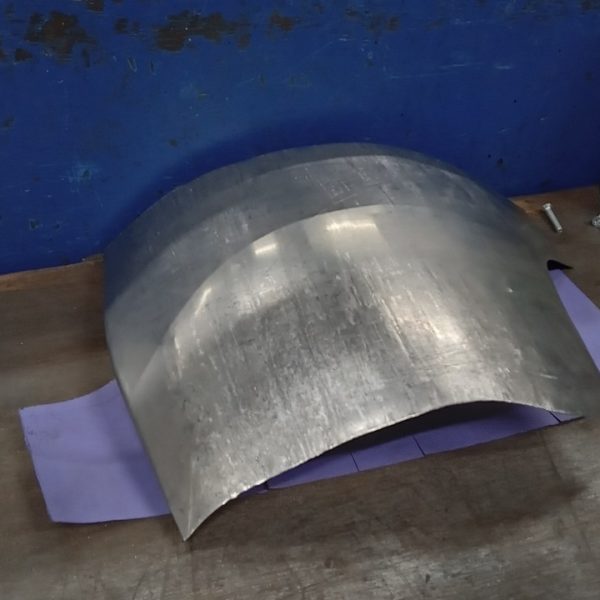


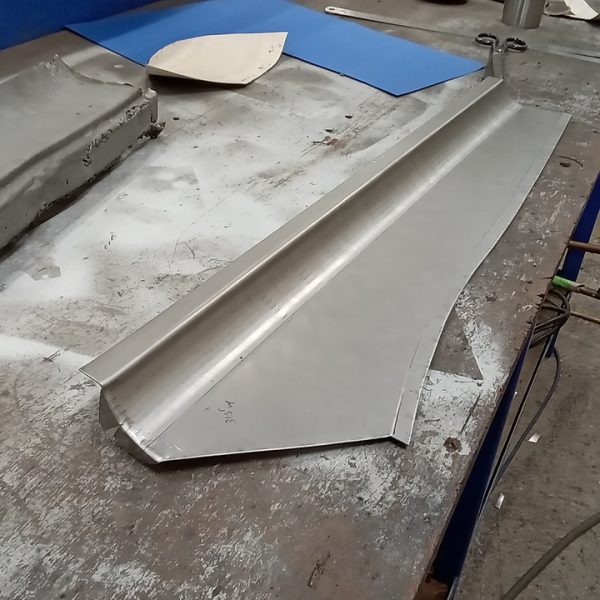



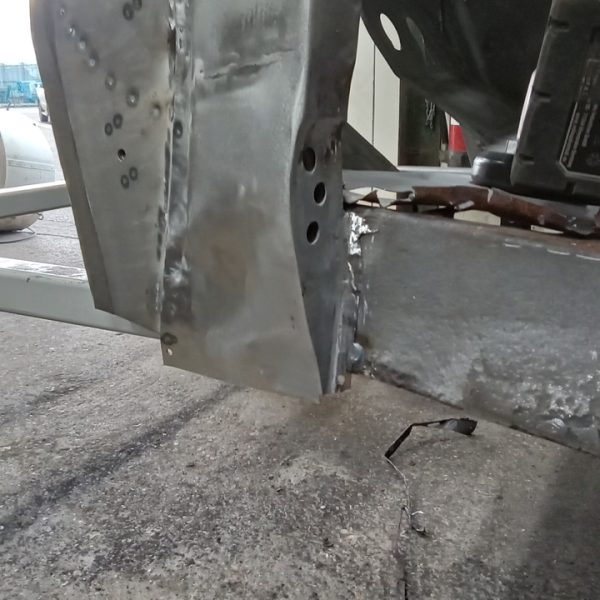

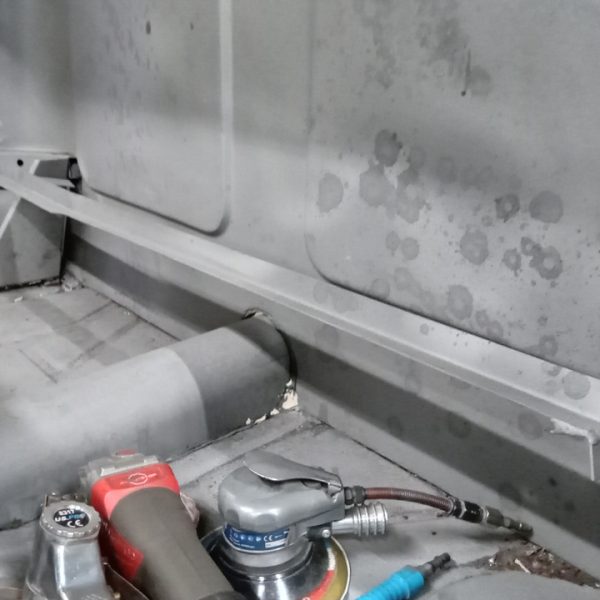
Our 1905 Riley 9HP was originally thought to be just 1 of 3 remaining examples. However, the evidence now suggests that it is, in fact, a 1 of 1 prototype of the first car to have fully removable wheels. This is the moment we started the 119-year-old car in the workshop.
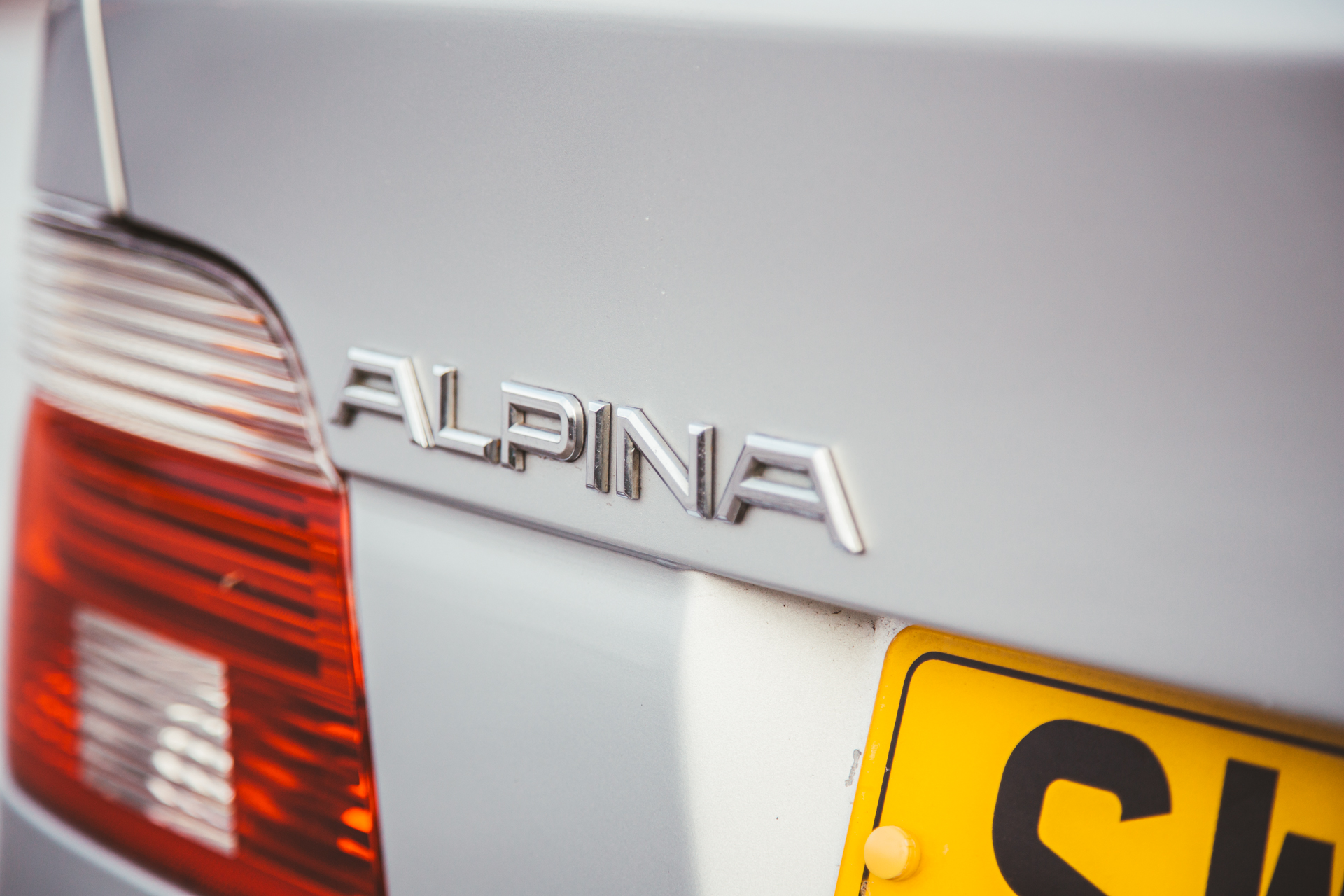
The pursuit of power in the automotive world is not a modern phenomenon. Some say it happened the day after someone bought the second car ever built, and the owner of the first car found out it was faster.
For generations, petrolheads around the globe have been working on furthering the ever expanding horizon of performance. Whether that be horsepower, handling, lightness etc. it is a constant and headcharging crusade against the laws of physics, metallurgy and sometimes common sense.
Certain names become established at being particularly talented for getting the most ‘potential’ out of a certain brand or model. For instance, Burton Performance in the Ford world or the legendary name of Coombs within the classic Jaguar-sphere.
In Europe, the tidal wave of fast, comfortable and relatively agile performance cars would begin in the 1960’s. In Germany especially, the reconstruction and reconnecting of road networks after the devastation of the second World War would pave the way for the legendary ‘bahn-stormers’ that would follow in the next 40 years.
The likes of brand-external companies such as AMG, Brabus, RUF, Kremer, AC Schnitzer, Hartge and Alpina would flourish in this environment and combine outrageous performance with careful, purposeful and immaculately executed engineering.
Each one of these companies would be connected to a certain brand. In the BMW world, the most legendary of these names is arguably Alpina – the infamous tuners that we are going to talk about today.
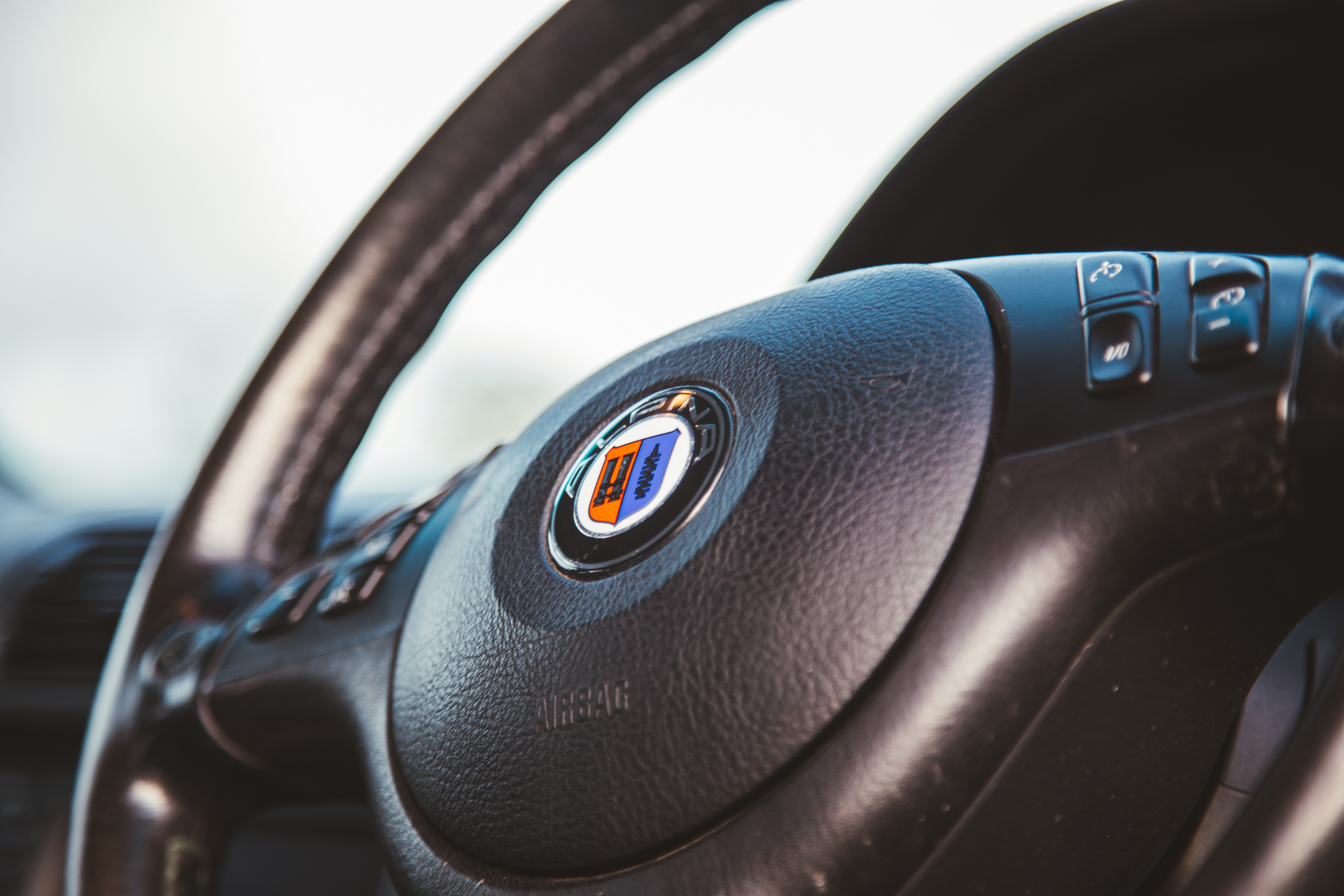
Burkard Bovensiepen began his connection to BMW in the early 1960s – initially developing a way of running a larger set of Weber carburetors on the then very popular BMW 1500 giving it more power for those who wanted it. This carburetor package would become sought-after in the BMW world, with both the press and BMW themselves commenting on how well thought out the package was but the real performance advantages that it offered.
After having various cars run this 1500 carburetor package for several years (including one allegedly being fitted to BWM sales director Paul G. Hahnemann’s personal car) the Bavarian manufacturer actually certified the set-up for use on their cars, meaning if your BMW had the new Alpina/Weber carburetor combination it was fully ok’d by the manufacturer.
Going back, where did Alpina come from?
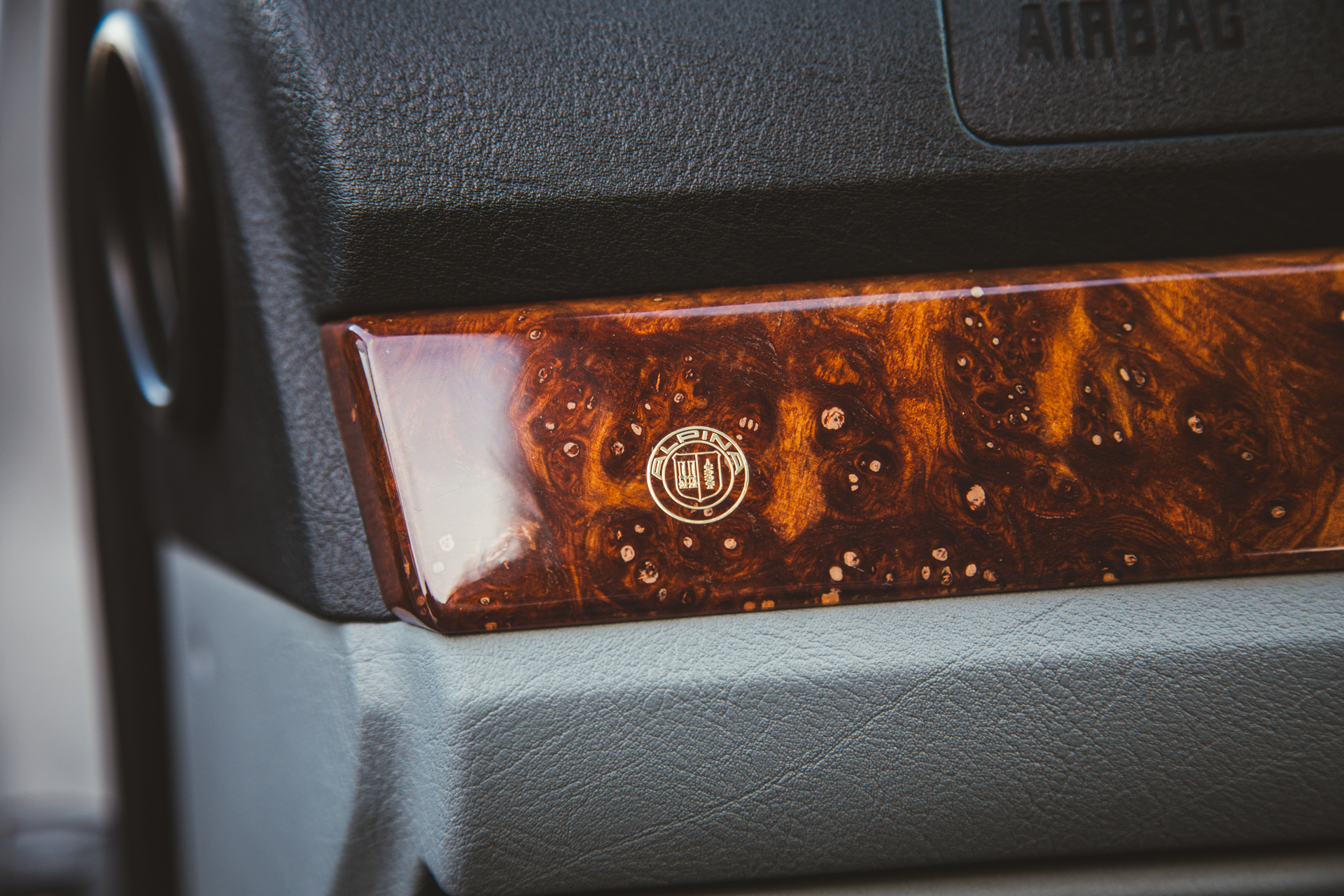
Well, let’s go back. Originally, the company had been founded to produce typewriters but then it decided to move into the textiles business before in 1965 officially being registered as a BMW tuning company with 8 official employees. The company, as a BMW tuner, was established by Burkard Bovensiepen whose family were part of a industrial dynasty in Germany. The family, although originally dutch, had been involved in manufacturing and commerce for generations. Burkard’s father had been involved in manufacturing typewriters and other office equipment which the BMW tuning company of his son would take of the factory from.
Once they had established themselves as a trust worthy and certified supplier of speed and performance to the BMW community with their carburetor packages, the company would expand into developing and reworking BMW production cylinder heads, camshafts, crankshafts, piston sets etc. to gain the most out of the production line pieces. These core beginnings, would actually go on to influence the crest which sits at the heart of the Alpina badge, one half of which is made up of a set of velocity stacks from the early Weber carburetors and the other an early Alpina crankshaft. In just a few short years, the firm would need to expand the workspace thanks to their reputation and demand. By 1970, the company had relocated to Kaufbeuren to their long term home at Buchloe.
One thing which will push innovation and performance harder than any other, whilst also driving sales, is motorsport. From it’s earliest days, cars which performed the best – sold the best. In Europe at the time, as was the case in the UK, motorsport gripped the public. Herculean efforts of strength, endurance and tenacity would make gladiators of mere mortals in a weekend only for them to fall foul of their adoring crowds the next week.
Alpina realised the potential of motorsport early on. Not just as marketing tool, but as moving and dynamic test bed for their parts.

Beginning in 1968, Alpina would enter the pantheon of racing. Not just in one particular discipline, they wanted to prove that their parts and their know-how could perform in any situation. Between 1968 and 1977, Alpina would win multiple championships in saloon/touring cars, rallying, club racing, hillclimb racing as well as proving their incredible durability with endurance racing. The best year for Alpina’s motorsport division was 1970, when the team would rack up championship wins in European touring cars, the German Hillclimb championship, the Germany rally championship and then to top it all of would win the legendary 24hrs of Spa in Belgium to win the European Touring Car Championship with their own Alpina-prepared BMW 2800CS. The team would attract some of the best drivers of the day such as Günther Huber, Helmut Koinigg, Jackie Ickx, Hans Stuck, Niki Lauda, Derek Bell, James Hunt and a host more.
At this time, Alpina were an aftermarket provider and tuner for BMW products – creating various parts and performance packages for the likes of the 2002Tii, 2800CS, E9 3.0CSL, 1500 and a host of others.
In 1983, Alpina became recognised as a stand-alone manufacturer by the German Federal Ministry of Transport. Meaning no longer would it be a BMW tuned by Alpina. It was now an Alpina however was bought through the BMW dealer network and could be serviced and warrantied by BMW beginning with the E21 based C and B models. In 1988, Alpina would leave motorsport and focus on the production of their high-performance road cars.
Since the beginning, the process of building an Alpina has been personal. The team would handbuild the engines for their production cars to the various performance packages available, which would then be delivered to the BMW factory. There, the BMW technicians would fit the engine into the bodyshell of the car.
Then once the painted bodyshells with the engines installed were ready, they would transported back to Buchloe for the small, and talented team at Alpina to go through the process of making the car truly an Alpina. The interiors for the car are bespoke as well as the fitting of the Alpina specific parts are all installed at this point in the cars journey. Each step of the cars transformation, both on and under the skin, is entirely handbuilt – this means that each model of Alpina is purely a limited edition and exclusive.

It’s not just the engines though which are reworked and optimised, Alpina actually has its own division of performance gearbox specialists which pair the upgraded transmissions to the designated engines for maximum strength, performance and reliability.
There are certain traits on the exterior and interior of Alpinas which are unique and all trace back to the brands heritage in one way or another. For example, the ‘Switch-tronic’ buttons on the steering wheel. The reason for these? Well, Alpina were the first to mount the shift buttons on the steering so it has become somewhat of a tradition. Along with that there is a very specific set of wheels which have simply become known as ‘Alpinas’. These are the carefully made and engineered hollow 20 spoke wheels. If you look, you’ll see no tyre valve on the wheel itself – instead it is hidden inside the hub cab and connected to a hollow spoke within the wheel. These along with Alpina only exterior and interior colour options and design features make these cars truly one of a kind and to petrolheads, instantly identifiable as something special – each car is also stamped with its build number to certify its exclusivity.
As some of you know, we currently have a 2002 Alpina B10 V8S available on our Bridge Classic Cars Competitions. One of just 145 E39 based V8S’s to be built in 2002, with in that there were just 42 right-hand drive cars produced. Out of the very limited number of V8S’s built, this is number 76 out of the production run.
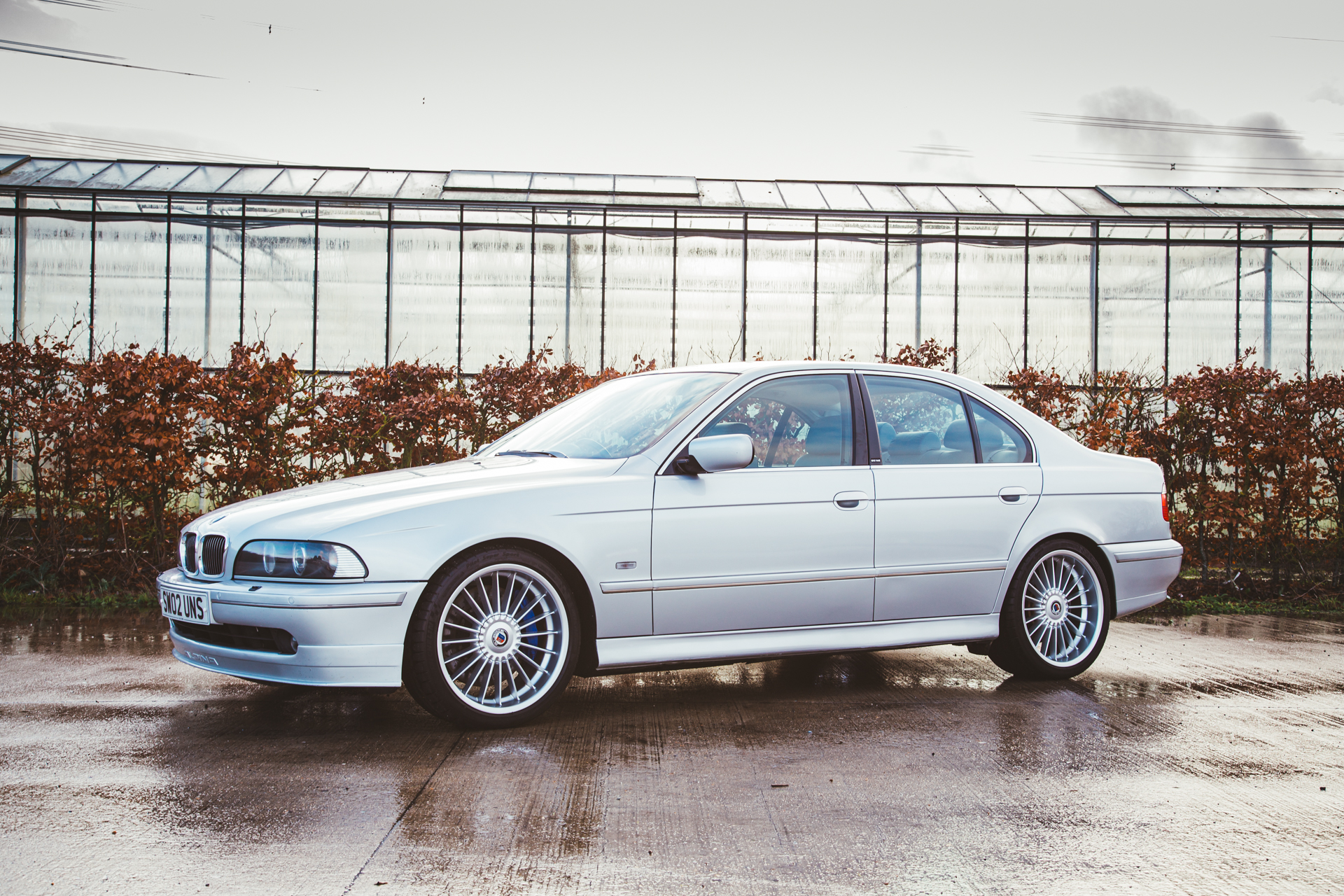
The car’s creation would be like its other siblings, handbuilt and personalised. The changes though to a ‘regular’ V8 would set it apart.
The V8S’s engine would be specially built for the cars by the Alpina team. Taking the standard B10 engine as its basis, the engines bore would remain the same but thanks to a long through on the crankshaft, the V8S would produce more torque than its E39 M5 rival, developing 375BHP and an impressive 510Nm of Torque. This increase would also give the V8S a displacement of 4.8-litres over the 4.6-litres of the ‘standard’ B10 V8. This engine proved to be quite the powerhouse and would later be used in the Alpina variant of the BMW Z8, before being taken on by BMW as the production engine for the range topping 4.8is engine in the BMW X5.

Along with the increase in power, the Alpina team would turn their attention underneath the car its brakes and suspension.
The B10 V8S would received upgraded and stiffer suspension than the standard B10 V8, this was to work with those hollow 20 spoke wheels, now measuring in at 19” in diameter. To give the car a more planted feel, the Alpina team would make these wheels 8.5” wide in the front and 9.5” in the rear. These wheels would also go to perfectly show off the brake package selected for V8S. Beautiful 4-piston aluminium calipers made specifically for Alpina by brake specialist Brembo along with a set of larger drilled discs to better dissipate heat.
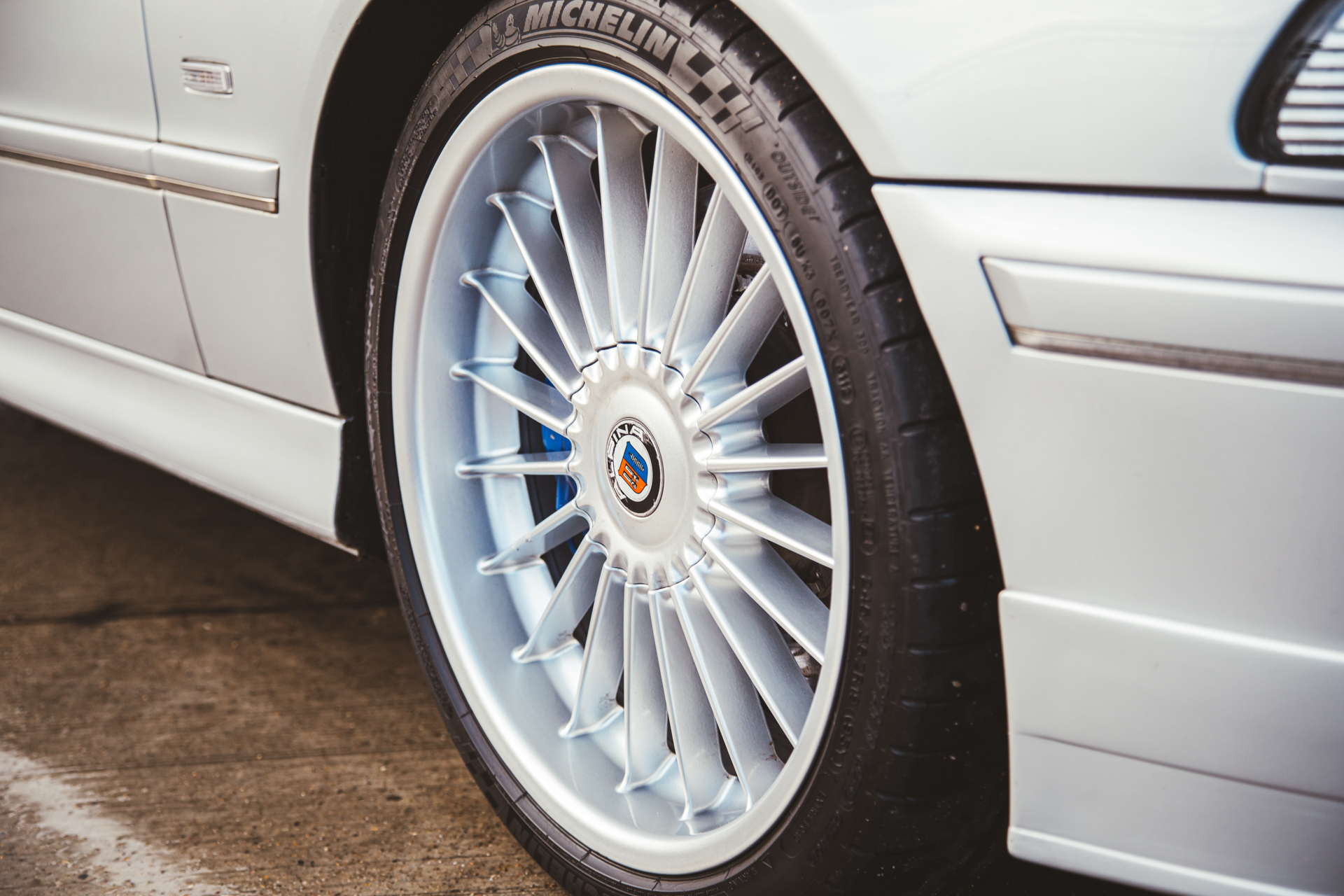
With its performance upgrades and unique package, the E39 based B10 V8S would top out at over 175MPH and achieve that all important 0-62mph dash in just 5.4 seconds (in a luxury 4-door saloon…).
And you could win one of these incredible machines for just a few pounds by clicking here!



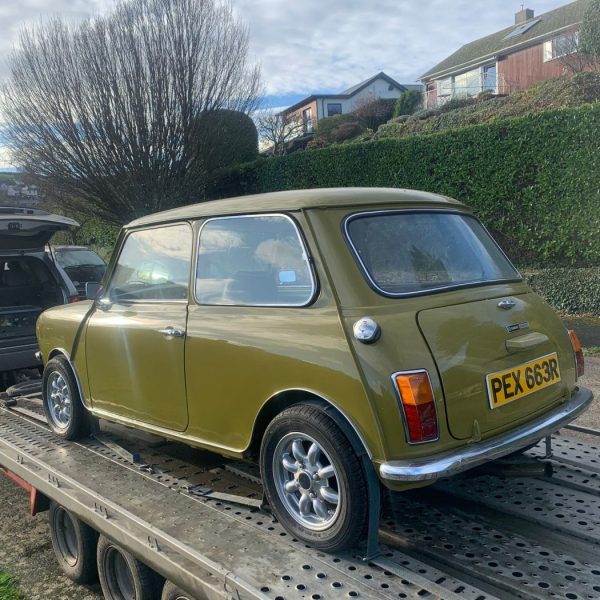
Our 1976 Mini Clubman 1100 is on its way back to our Suffolk HQ!
Last year, Oscar won our classic Mini but recently offered for us to have the car back due to it not being used as much and wanting it to go to a good home with someone who will love this bite sized classic and use it more.
So, you’ll very soon be seeing this Antique Gold Clubman on the competitions website and have your chance for it to be on your driveway for just a few pounds!
Jonn has been continuing his work on our 1992 Toyota MR2. He has stripped and fitted a new fuel filter. He has also drained the automatic transmission and removed the sump and filter. These were cleaned before being refitted and torqued to 10nm. The nearside front ball joint was stripped and removed ready for replacement. The brake fluid was then changed and the system bled.
The next job was to strip the engine to replace the cambelt and water pump. Jonn found various bolts seized and difficult to remove. One bolt snapped in the water pump housing so Jonn had to remove the exhaust manifold heatshield and various bracketry to enable access to the rear of the water pump/thermostat housing. Eventually, he was able to remove the housing.
The water pump housing was cleaned and Jonn drilled out the broken bolt and retapped the thread to 6mm. He then refitted it the to engine with new o rings. The new water pump was fitted and secured before a vac test was carried out to check if the system was sealed.
The new cambelt, idler and tensioner were fitted. Jonn turned the engine over 4 times and checked the timing marks aligned. The lower cover and crank pulley were then refitted before the rocker cover was stripped, removed, and cleaned ready for a new gasket.
Jonn refitted the engine mount and alternator bracket. He then mounted the alternator and fitted the air con and alternator belts before adjusting them.
Next, Jonn refitted the inlet manifold, servo pipe and cables. He then used a vacuum tool to refill the cooling system with a 50/50 antifreeze water mix. After fitting the new nearside lower ball join Jonn refitted the wheels and torqued them to 103nm.
One of the final jobs for Jonn was to investigate why the driver’s window was not working. He checked the fuses and removed the door panel and power motor directly and found it didn’t work. This will need to be replaced to resolve the issue.
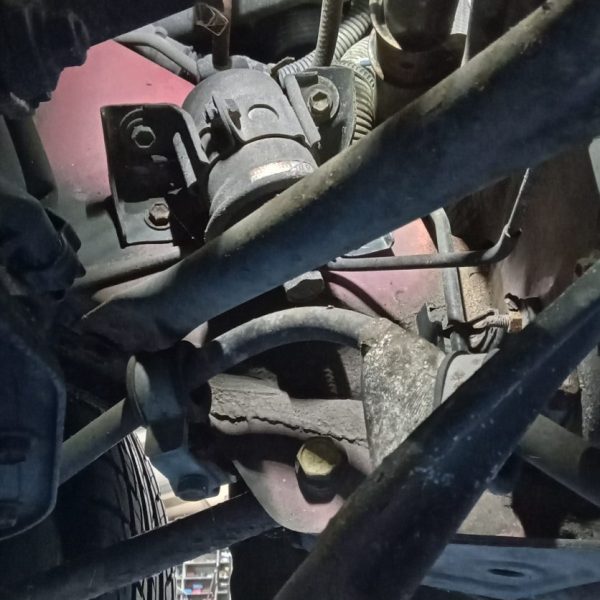
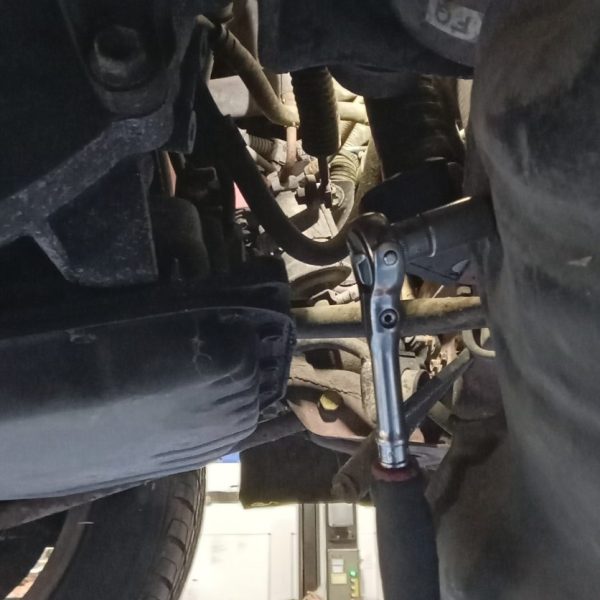
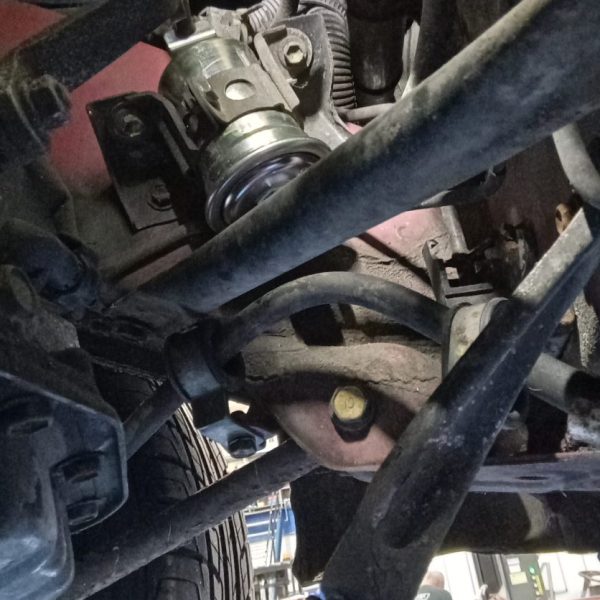

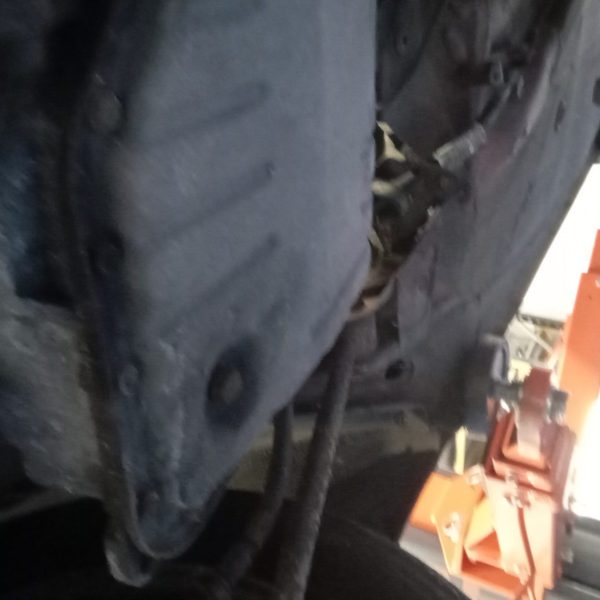

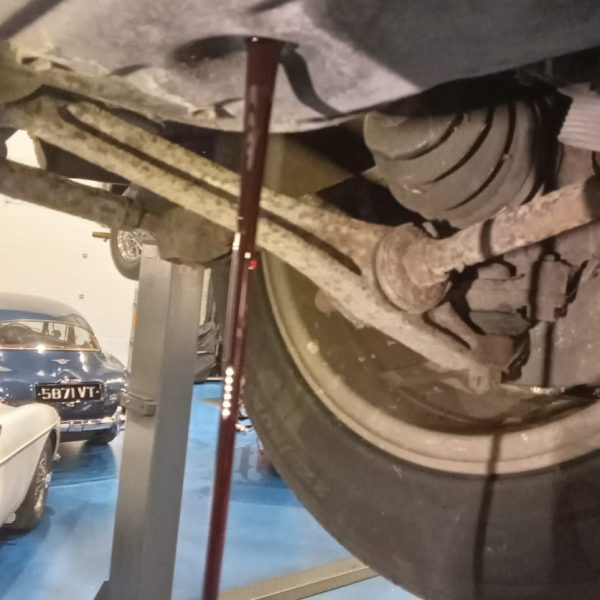

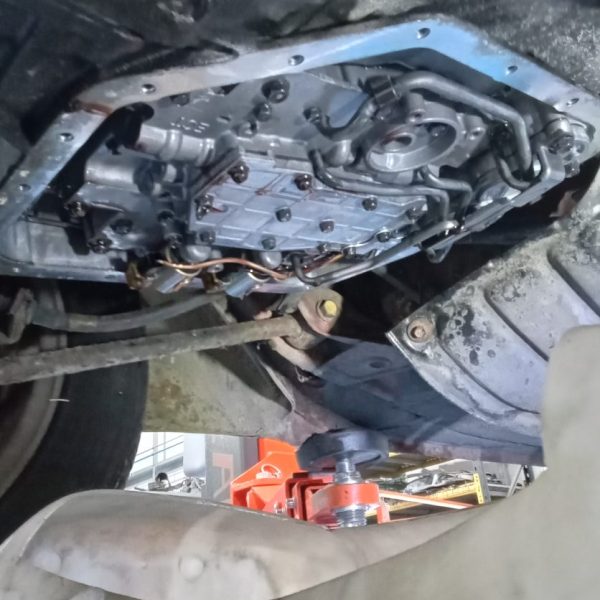

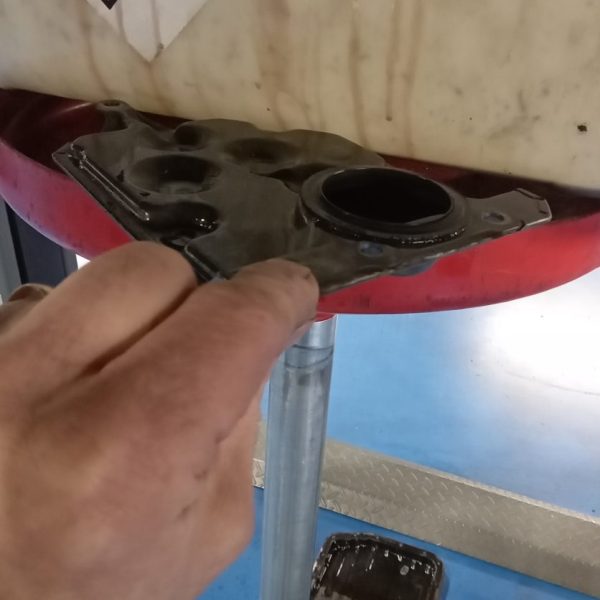
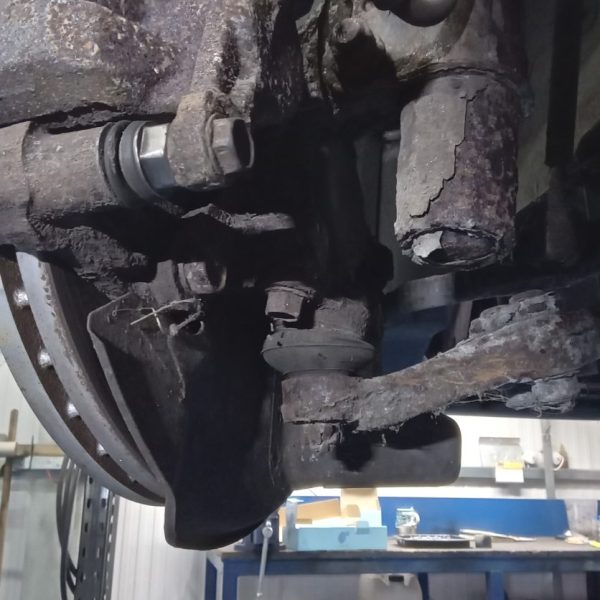

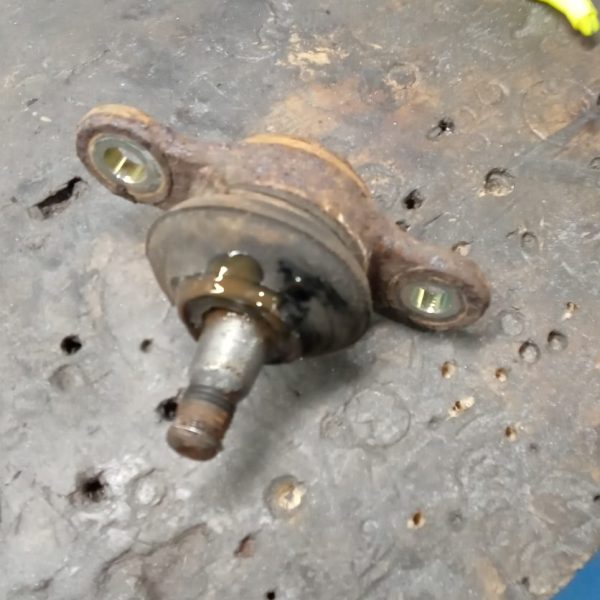
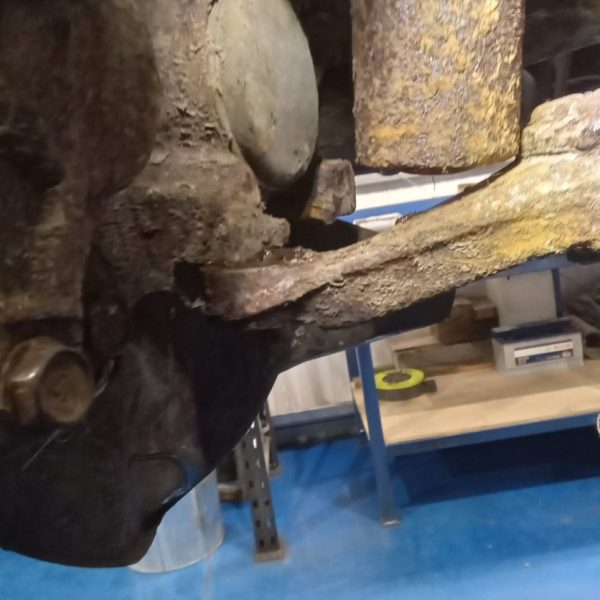
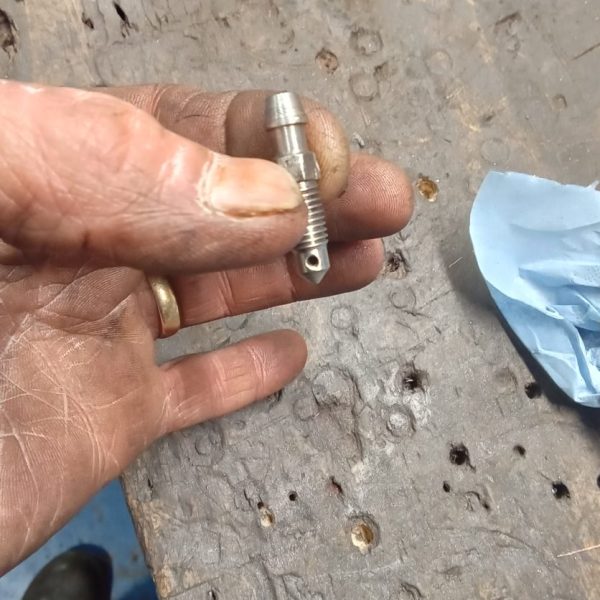
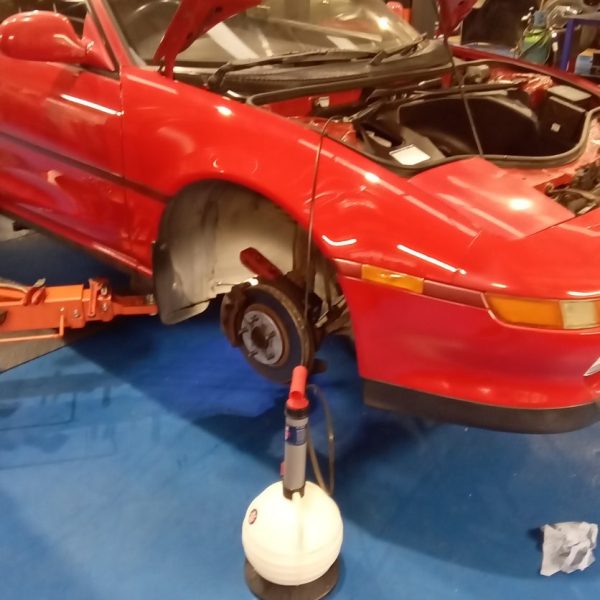
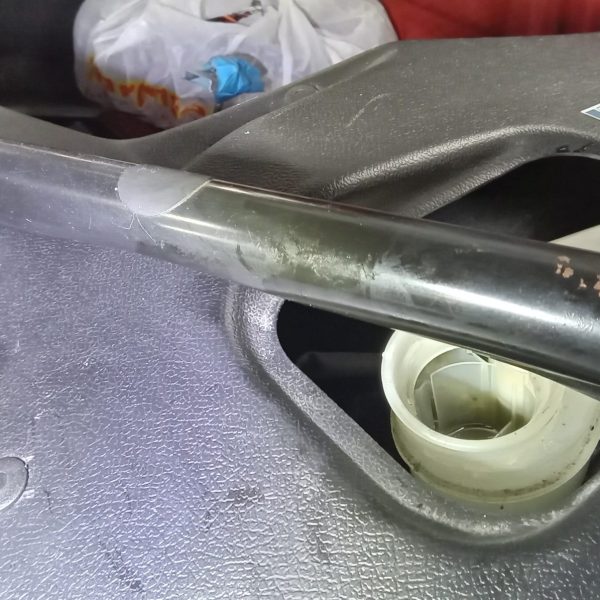
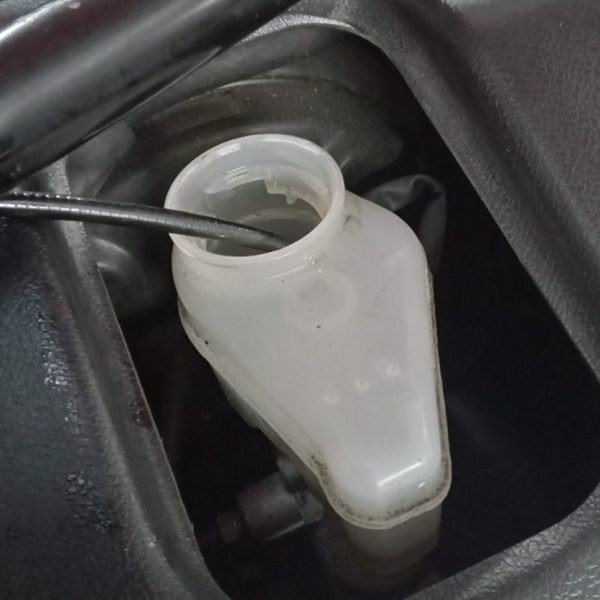
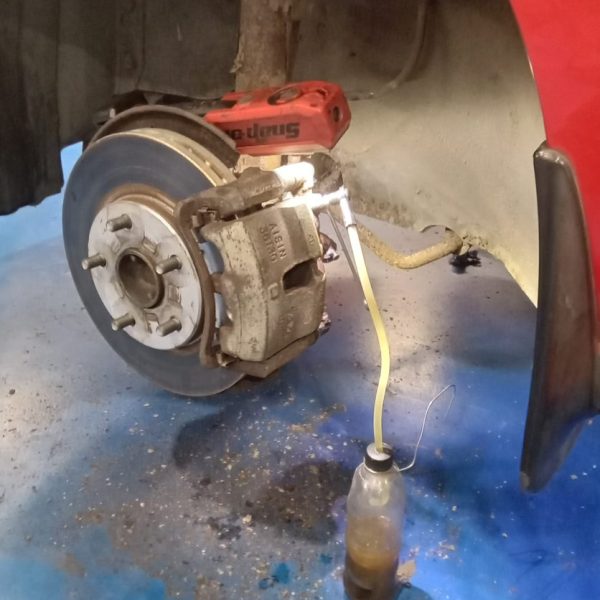
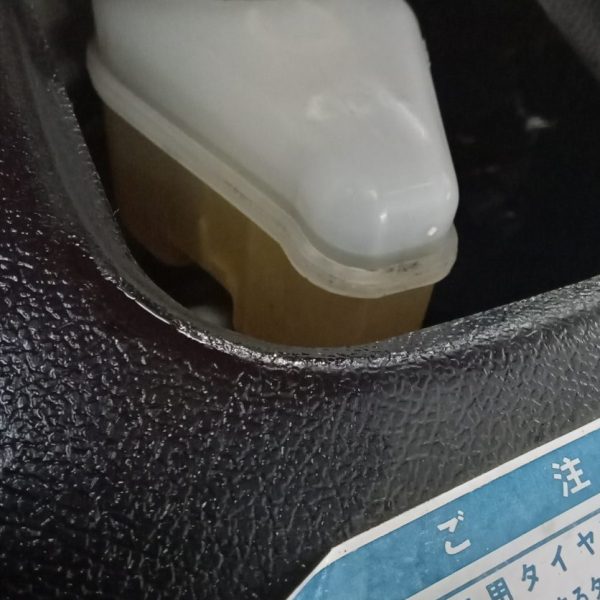
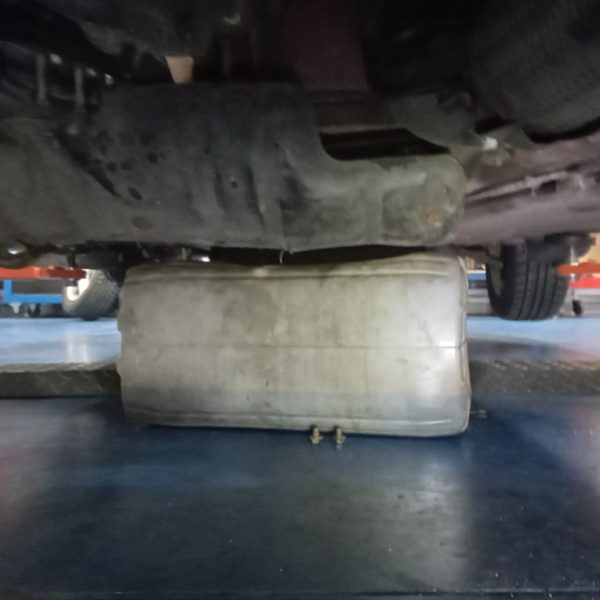
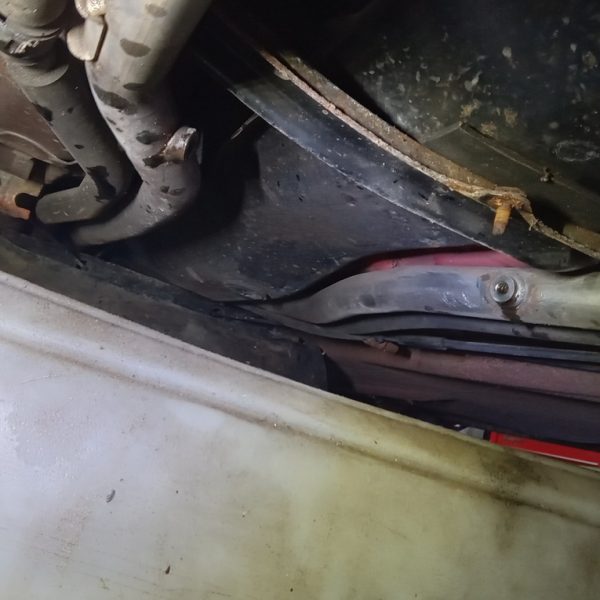
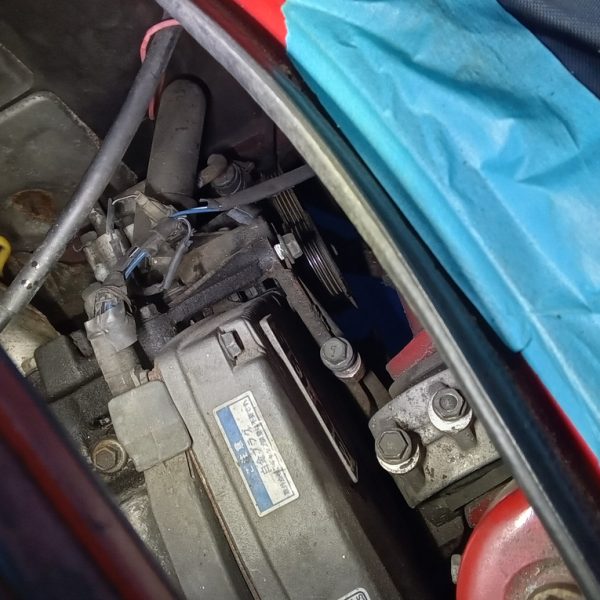
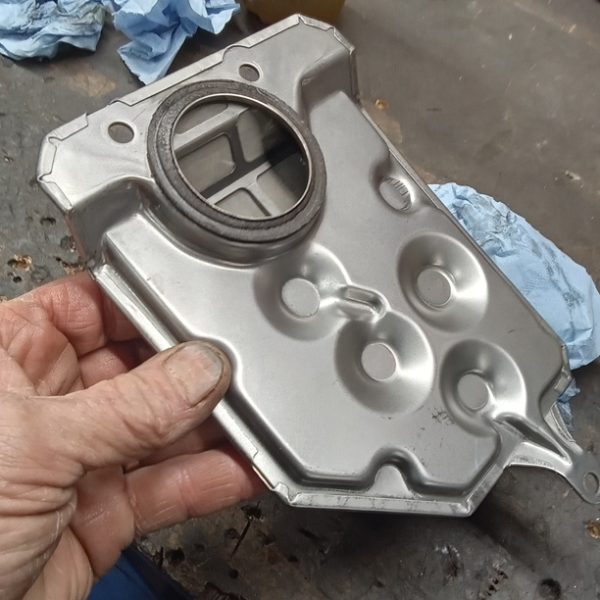
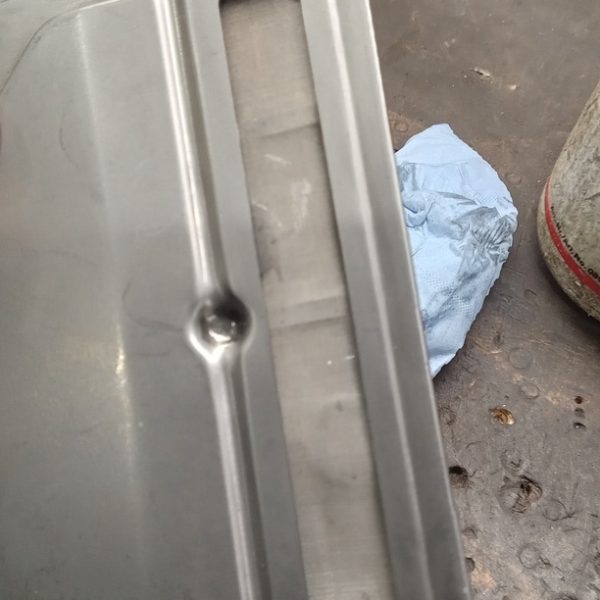
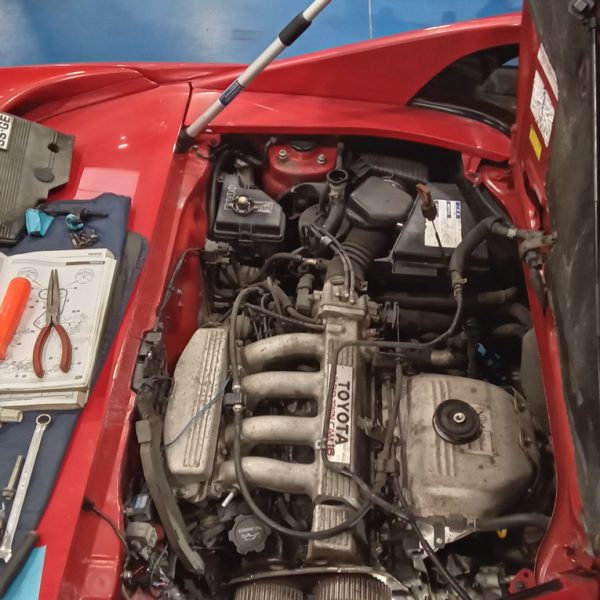
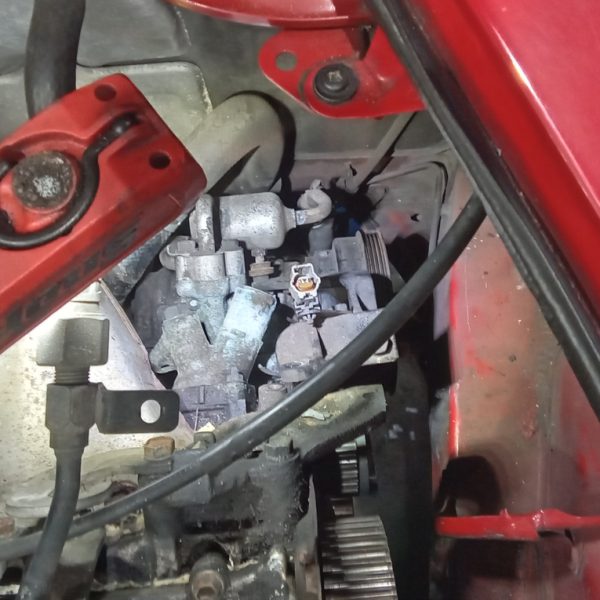
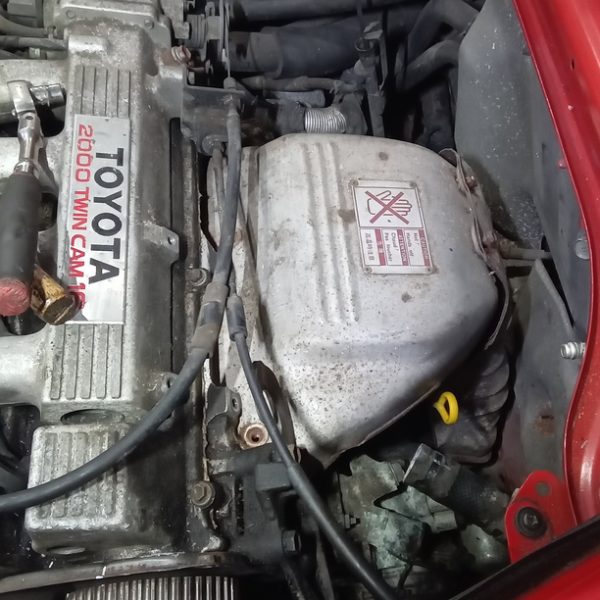
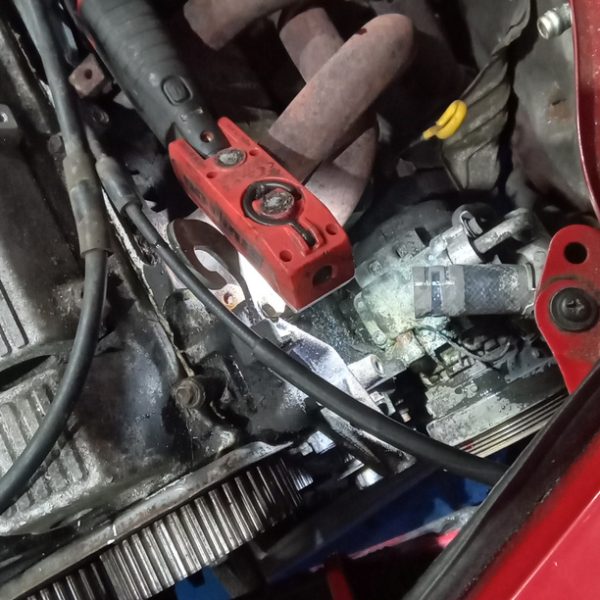


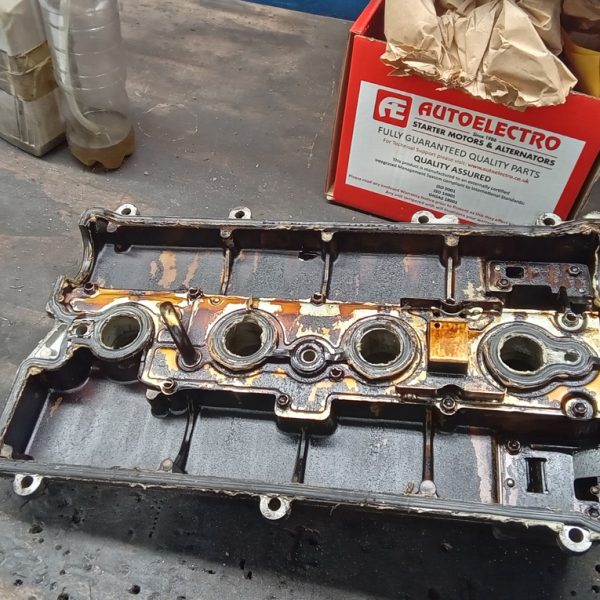
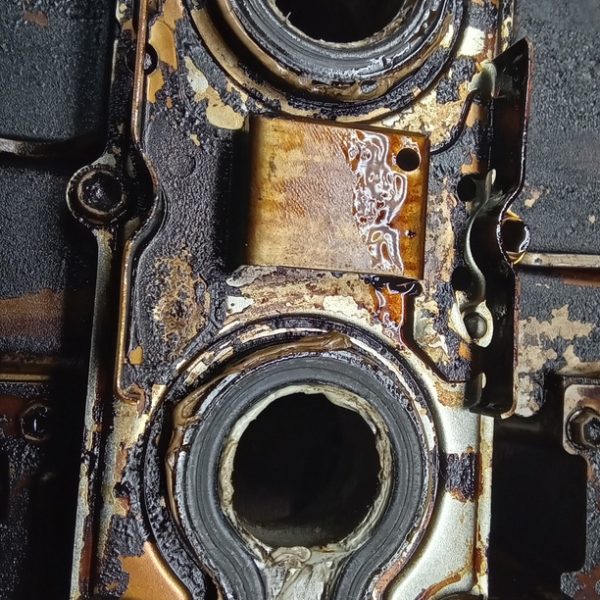
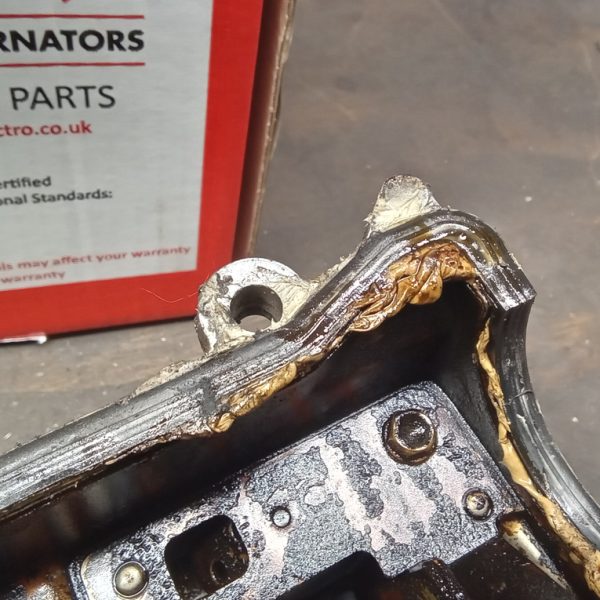




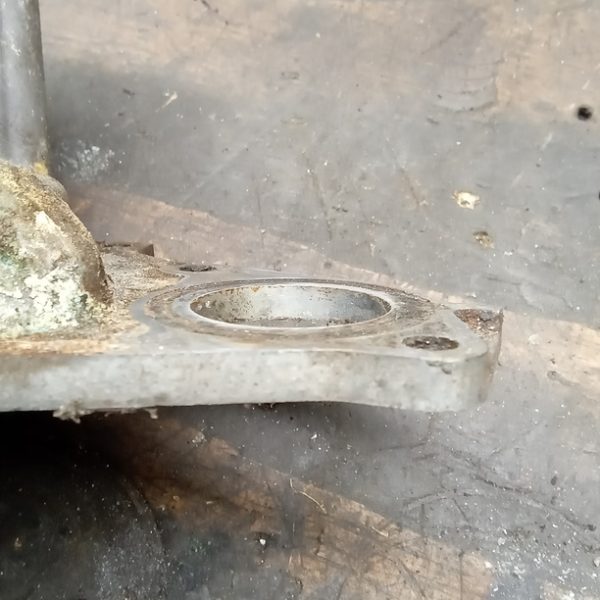

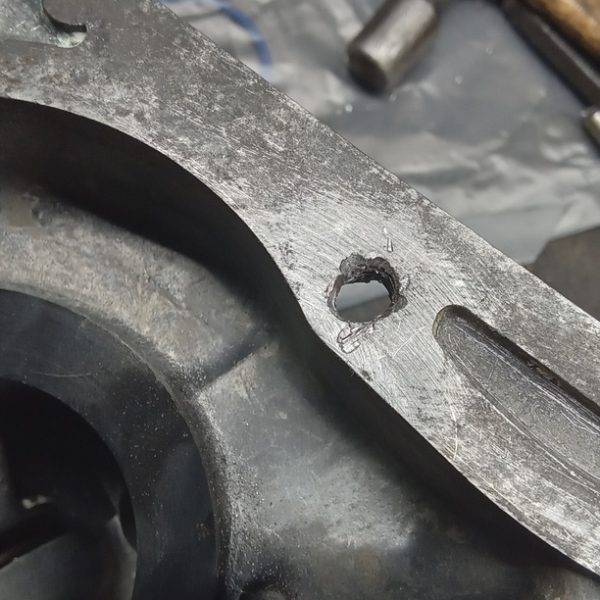
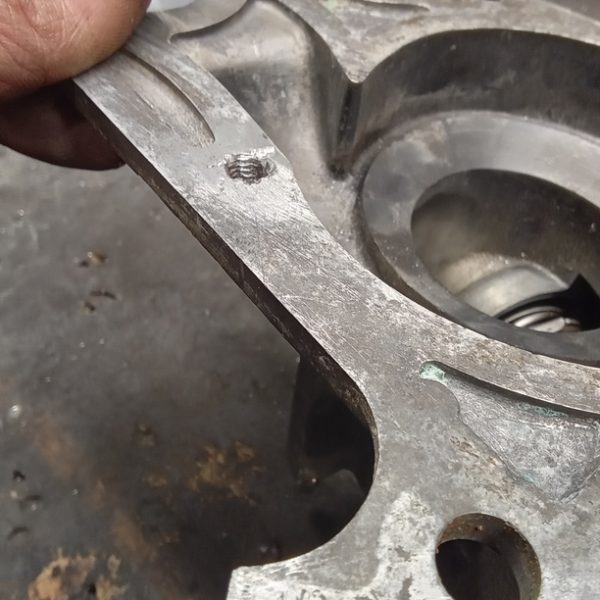
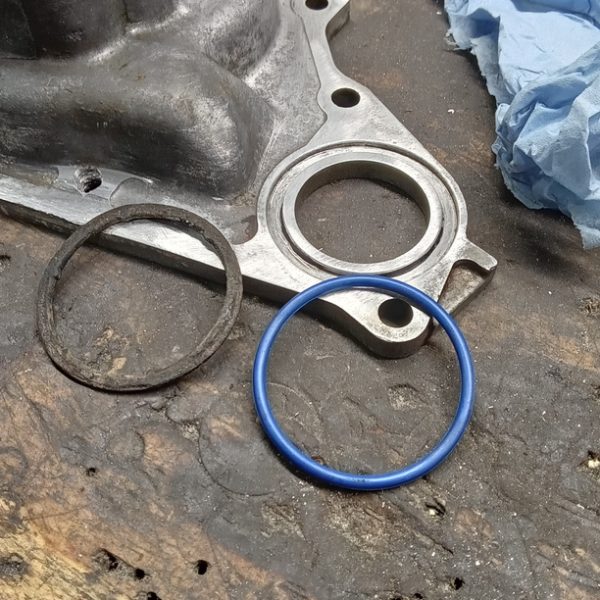
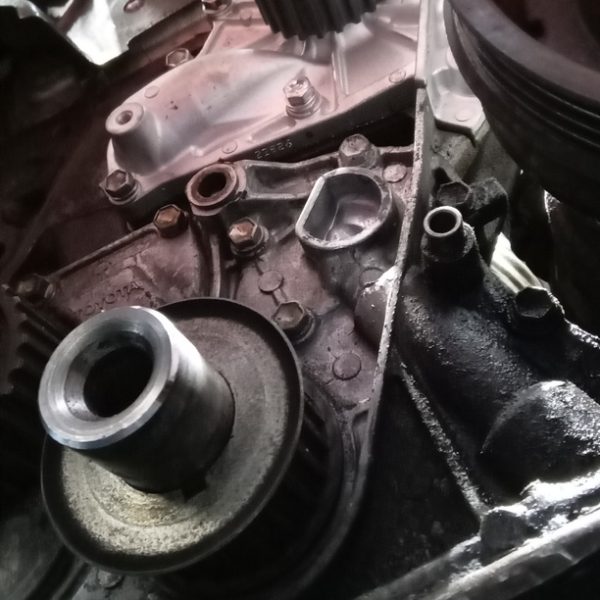
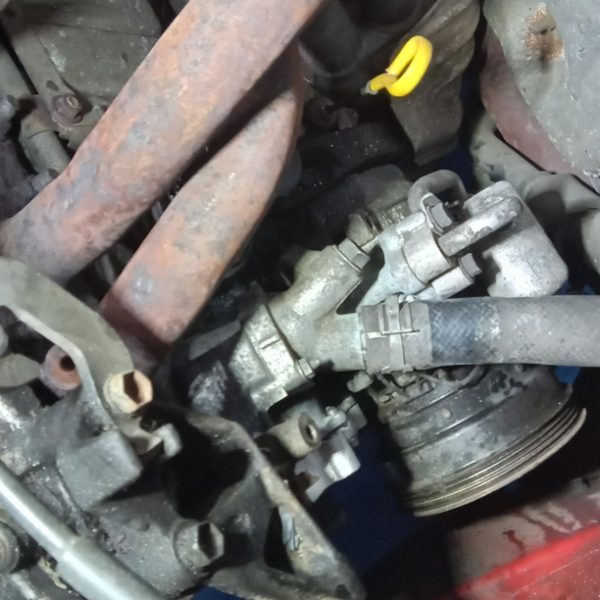

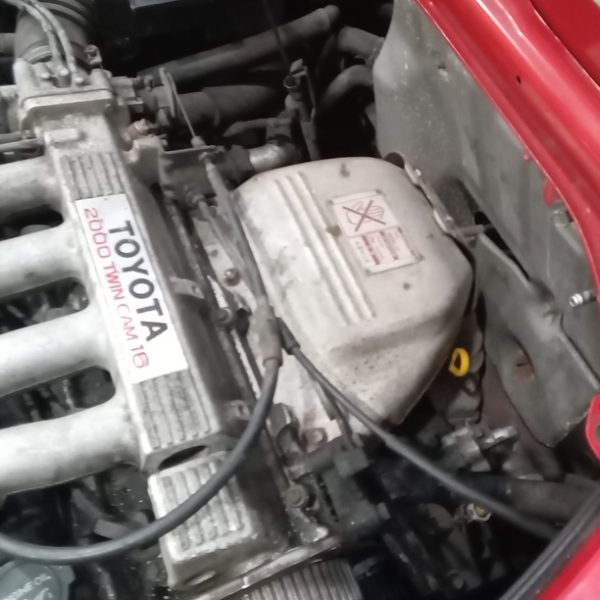
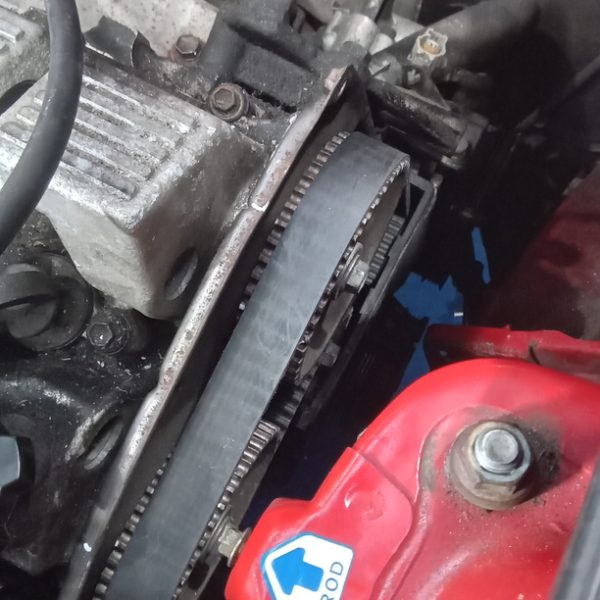

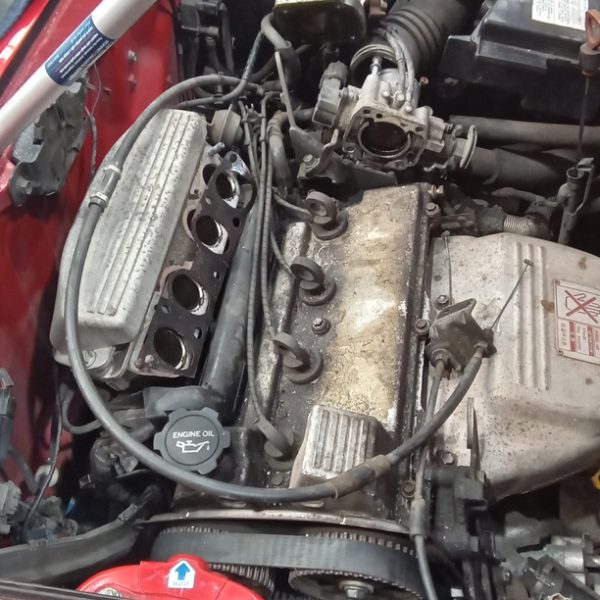


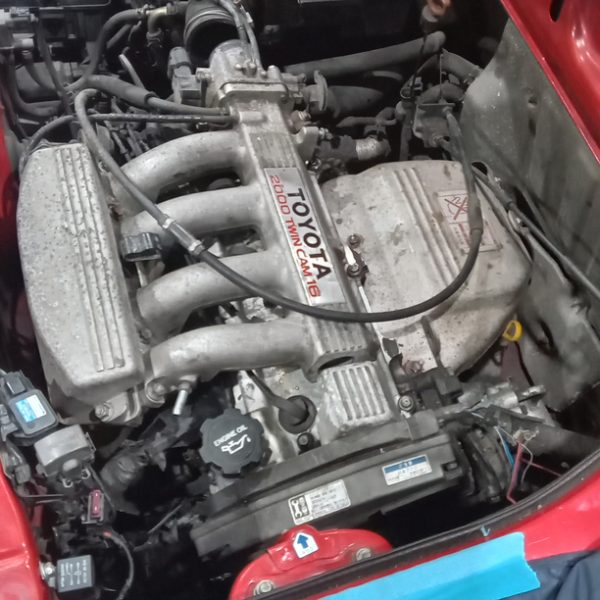

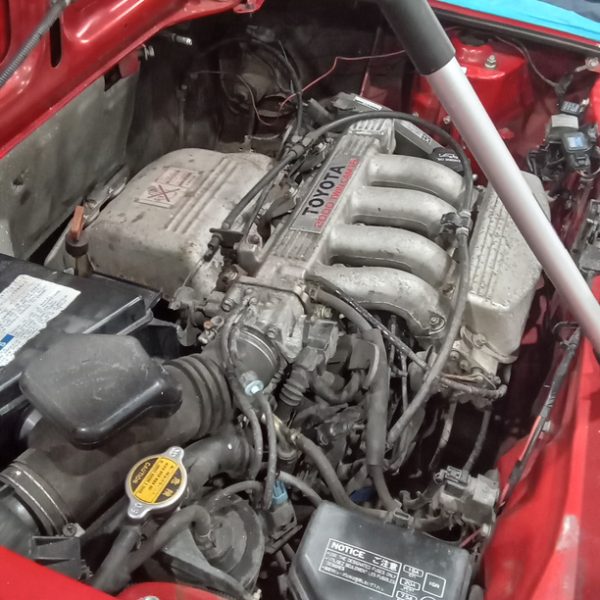

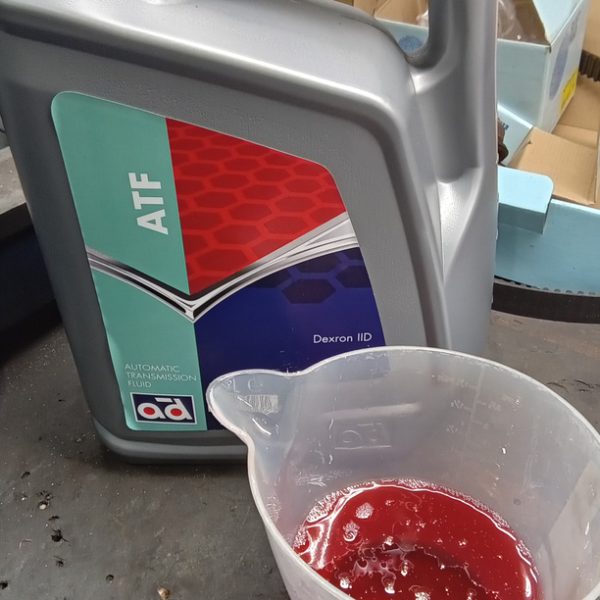
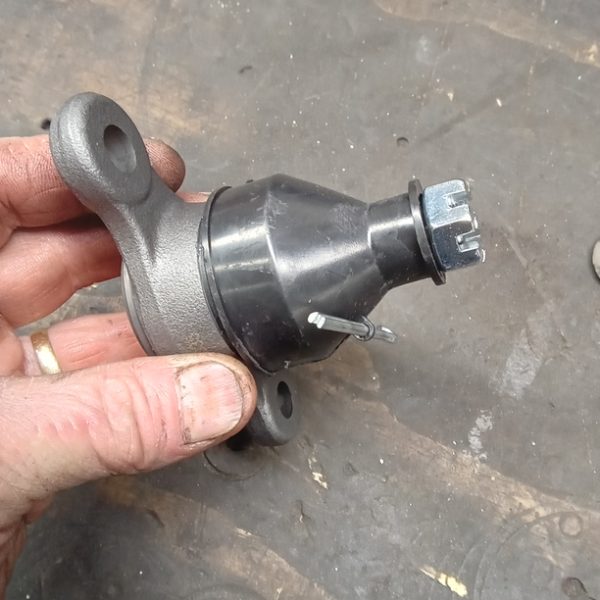
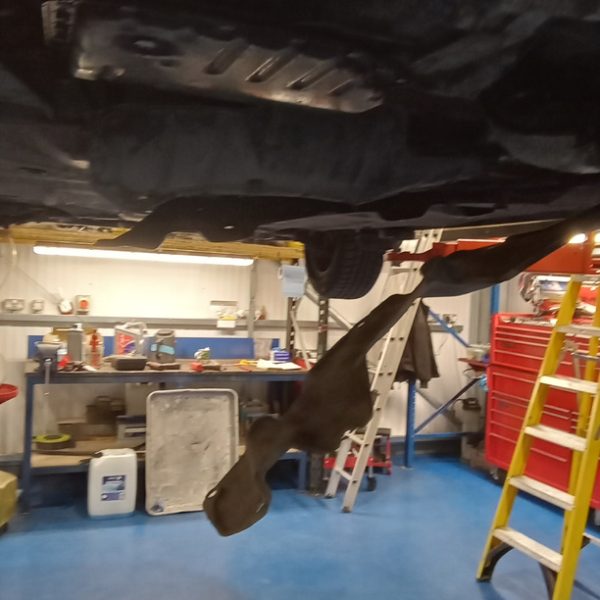
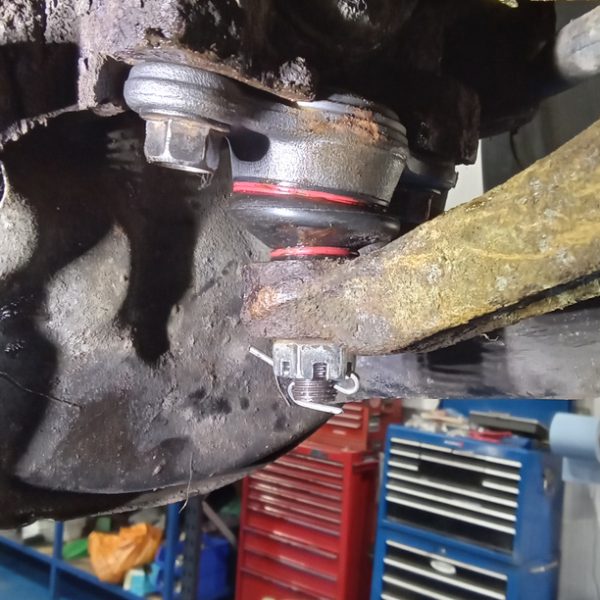
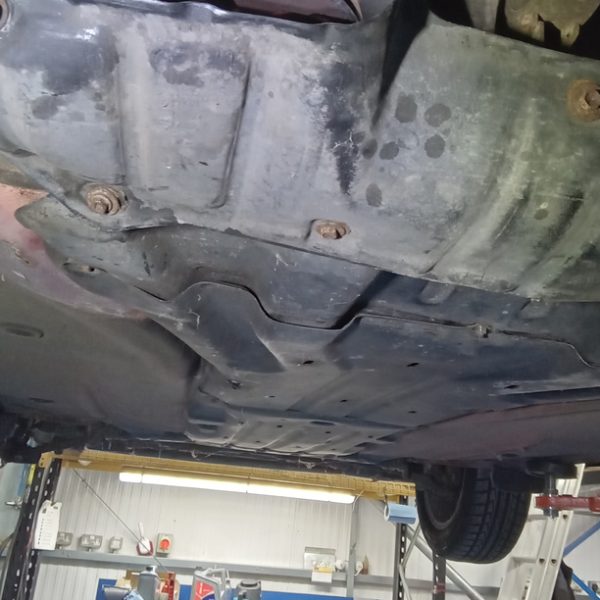
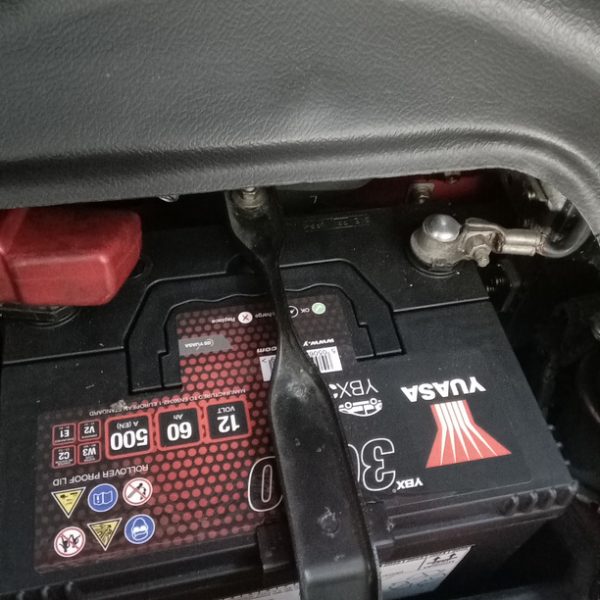
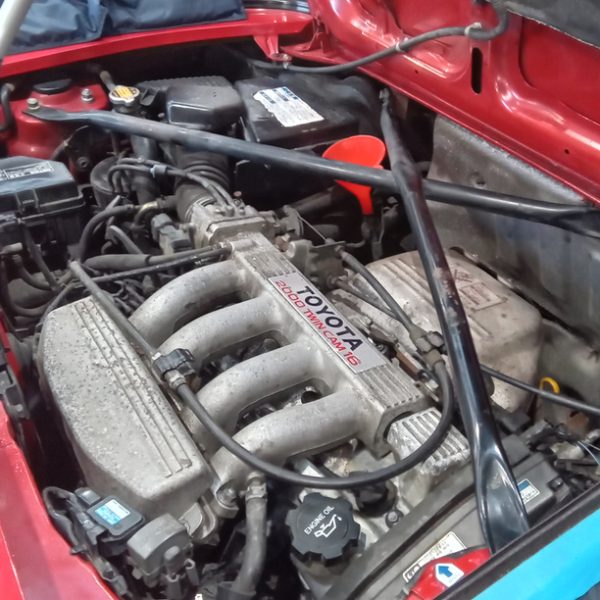
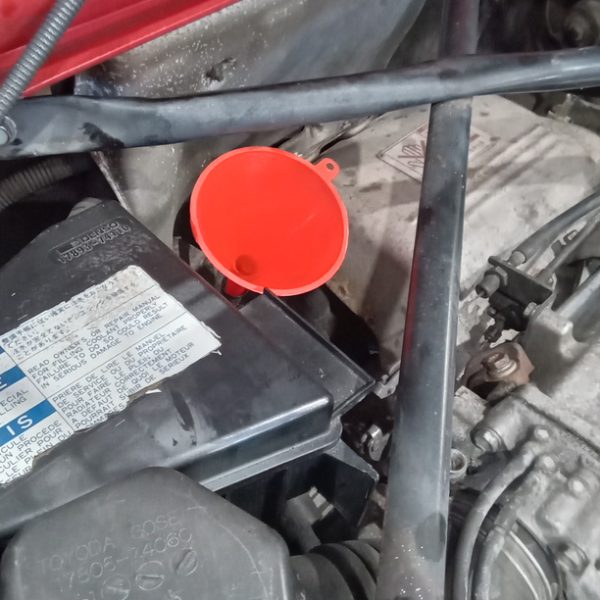
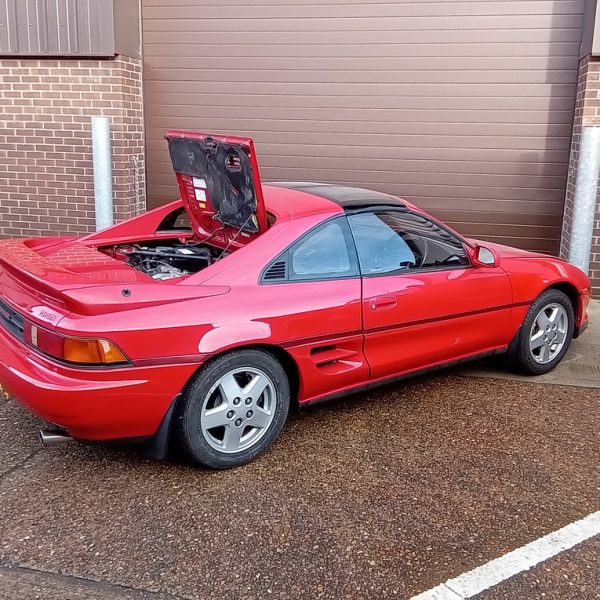

After a relaxed Christmas break, the team at Bridge Classic Cars got straight back into restoring some stunning classic cars on the 2nd of January 2024.
On our first day back, Molly took a look around the workshop to find out what was happening on day 1 of the new working year.
Now that our 1970 MGB Roadster has come to the end of its stay at the Bridge Classic Cars workshop, Nick spent some time taking these stunning pictures of such a great-looking car.
As it was a rainy day, Nick parked our MGB in The Atelier and gave it the photoshoot a car like this deserves.
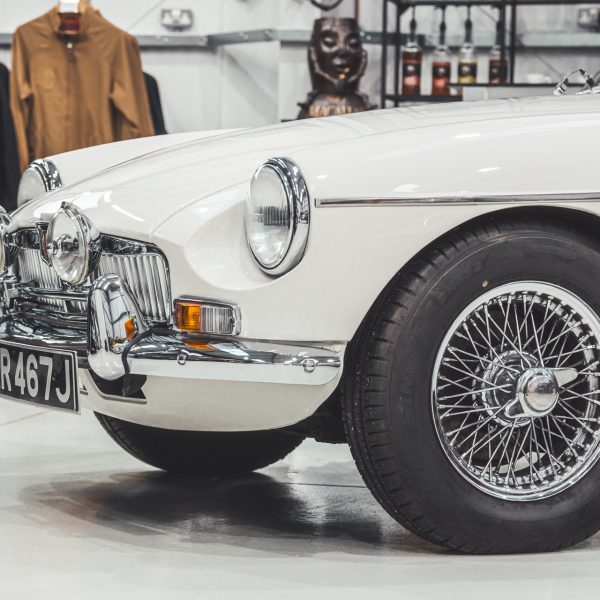
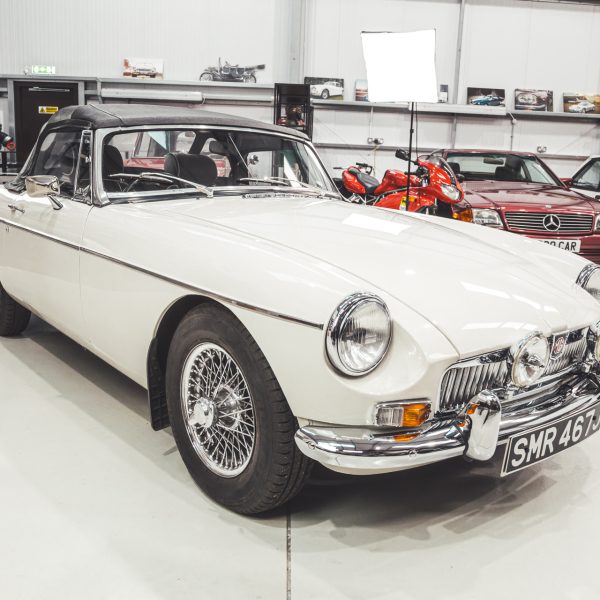
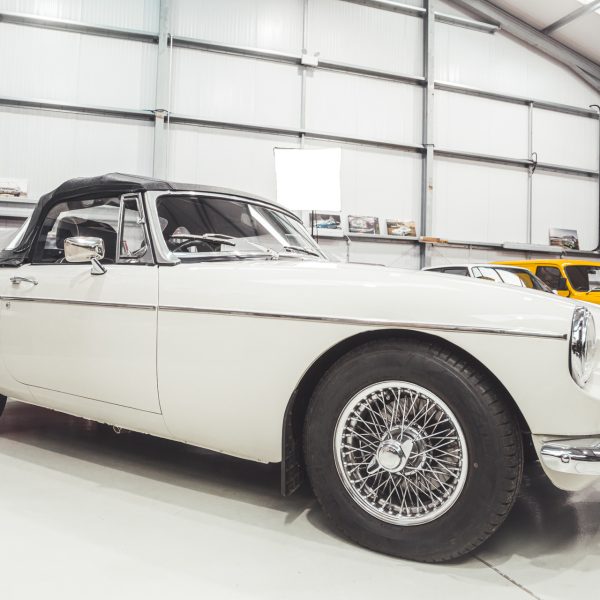
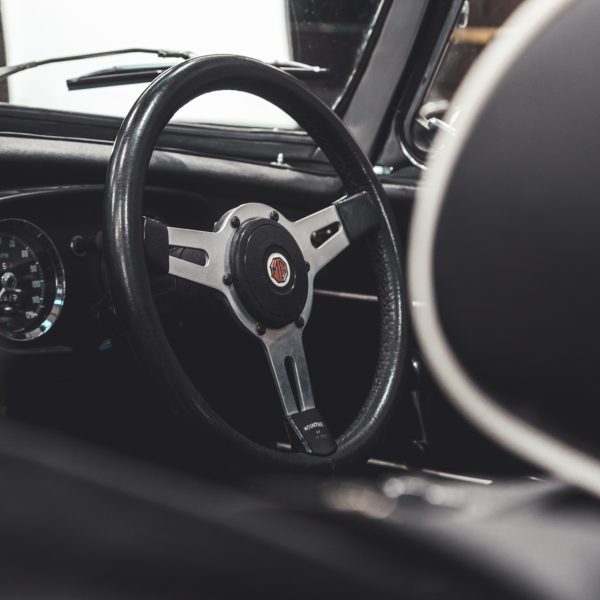
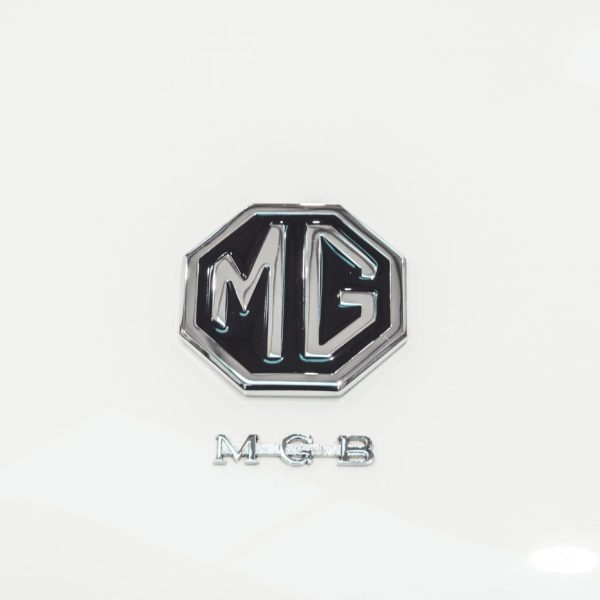

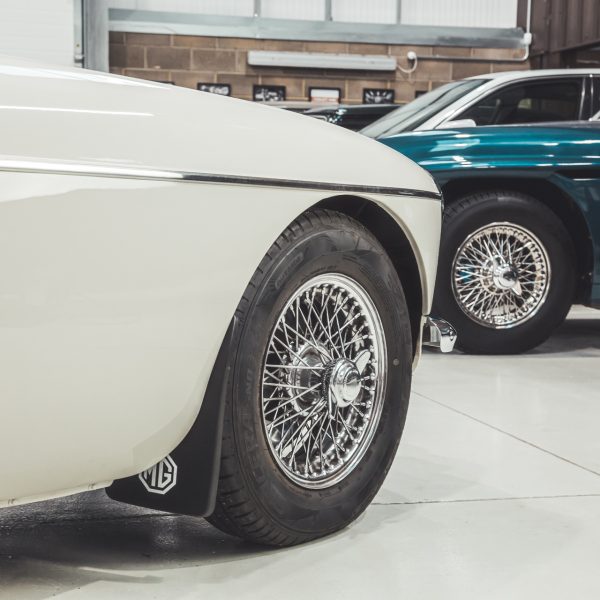
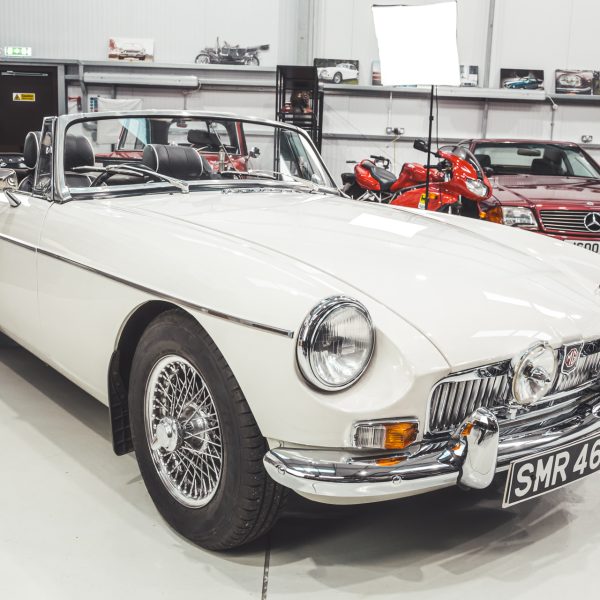
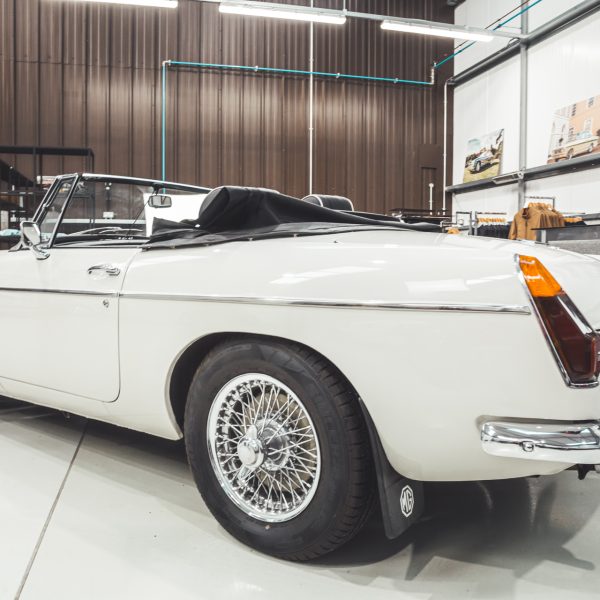

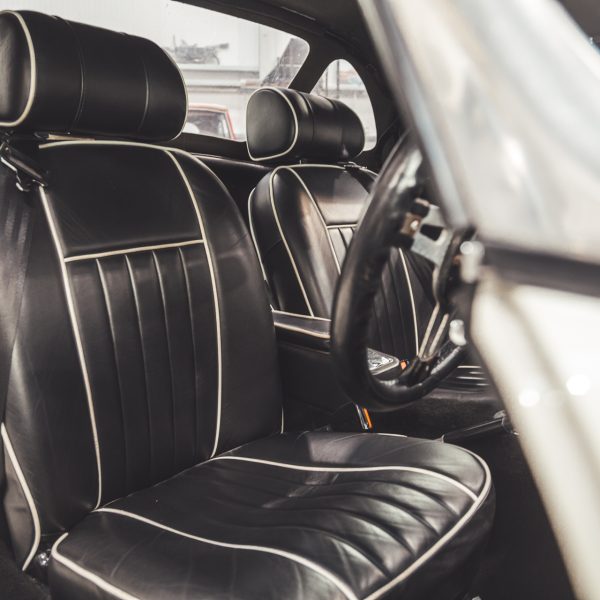
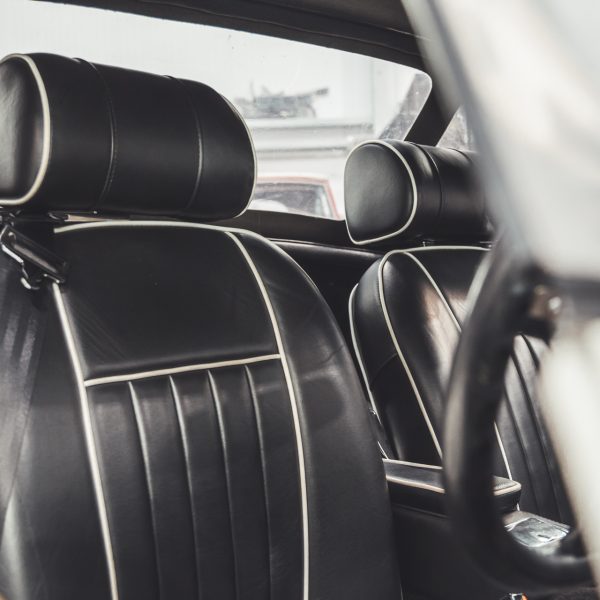


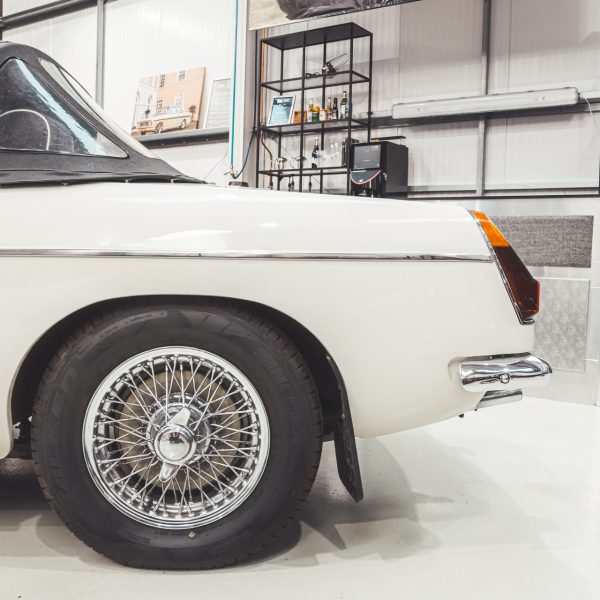

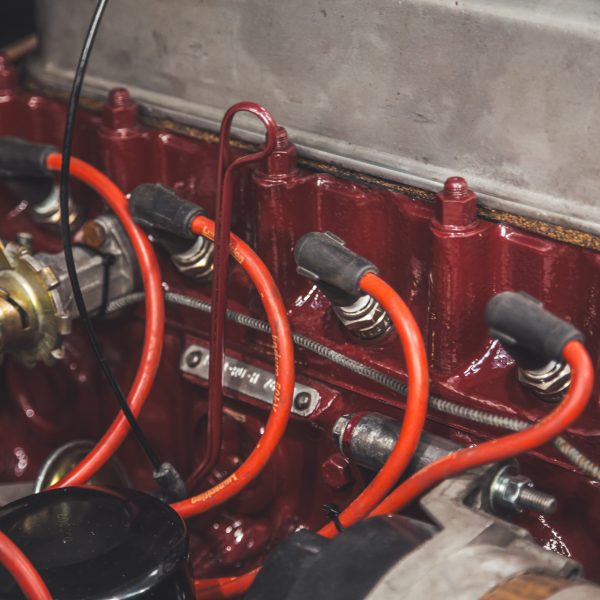


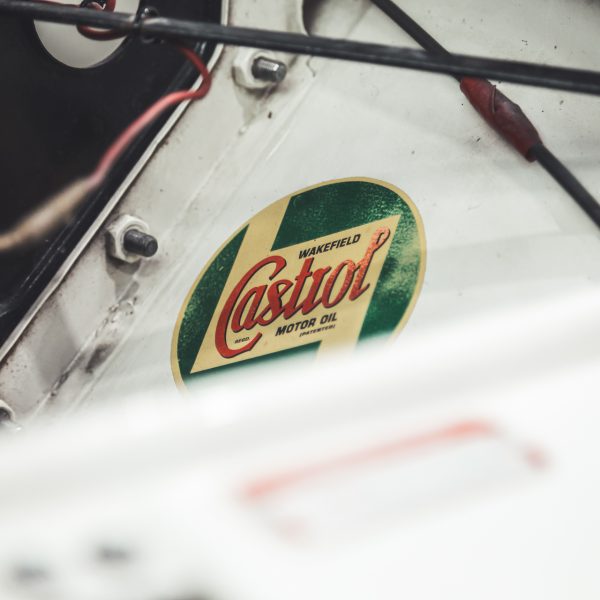
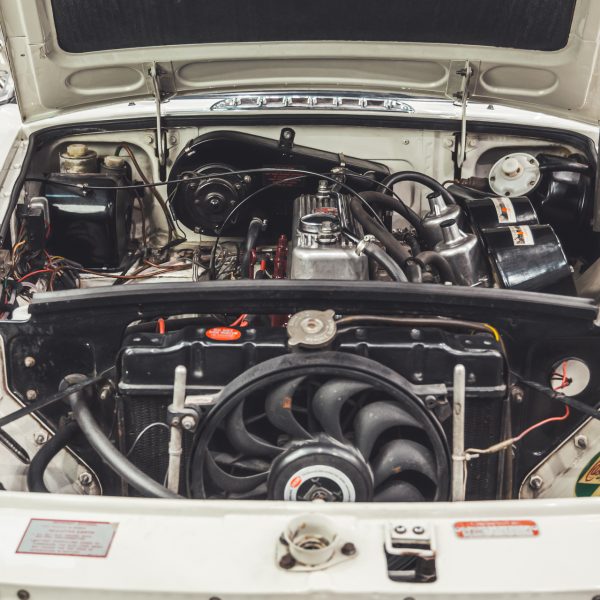
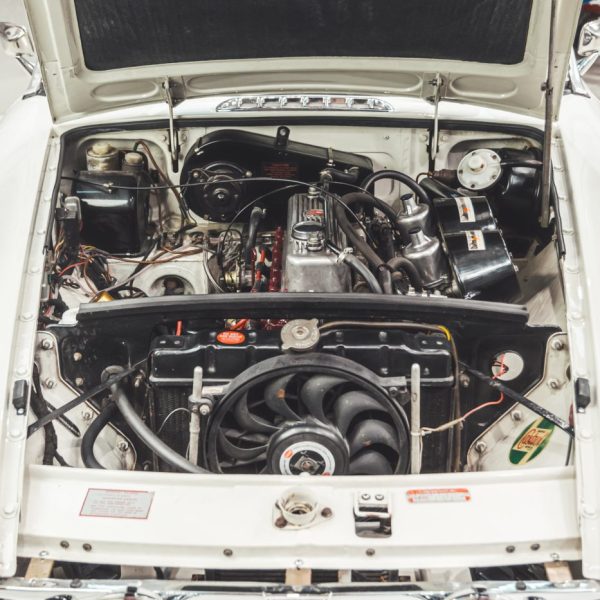



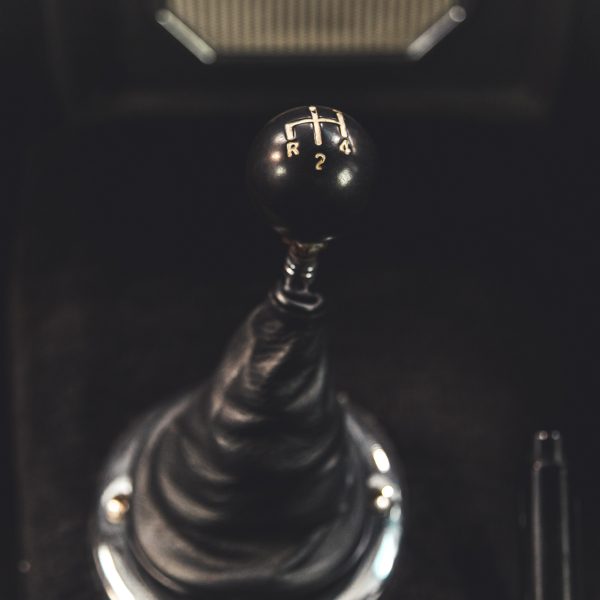
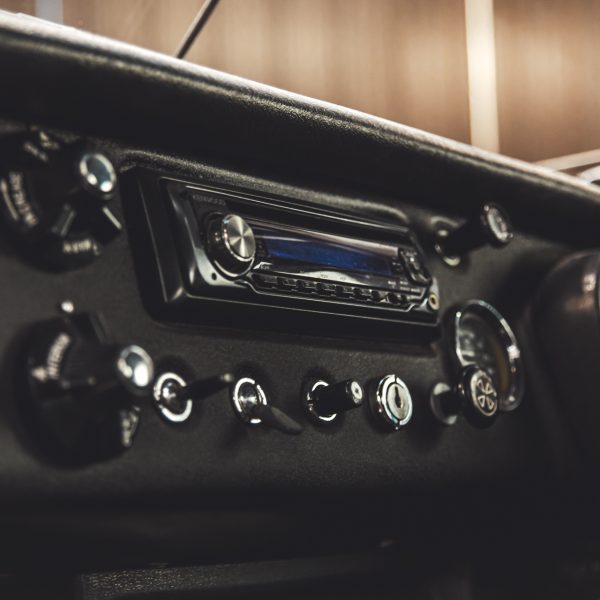

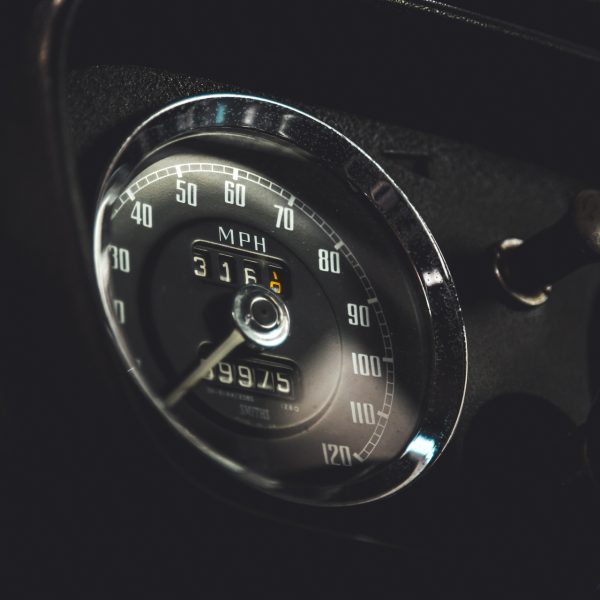
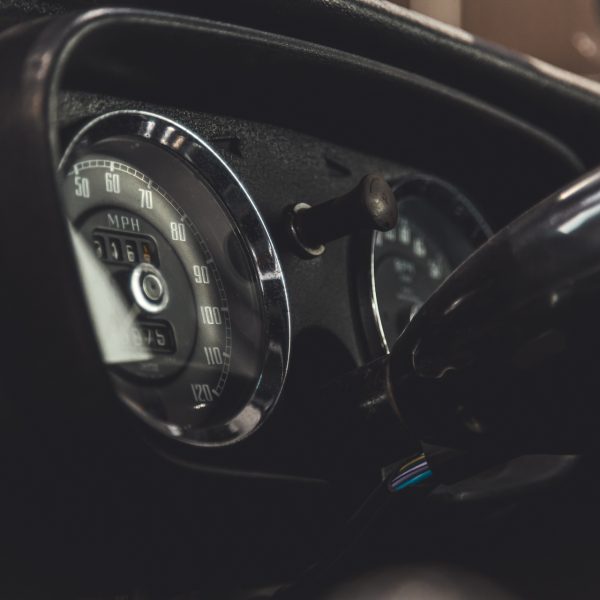
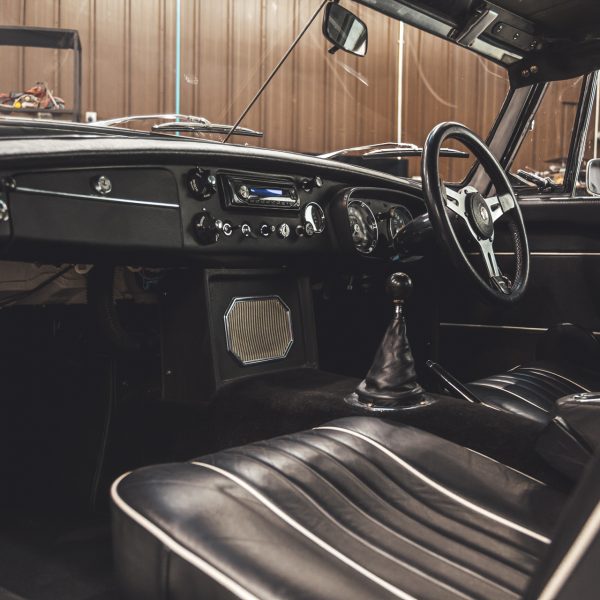


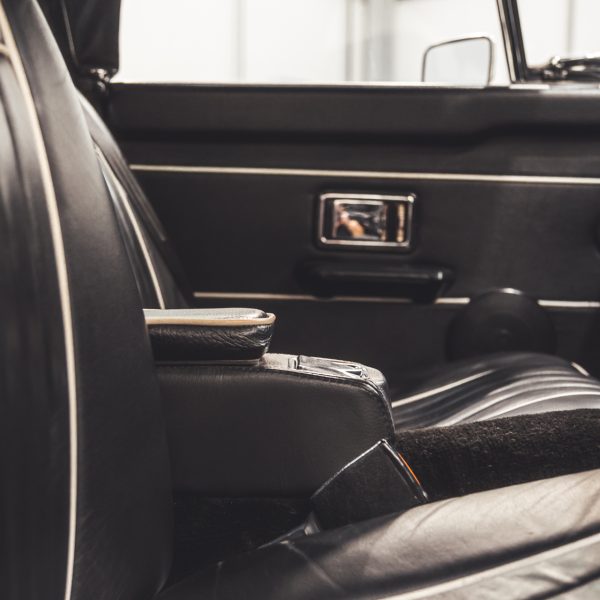


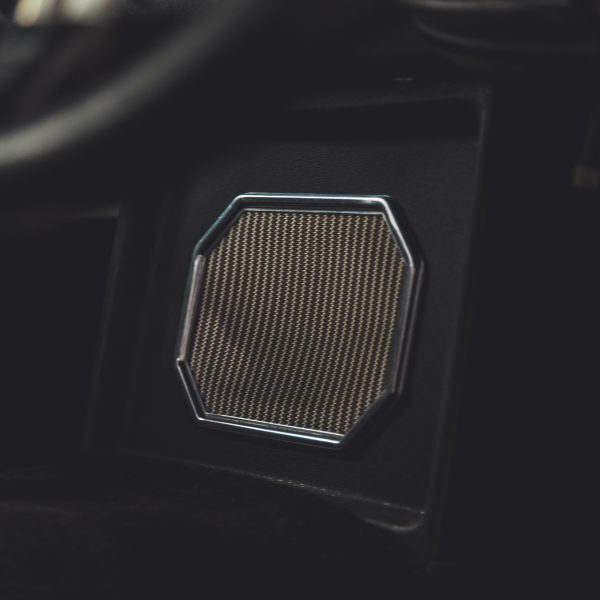
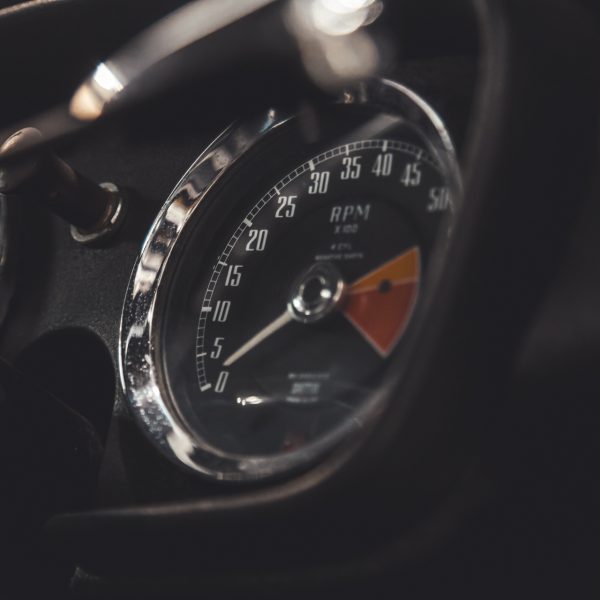
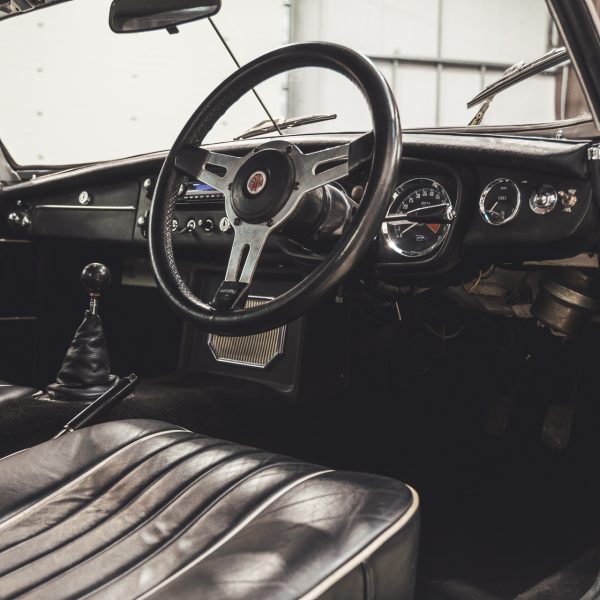

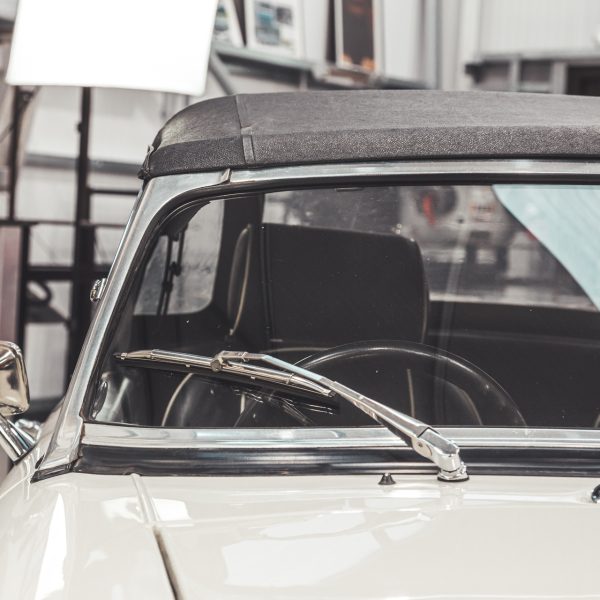
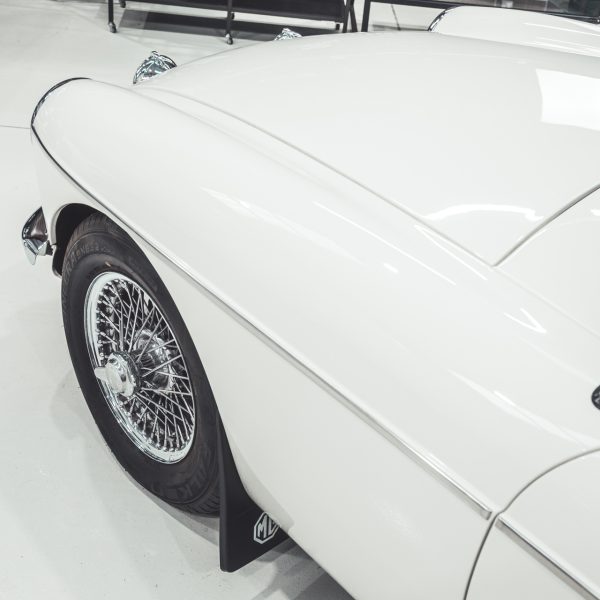


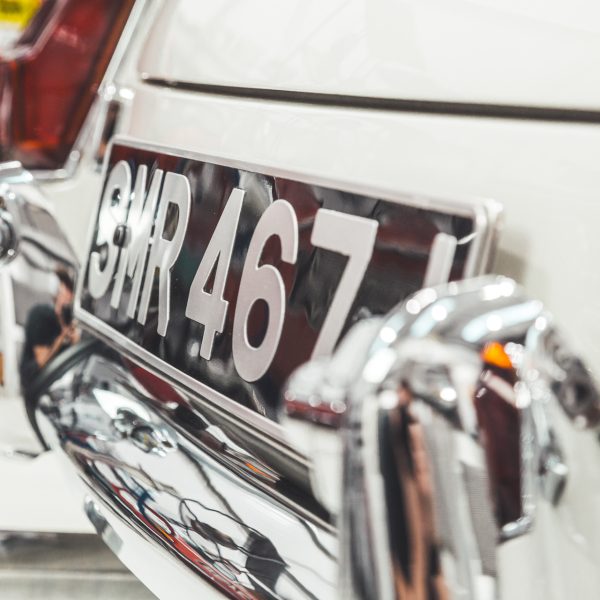
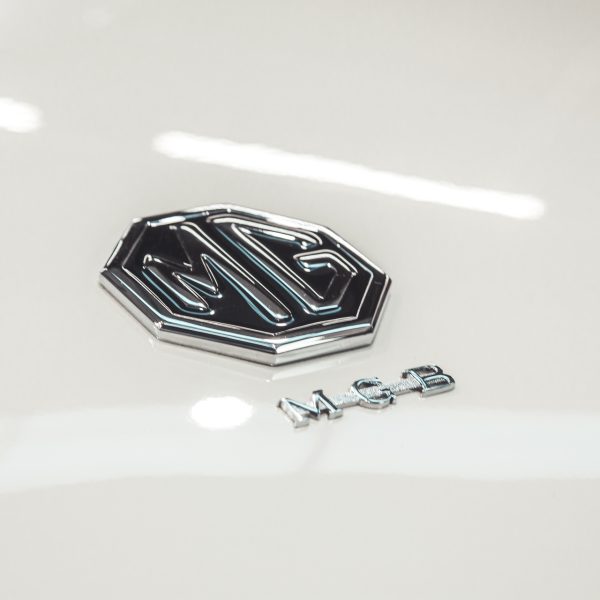
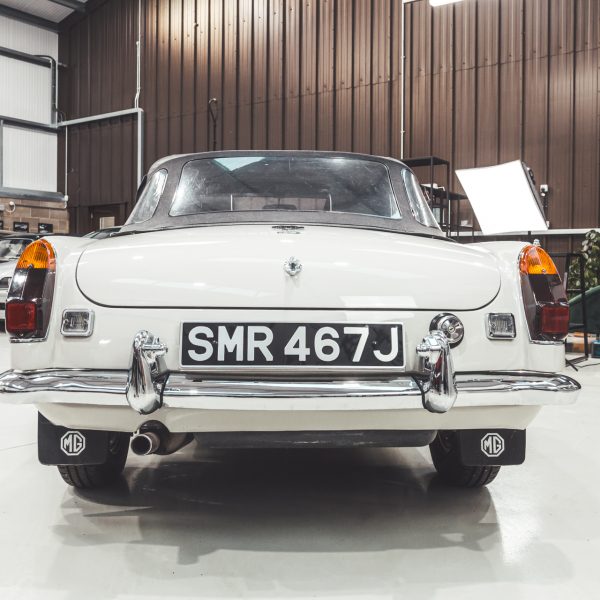
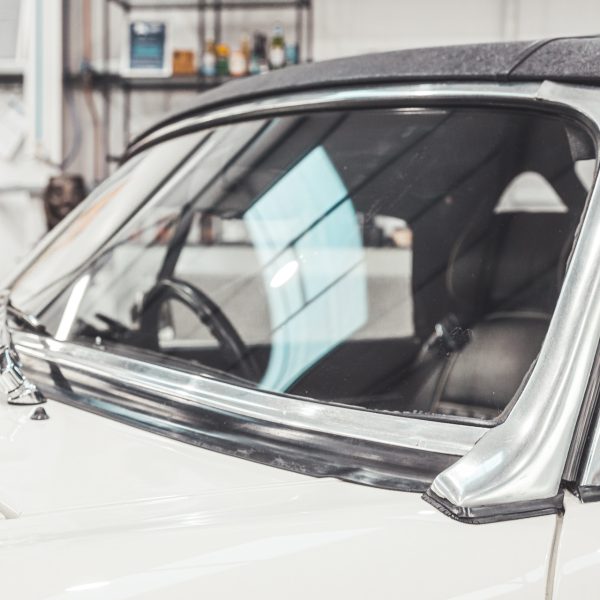


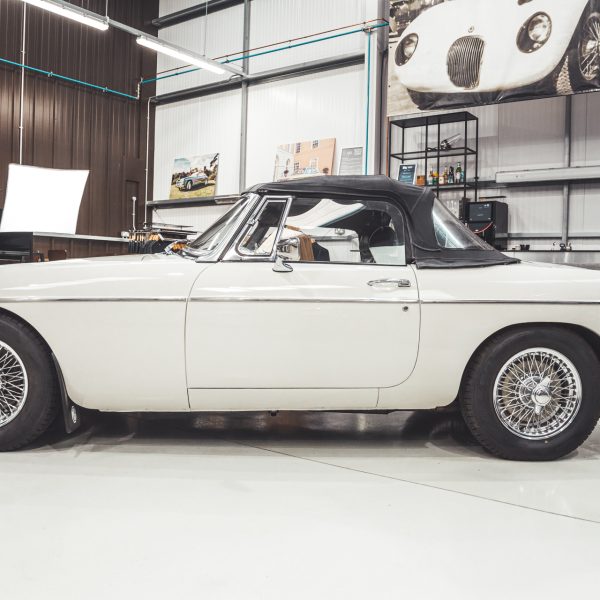


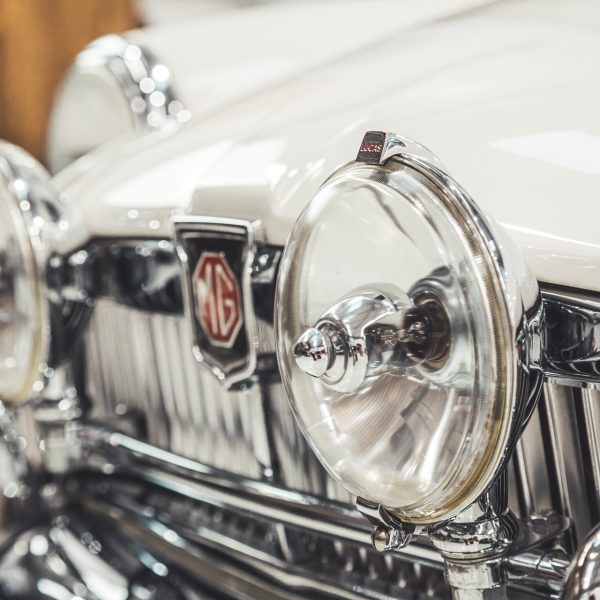
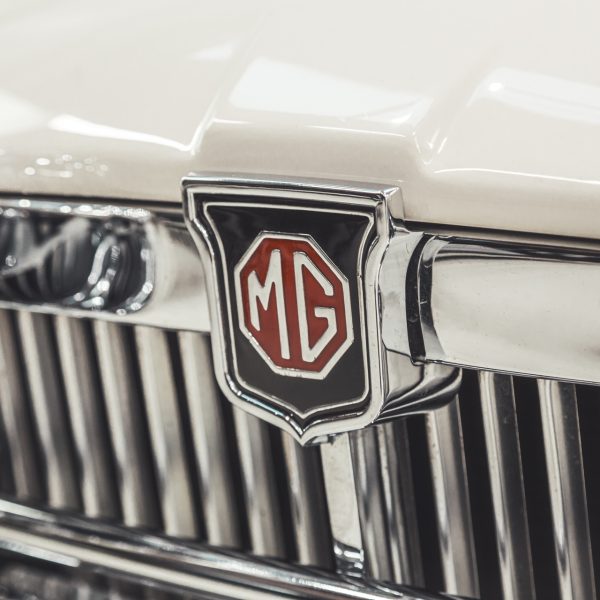
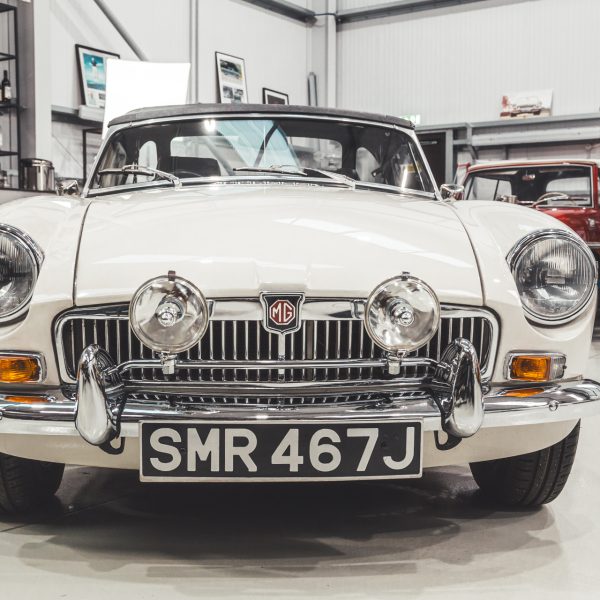
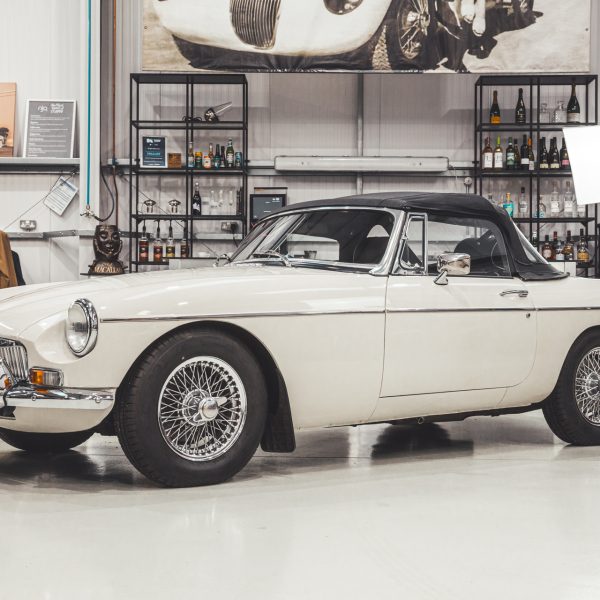
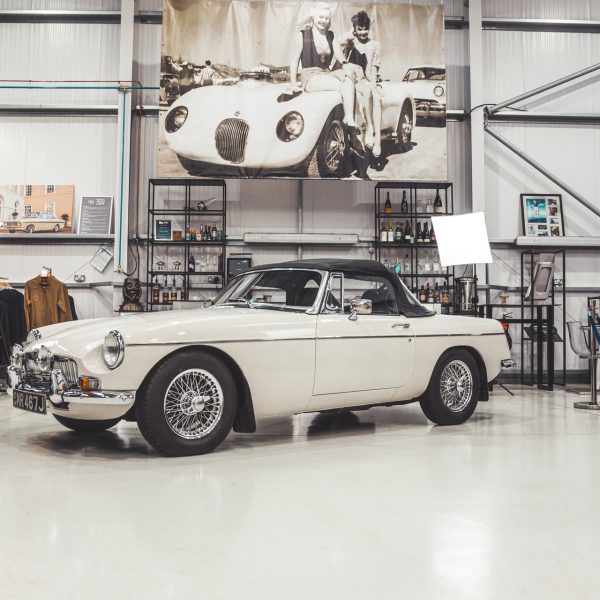
Over the Christmas break, the offices, paint shop and other areas here at Bridge Classic Cars had a bit of a refurbishment.
After undergoing a big clean before we went home for the festive season, each area had a fresh coat of paint and they are looking great ready for a busy year ahead.

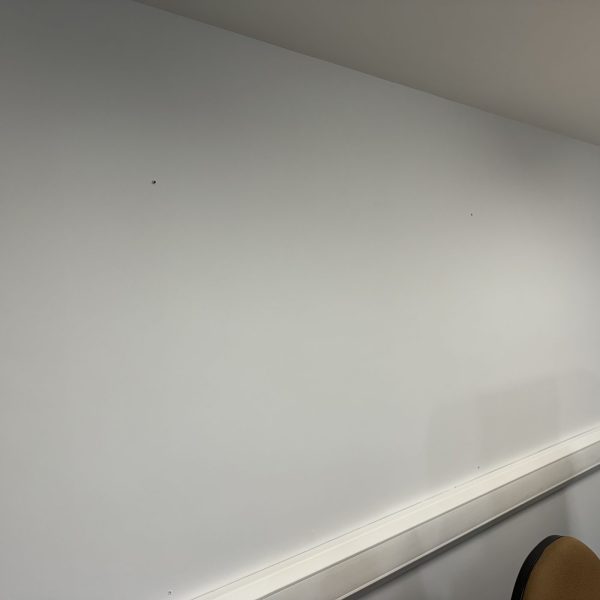


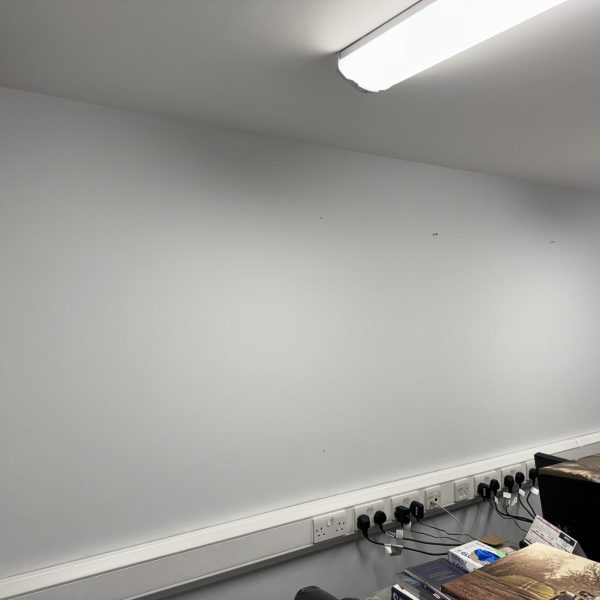


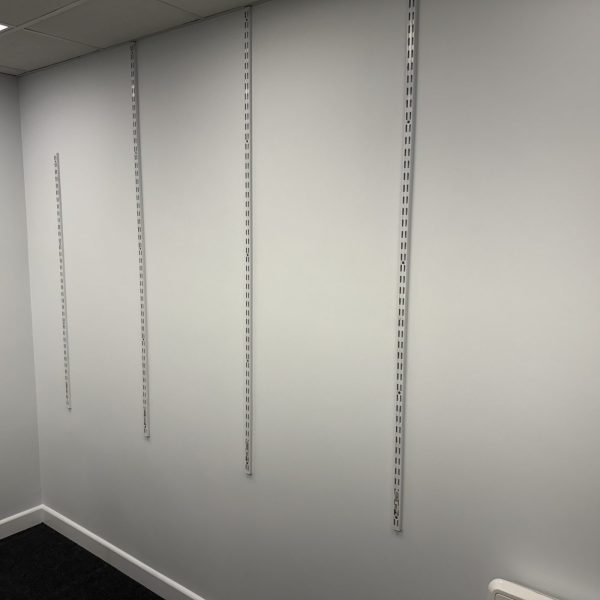



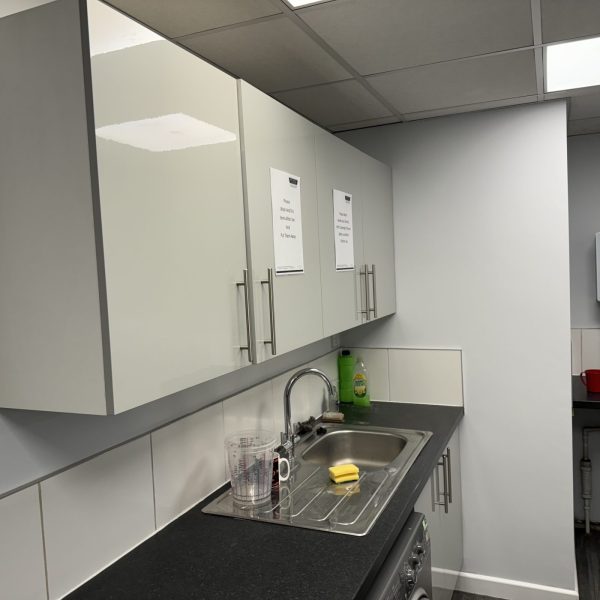
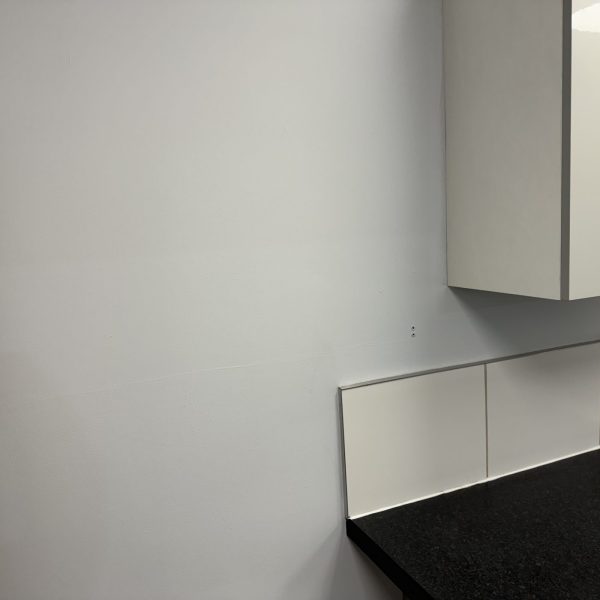



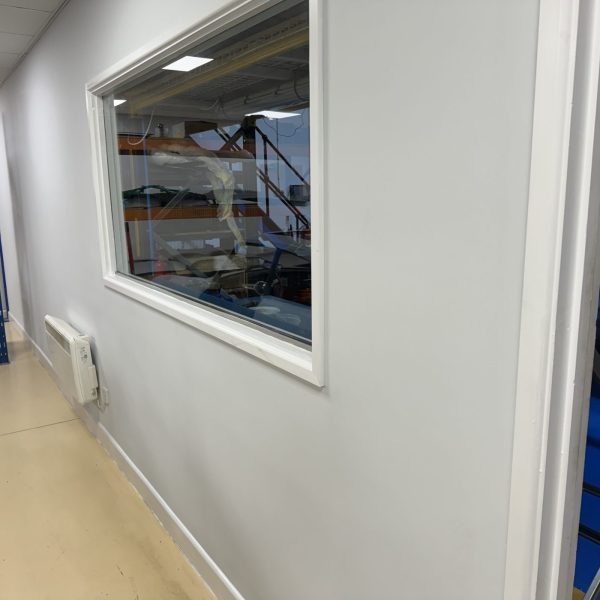
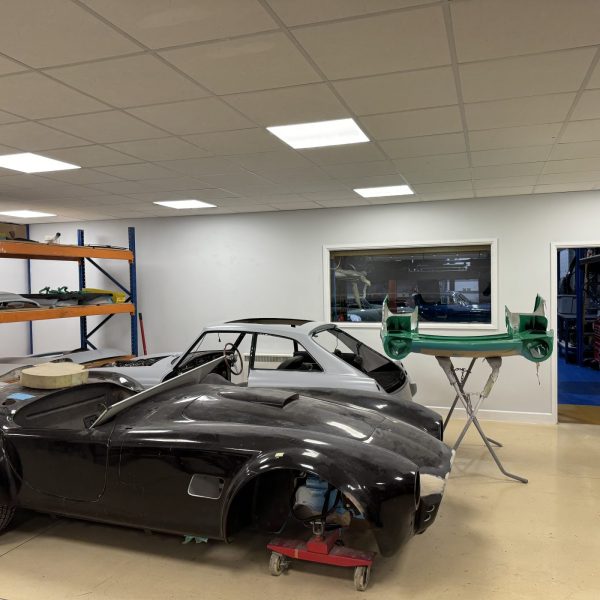
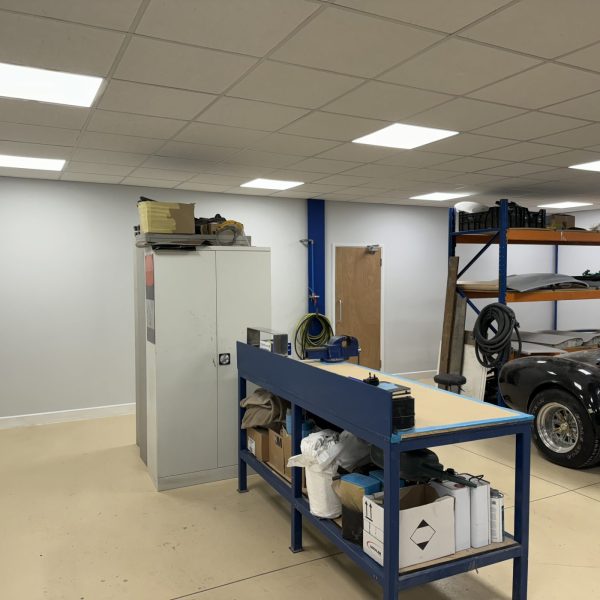

Our 1955 Aston Martin DB2/4 has begun its process of being stripped down by classic car technician Rob.
It will be stripped down to a bare chassis, ready for its full restoration to get properly underway.
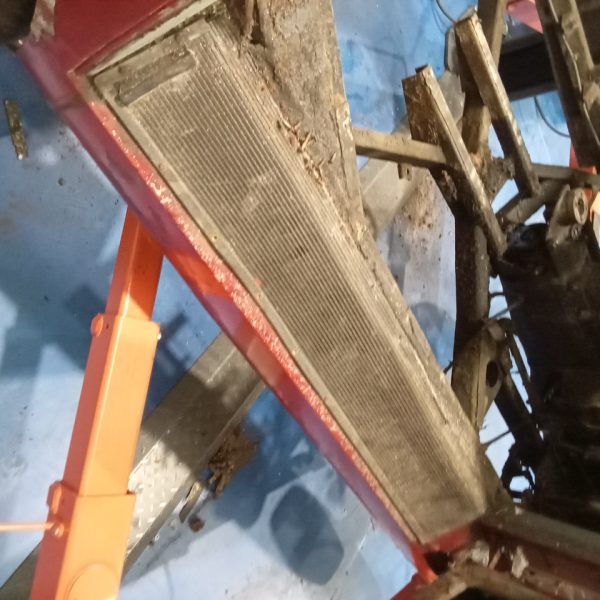

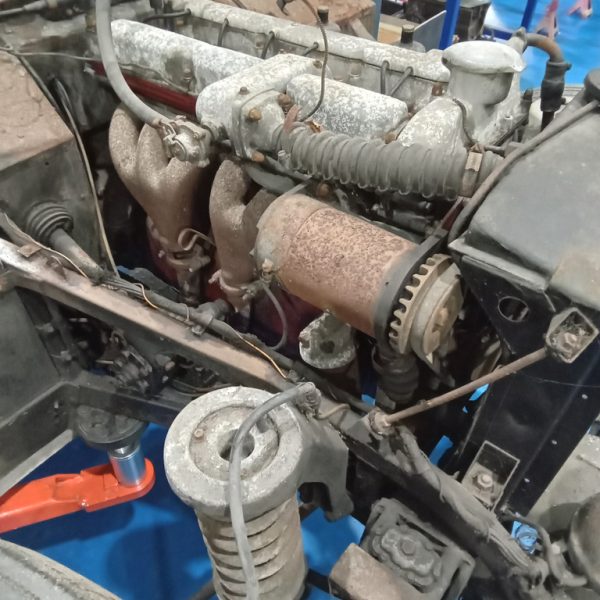
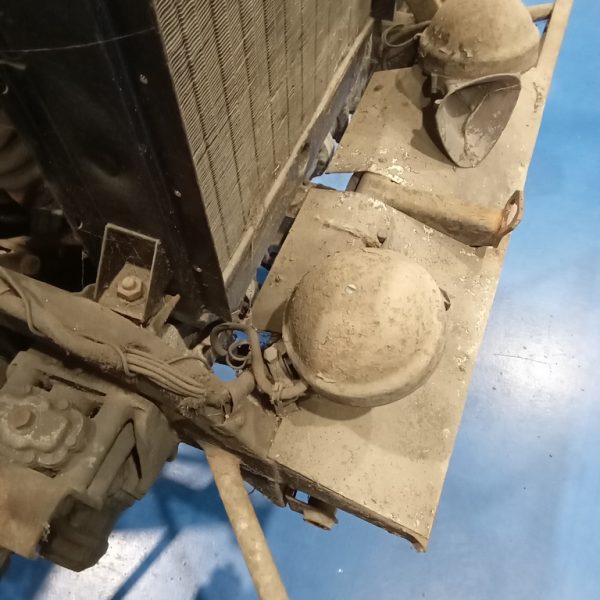

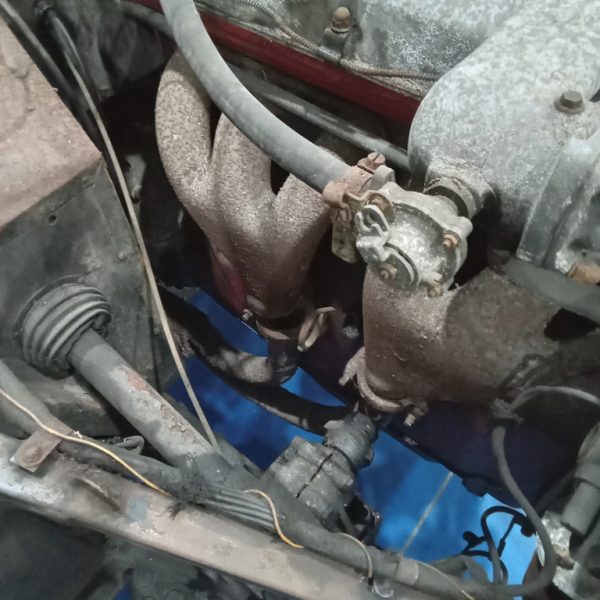
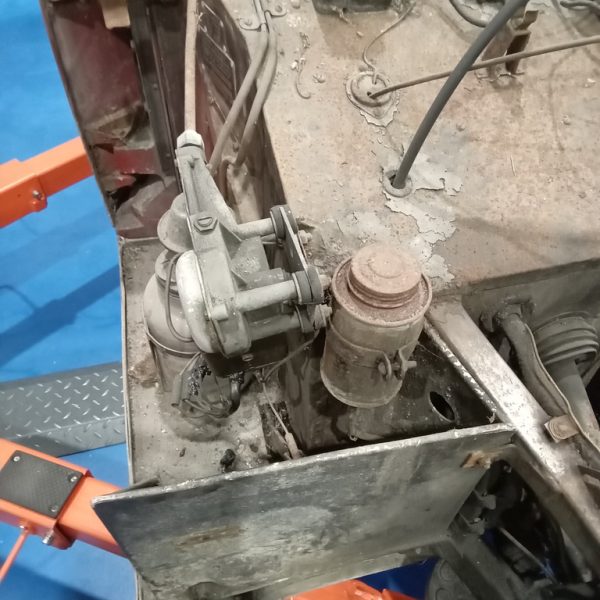
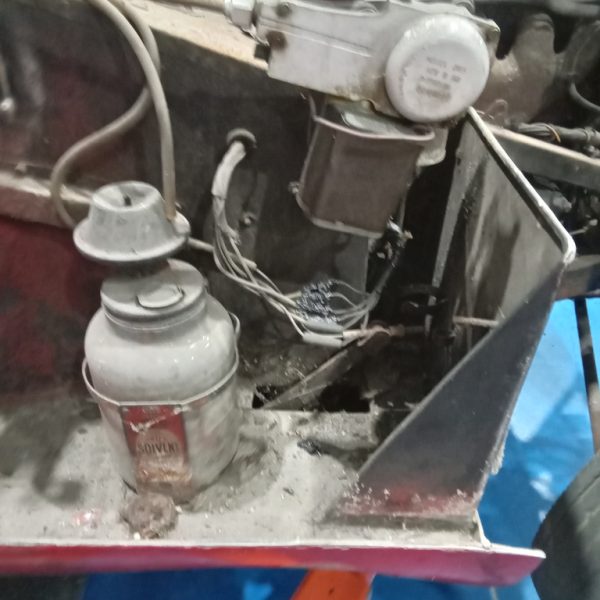

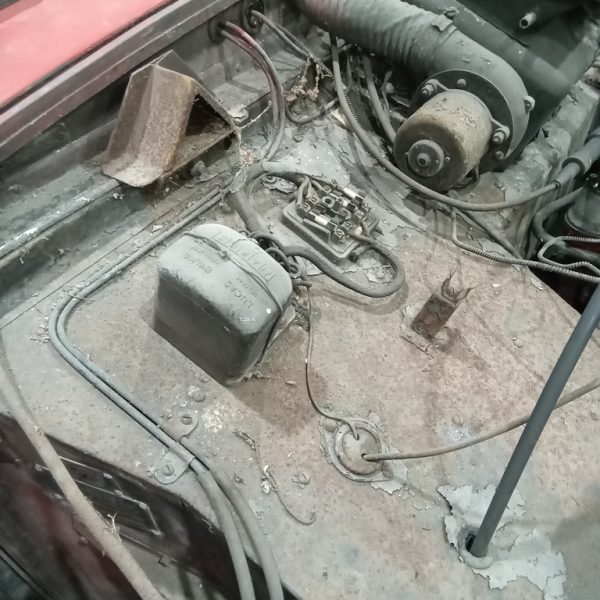
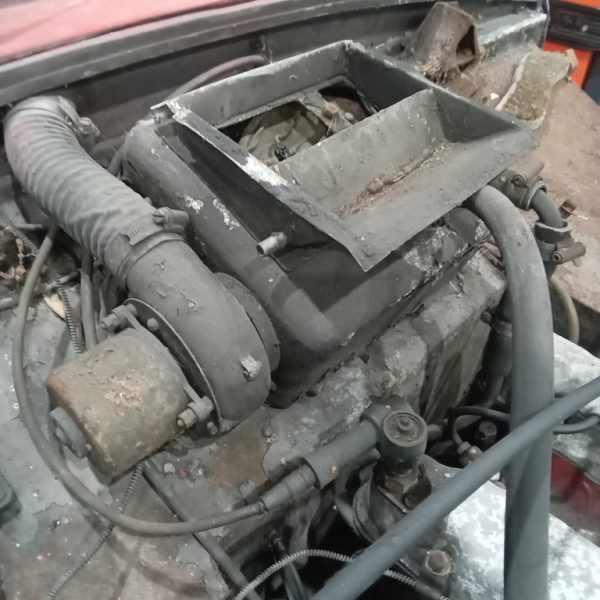

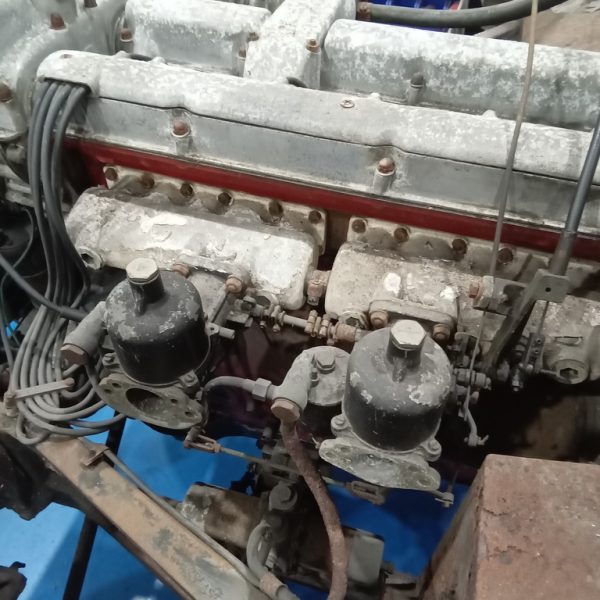
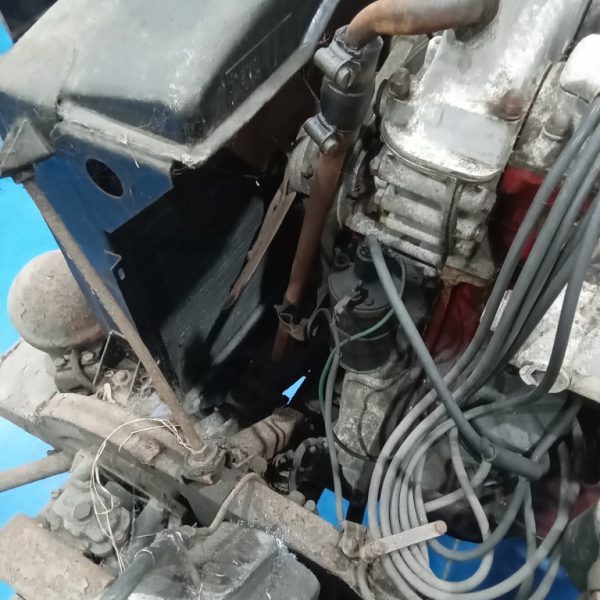
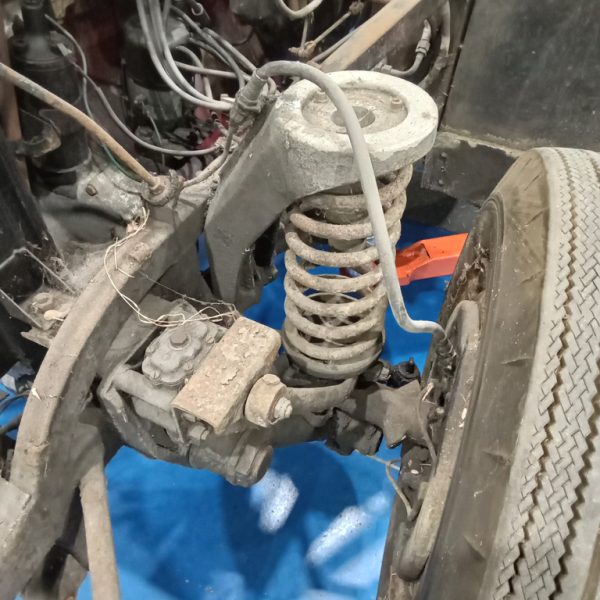
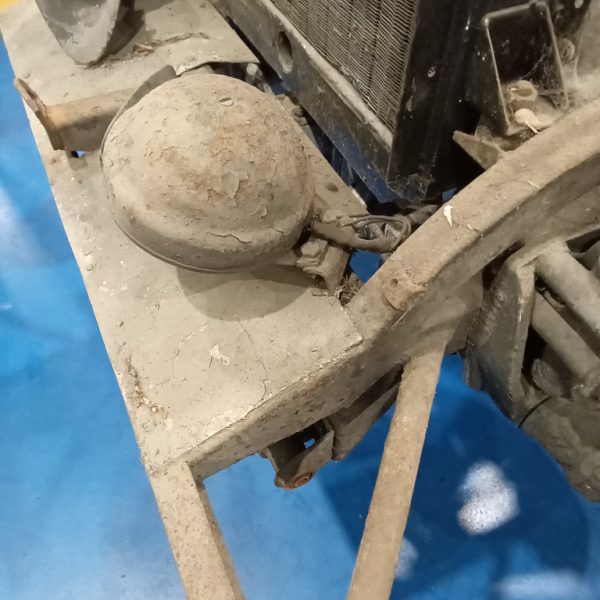

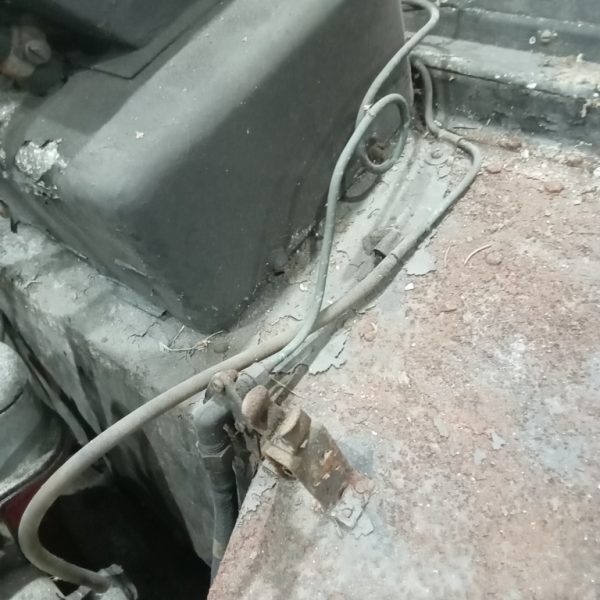
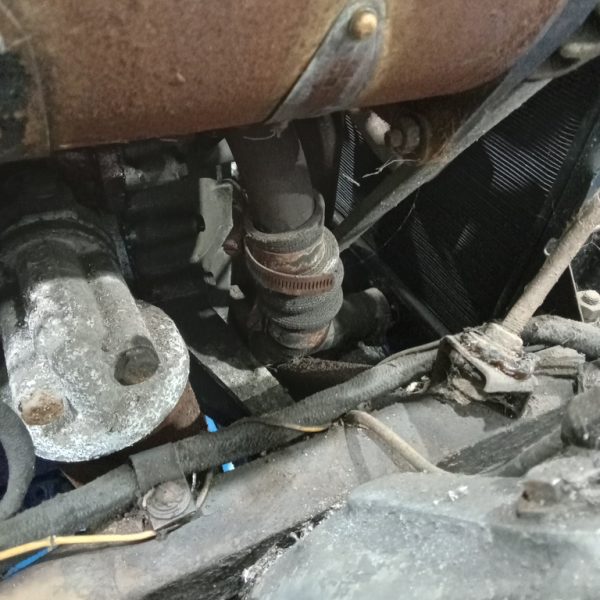
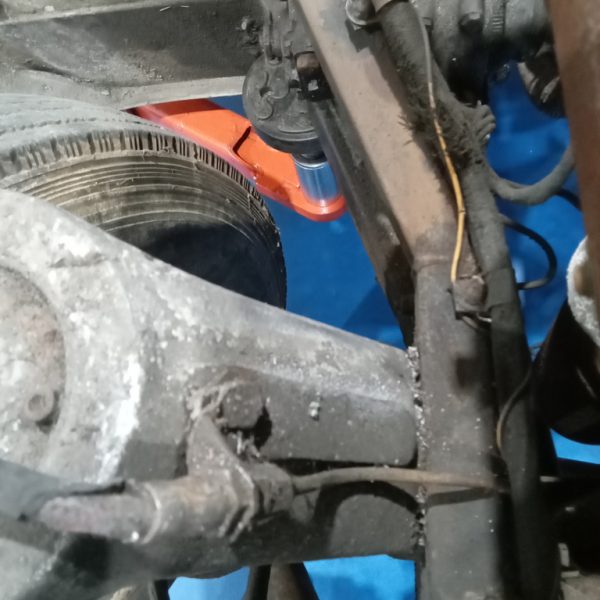
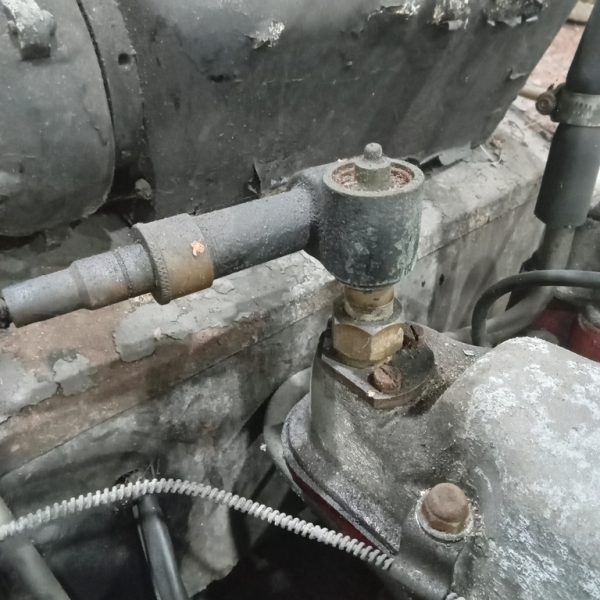

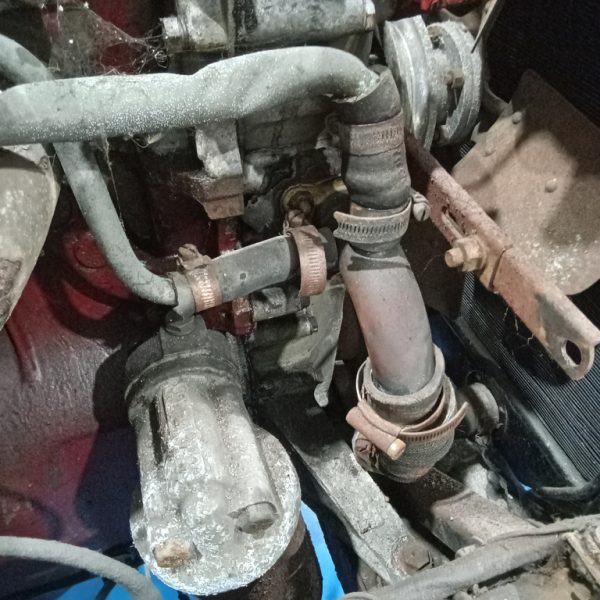
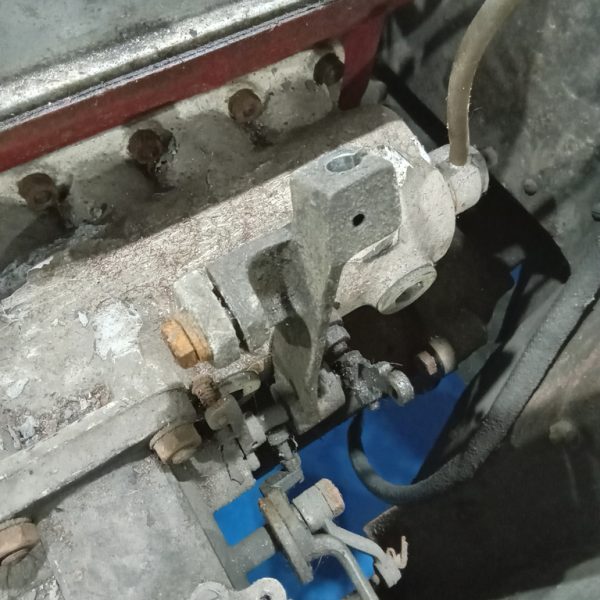

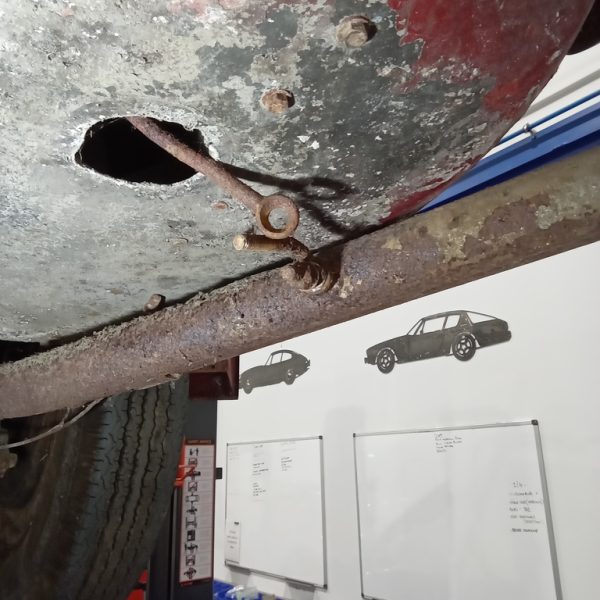
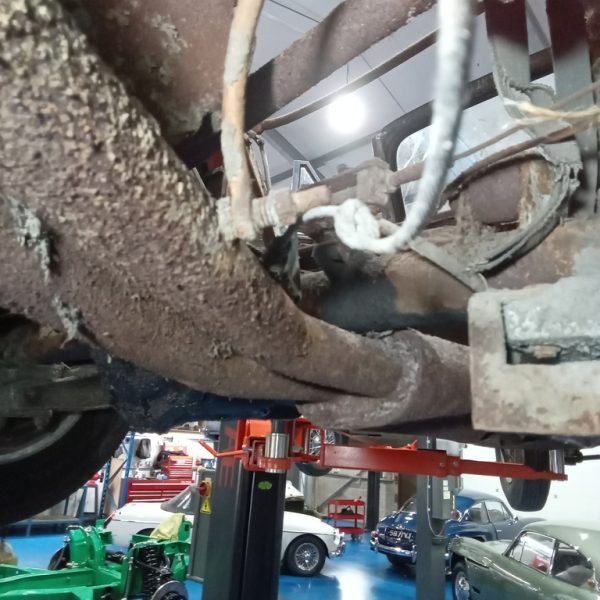
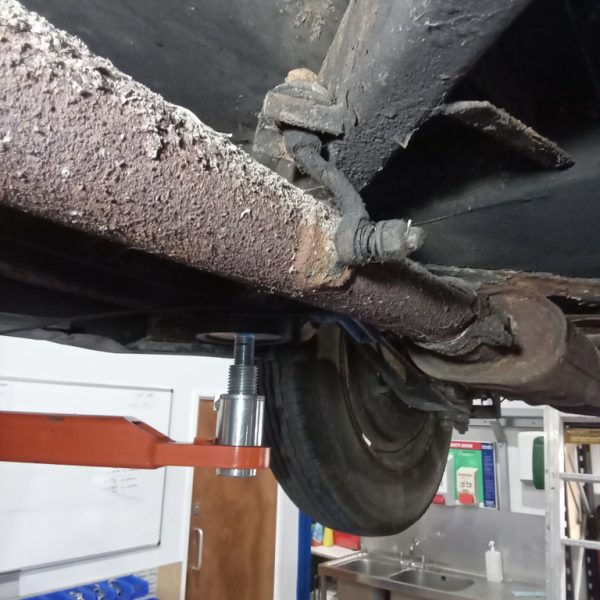
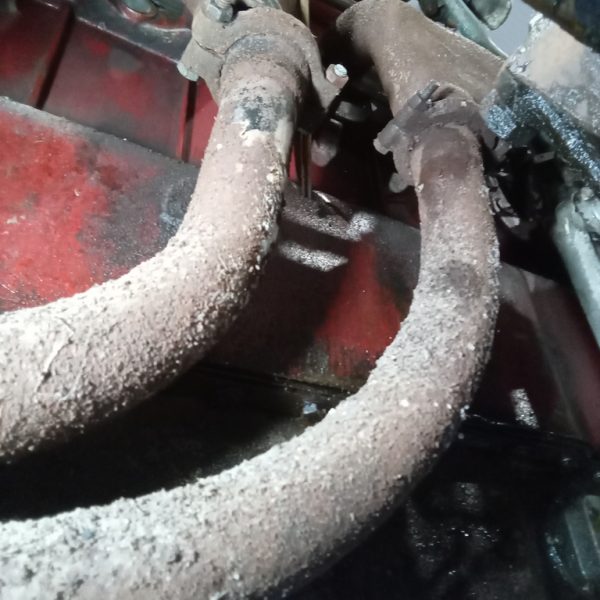
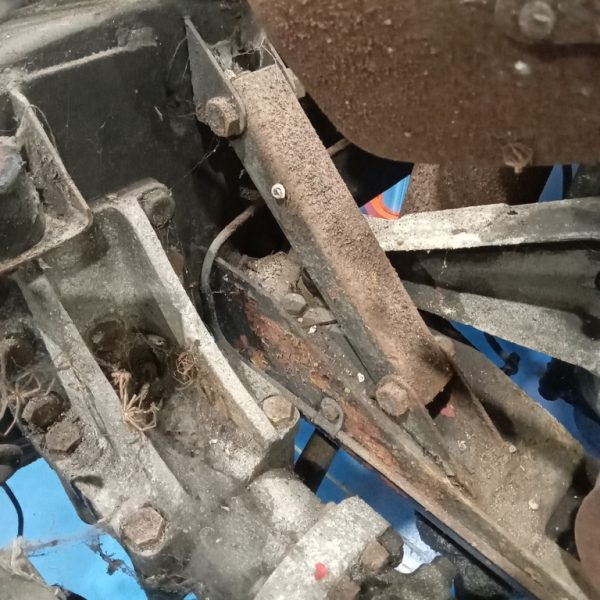


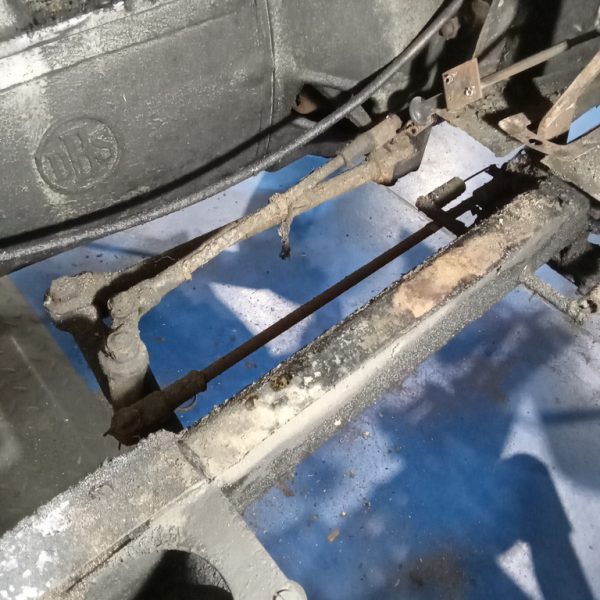
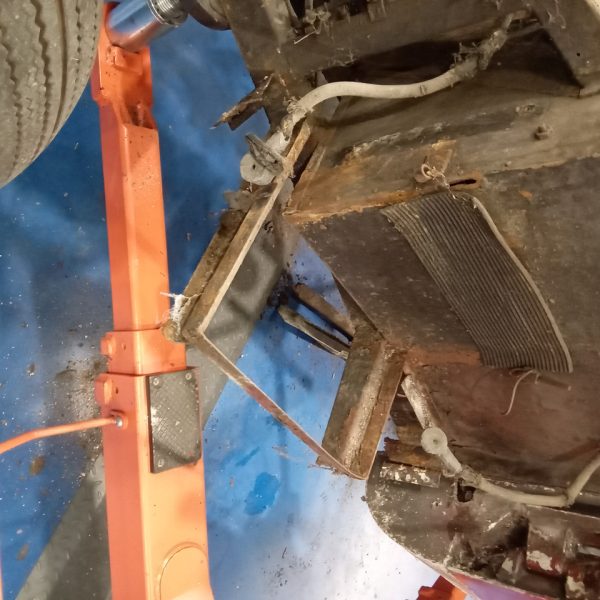
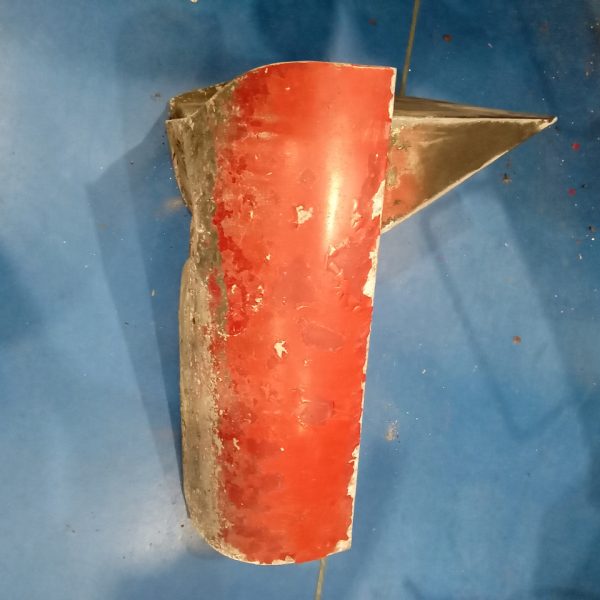
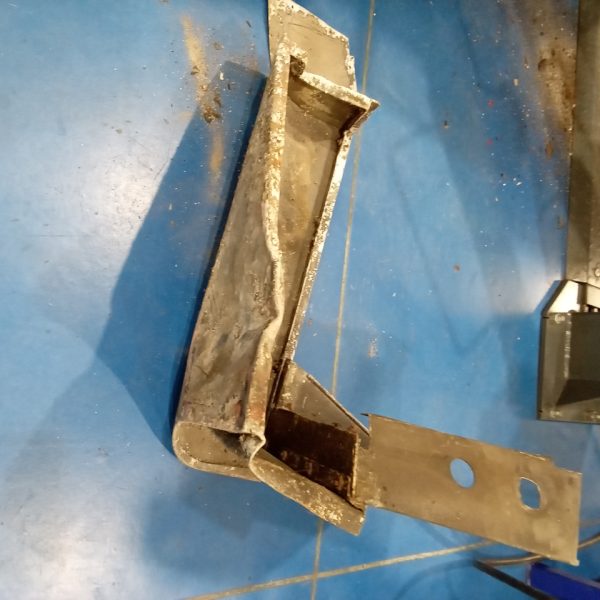
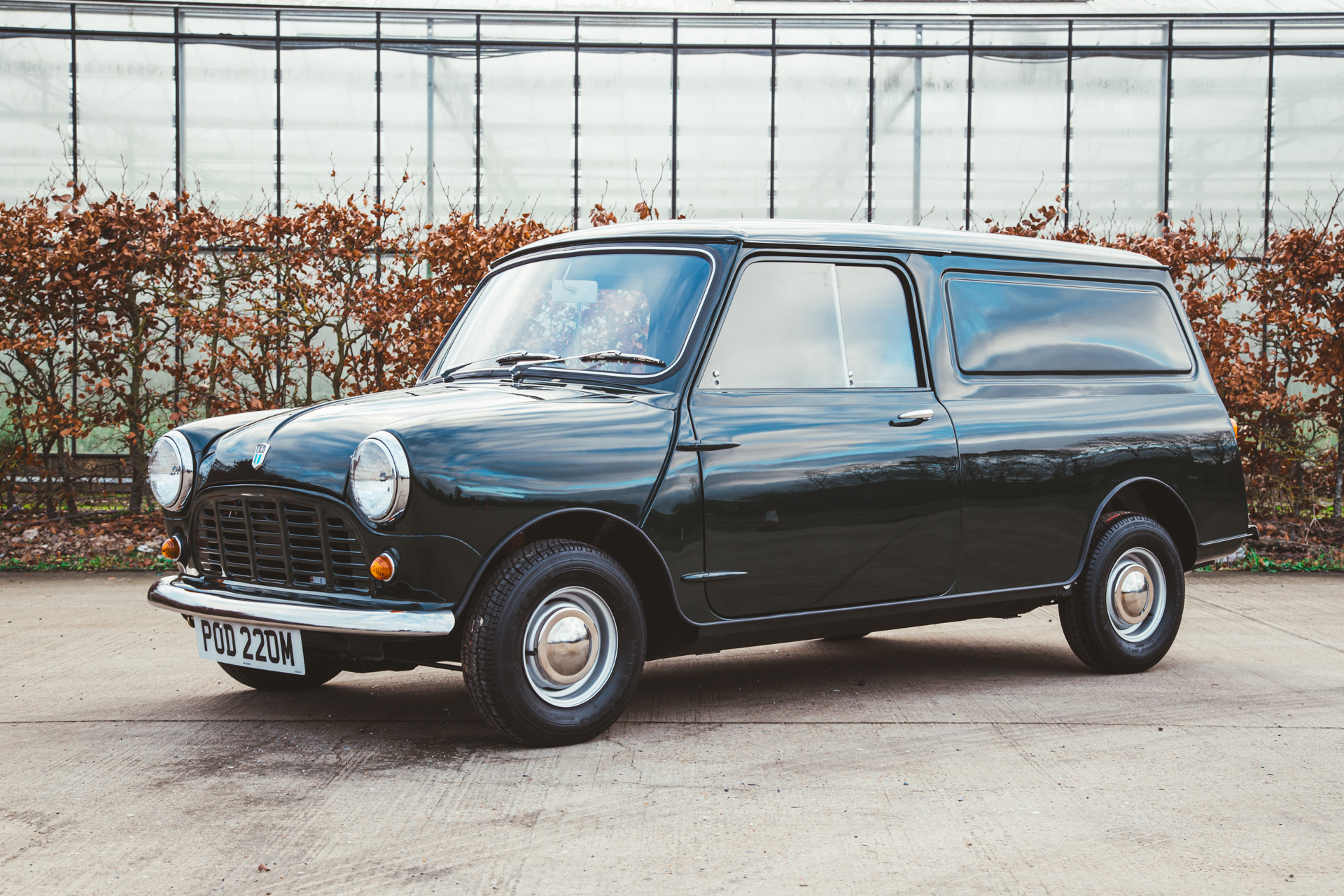
The panel van has been a welcomed workhorse for generations. With its utilitarian practicality, the panel van has done everything from moving house to making memories.
Now Bridge Classic Cars wants you to relive and relove those memories with our gorgeous 1974 Mini 850 Van.
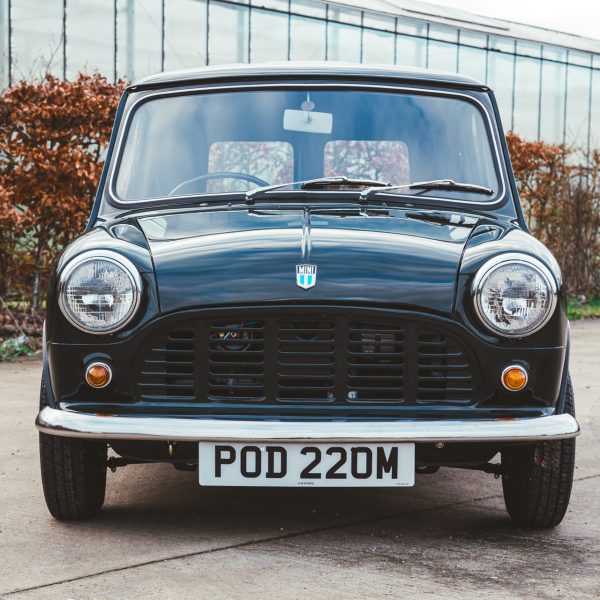
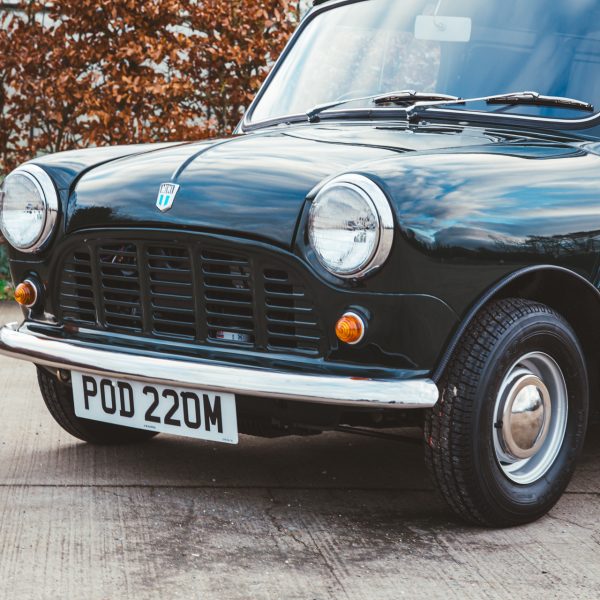

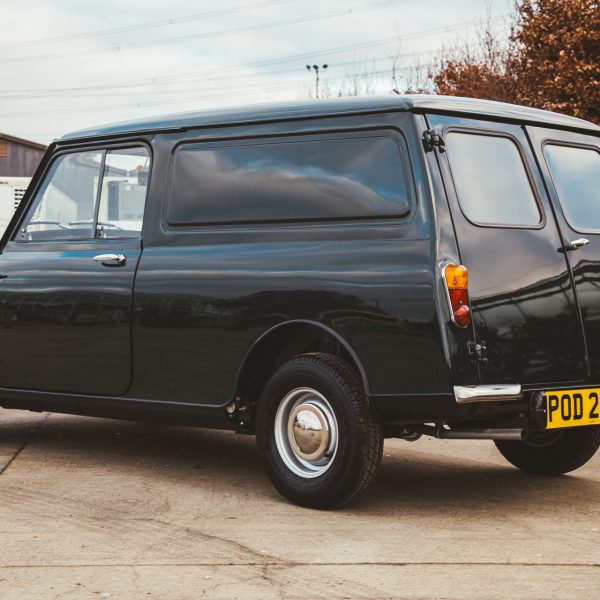
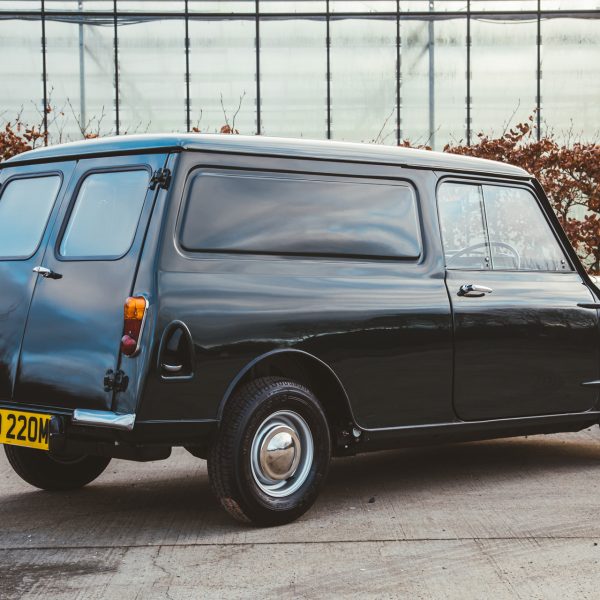


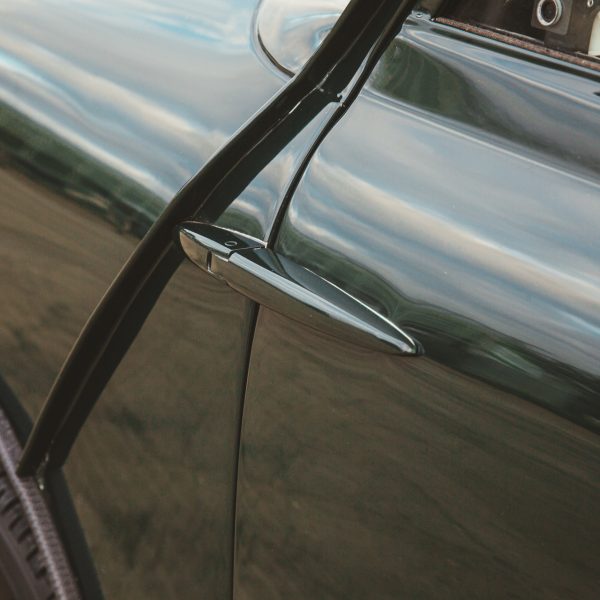
With its beautiful dark green paintwork, over a simple but elegant black interior, our Mini panel van was subjected to a full nut and bolt restoration between 2000 and 2013 commissioned by an adoring previous owner. Included in the cars history file are invoices which relate to the cars restoration where no stone was left unturned in bringing this classic Mini back to life.
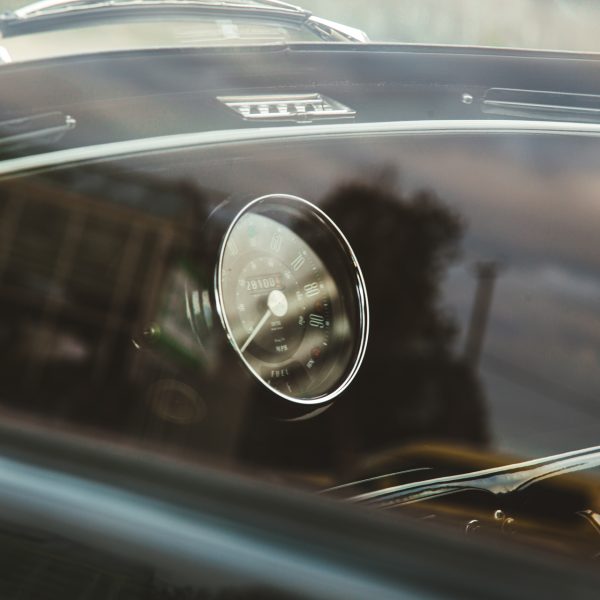


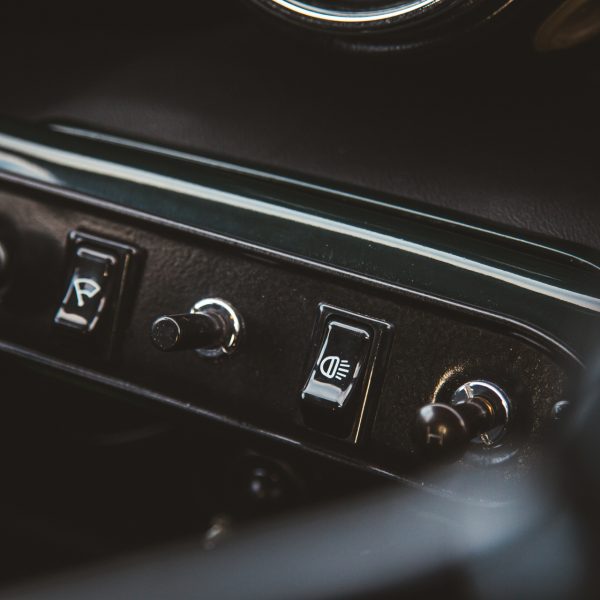



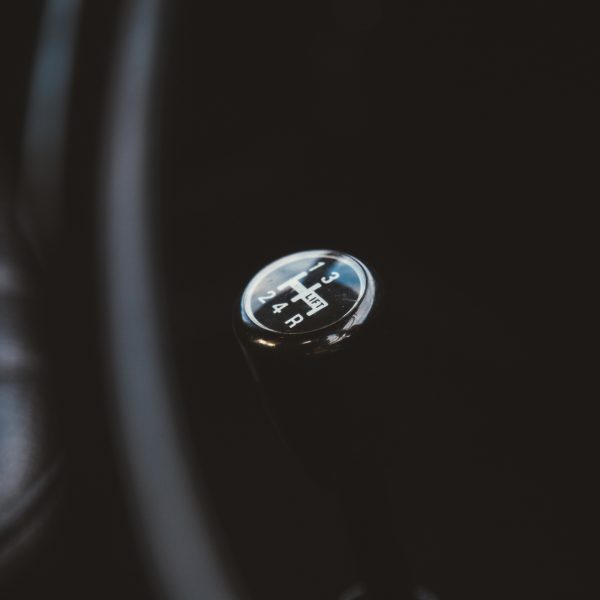
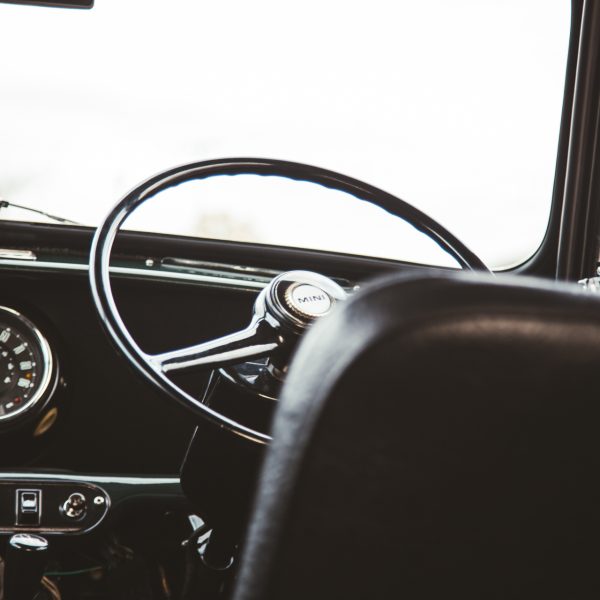
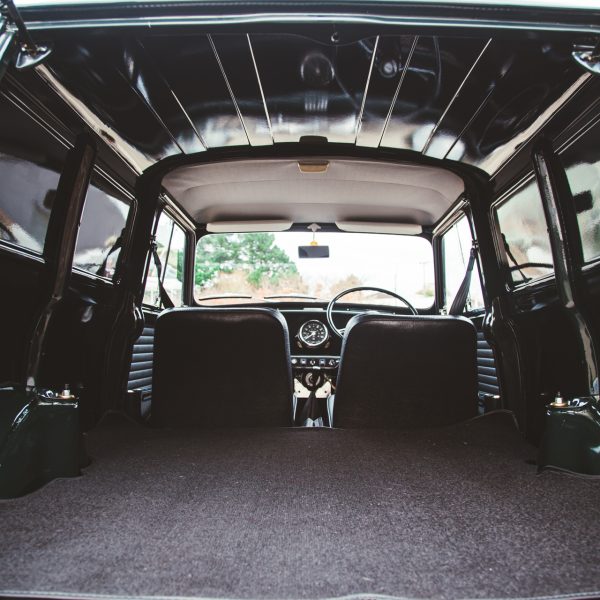
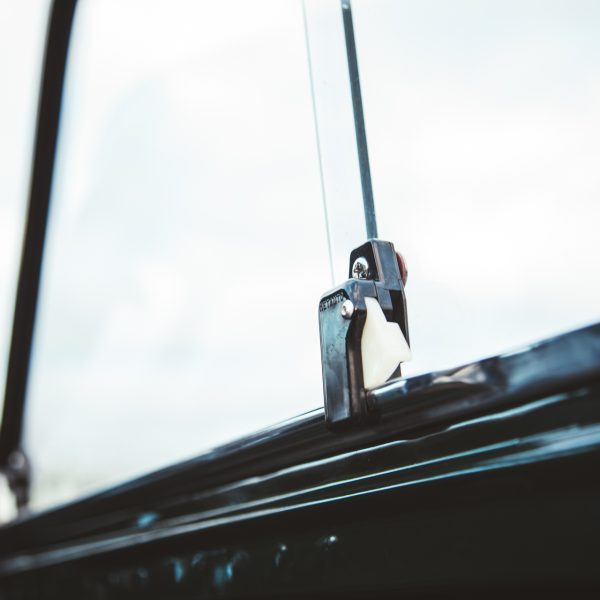
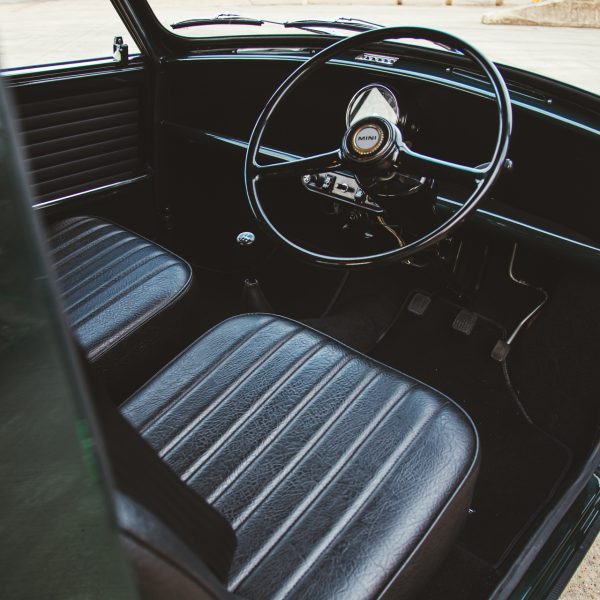

Powered by a small and simple 848cc 4-cylinder engine and 4 speed manual gearbox, this little Mini has a practical and easy-going charm.
Originally classed as a commercial vehicle, many of these panel van sadly do not exist today due to being in constant heavy use in their younger years, but this one has been cherished since its early days it would seem with the odometer showing just a shade over 28,000 miles, which is believed to be original, since it was first registered in Devon on the 1st of June 1974.
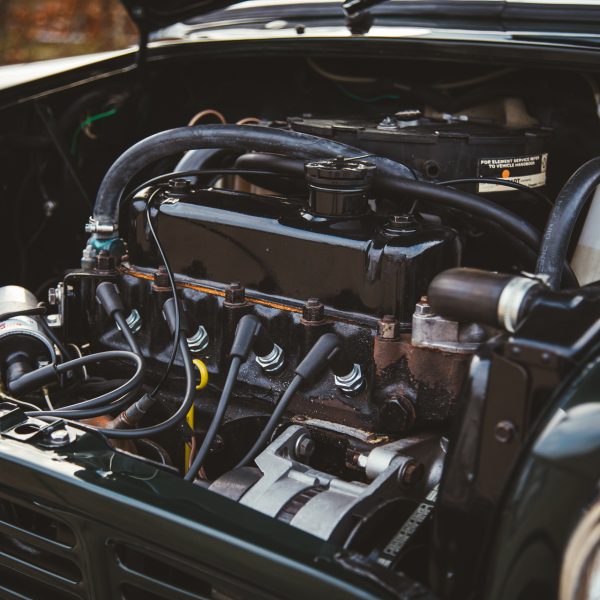



This is your chance to win this sensational bite-sized panel van for just a few pounds!
Full Gallery & Video:


























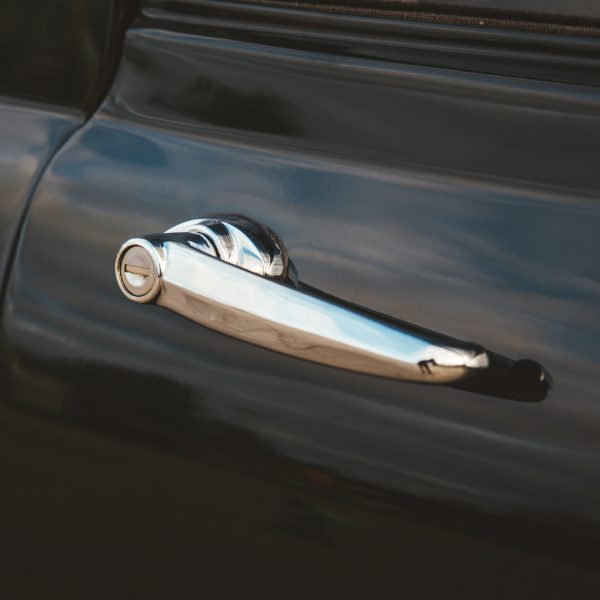
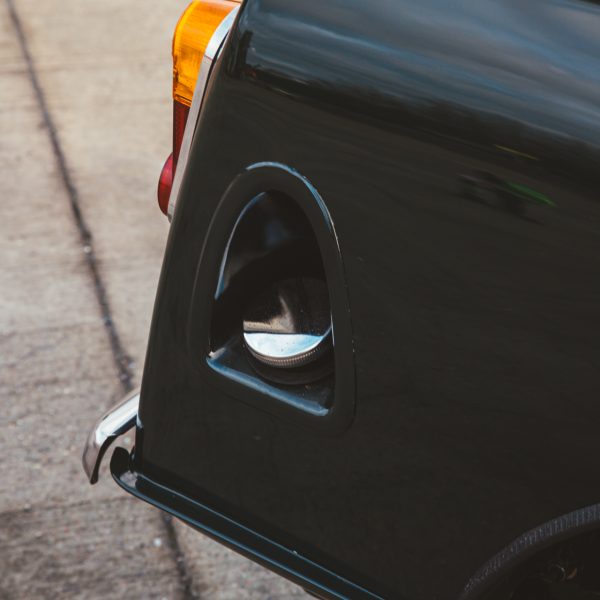
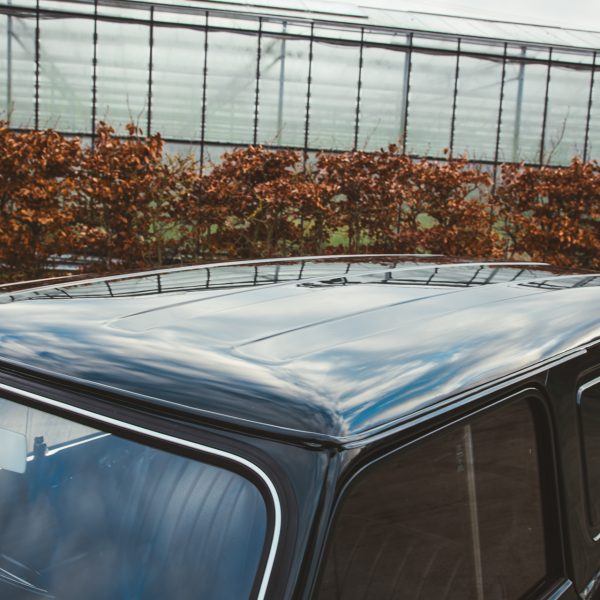
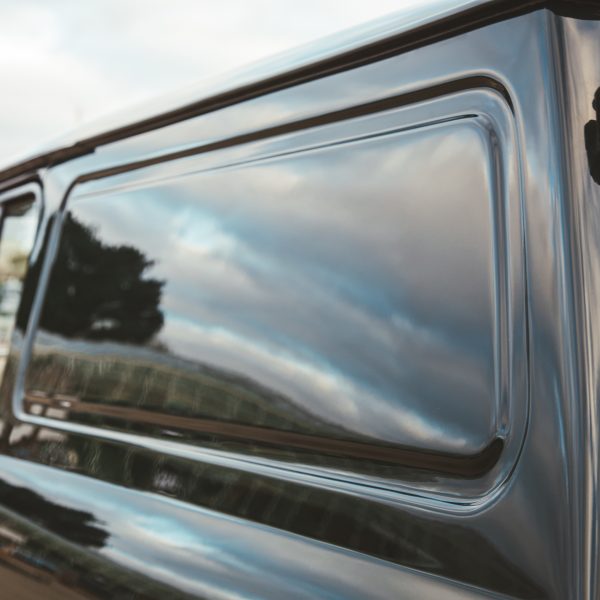

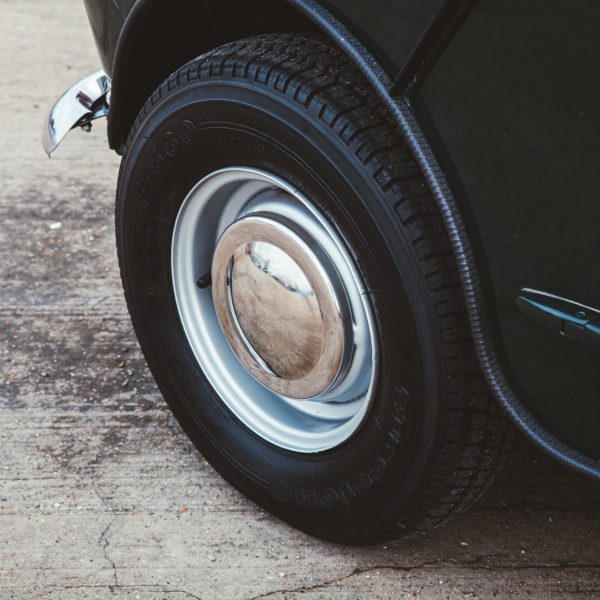
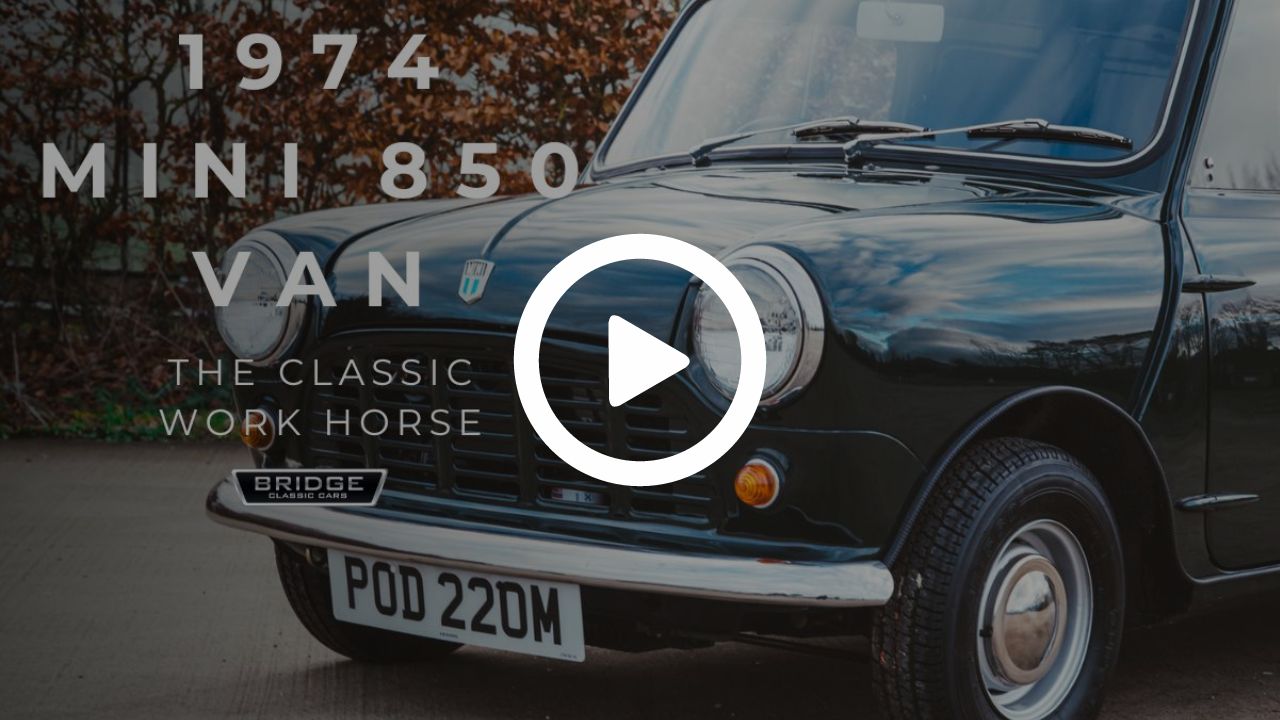
Classic car technician Paul has manufactured brake pipes for our 1956 Jensen 541. After fitting these to the car, he then fabricated axle support straps ready for them to be painted.
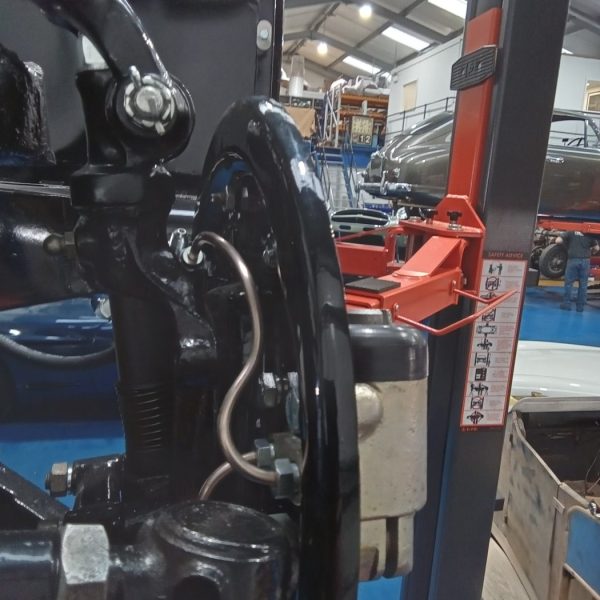

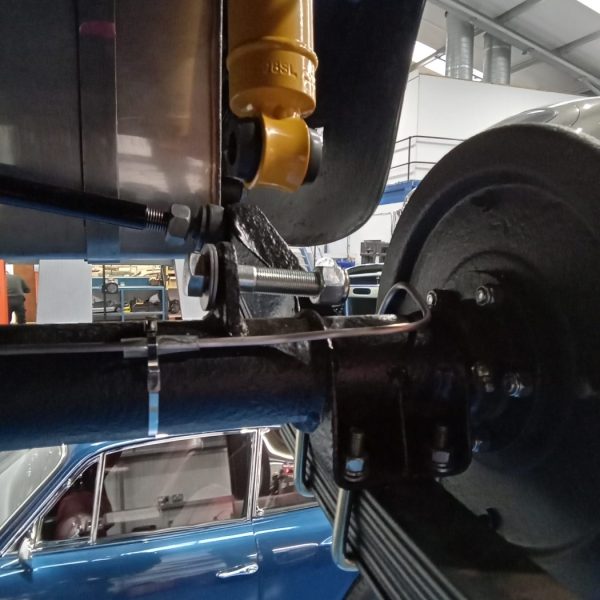

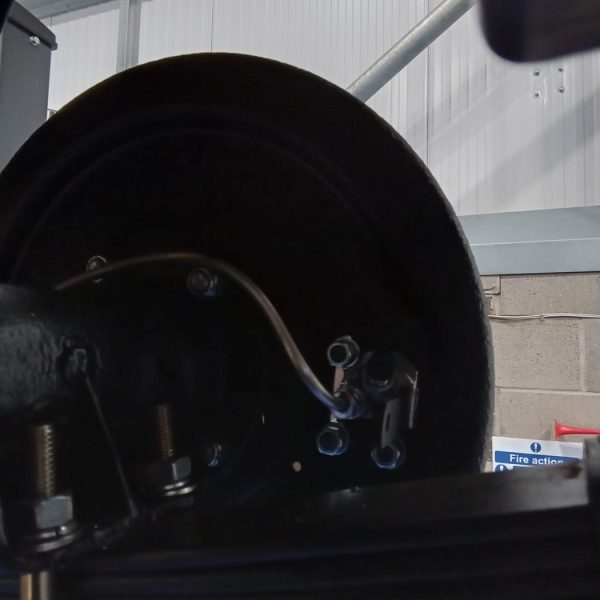
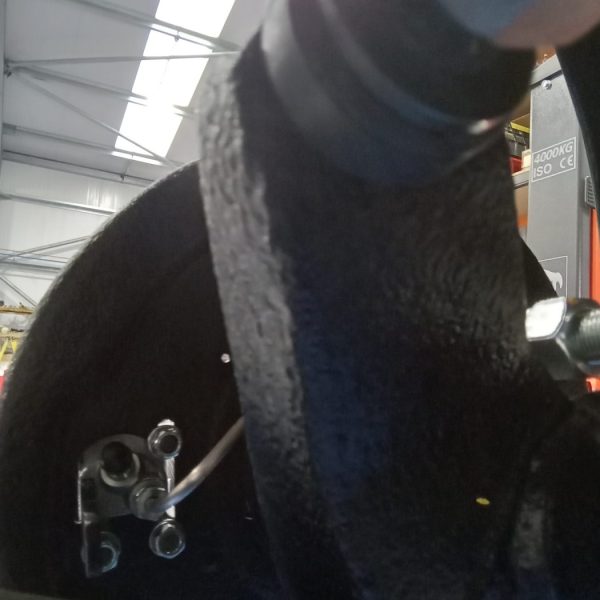
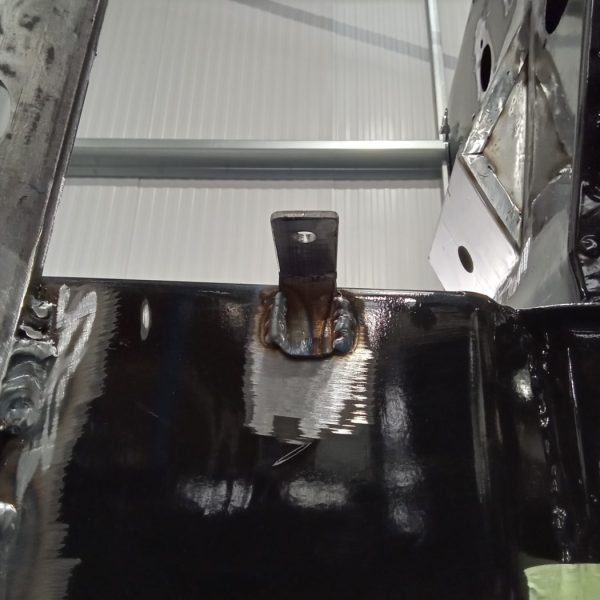
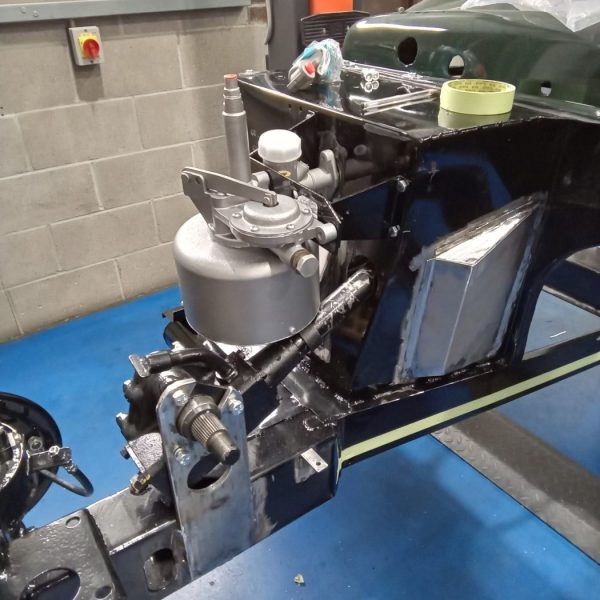
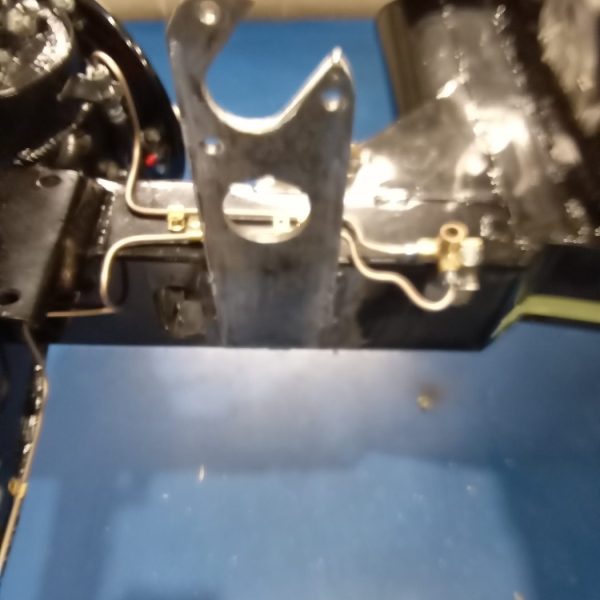
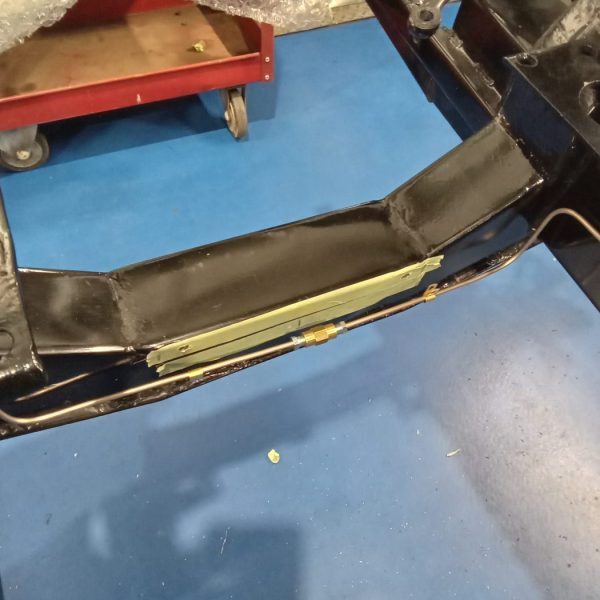

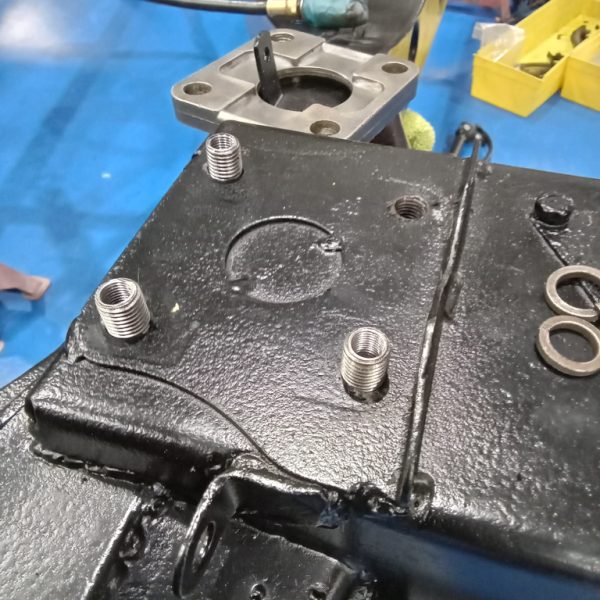
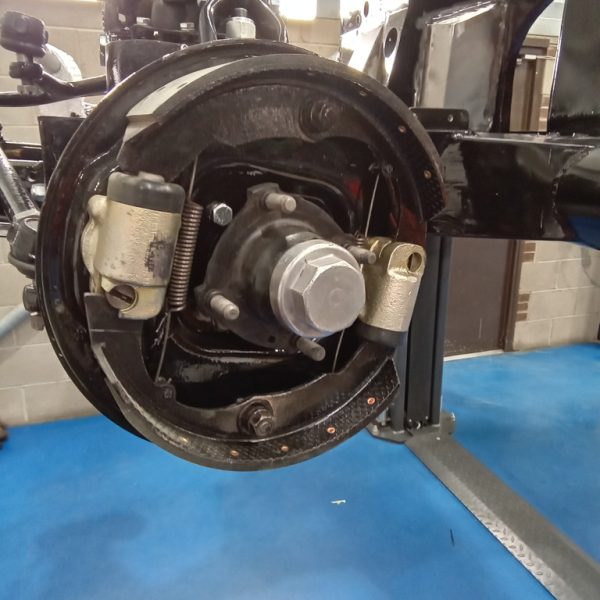


When learning to drive a car, passing your test and gaining your licence is only the beginning, after that is when you really start learning. Passing your orals and achieving your CoC is just the same.
For many crew members, the allure of rotational jobs appears to be an ideal compromise between a career at sea and a stable personal life. However, there are several major drawbacks, most notably the limited experience gained when working only half of the year.
When gaining experience at sea, you need to endure all of it, the good, the bad, the easy and the hard, if working a rotational role too early in your career, you are dangerously missing out on getting the experience needed. When working half the year, of that half a year, how much seatime are most yachts actually achieving? They may be tied up in port, or going through a yard period when the individual is onboard, then suddenly on their 3rd or 4th rotation they might be thrown into the thick of it navigating through busy and difficult areas with little to no navigation experience, but 8/9 months signed on to the vessel with everyone expecting them to know what they are doing.
Another dangerous element of rotation is lack of familiarity of onboard procedures. From knowing how the bridge operates inside-out, to emergency response, crane operations, tender operations, maintenance issues, history of machinery and equipment, even guest interactions and etiquette. These all take time to gain the understanding and proficiency to work safely and efficiently.



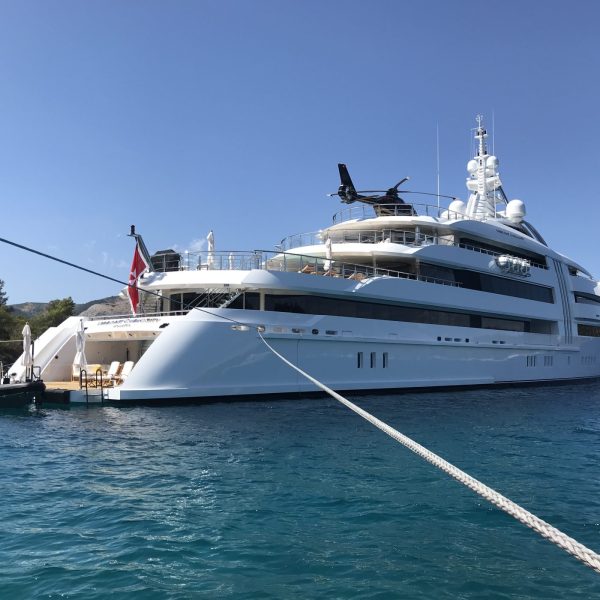
Skills can erode over time, and the skills of rotational crew members are no exception. Extended breaks between work stints may cause crew members to lose competence in their duties, which can jeopardize the safety and security of the yacht, its crew and its guests.
Limited experience can lead to reduced confidence and competence among crew members. Handling various aspects of superyacht operations requires a high level of expertise and self-assurance. Without consistent exposure to the job, crew members may feel ill-prepared and unsure about their abilities when returning to work. It’s almost like having a new crew member join each time there is a change over.
Providing top-notch service to guests is a core responsibility also, limited exposure to guest trips can result in a diminished ability to anticipate guests’ needs and provide a seamless and unforgettable experience. The absence of regular practice can lead to guest service that falls short of the industry’s high standards, we’ve all seen the first trip of the season when crew are a bit rusty after a long maintenance period or winter alongside, is this really acceptable for clients that are paying hundreds of thousands a week to enjoy the experience??
To conclude, rotational jobs offer an enticing balance between work and leisure, but they come at a cost. The limited experience gained during half the year can hinder career progression, reduce confidence and competence, and compromise the quality of service provided to guests. It is crucial for crew members to consider these negatives when opting for rotational positions and to seek opportunities for continuous learning and skill development to overcome the limitations posed by working only half the year.
In my opinion, rotation is ideal when you have the need for it, such as having a family and you have put in the years of dedication and gained the experience to confidently carry out the job no matter what unfolds.
After a year of hard work bringing a whole range of classic vehicles back to life, the entire team at Bridge Classic Cars are celebrating our success, and the festive season, as we all head out for our Christmas meal.
Just down the road from the workshop is the Ufford Crown. This is the host of our celebration where the staff there will have the challenge of feeding a team of hungry technicians, marketers, accountants, painters, trimmers, and more.
After spending a few hours together, enjoying some great food (and a few drinks), we will all be heading home to spend Christmas and New Year with our loved ones.
As we close the workshop doors for the last time this year for a well-deserved break, we are looking forward to seeing what 2024 has to bring.
Our good friends at Iconic Auctioneers have recently announced that they have regained their status as the foremost leaders in the UK car auction market. They have achieved this by completing £36 million in car sales, setting 18 auction world records, and maintaining a sales rate of 70%.
Rob Hubbard, Managing Director of Iconic Auctioneers said:
“Naturally we are delighted with this early Christmas present. It is a great tribute to the whole team who have worked so hard to make this market leadership position a reality. It comes after a number of strong years where we have steadily closed the gap on our competitors.
The result is also due to strong marketing, a rebrand from Silverstone Auctions to Iconic Auctioneers and a vastly increased international reach thanks to our media profile. Today we have a presence on five continents. Our bidders are a truly global group. And our client service is in a class of its own.”
This achievement owes itself to robust marketing strategies, a rebranding from Silverstone Auctions to Iconic Auctioneers, and a substantially expanded global presence through heightened media visibility. Presently, our reach extends across five continents, drawing in bidders from around the world. Our unparalleled client service sets us apart.”
Congratulations to Iconic Auctioneers!
At the end of each year, the workshop undergoes a deep clean to ensure that it is a pristine environment for more classics to be restored in next year.
The workshop team have spent the last 2 days cleaning every inch of the workshop floors, walls, rails, tools, ramps, and anything else that you can think of. This includes the trim shop and paint shop too!
As we come towards the end of our last working day of the year, the Bridge Classic Cars workshop is looking incredible and is getting ready to welcome even more classic vehicles in January.
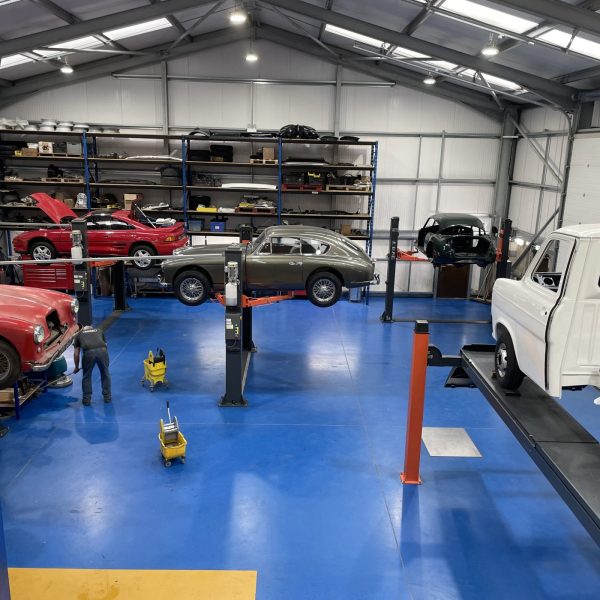
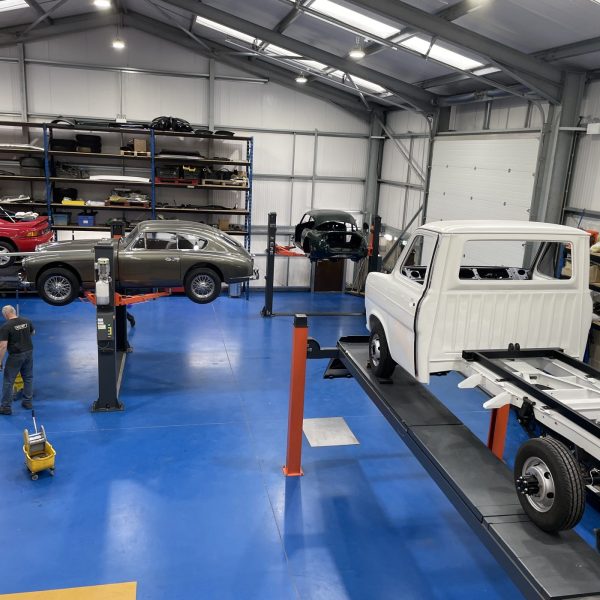


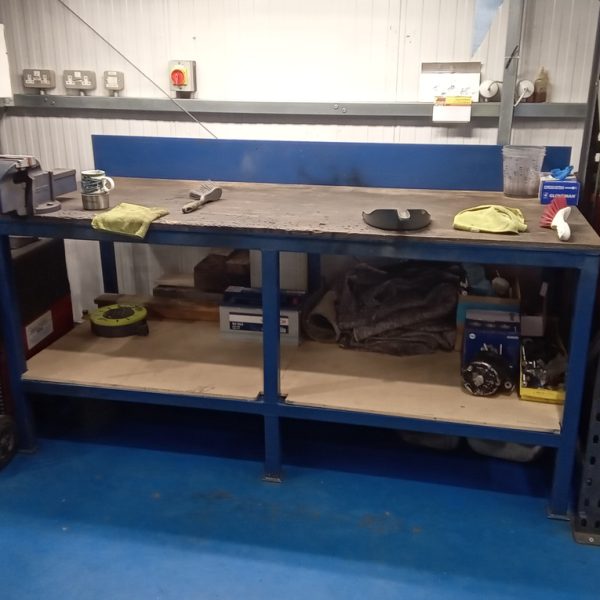

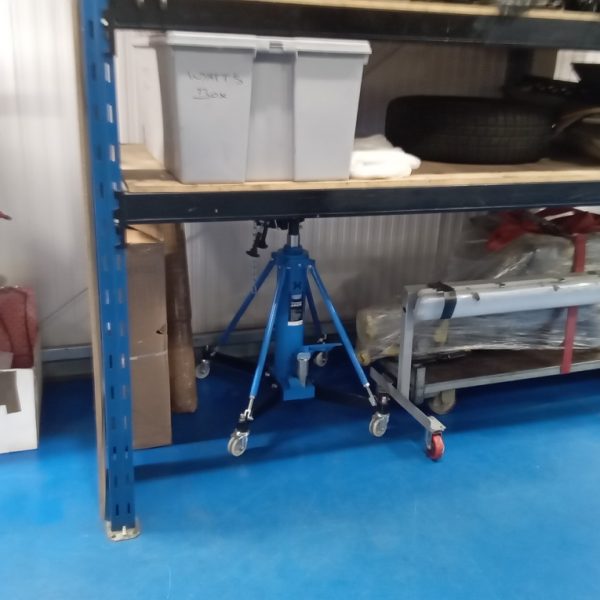

The last sections of our 1953 Aston Martin DB2/4 have been removed, the radiators and other engine ancillaries, the engine and gearbox removed, then the chassis and bulkhead were completely stripped of suspension, steering and brake components, along with wiring loom and pipes/fittings.
The chassis can now go off to be stripped and checked before painting and reassembly in the new year.
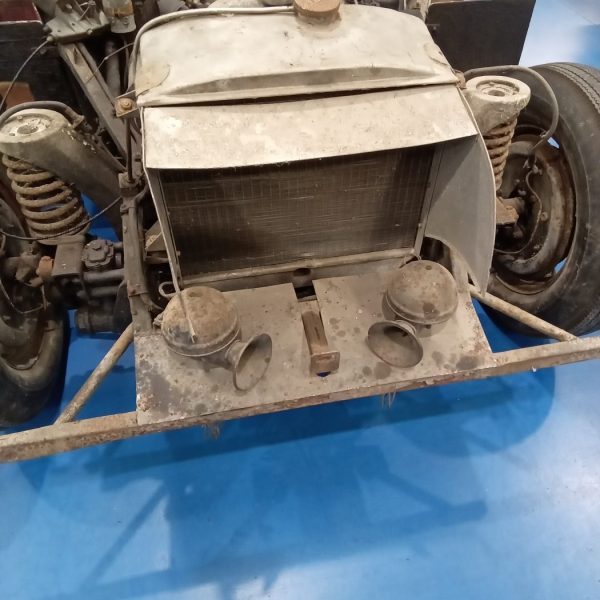
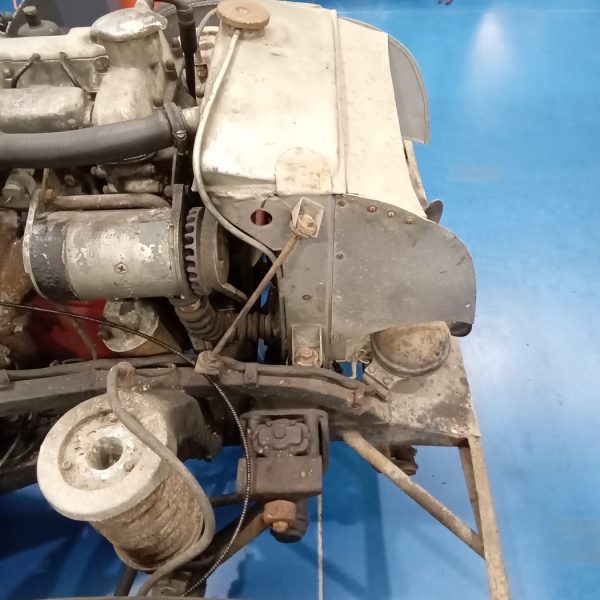

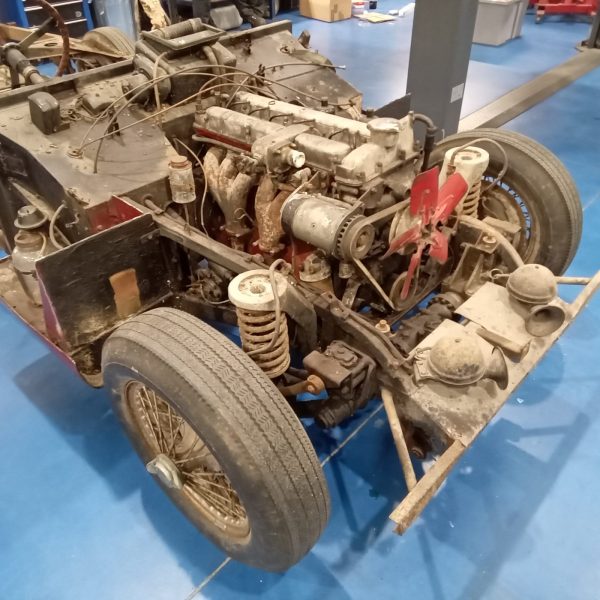

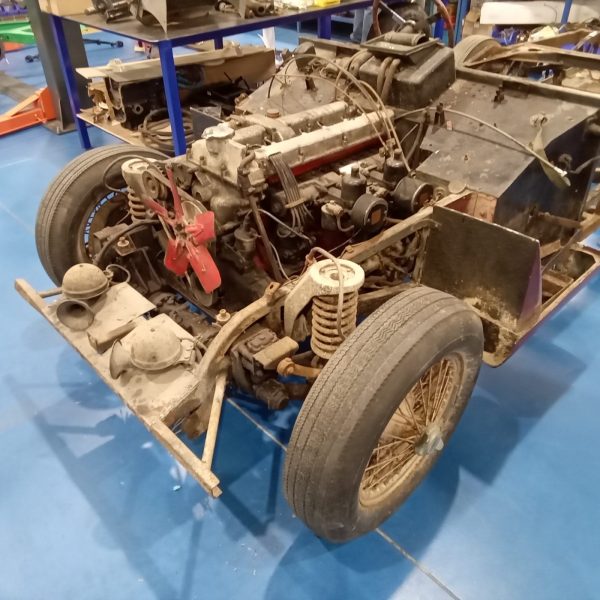

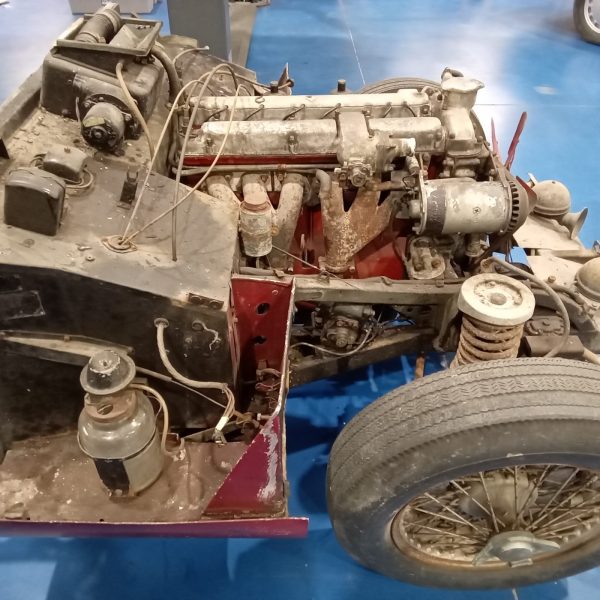
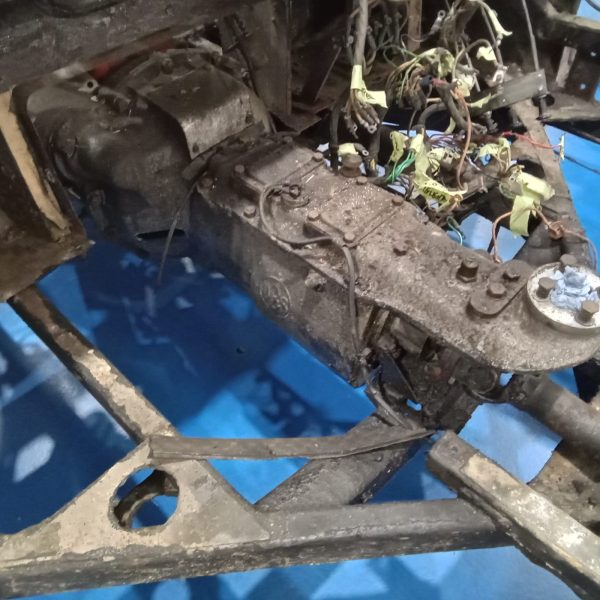




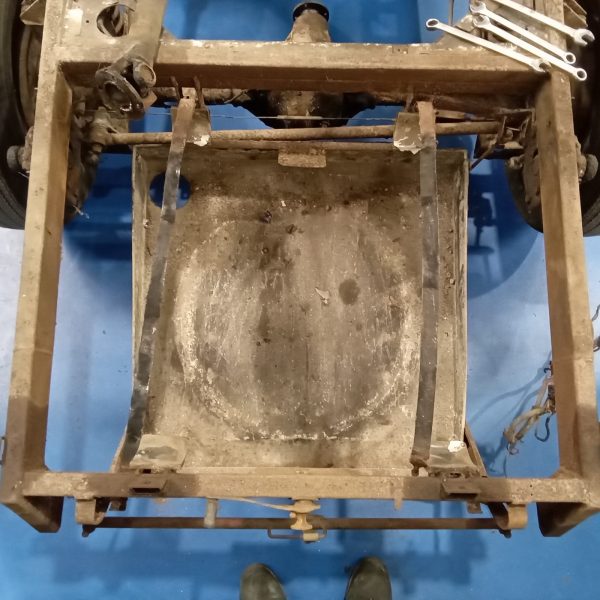
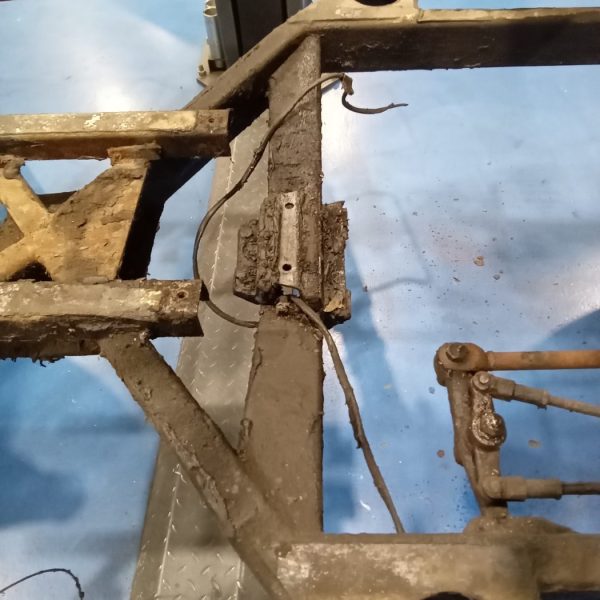
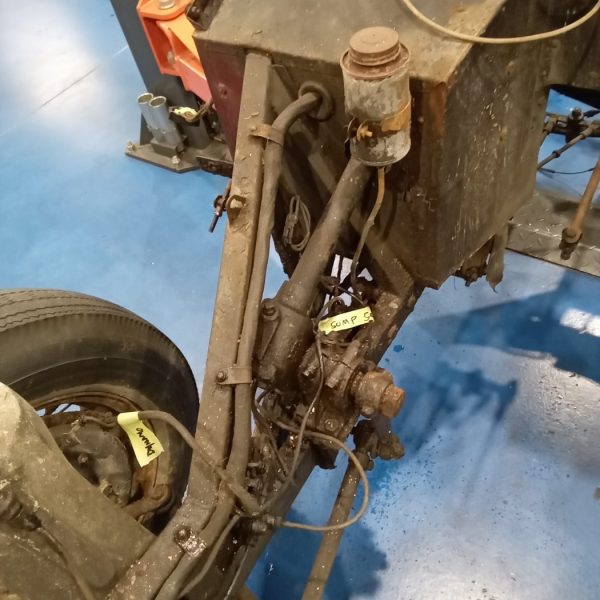

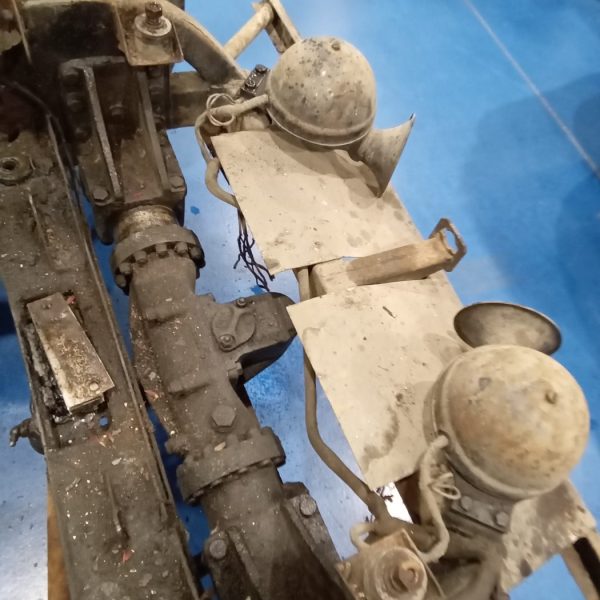
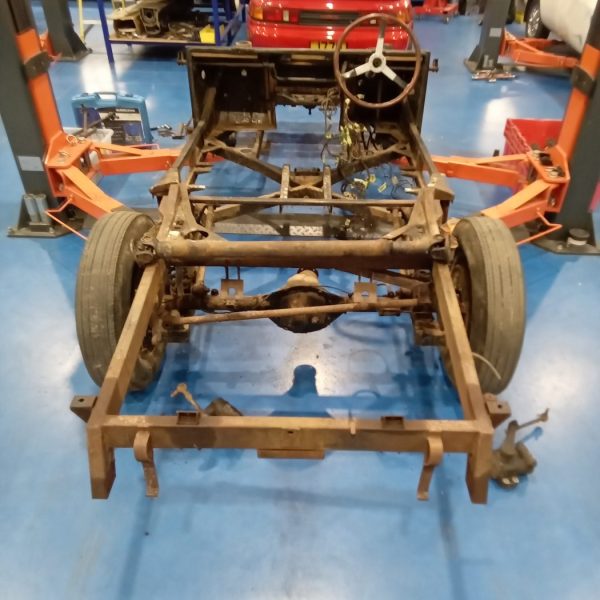
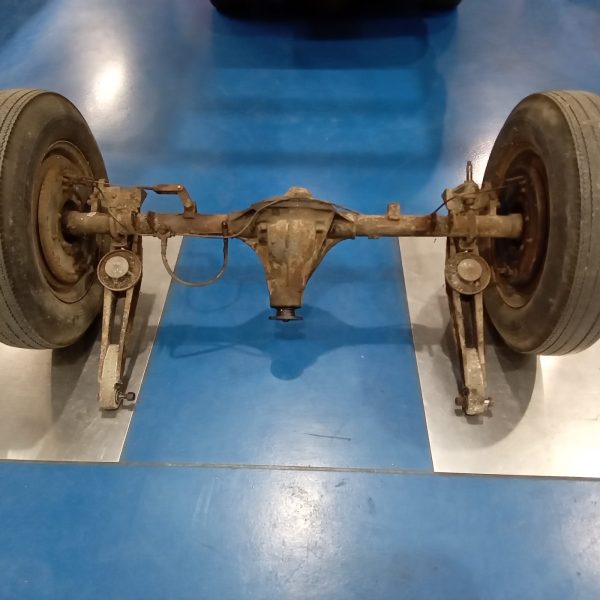
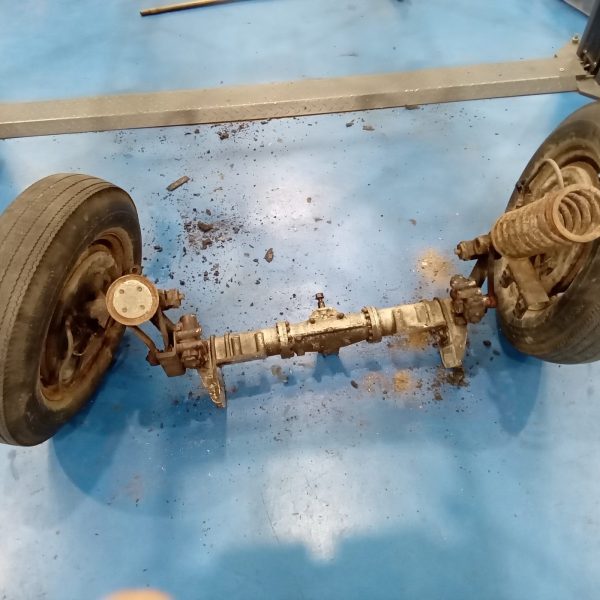
Jonn has secured a new battery with a clamp in our 1992 Toyota MR2. He went on to refit the plastic under the bonnet trim and fix it in place with four new clips.
Jonn then stripped and removed the alternator. Once this was done, he removed the alternator mounting bracket, relay and earth to the rear engine bay.
Jonn carried out a service, drained the oil and fitted a new filter. The sump bung was refitted and torqued to 37nm.
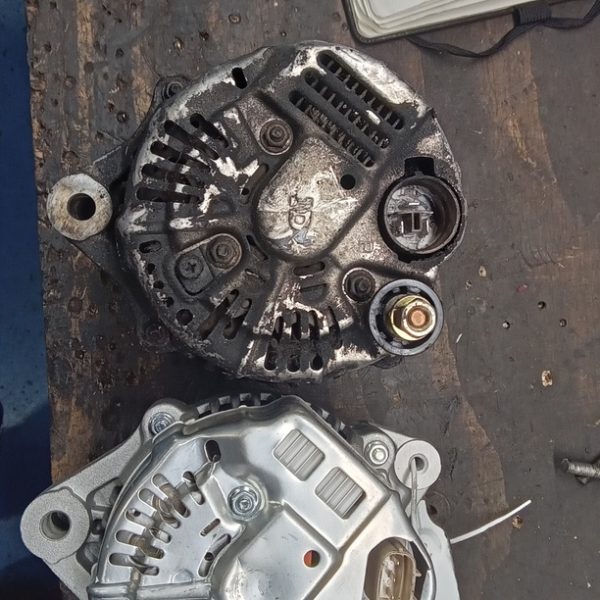
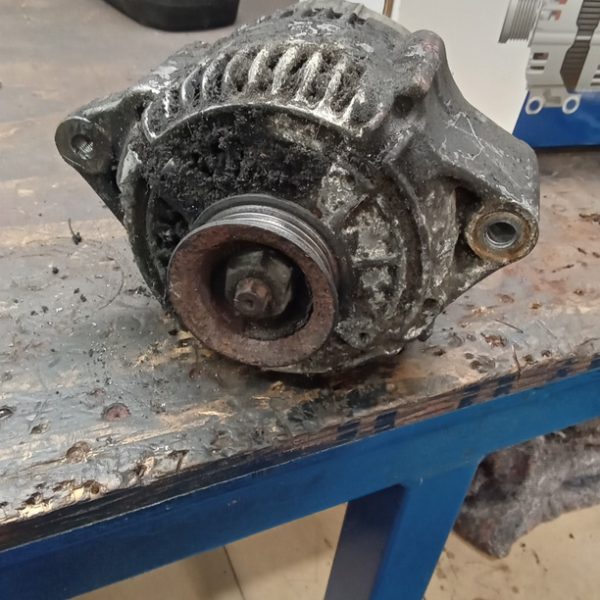
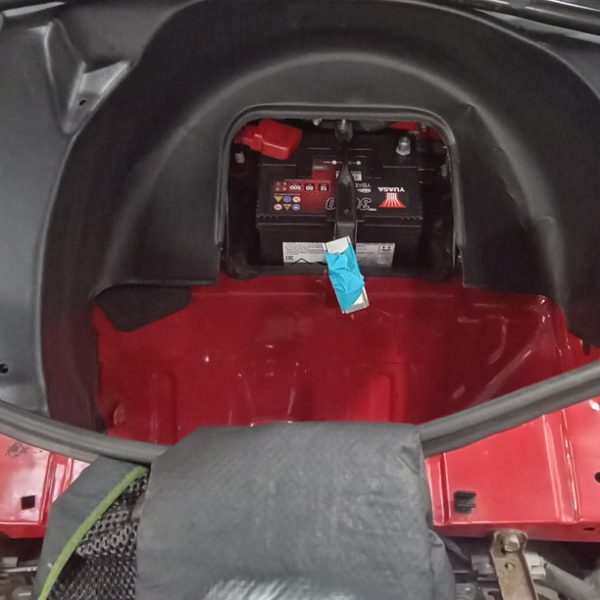

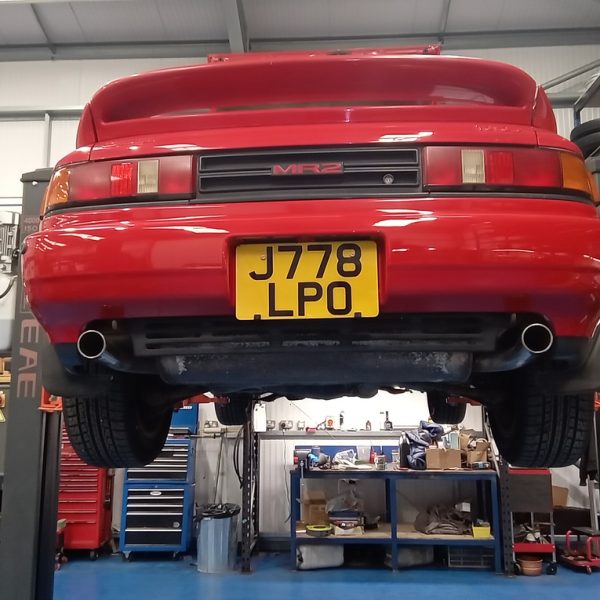
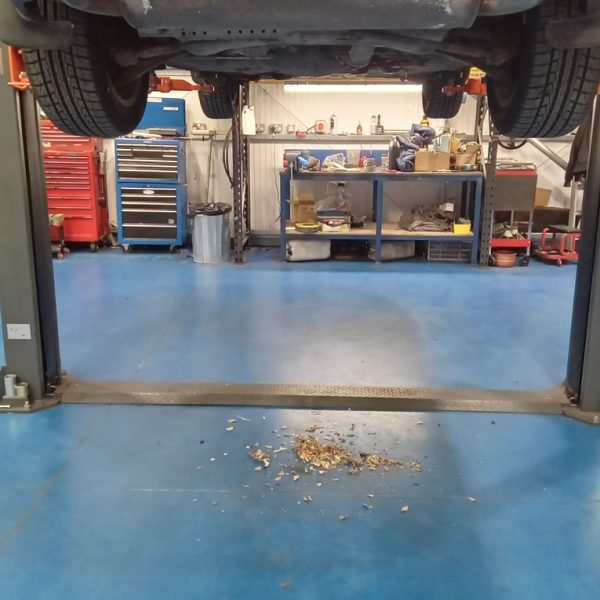


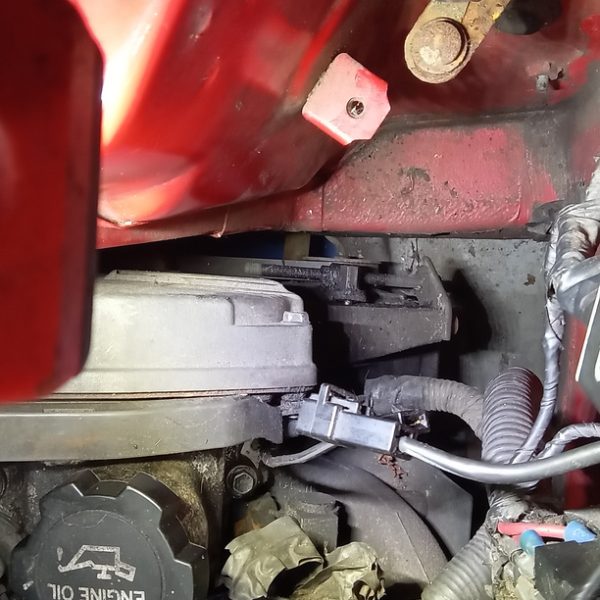
Earlier this week, we delivered our 1970 Lotus Europa to lucky winner Timothy Chapman.
Timothy was randomly selected as the winner during the live draw with his ticket number 784.
Everyone here at Bridge Classic Cars loved this car and we are very happy to see it at home with its new owner. We all hope that Timothy enjoys it for many years to come.

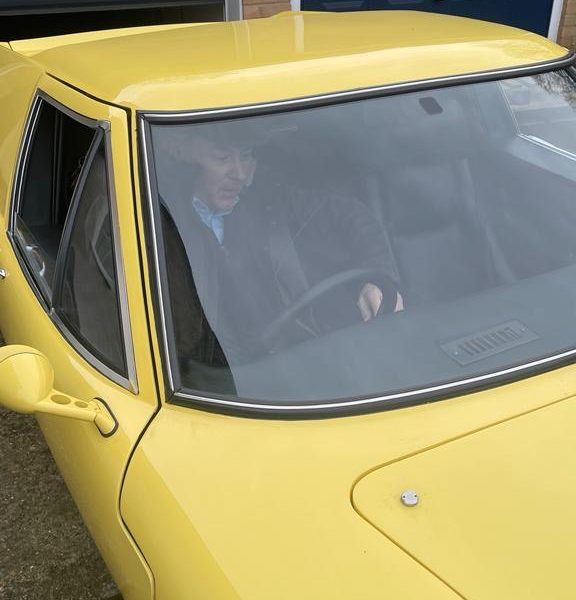
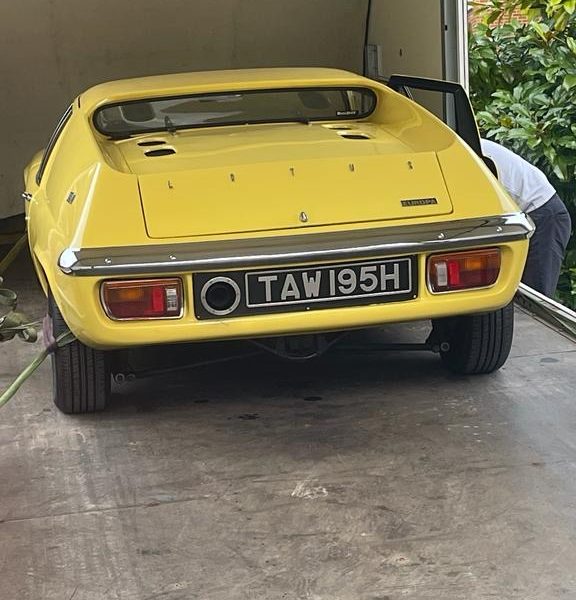



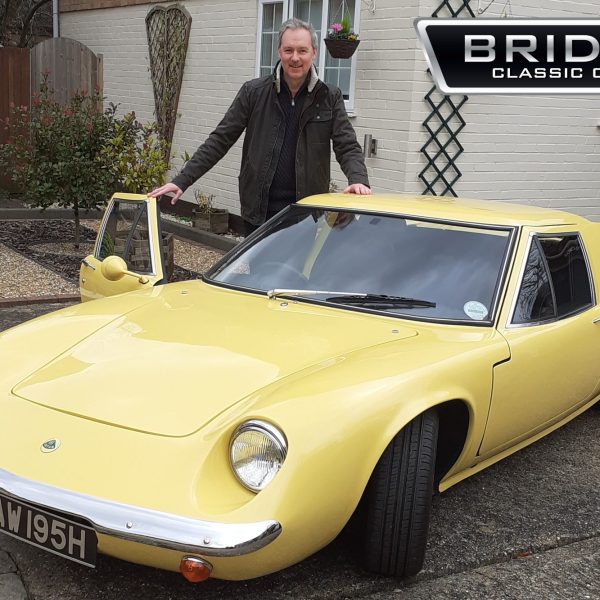
After completing even more zinc plating on several more components of our Ford Transit MKII Tipper, Steve fitted the brake servo and master cylinder under the bonnet, along with all of the brake pipes.
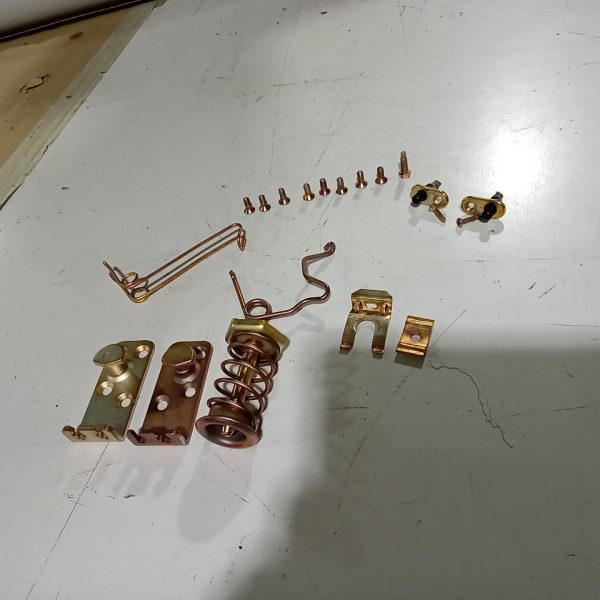

Our 1970 MGB Roadster is coming to the end of its time here at Bridge Classic Cars.
Jonn has been refitting parts to the engine now the engine is fitted. After filling it with oil, he removed the spark plugs and coil lead. He then cranked the engine over until oil pressure was made.
The spark plugs were refitted and the coil lead. The oil level was checked and topped up and Jonn attempted to start the car.
After charging the battery, the car wouldn’t fire. The spark plugs were checked and found to be ok. Fuel to the carbs was checked and found to be ok too.
Jonn removed the rocker cover to align the timing marks. He removed the distributor cap and checked the timing was ok. After resetting the distributor, the cap was refitted and a small amount of petrol was poured into the carbs which let the engine fire on cranking.
Jonn stripped the carbs and found the jets were set too high, and running a very weak mixture. He set the jet depths to approx 2 1/2 turns down (0.090″). The car then started and ran fine so Jonn refitted the radiator and fan.
After finishing checking over the engine and finding no leaks upon inspection this morning, the bonnet was fitted and adjusted. The car was taken outside and ran up to temperature. A leak from the top radiator hose was found so Jonn tightened the jubilee clip but still noticed a leak. A second jubilee clip was fitted behind first and secured, (it had 2 clips on when it came in) which resolved the leak.
Jonn noted that the fan cuts in ok so a road test was carried out. The road test was successful after Jonn stopped to secure the distributor and adjust the idle speed.
Our MGB Roadster was tested at all speeds up to 65mph in stop/start traffic conditions and all was fine.


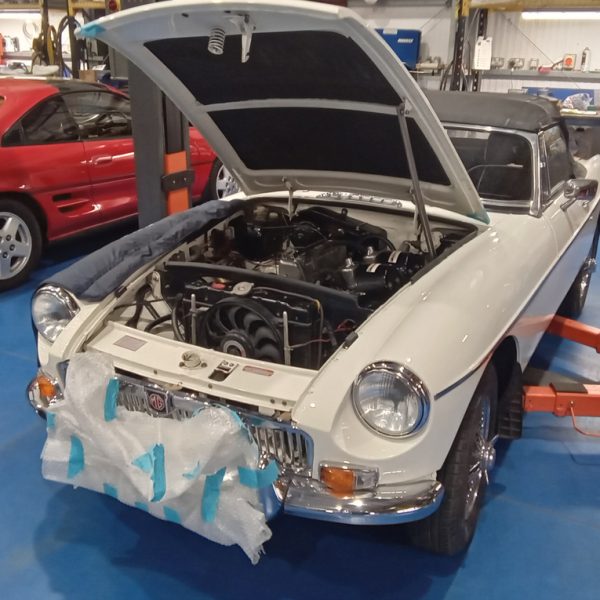


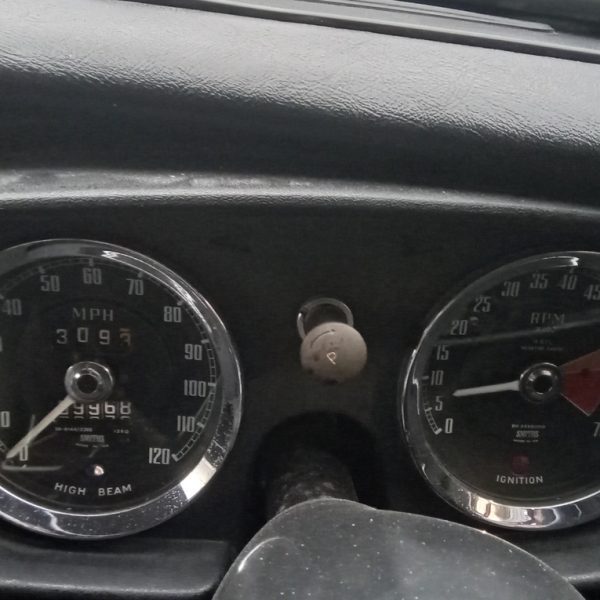

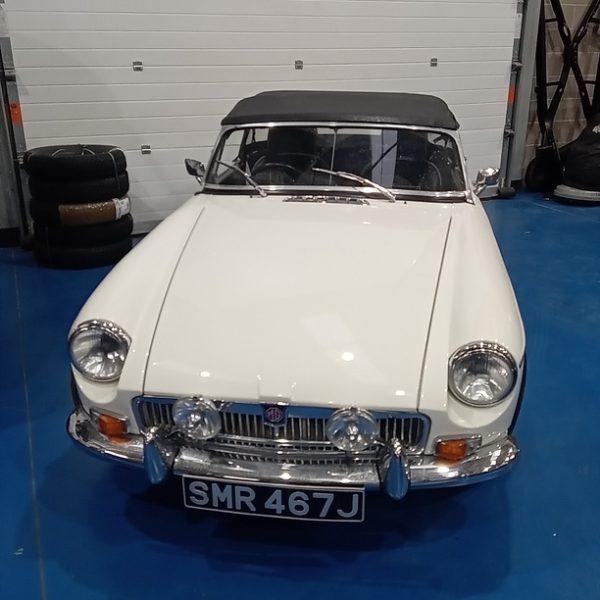
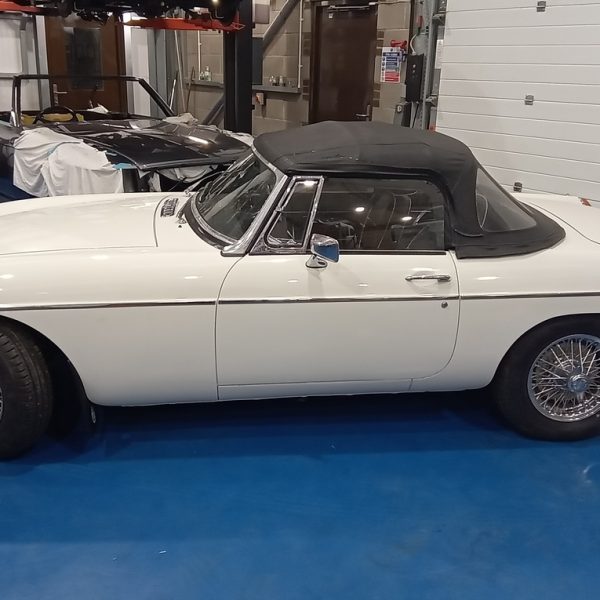
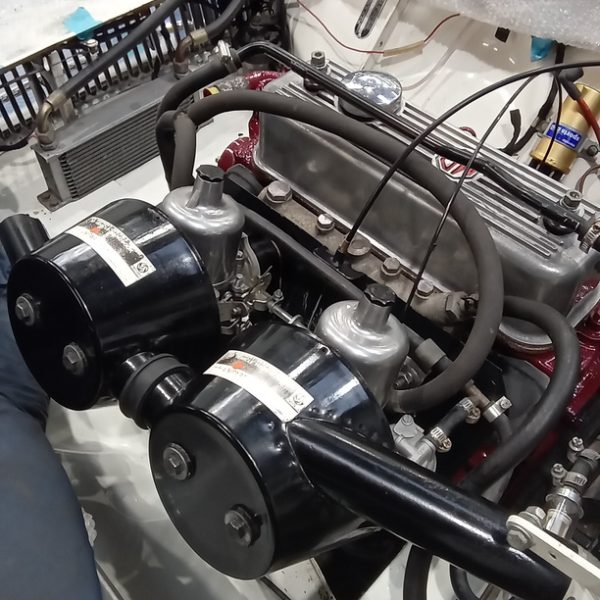





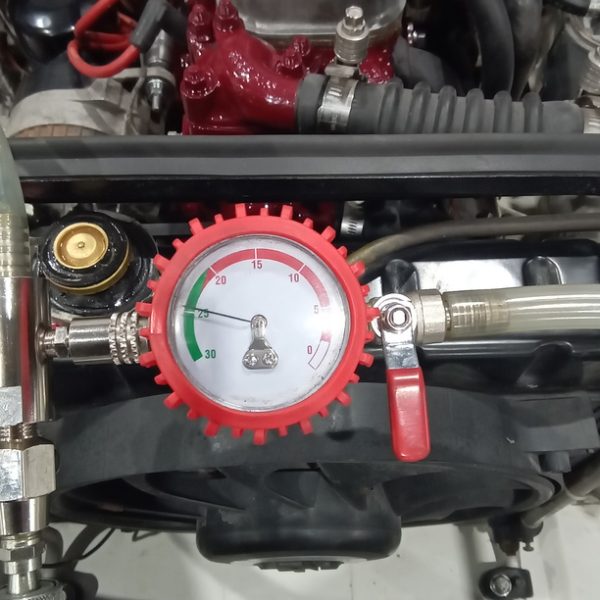


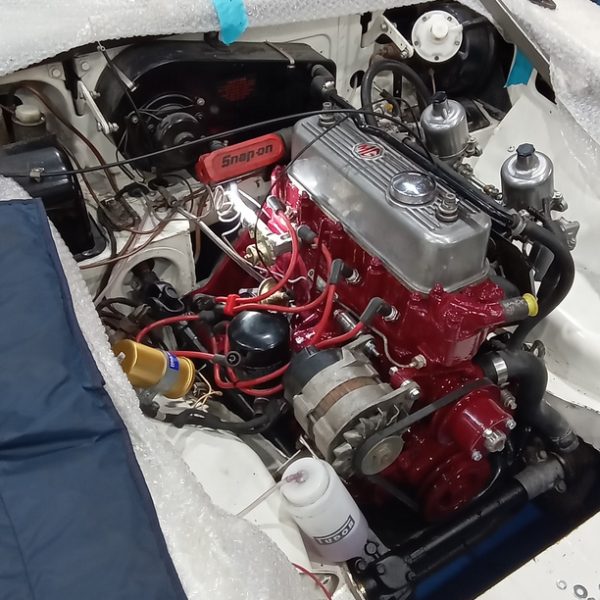

Rob has welded the inner wheel arches back onto the bonnet of our 1976 Triumph Spitfire. He did this before the outside of the bonnet was painted.
More parts are being cleaned and blasted before Rob electroplated them.
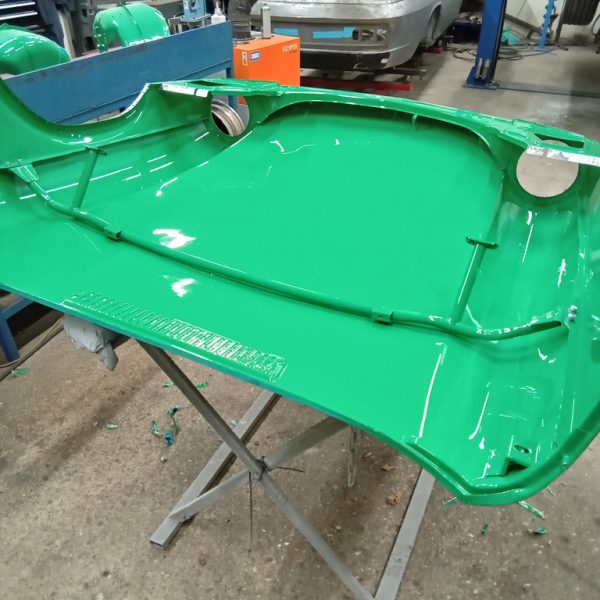





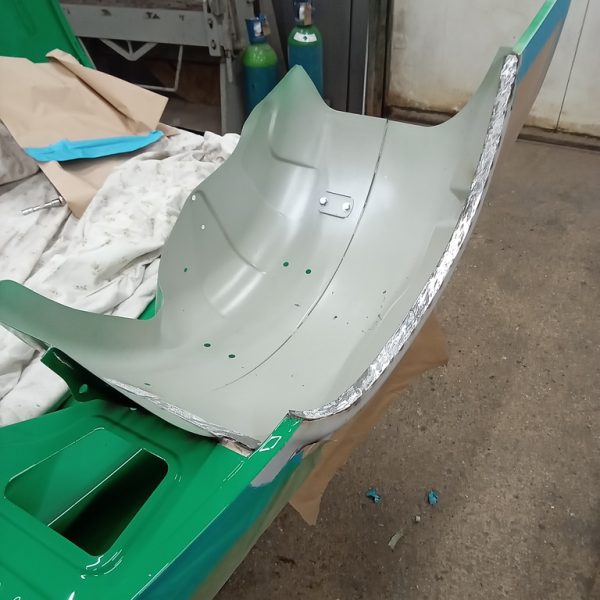
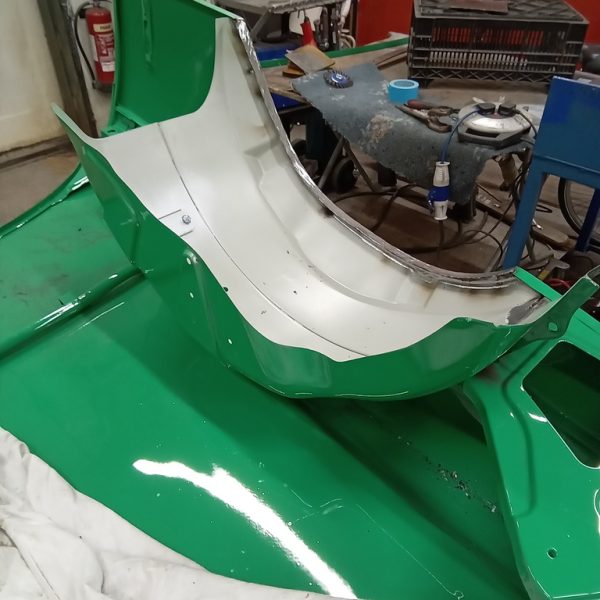
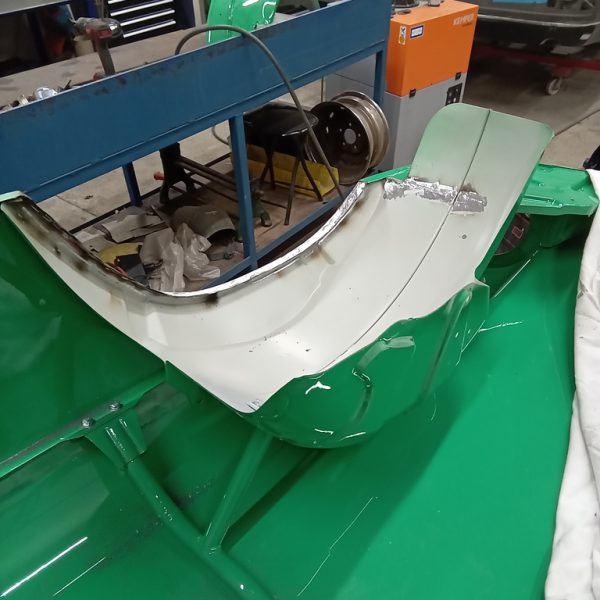



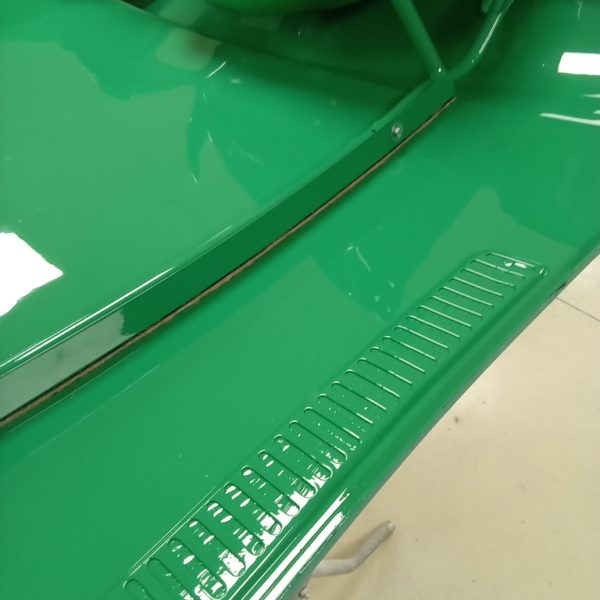
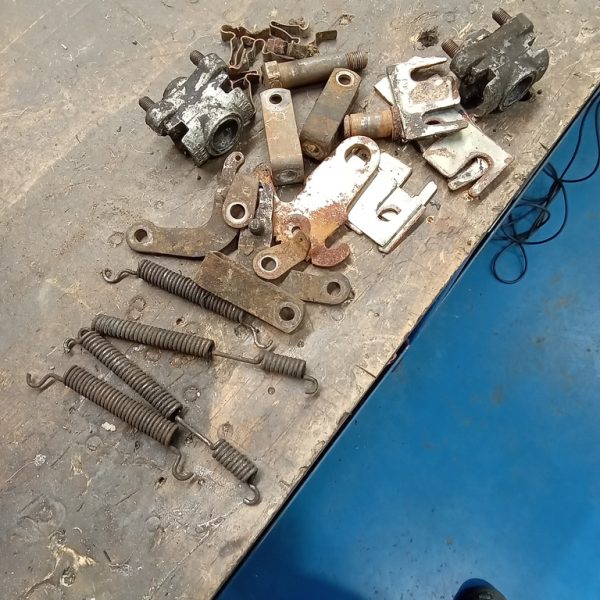
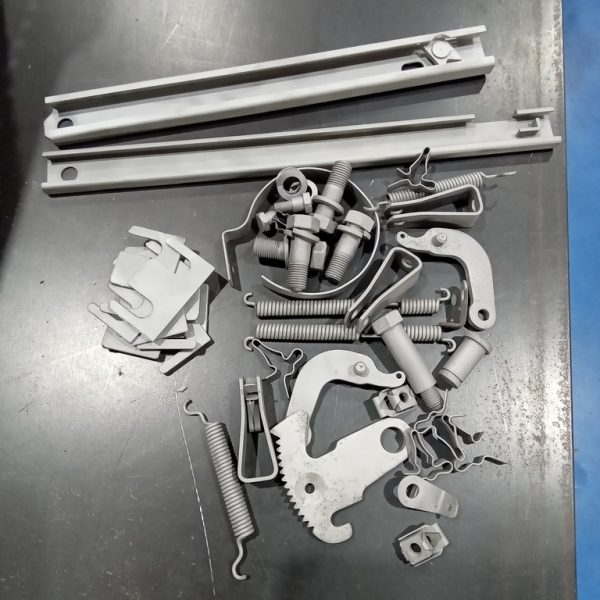

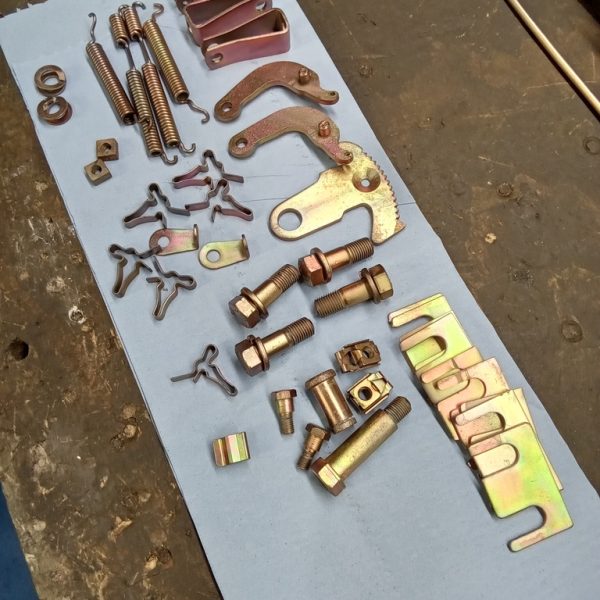





Paul has been working on our 1956 Jensen 541.
He made and fitted the fuel tank before fabricating parts for the driver’s side footwell and welding these in place.
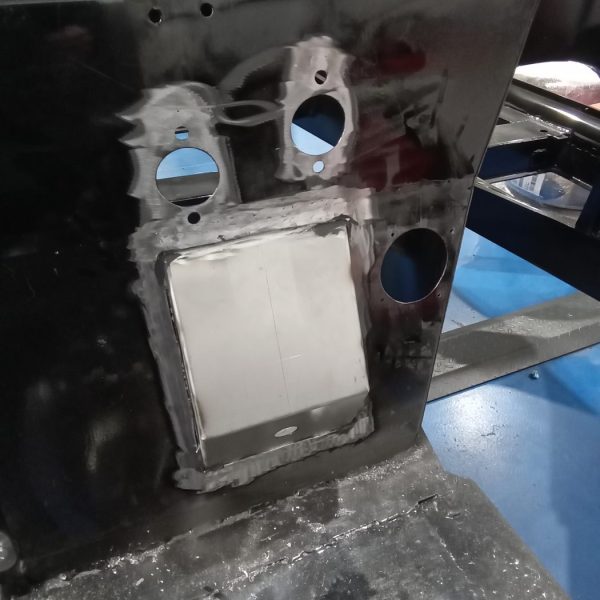

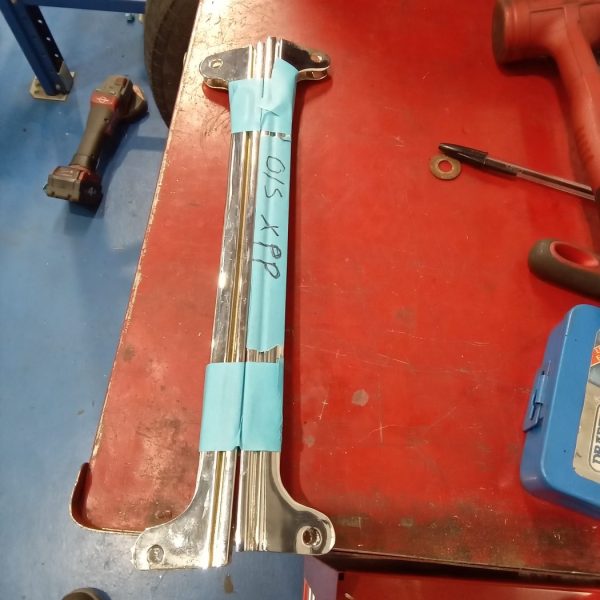

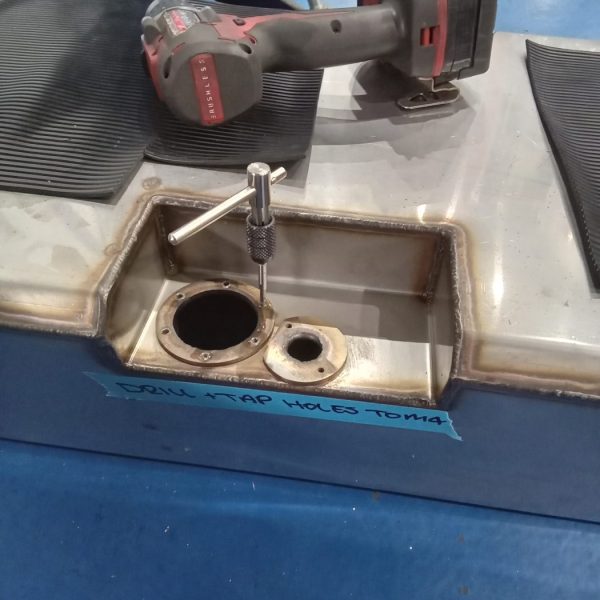
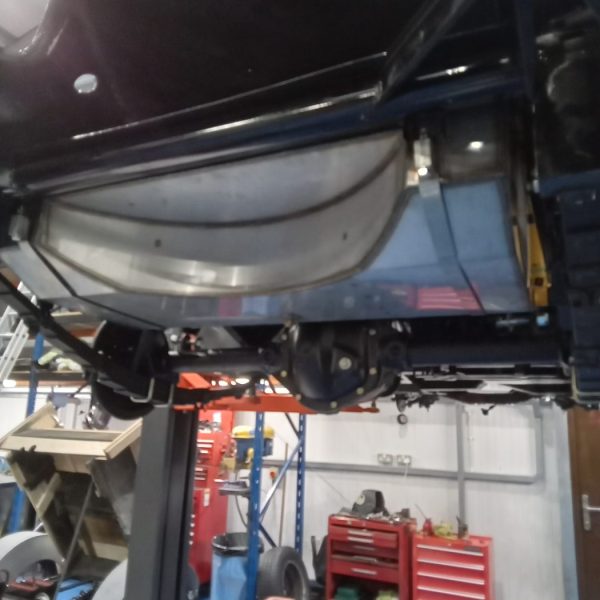

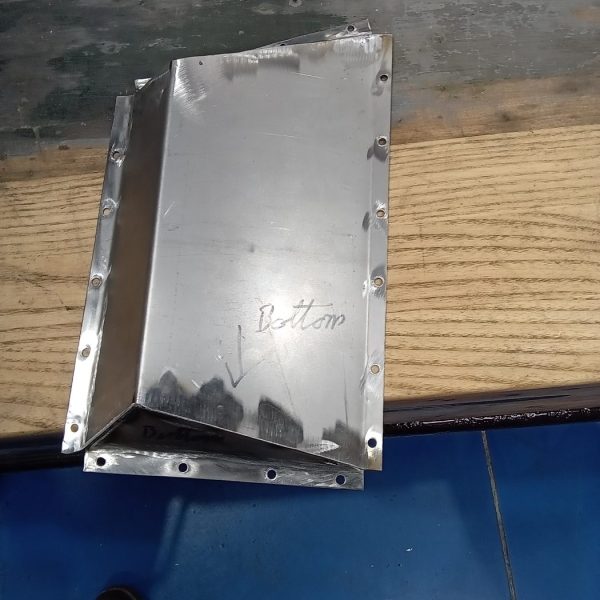

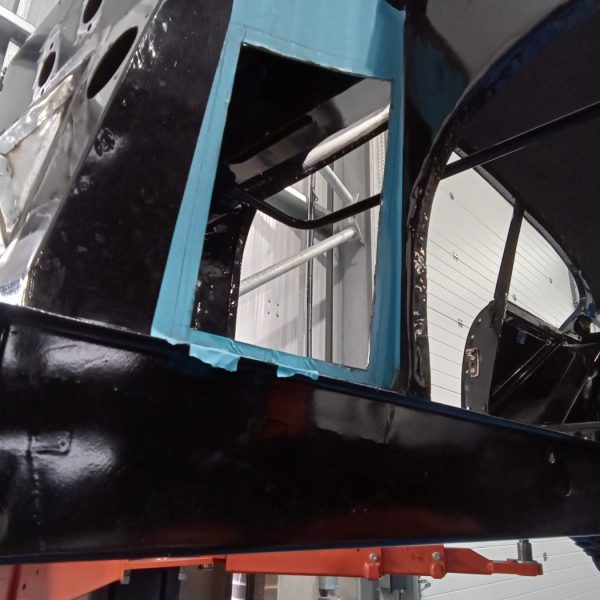

Our 1970 Jaguar E-Type Series 2 recently made a short return to the Bridge Classic Cars workshop.
It came in to have its wheels replaced as the original wheels had fractured.
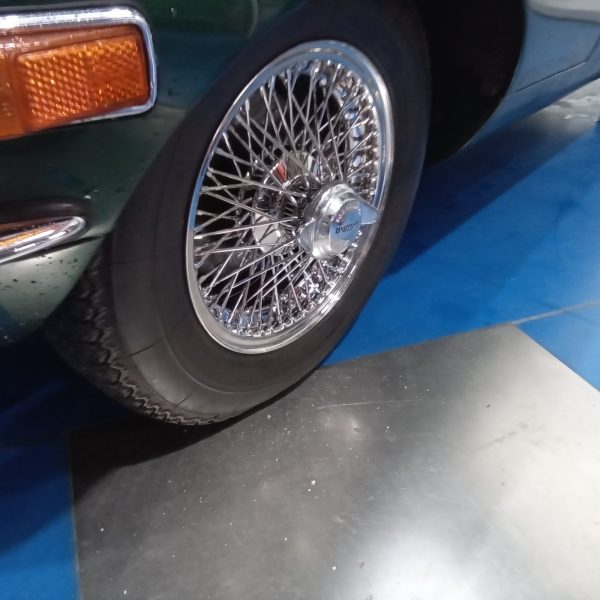
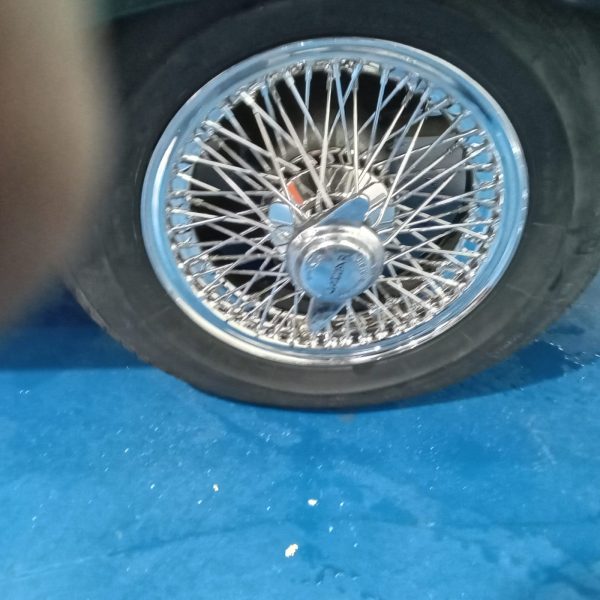

Our 2005 Honda S2000 has continued its stay in the Bridge Classic Cars paintshop. While in there, Chris has been undersealing the underneath of the car.


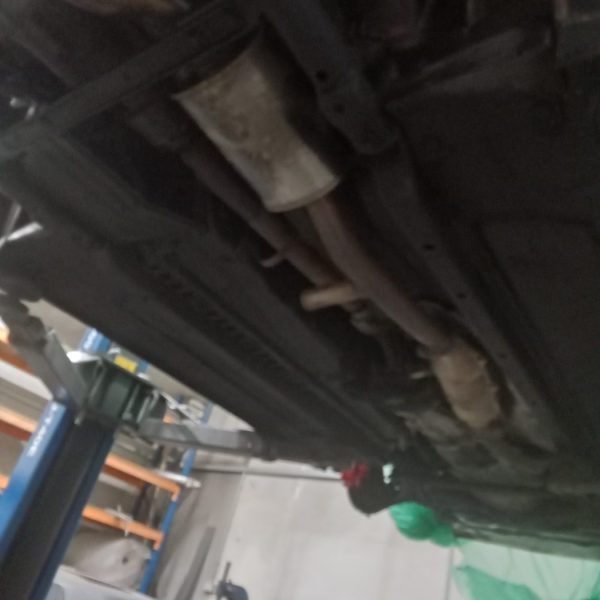

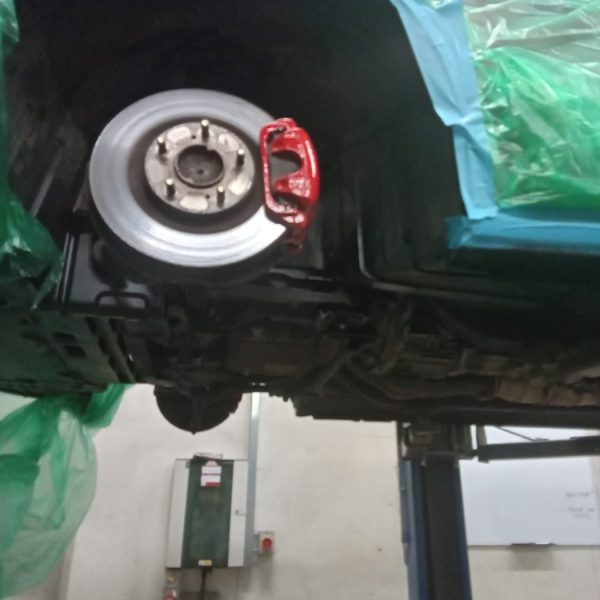


The floors and interior of our 1953 Aston Martin DB2/4 were completely stripped, along with the front end and bonnet. Then the body fixings were removed and the body was carefully taken off for blasting/paint removal.
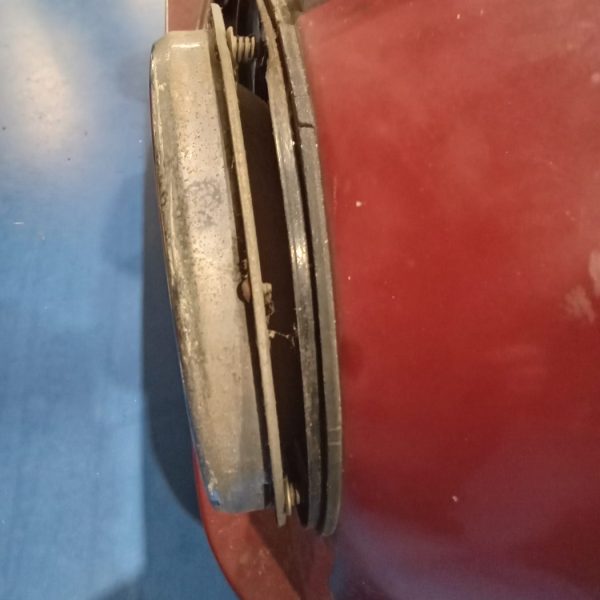

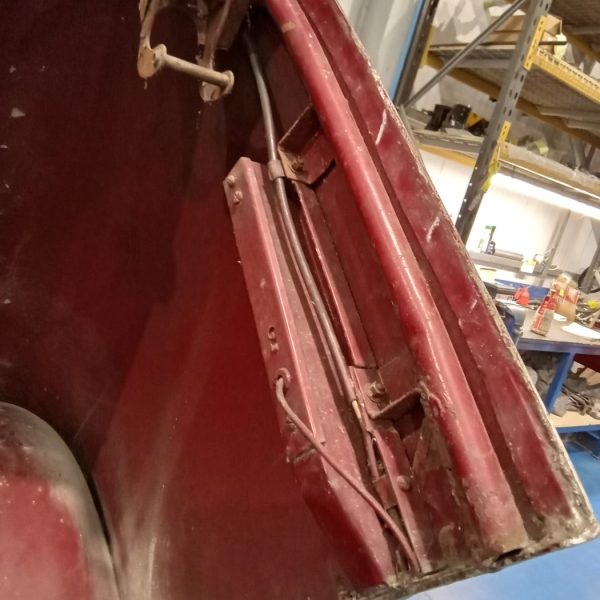
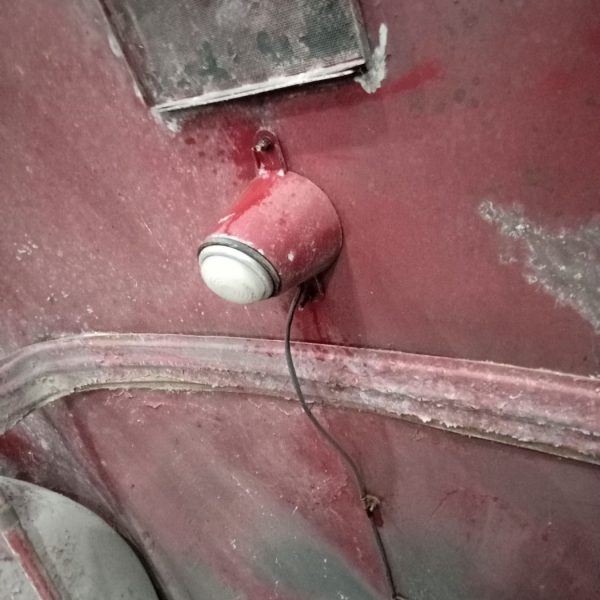
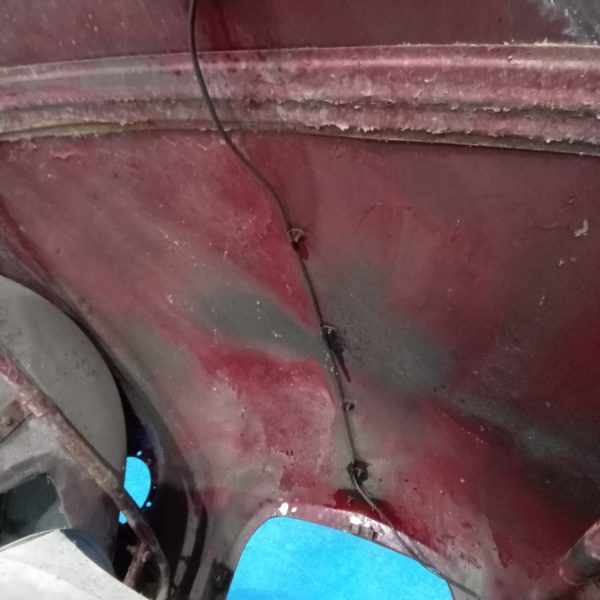
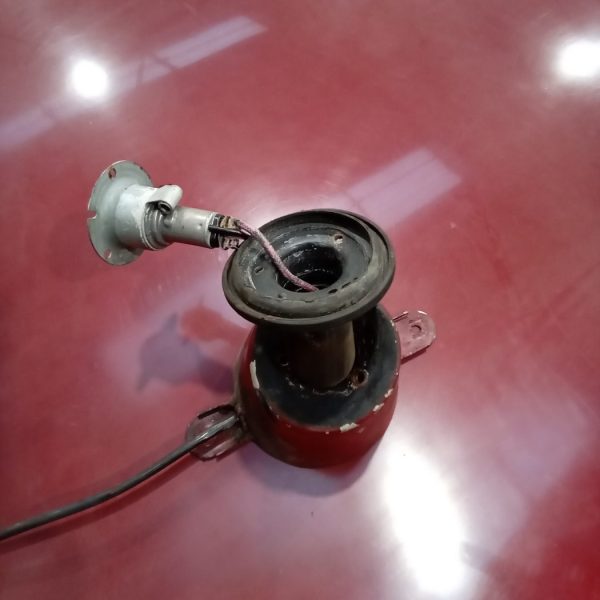


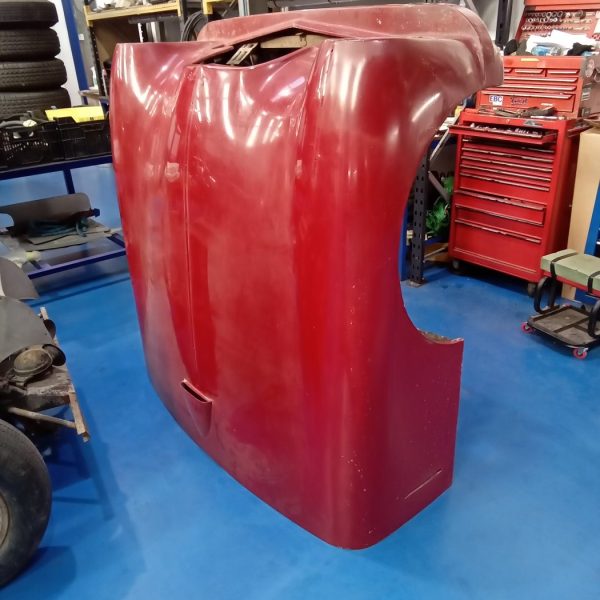
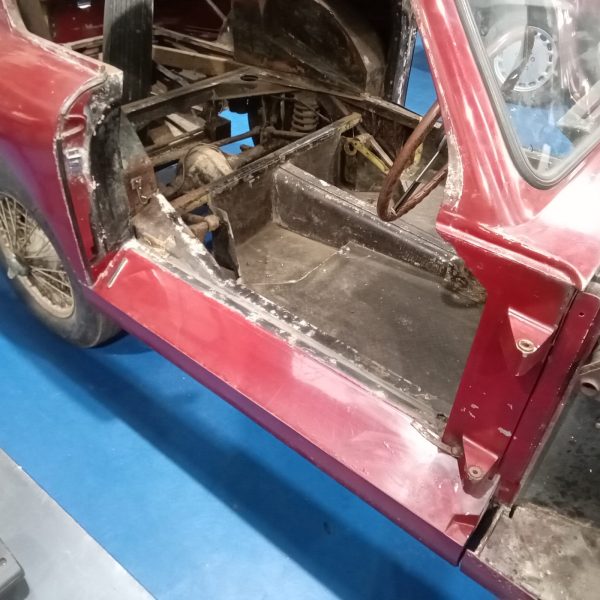



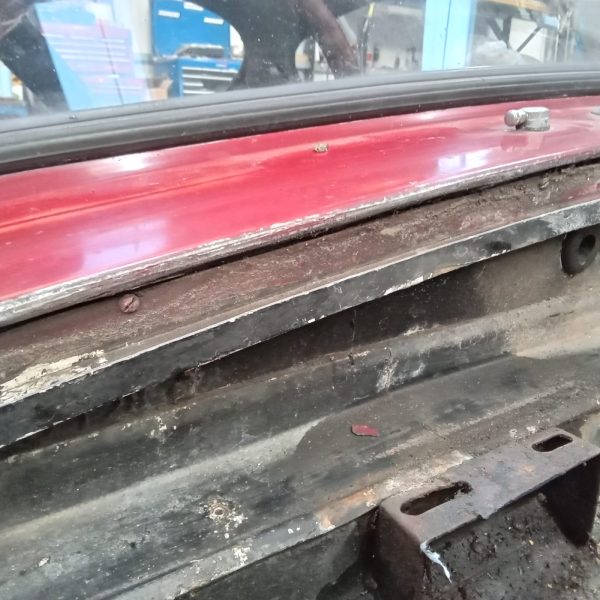
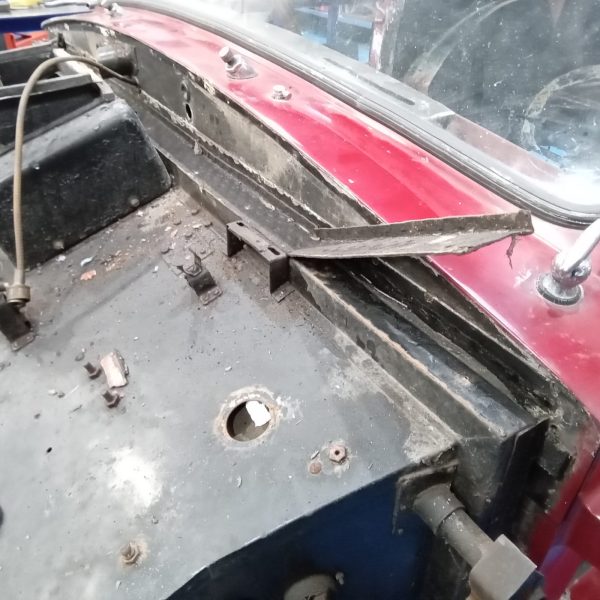

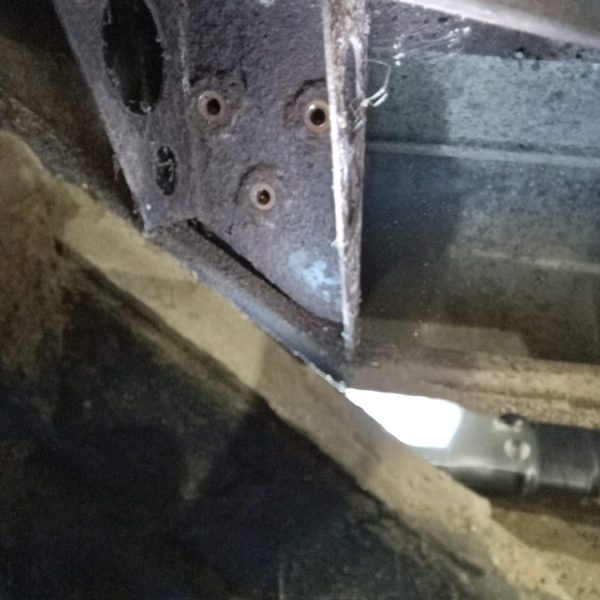
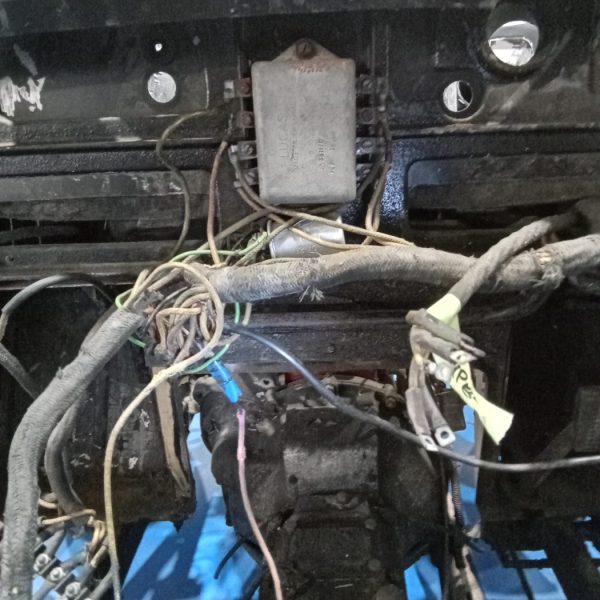
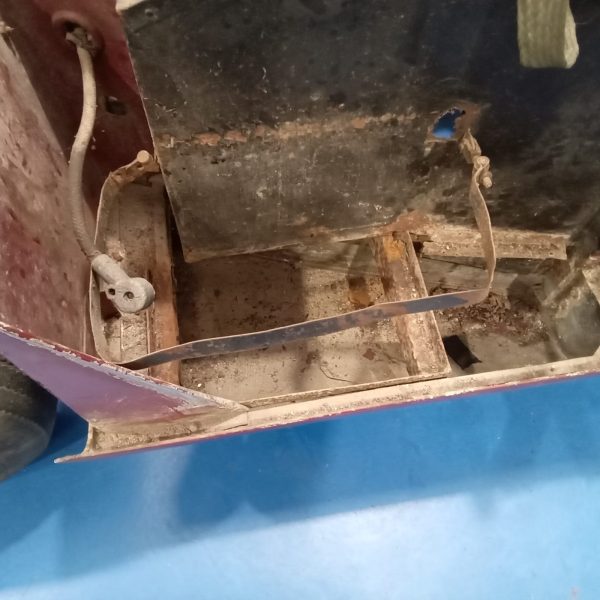
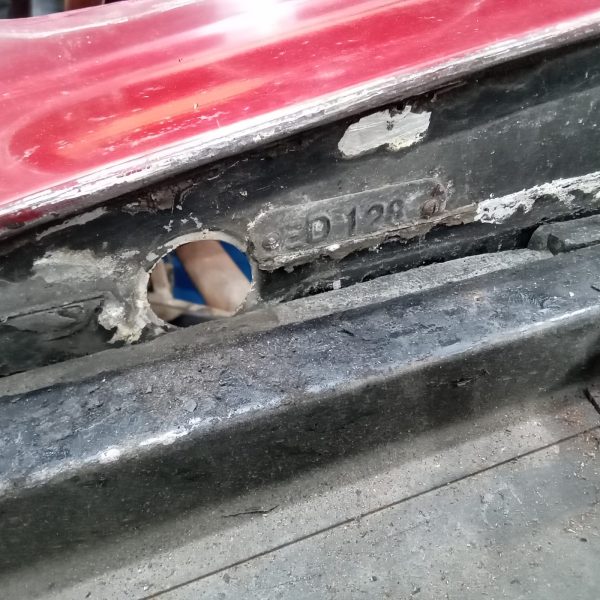
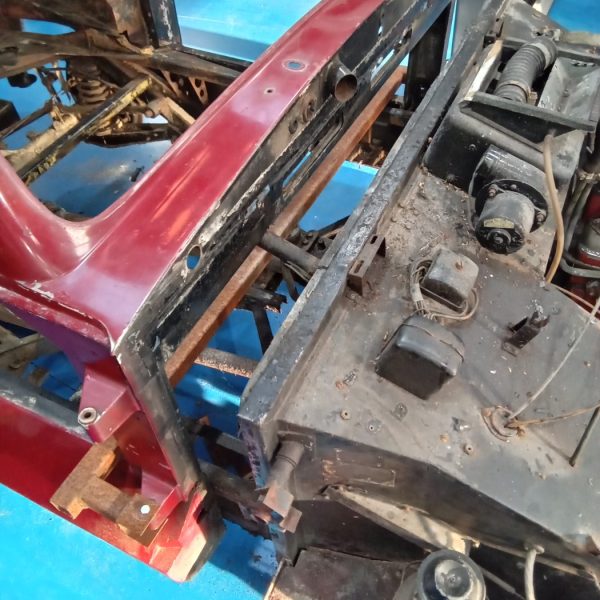
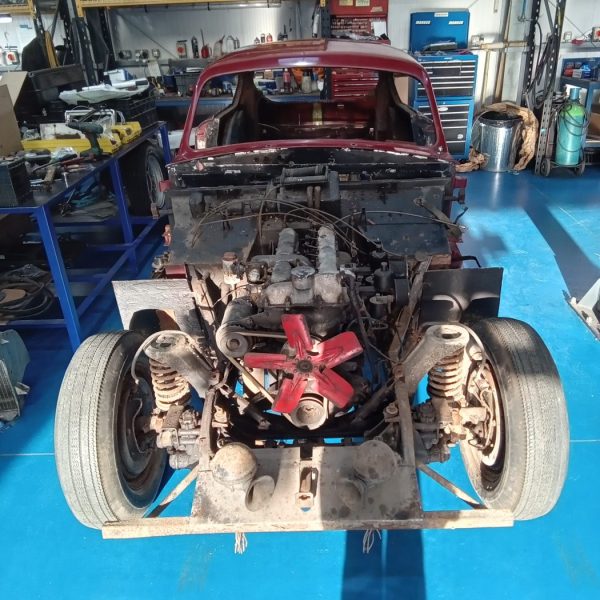

After the engine of our 1970 MGB Roadster had its engine prepped and painted in the Bridge Classic Cars paintshop, classic car technician Jonn reassembled it.
He refitted the painted parts and ancillaries and refitted the oil pump with new gaskets (pump filled with engine grease to avoid cavitation). He then fitted the new main bearing nuts and washers and retorqued to 95nm. Jonn went on to pre-oil all moving parts before fitting the sump and securing it.
To get the engine back into the car, Jonn mounted the engine on the engine crane so he could rub it down and paint the steering rack and column. The engine was then put back into the car.


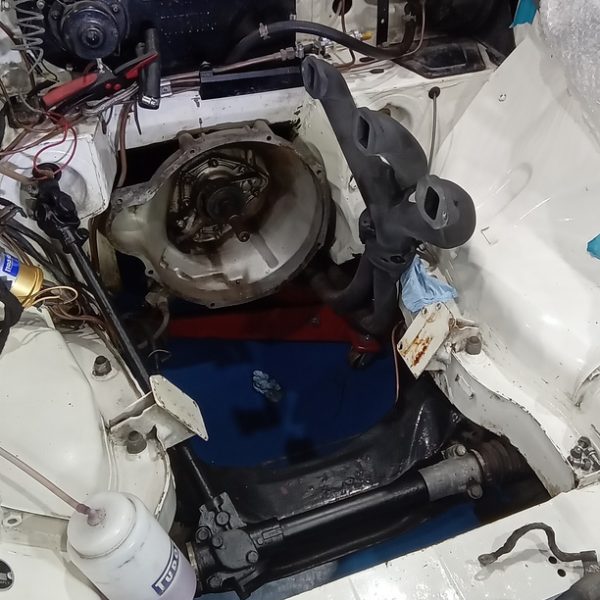
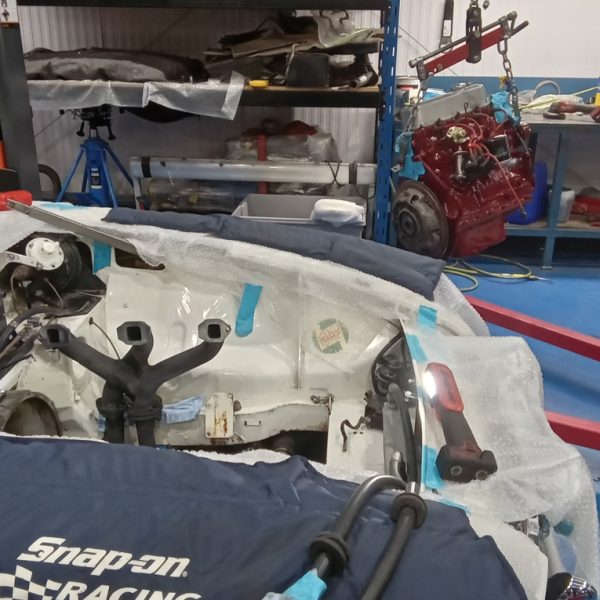
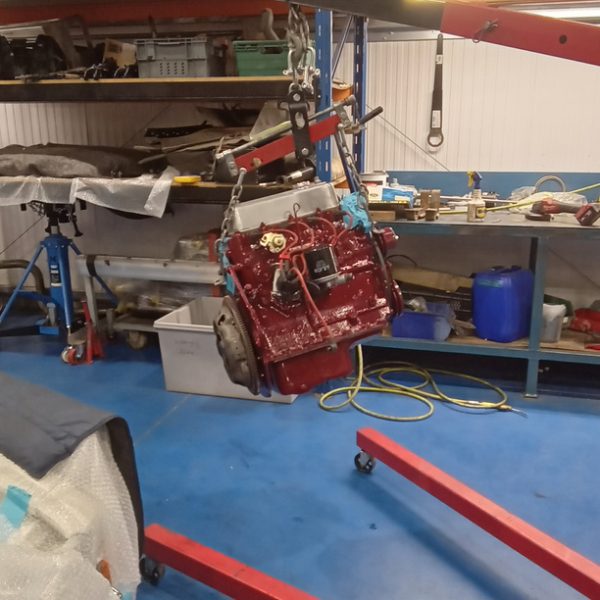

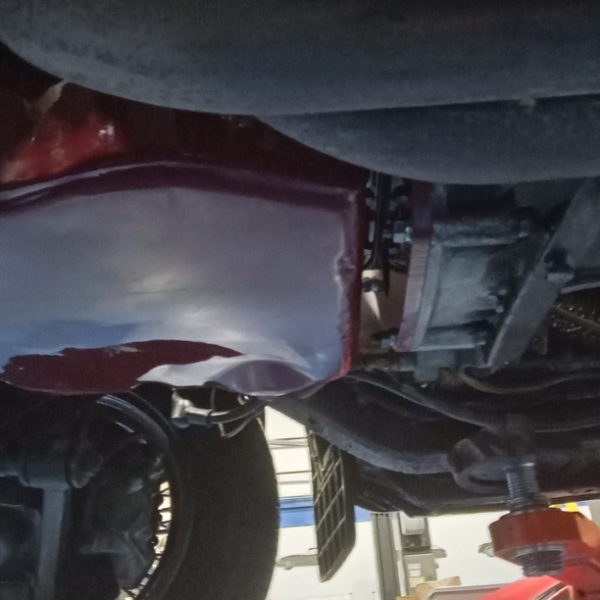


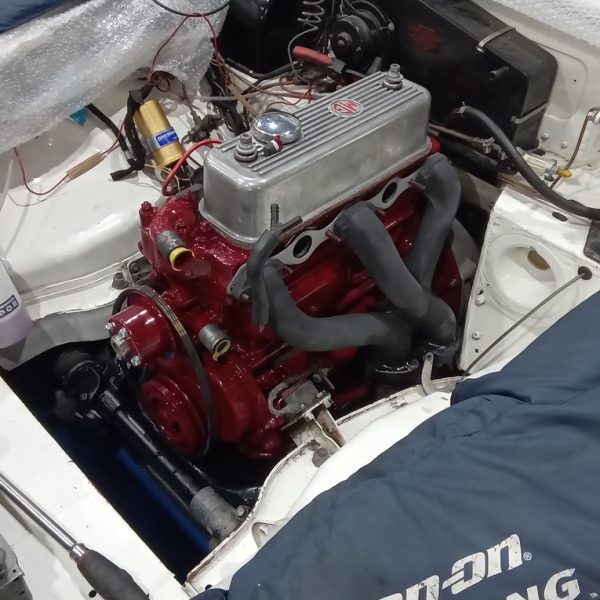

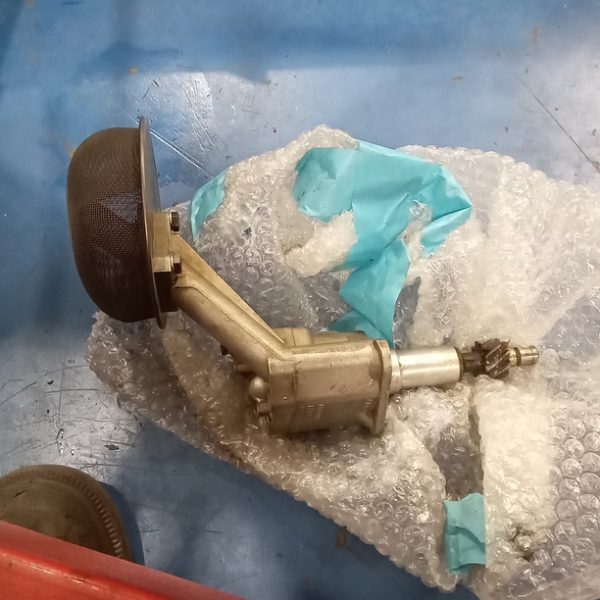


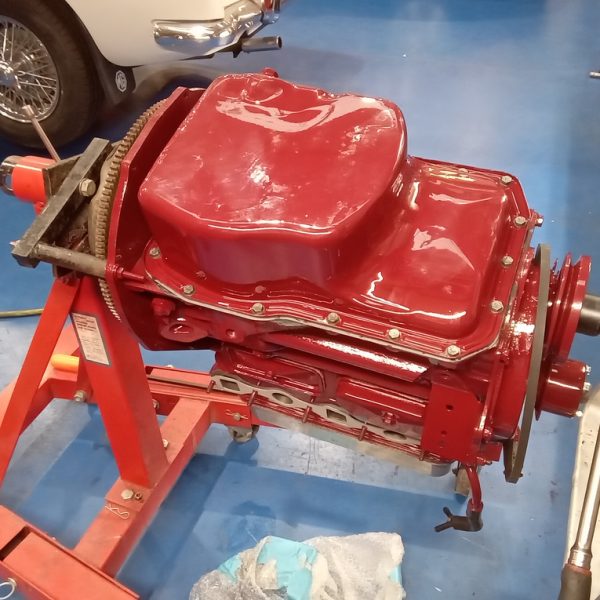
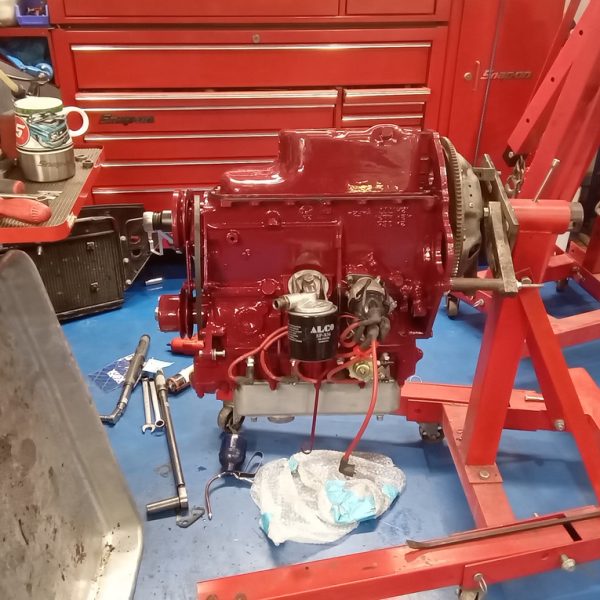
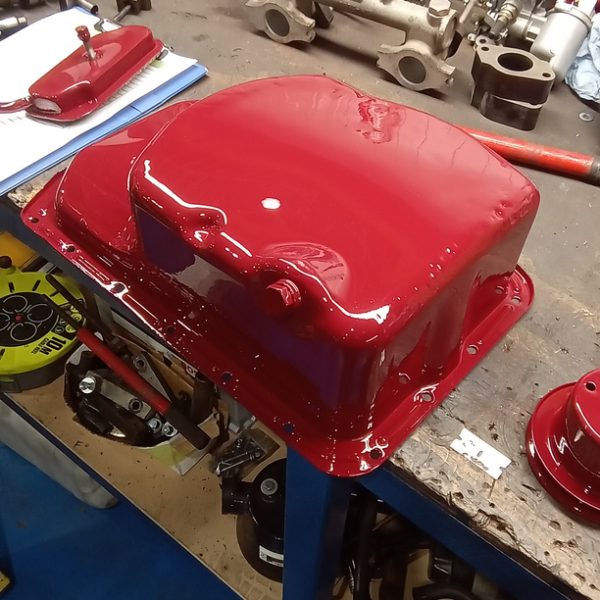


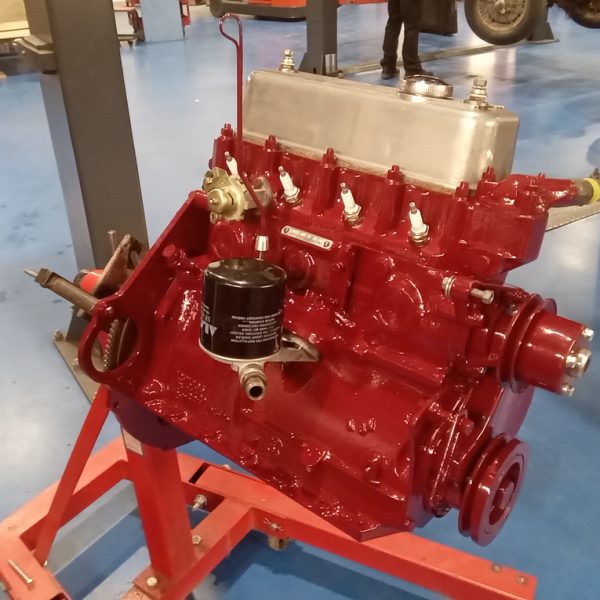

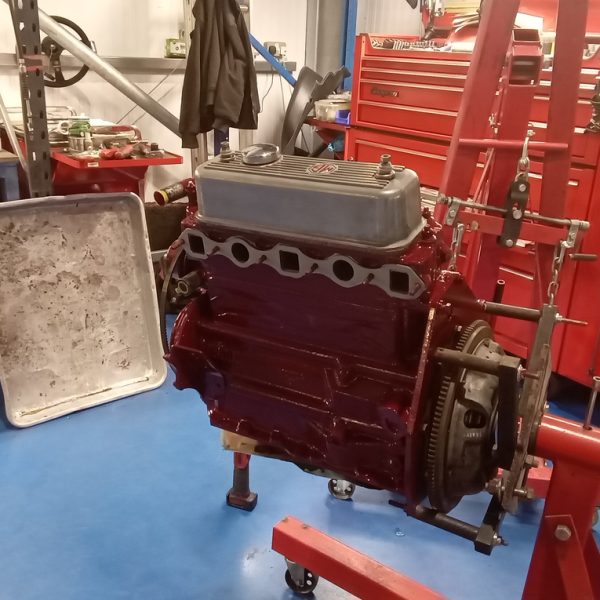
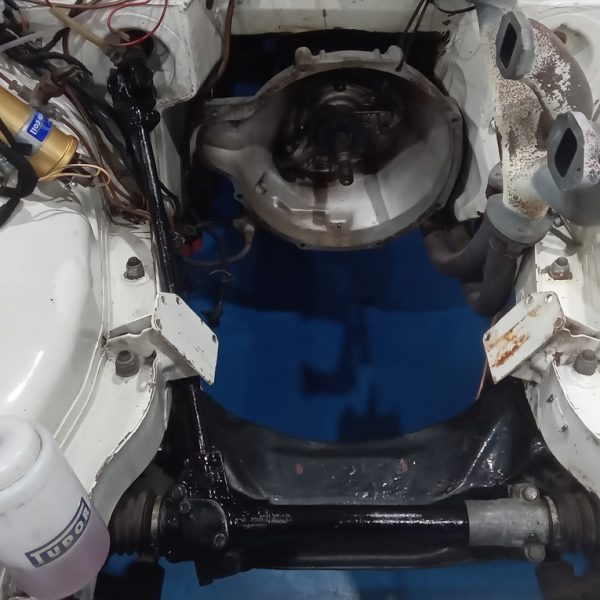


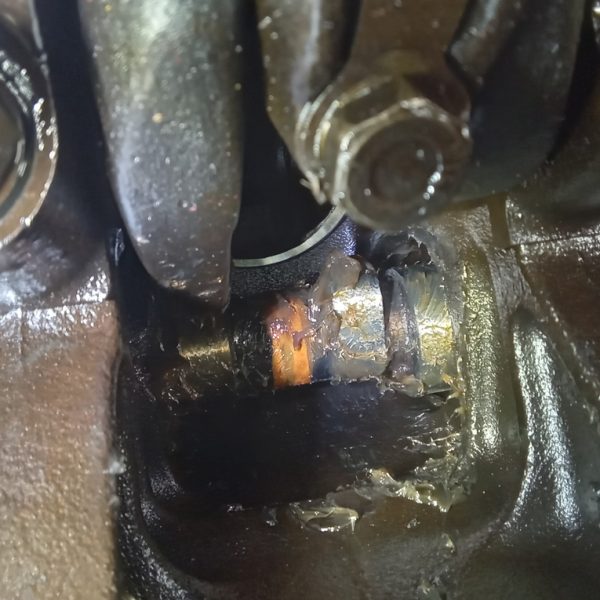

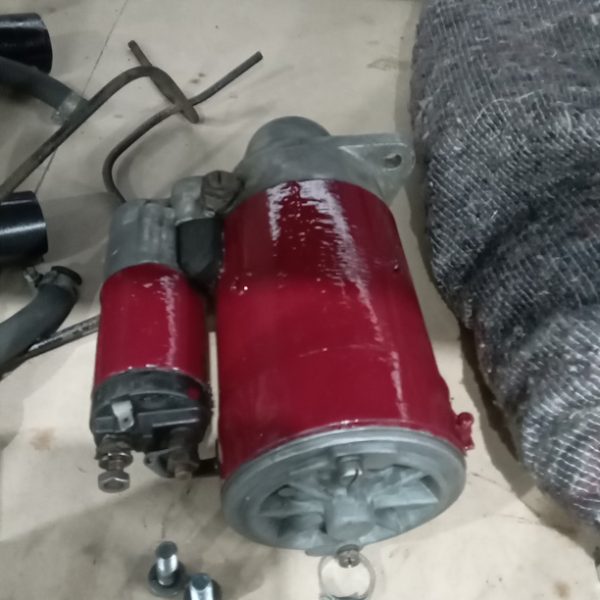












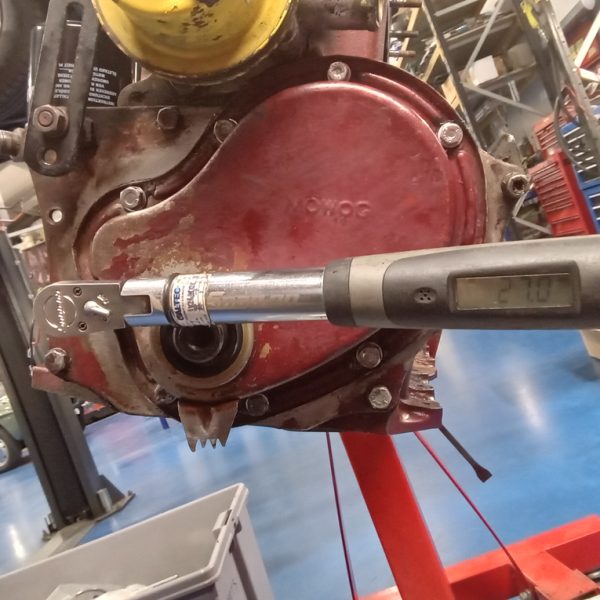
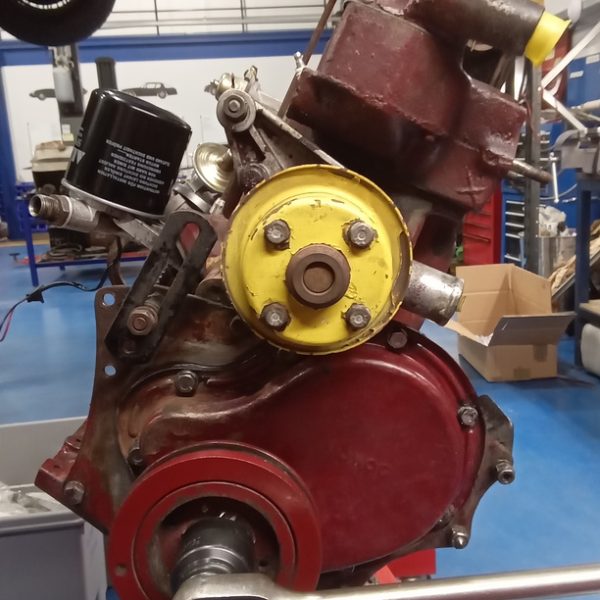

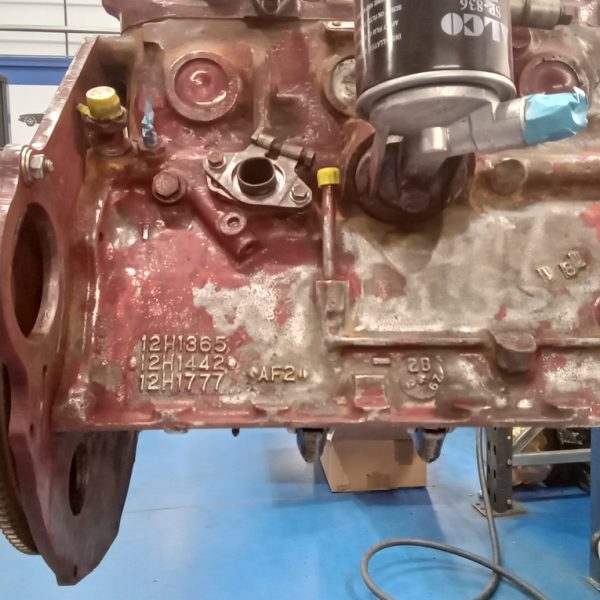
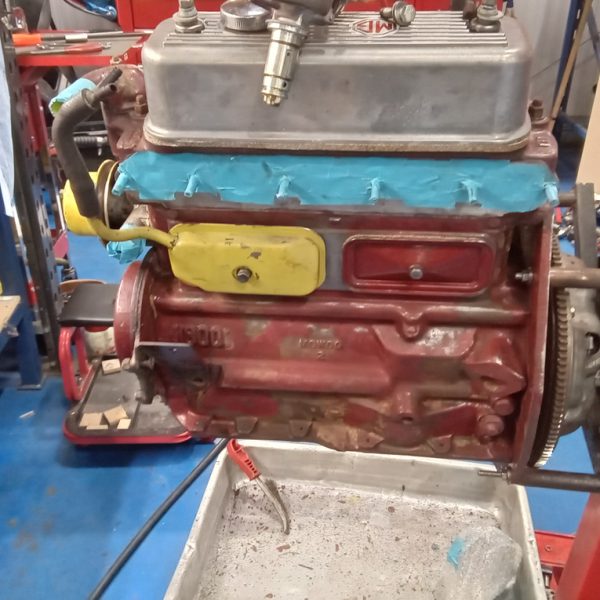
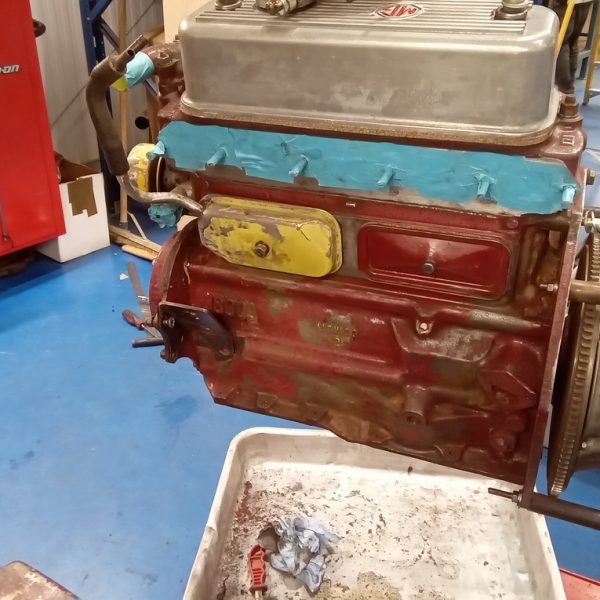
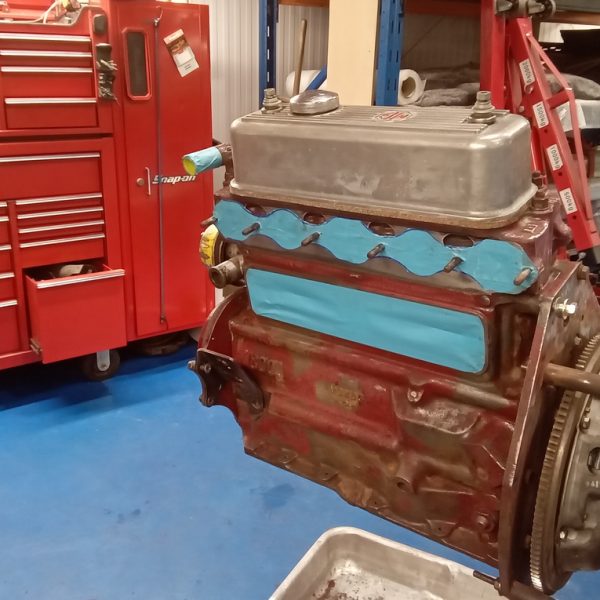
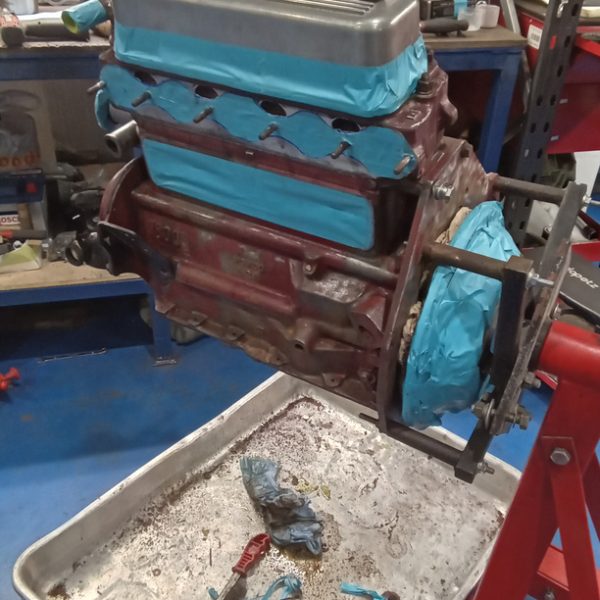






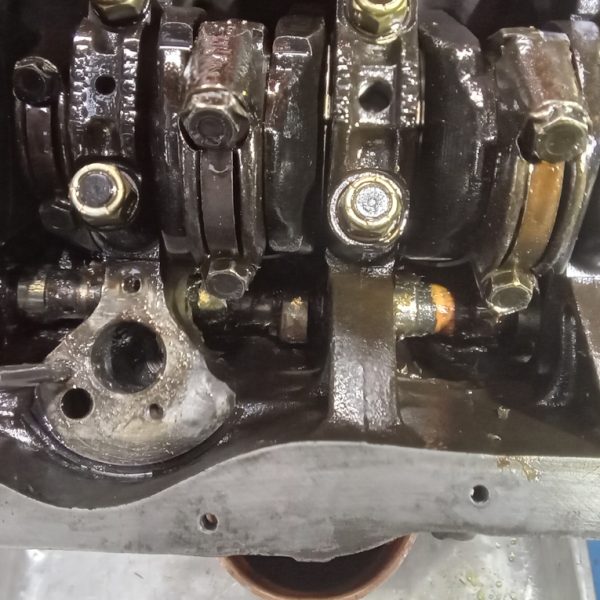
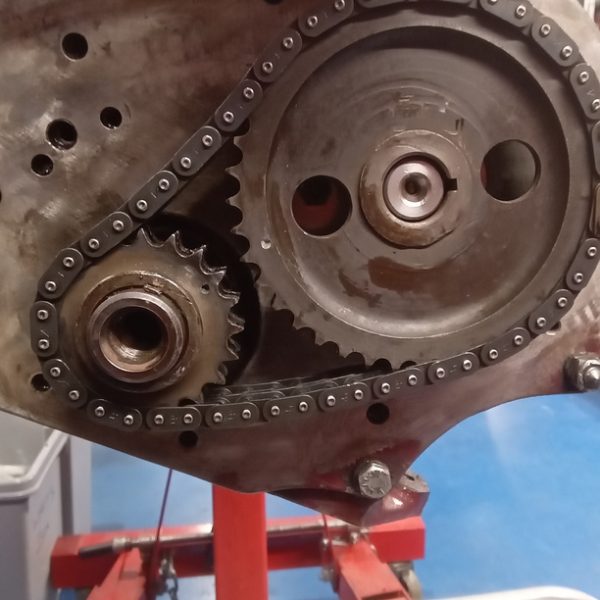

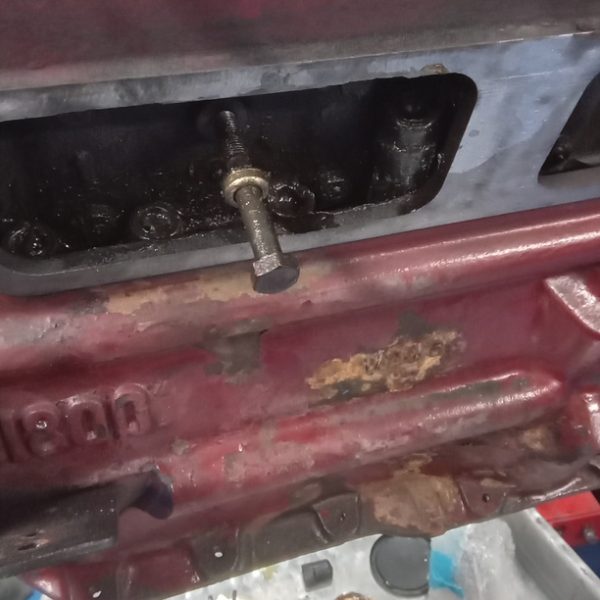
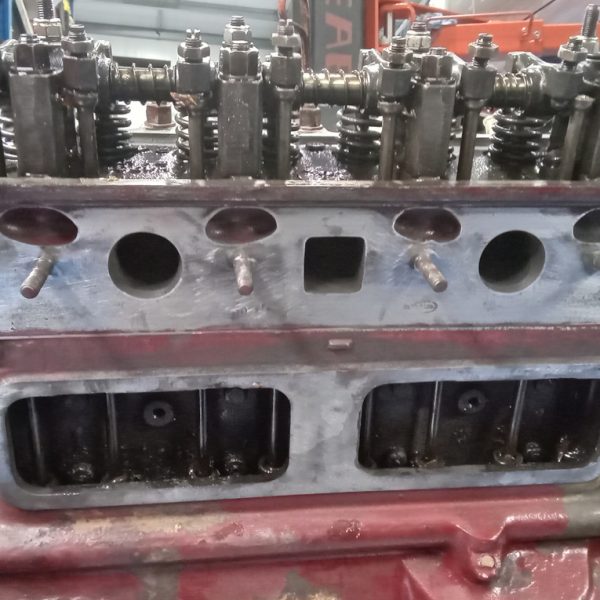
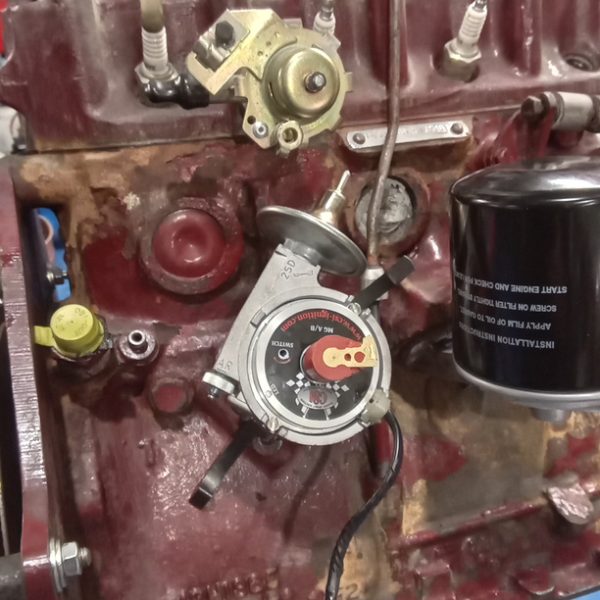
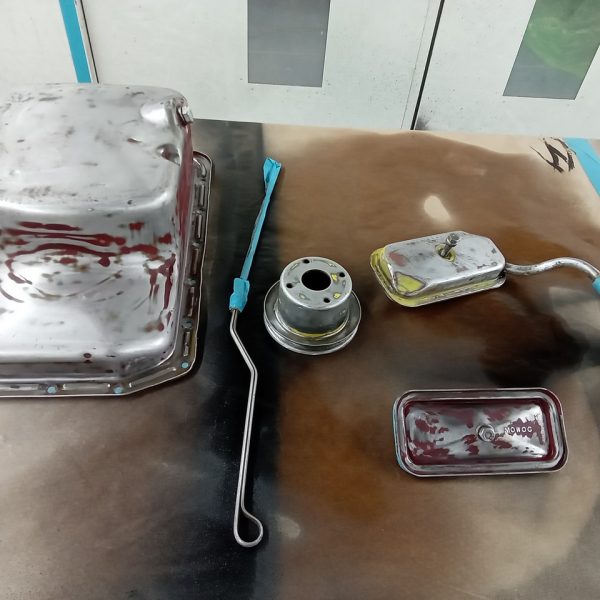
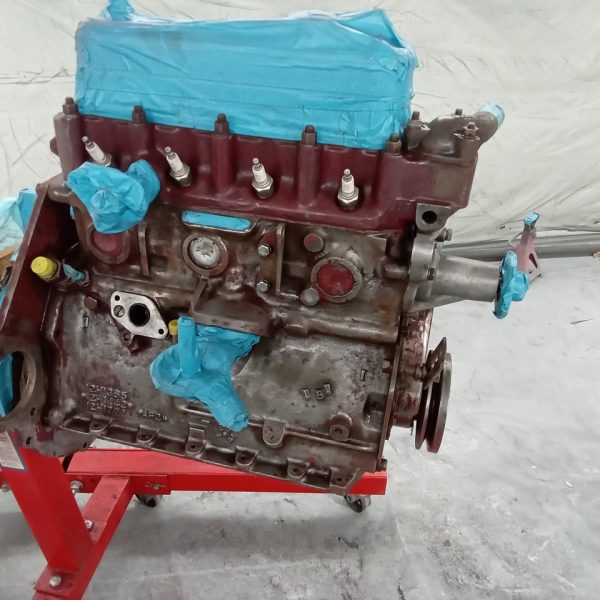


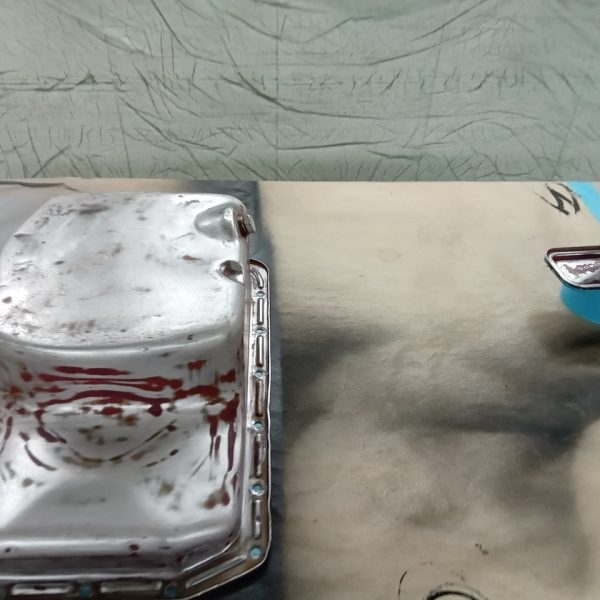

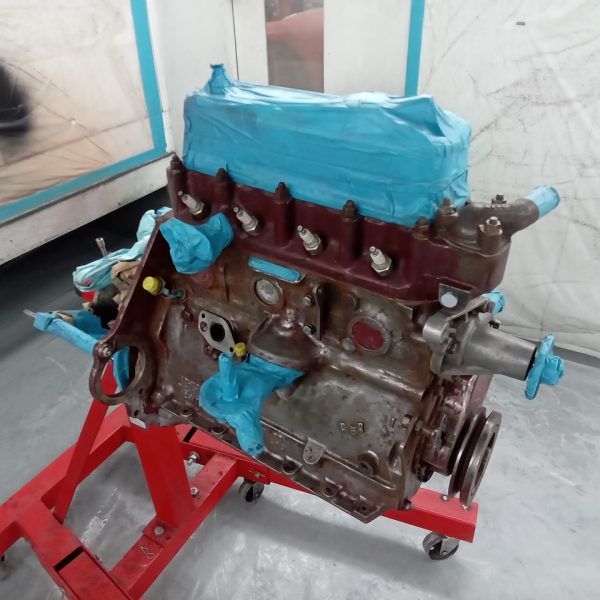


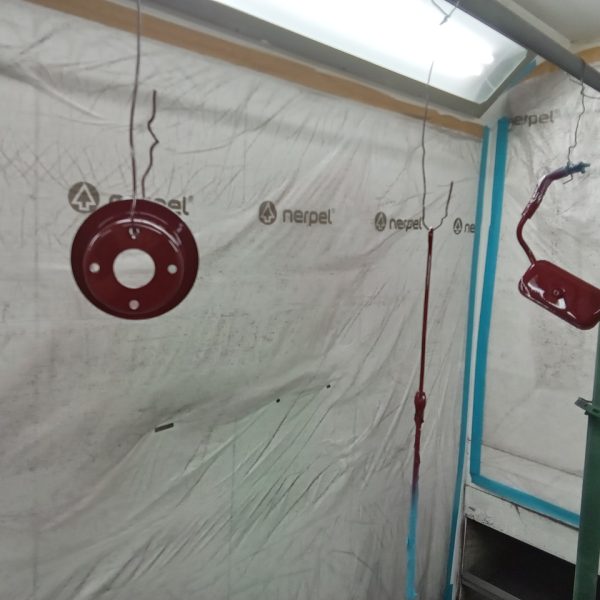
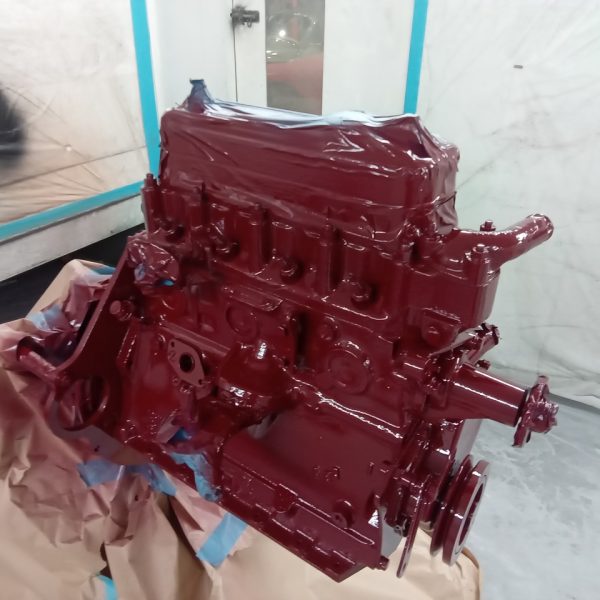
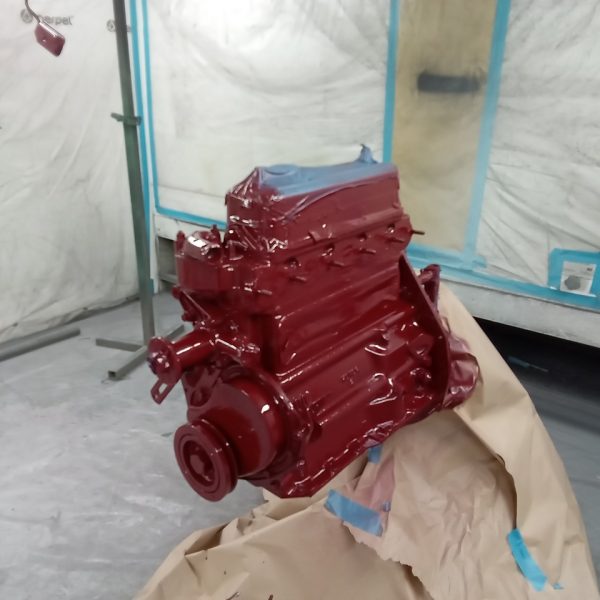
As the restoration of our 1959 Jensen 541R is coming toward its end, Rob has fitted new studs into the front grille badges and trim ring. He marked the positions of the new fixing holes and drilled them before bolting the badges to the grill. He then refitted the flap to the car and adjusted it to achieve correct operation.
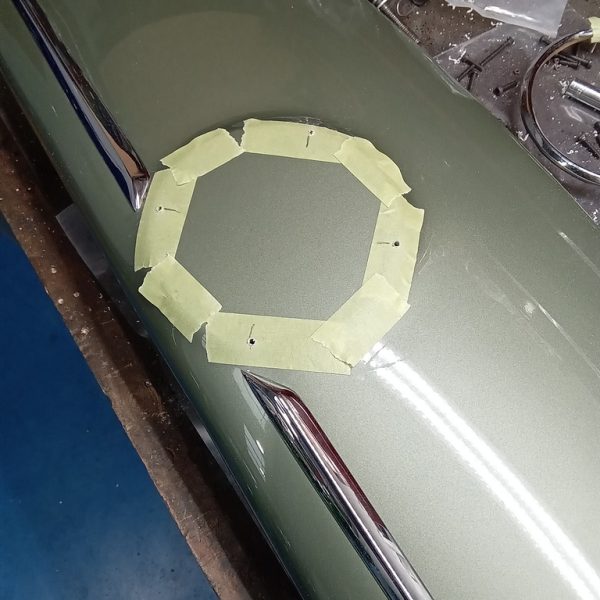

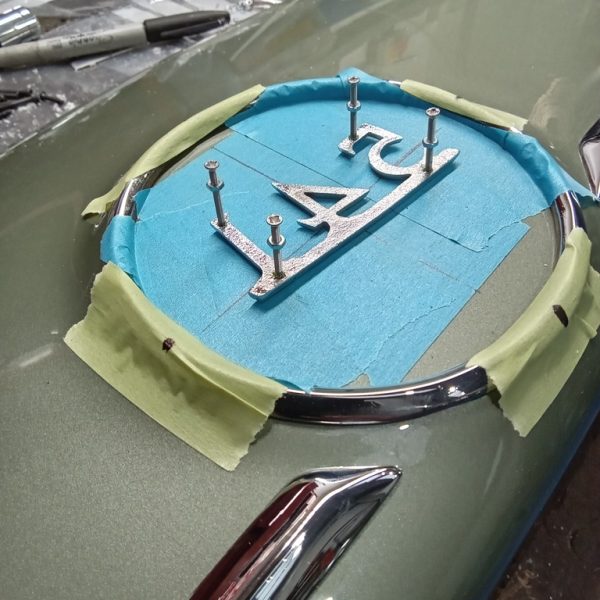
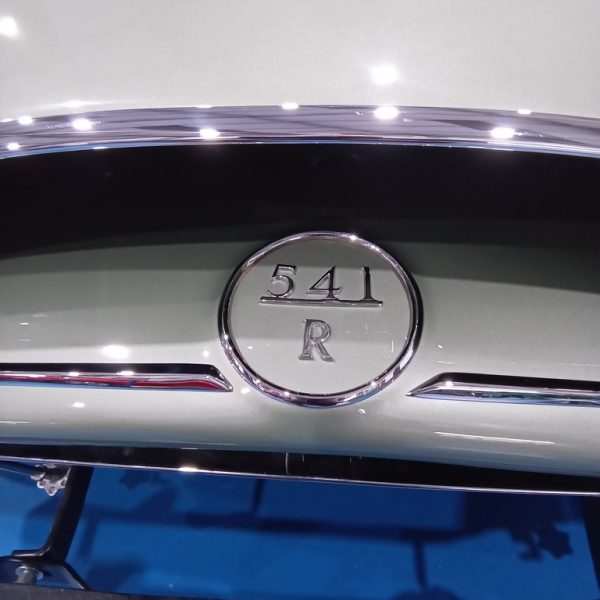

Our 1976 Triumph Spitfire has continued to make good progress at the hands of technician Rob.
Rob has built up both front spring/shock absorber assemblies and fitted them to the car. He also fitted the poly bushes to the rear trailing arms.
He then went on to fit the poly bushes to the differential rear case and fit the differential to the chassis with poly front mounts. The rear spring and rear driveshaft assemblies were fitted before Rob built up the heater box and water control valve. He then built up the right-hand front disc/hub assembly with a new wheel bearing and fitted it to the chassis.







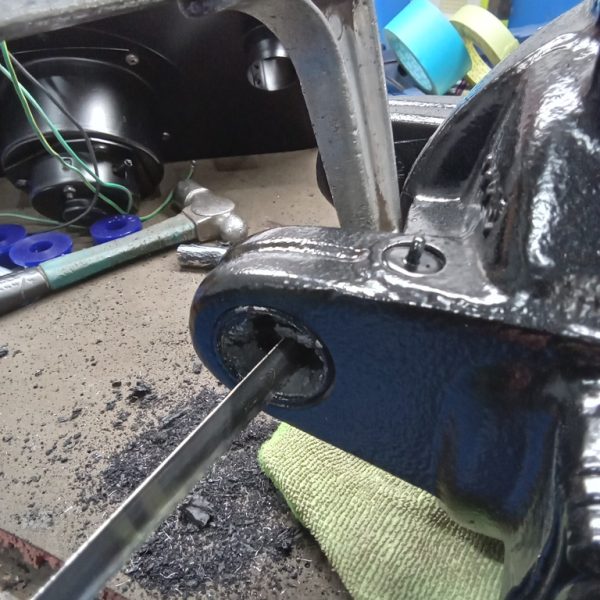

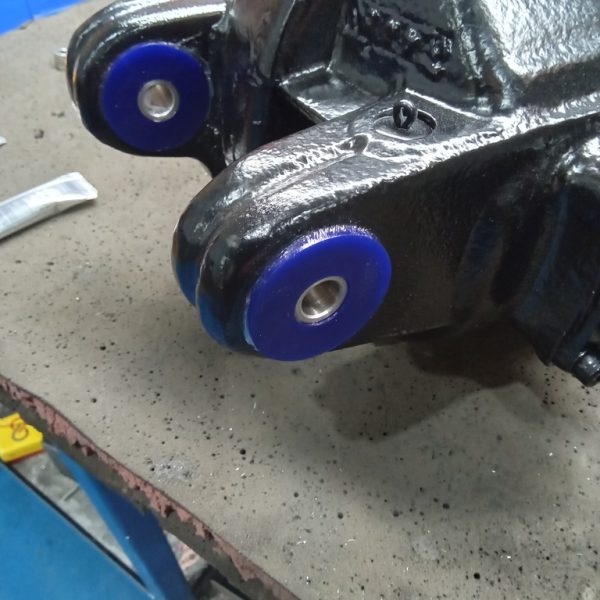
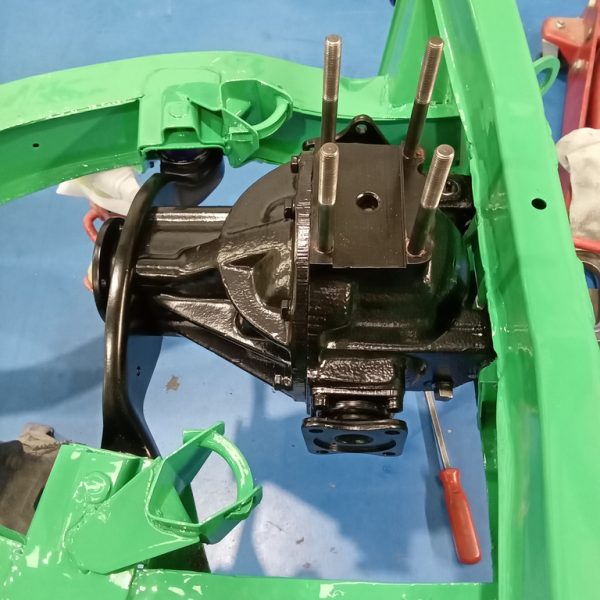

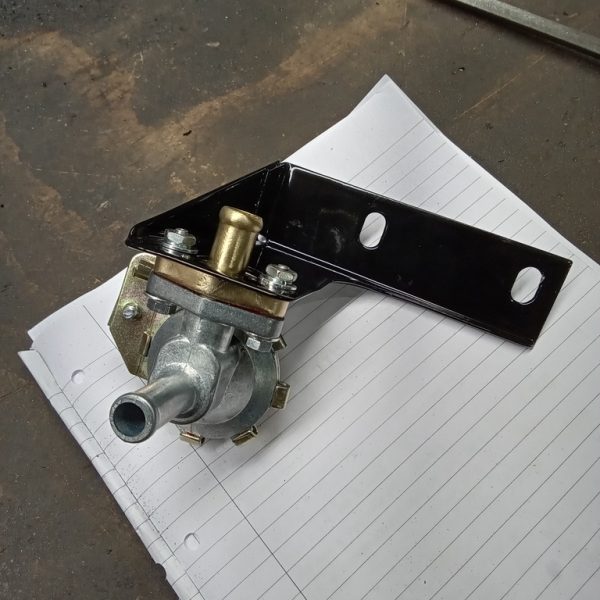


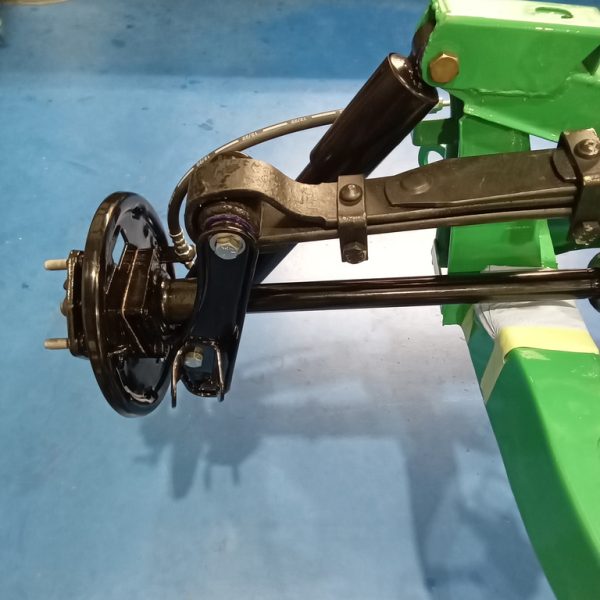
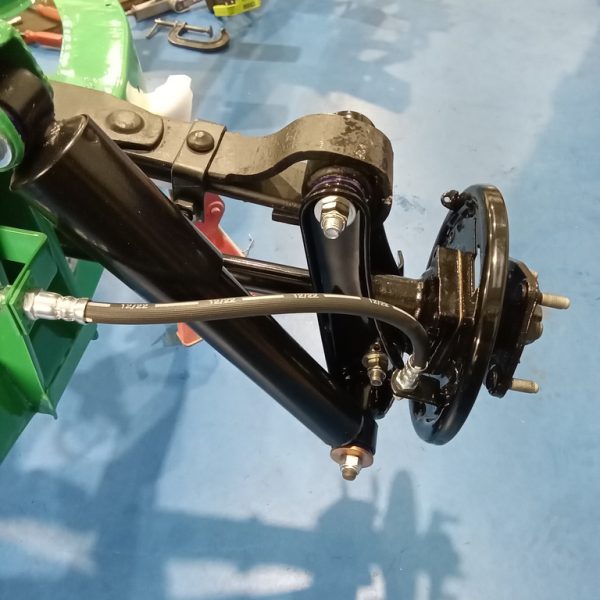




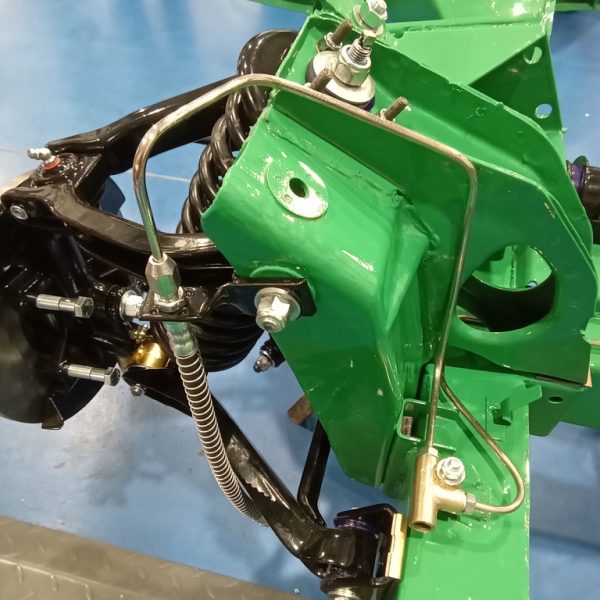

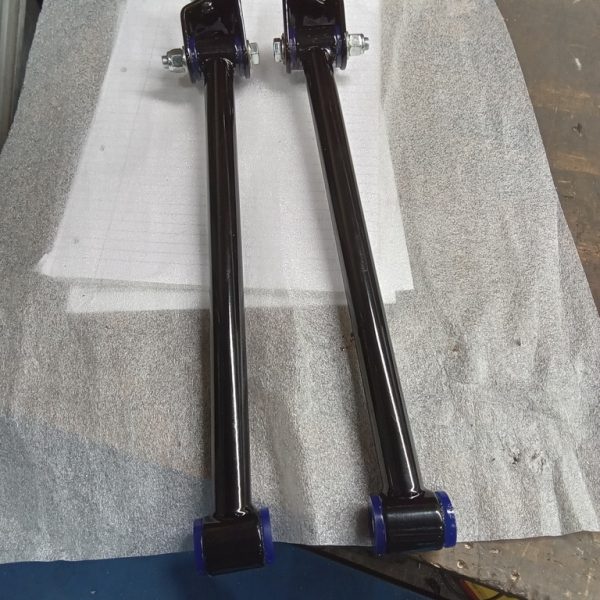
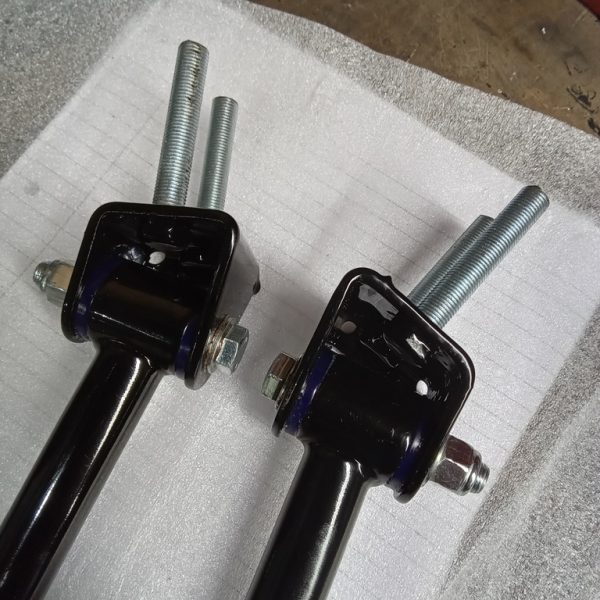

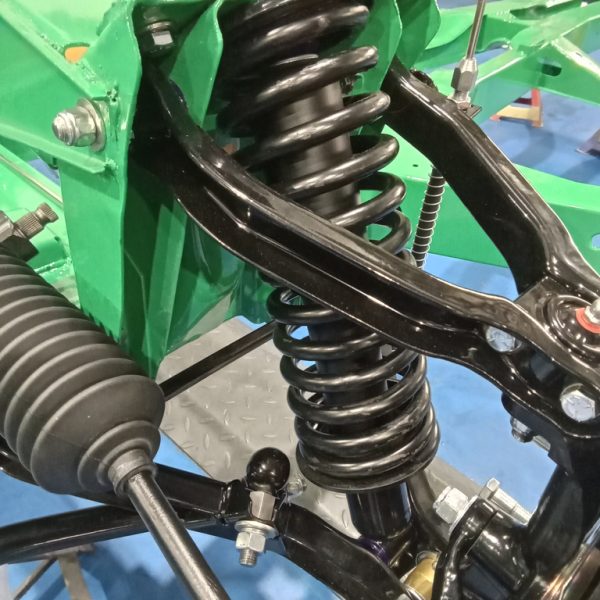

Designed for individuals with a passion for speed and innovation, the Tag Heuer Formula 1 collection boasts a dynamic and sporty aesthetic. Its robust construction combines stainless steel and scratch-resistant sapphire crystal.
You can enter the draw to be in with a chance of winning our Tag Heuer Formula 1 Watch for just £1.00 (launch sale price) on the Bridge Classic Cars Competitions website.
Entry is open!
Full details can be seen here.
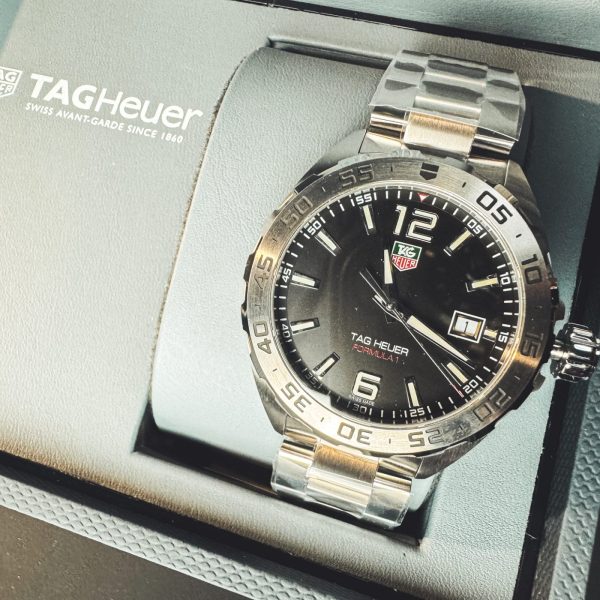

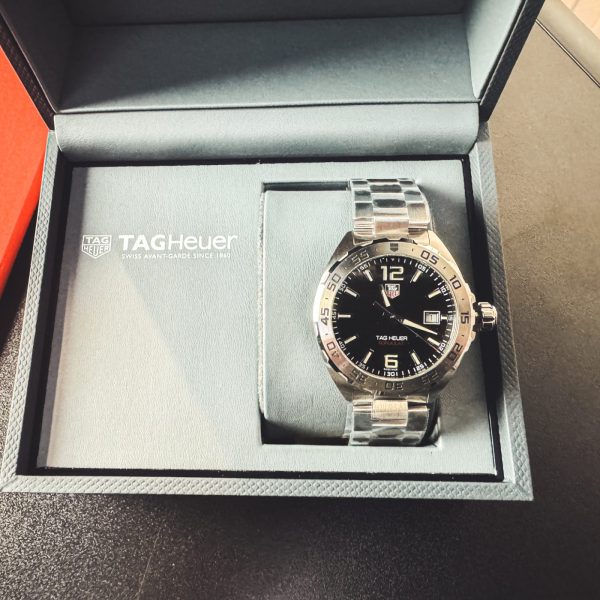
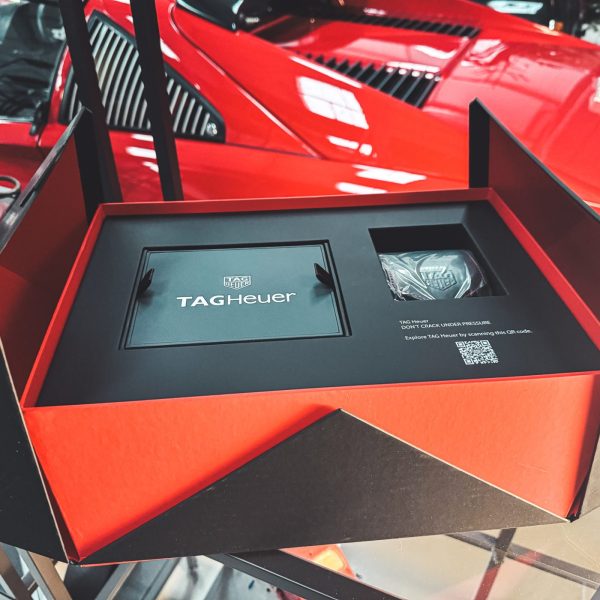
This morning, we were very excited to see the latest batch of vehicles arrive at the Bridge Classic Cars workshop.
After Craig and Gordon’s successful day at the Classic Car Auctions Christmas Sale, we welcomed our 1963 Vauxhall Victor, 1989 Ford Fiesta XR2, 2000 Peugeot 306, and 1993 Bentley Turbo R.
Our Vauxhall Victor will be assessed by the workshop team before it will eventually go live on Bridge Classic Cars Competitions.
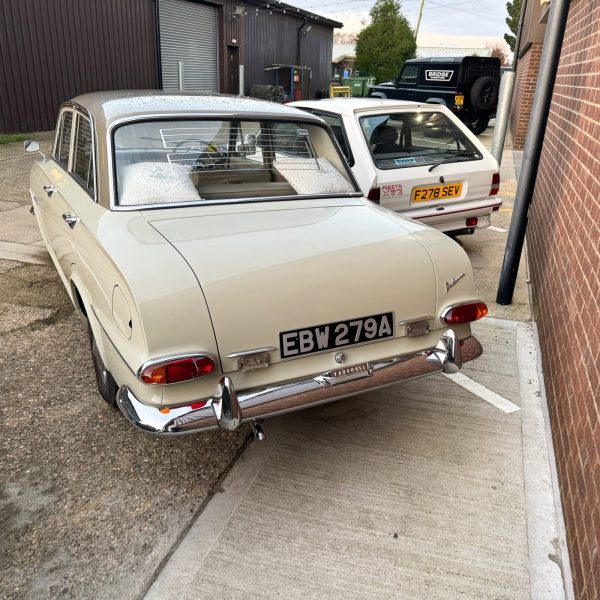

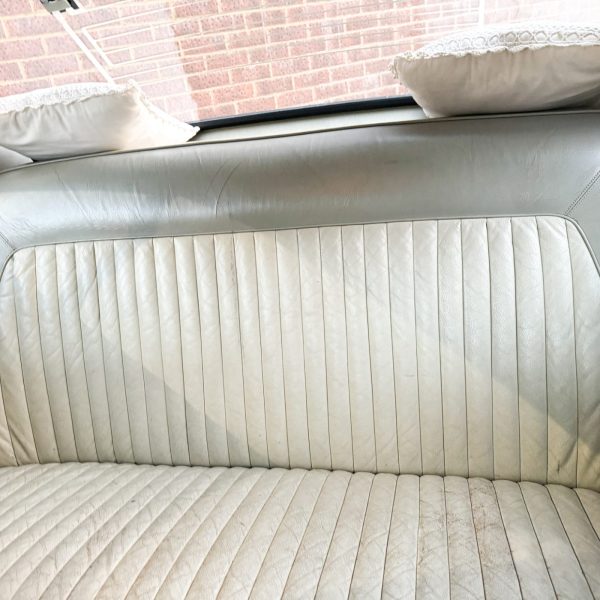
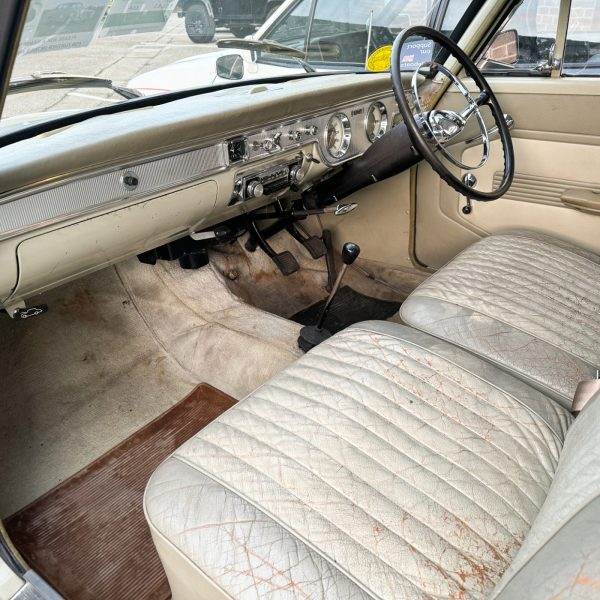

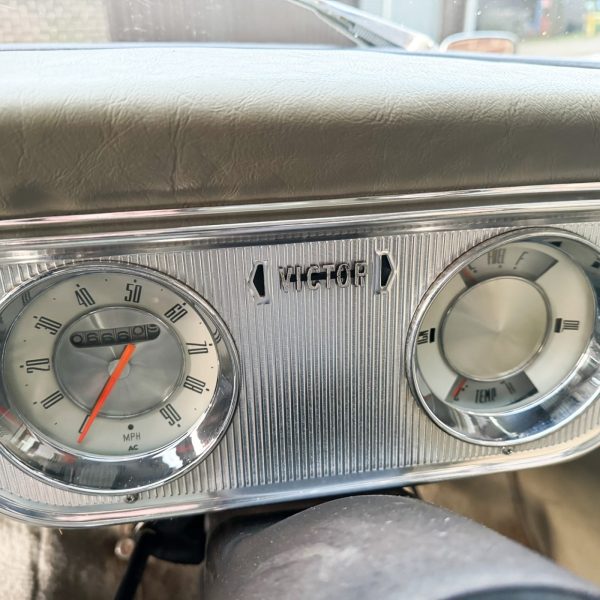
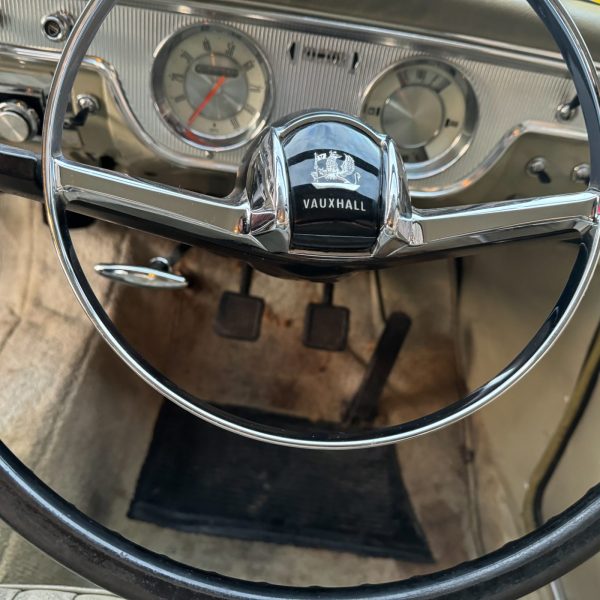

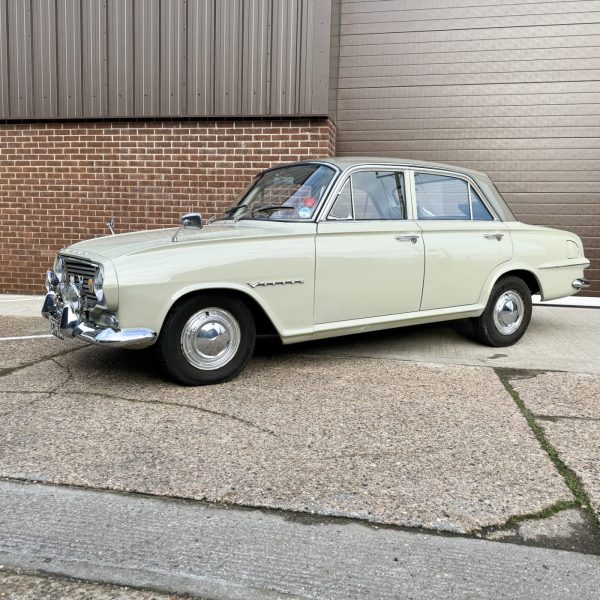

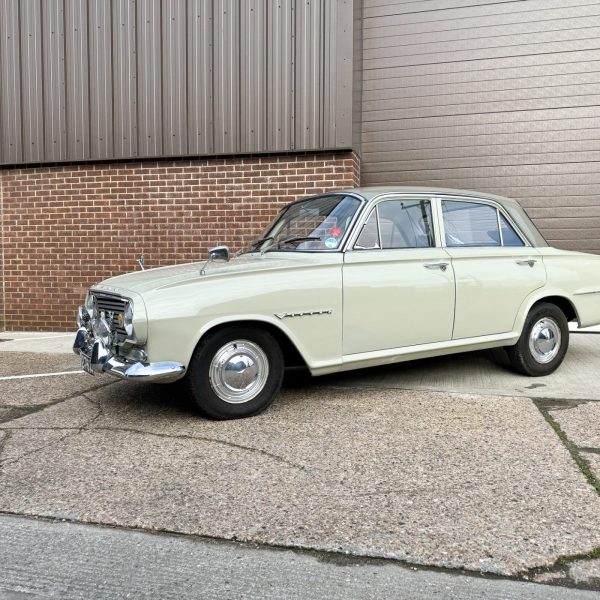
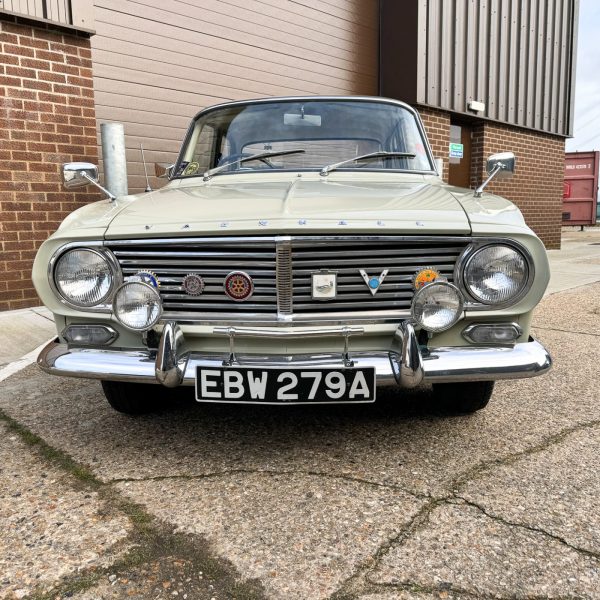
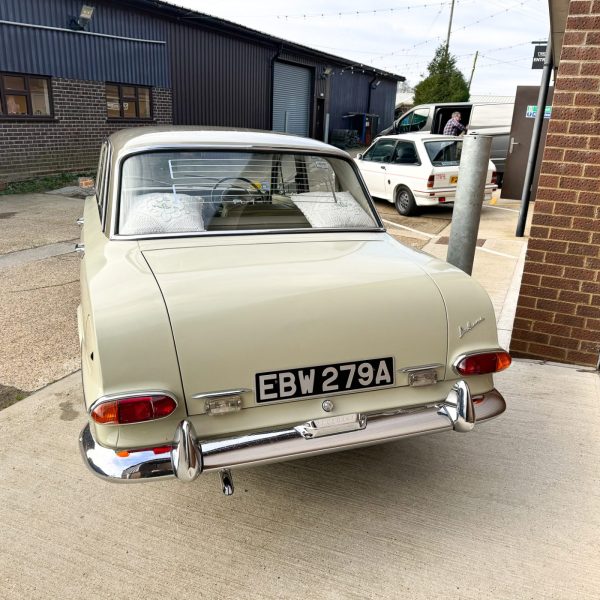
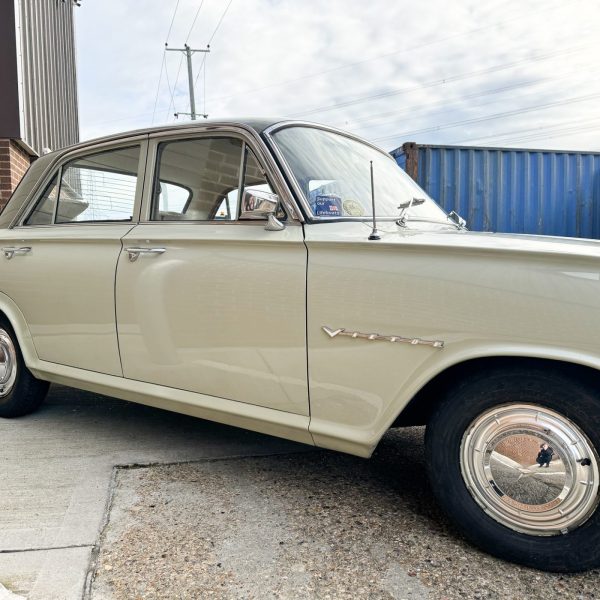
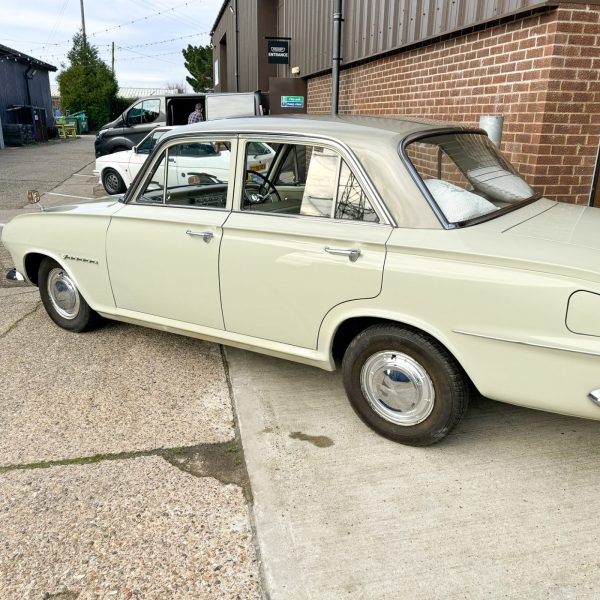
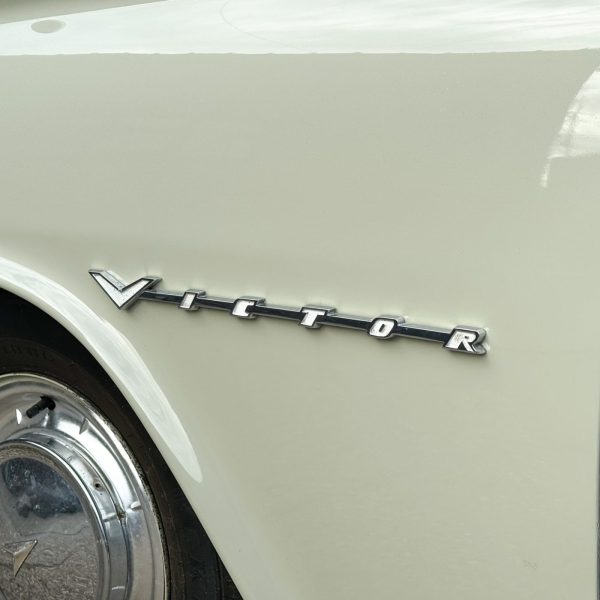
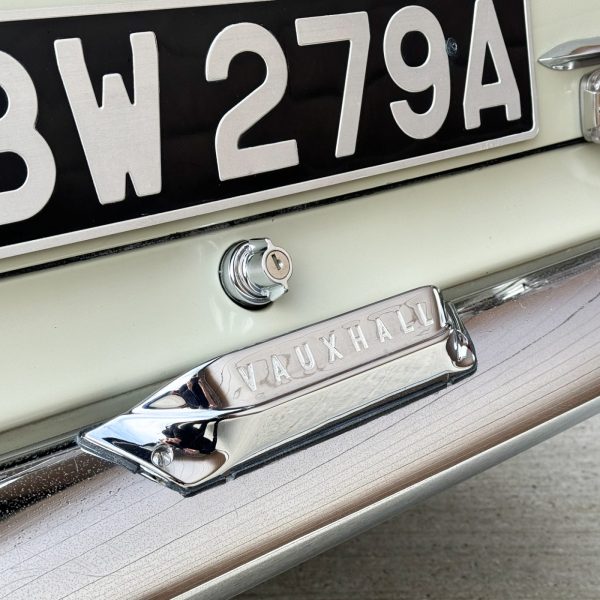

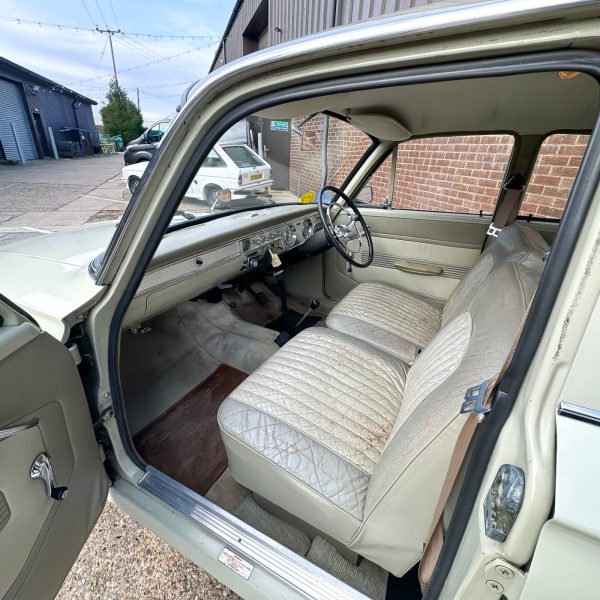
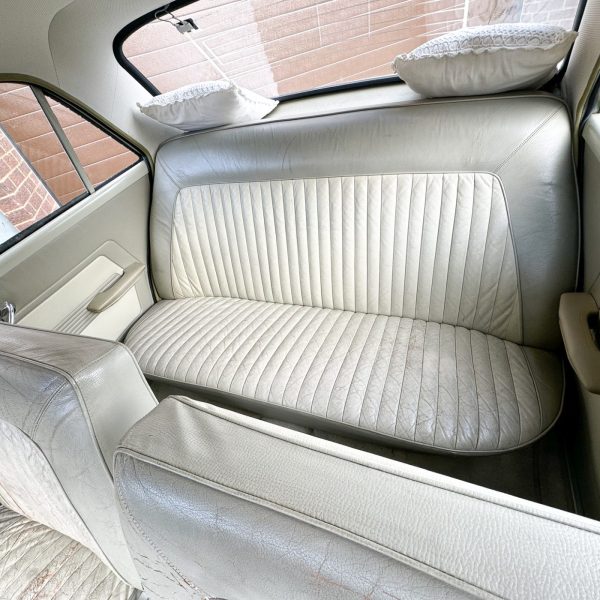

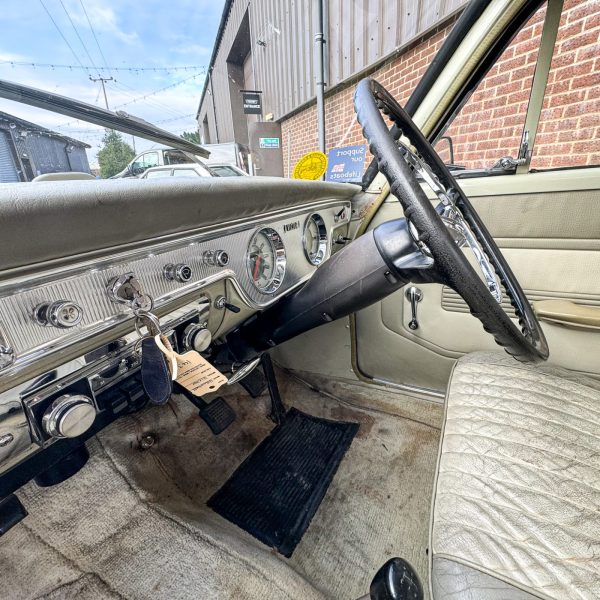
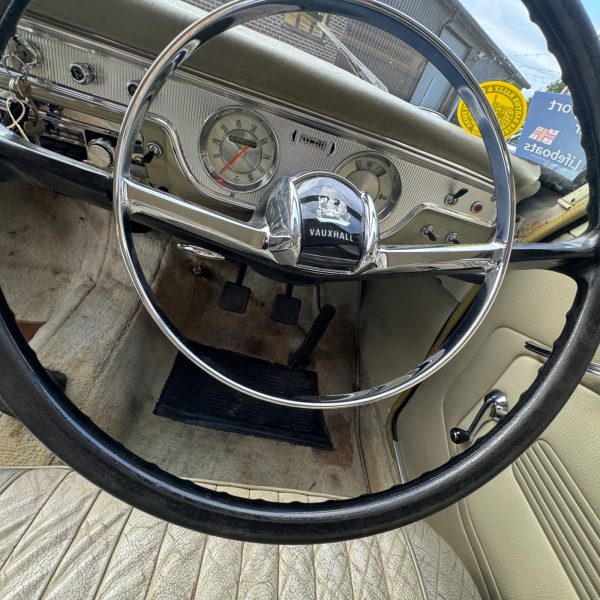
Another fast Ford to come into the workshop, our Fiesta XR2 will soon be available to win through Bridge Classic Cars Competitions.
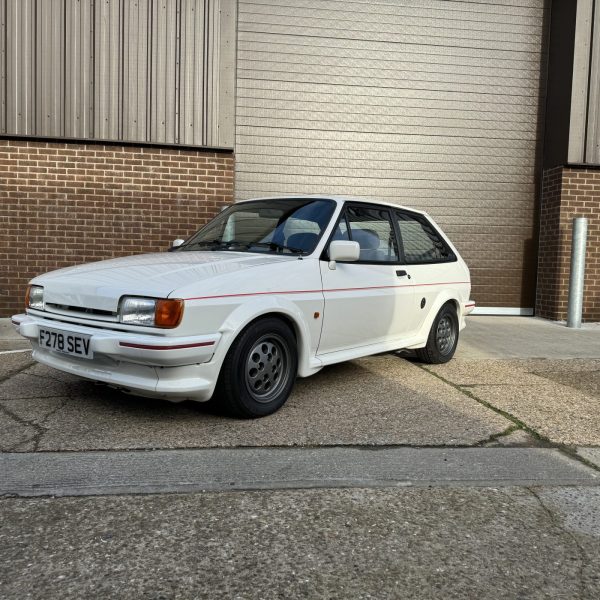
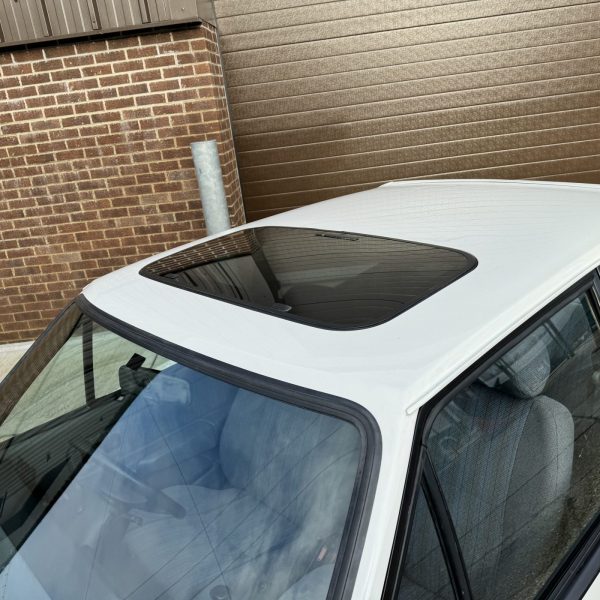
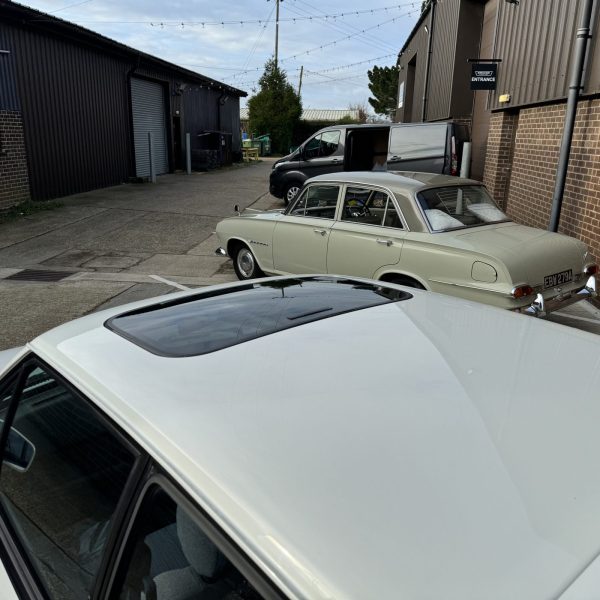
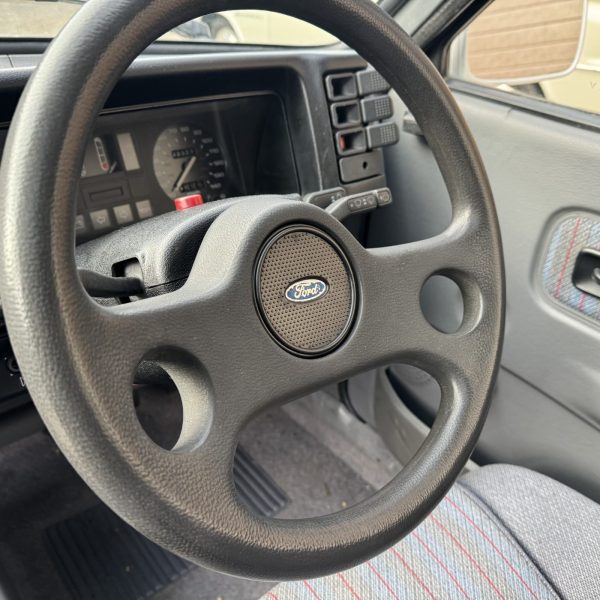


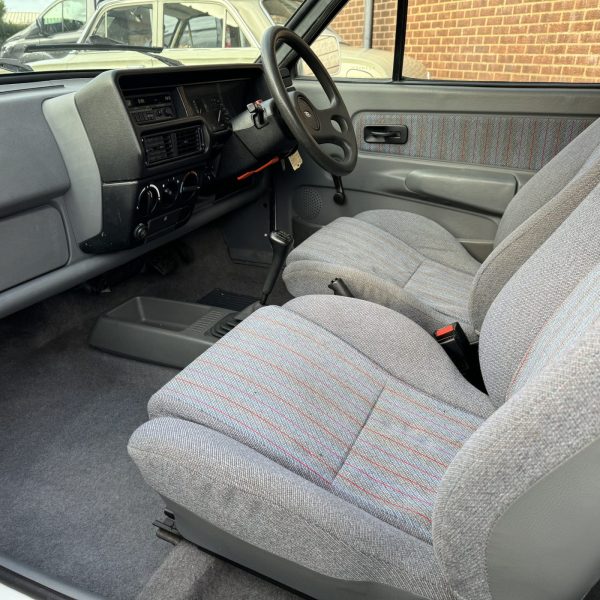
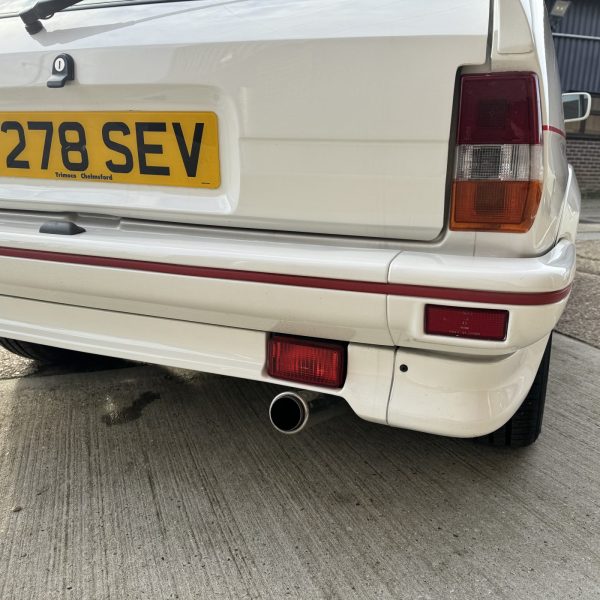

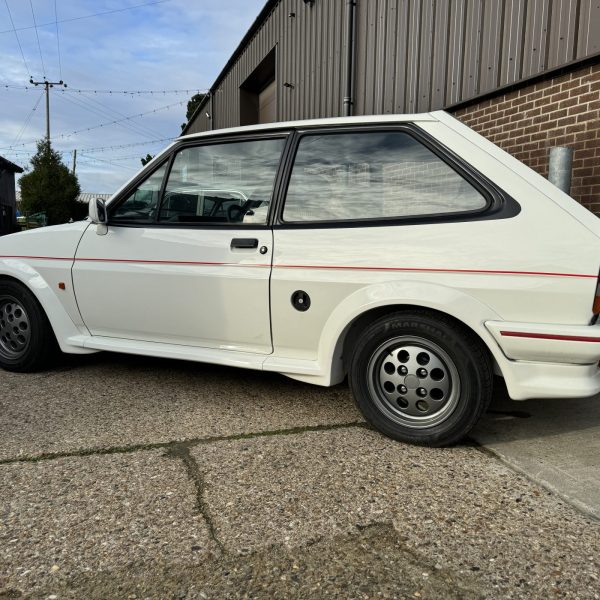
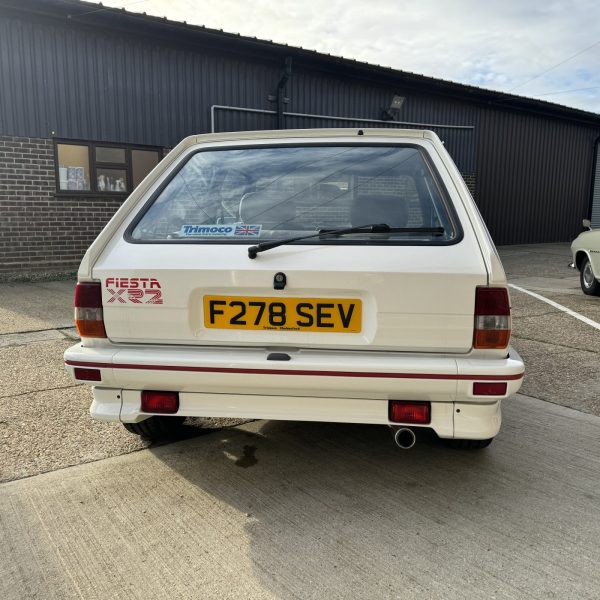



This one won’t be a competition car, unfortunately. The reason for this is that this is now part of Craig’s collection. After always wanting a 306 Cabriolet when he first passed his test, but being unable to afford one, he can now say he has one of his own.
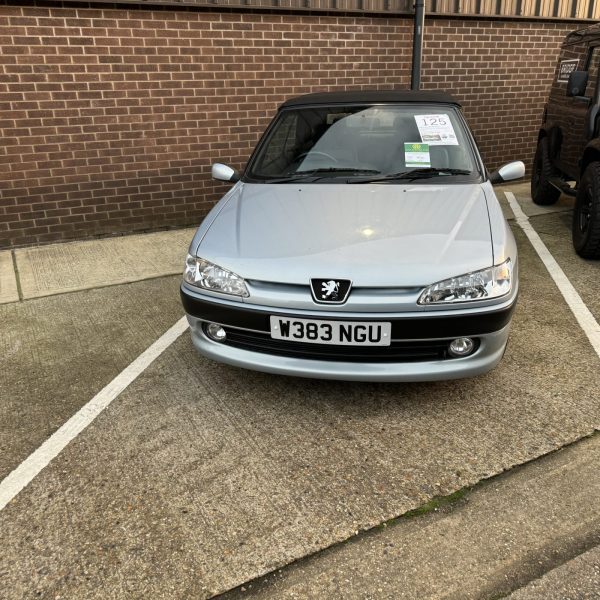

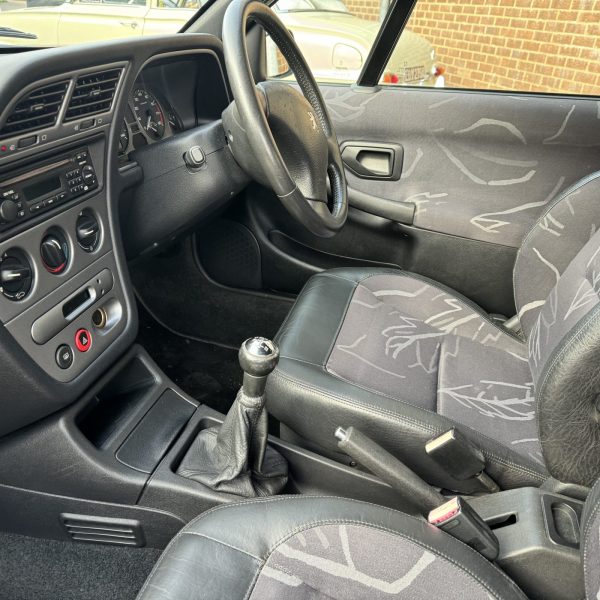
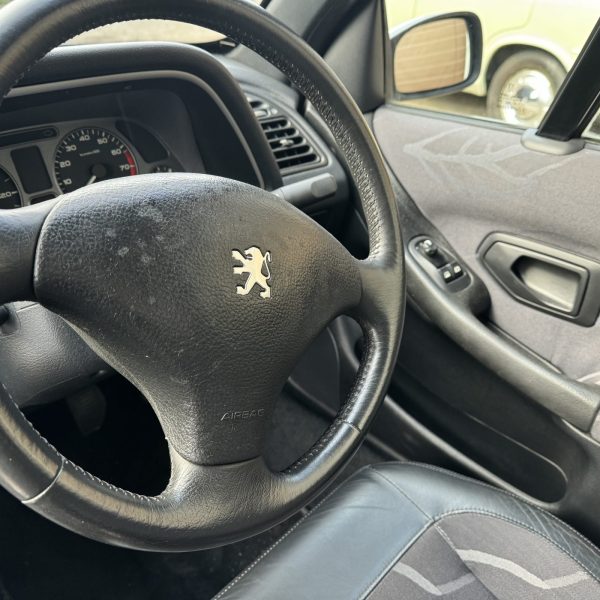
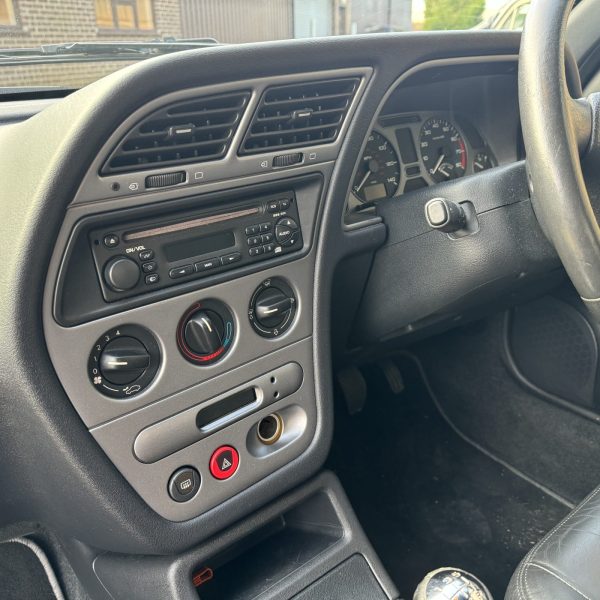
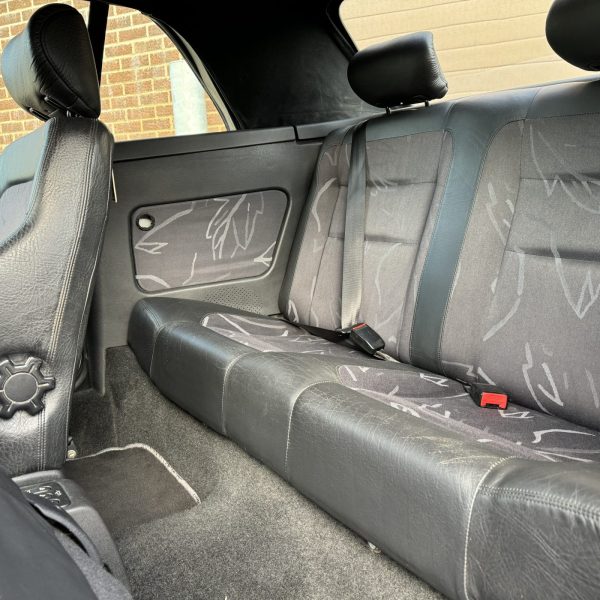
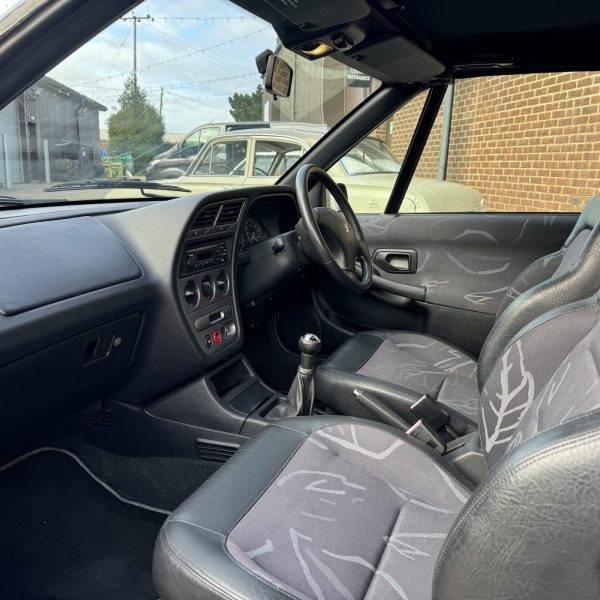
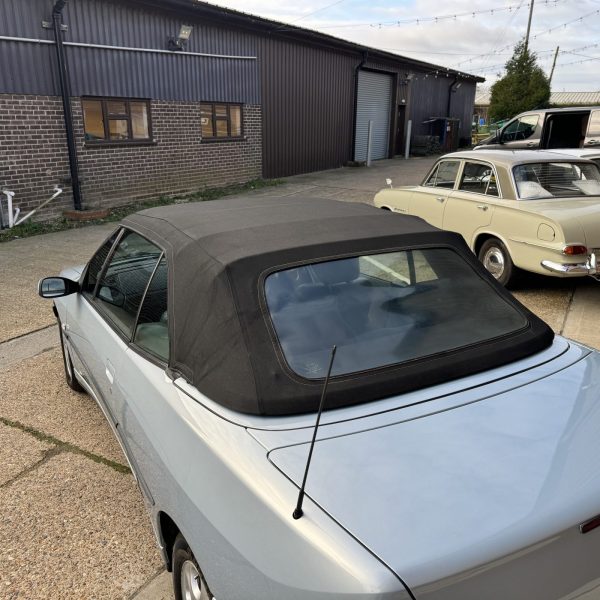
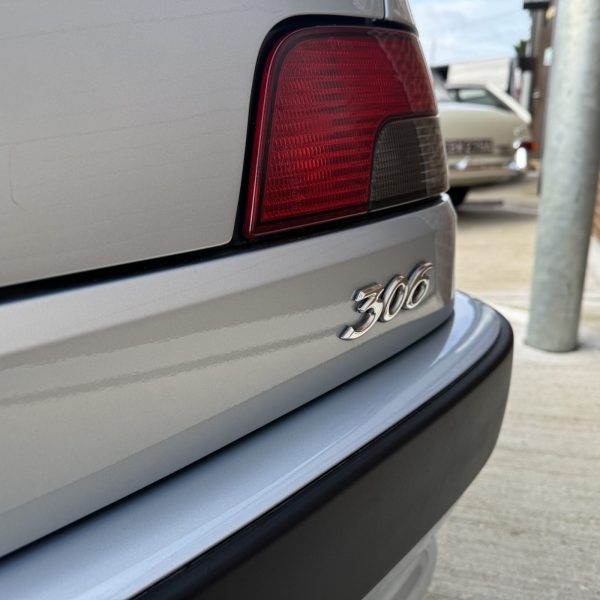
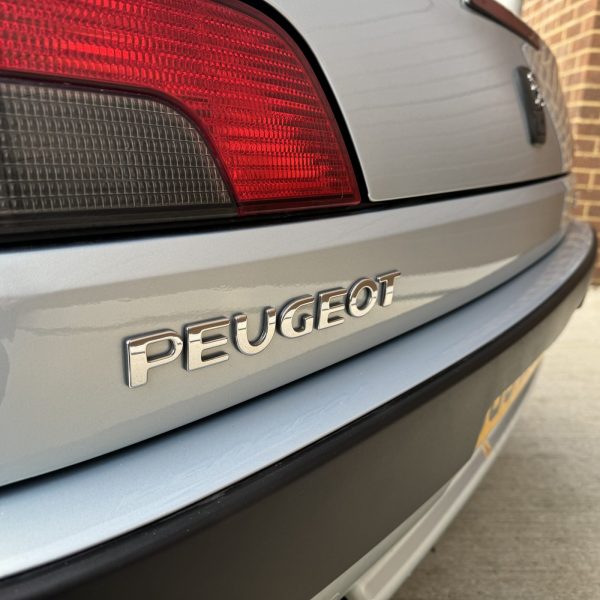
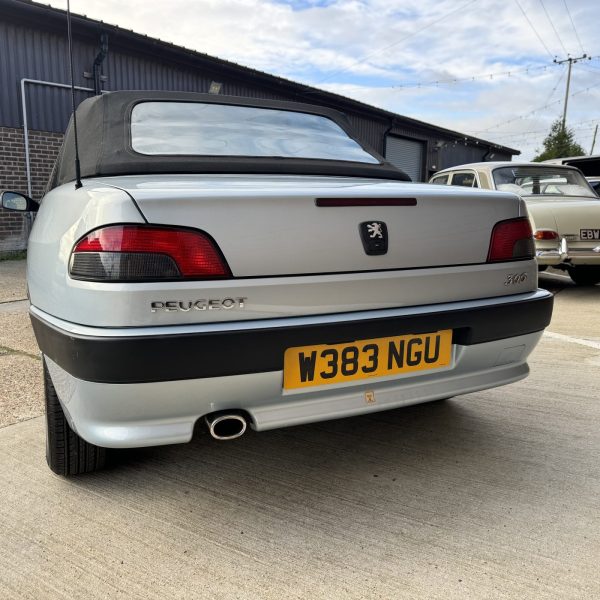
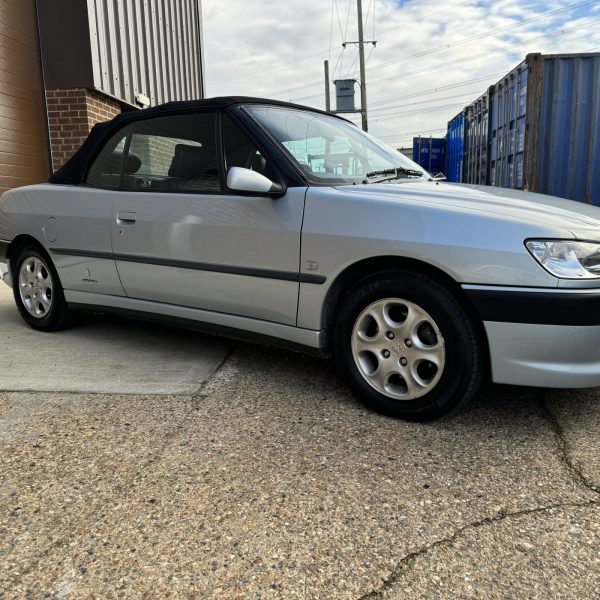
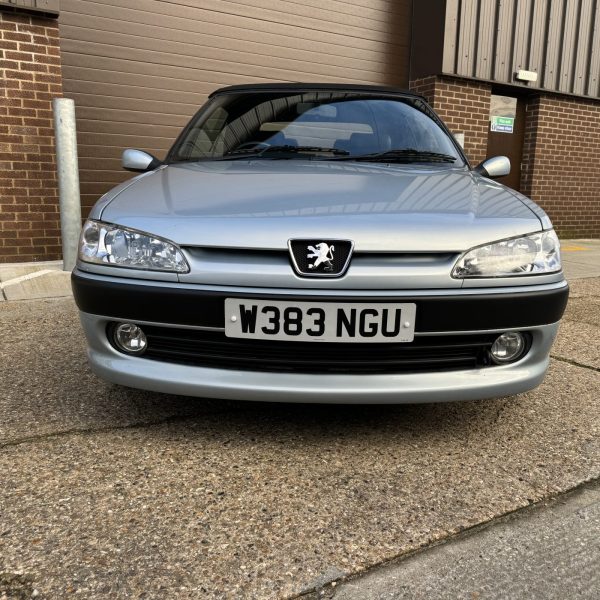
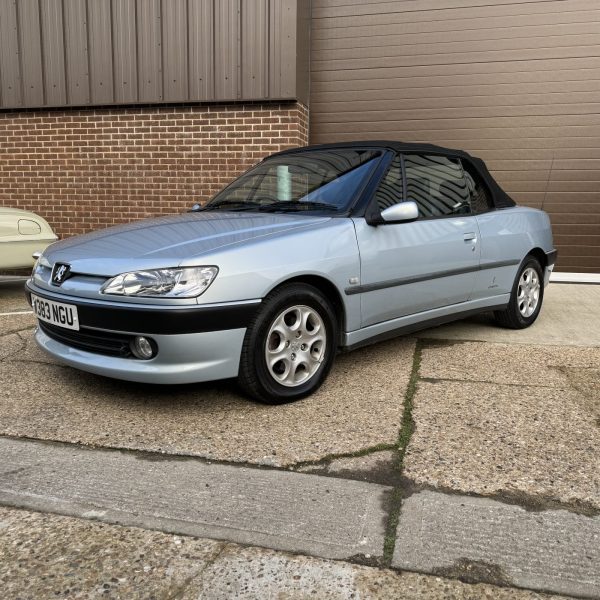
Our Bentley Turbo R will be joining Gordon’s collection. It’s a great looking car and we are looking forward to seeing it out on the road around the workshop.


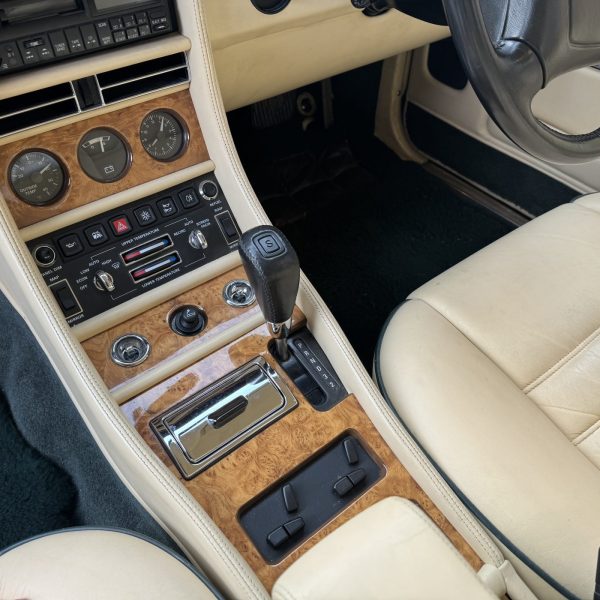

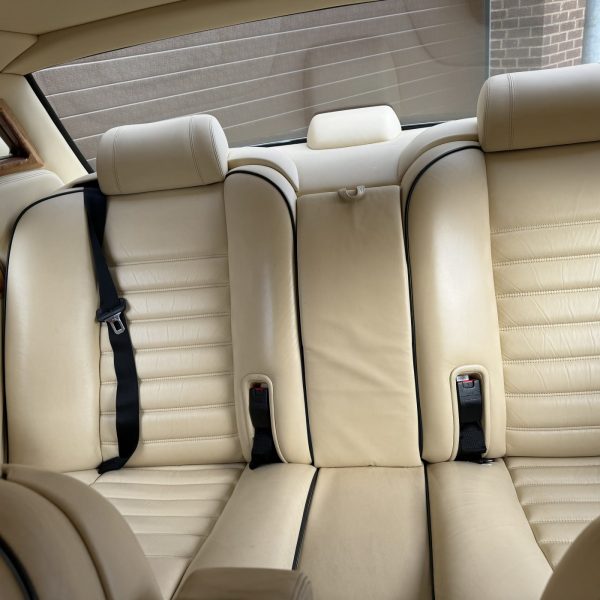


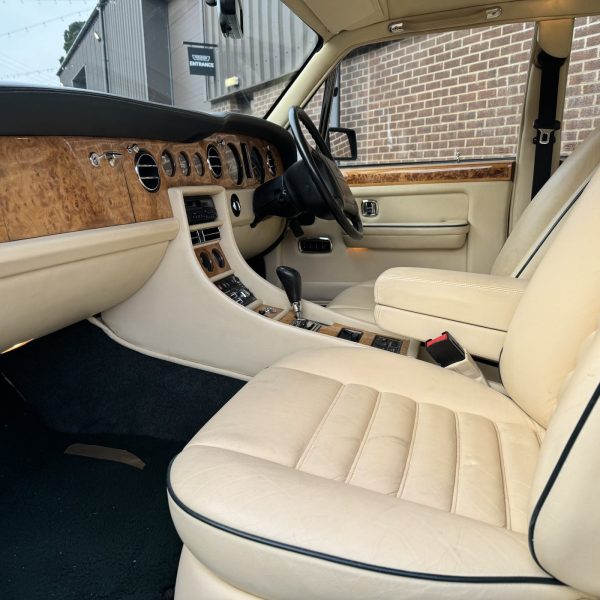
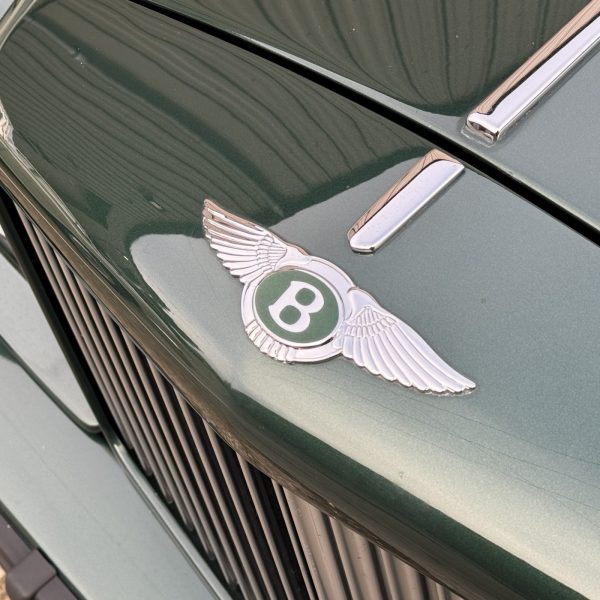
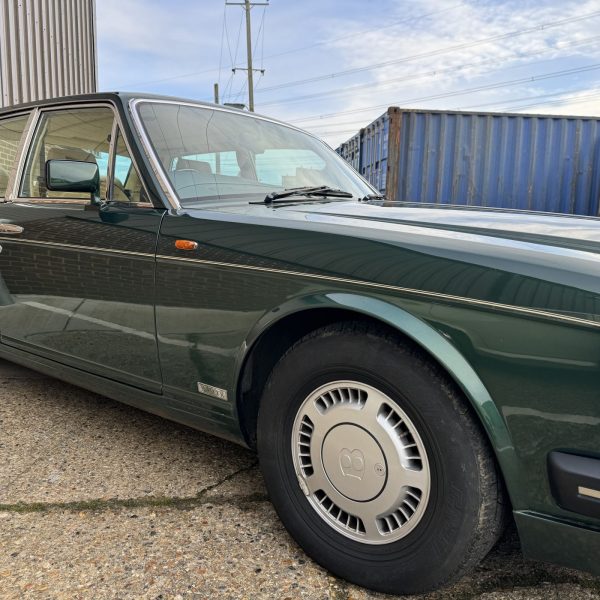
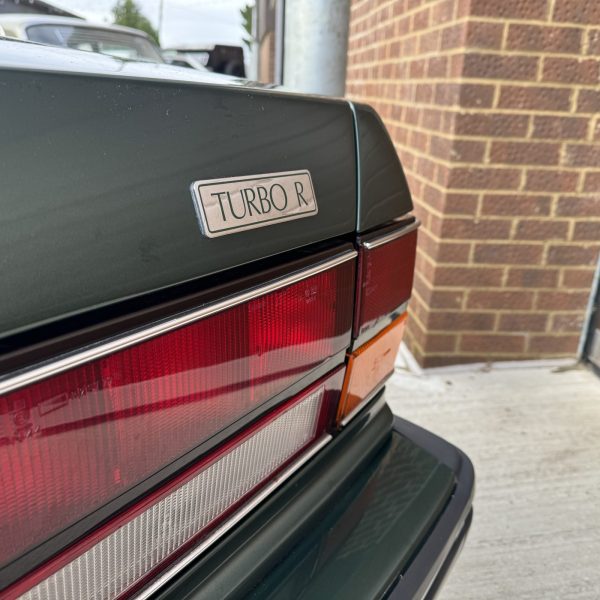
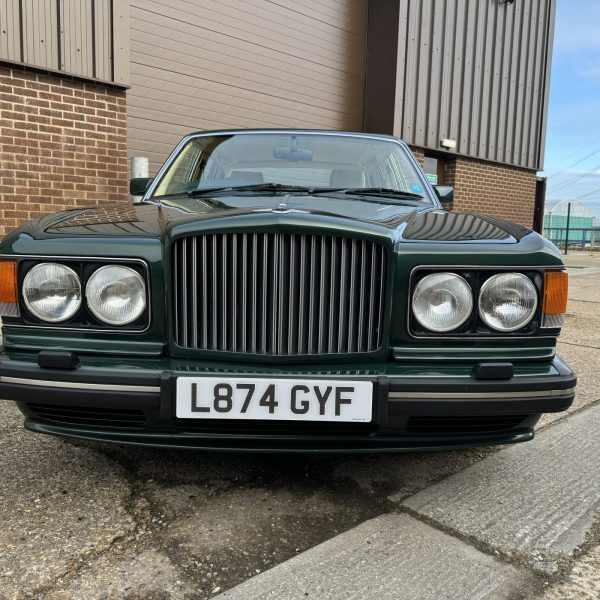
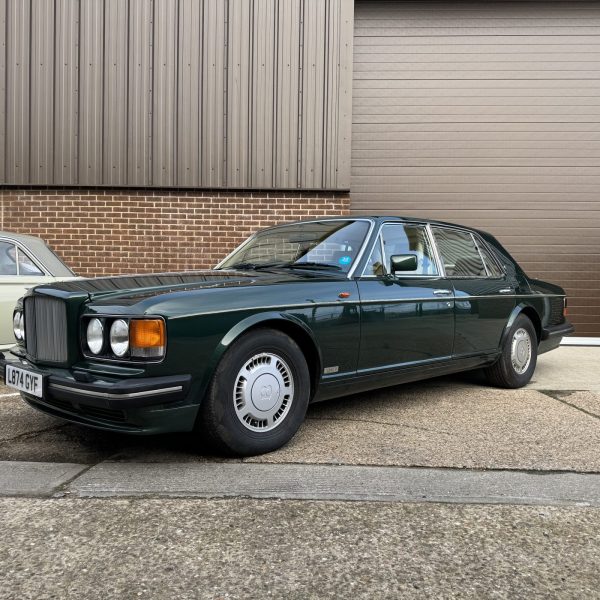

Bridge Classic Cars are award winning Classic Car Restoration and Maintenance specialists. Your pride and joy is in safe hands with our expert Classic Car Technicians. Take a look at our awards here.